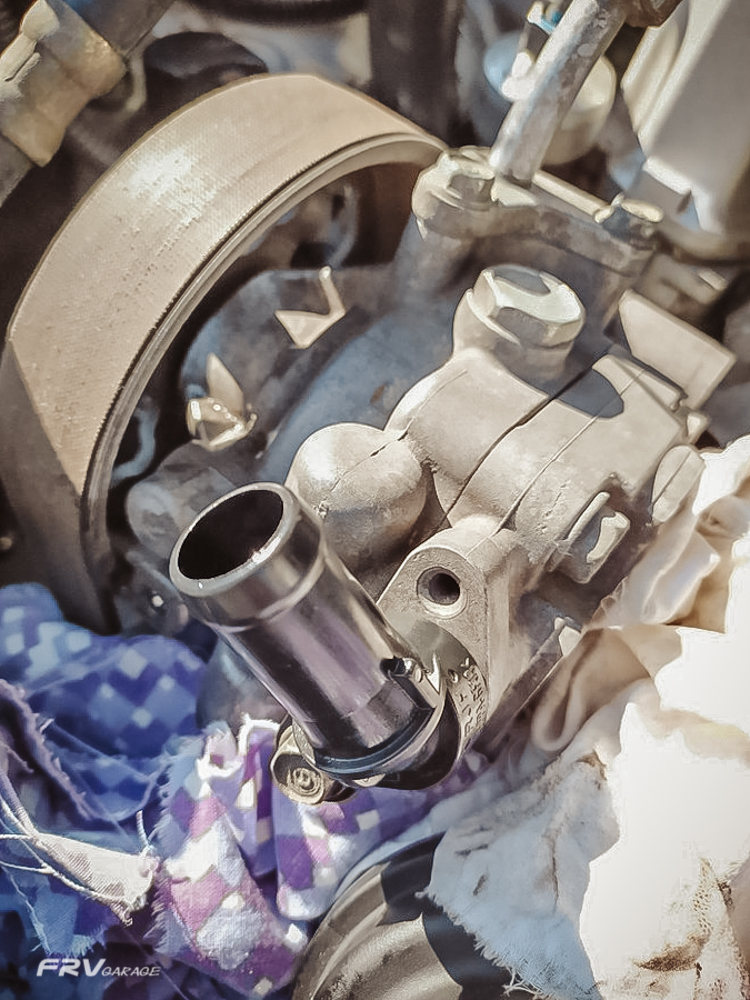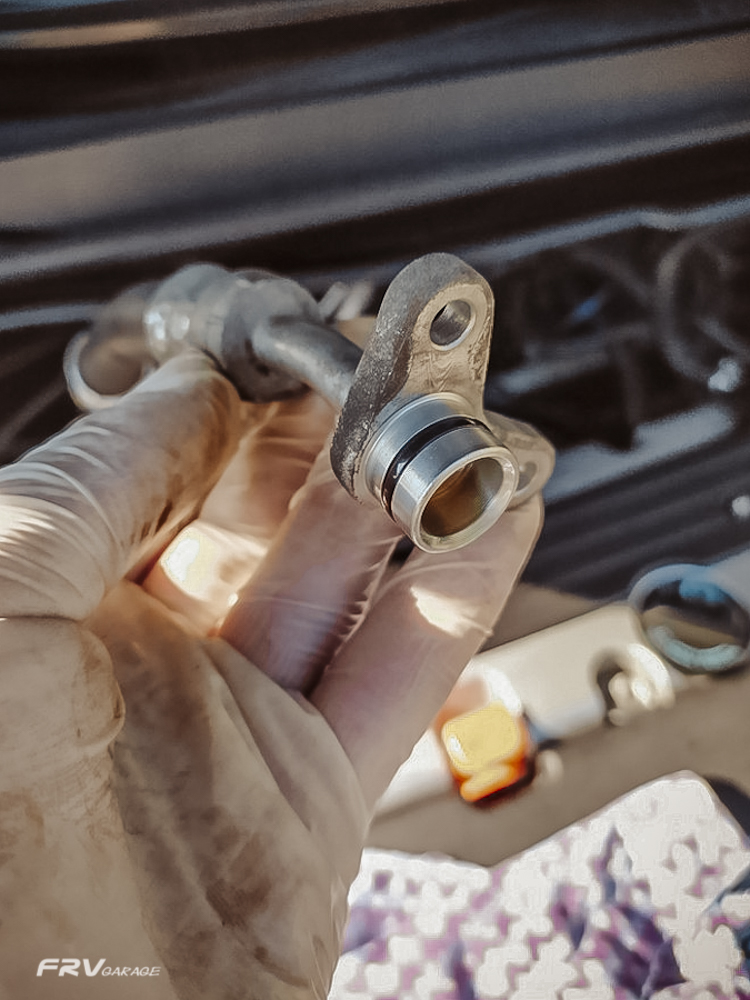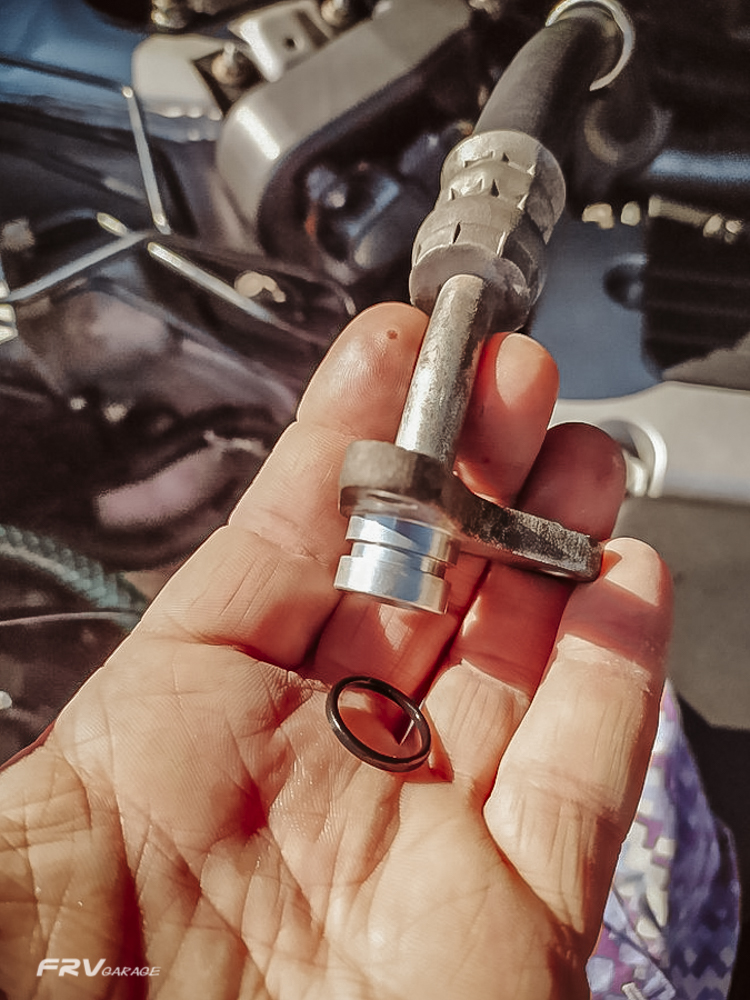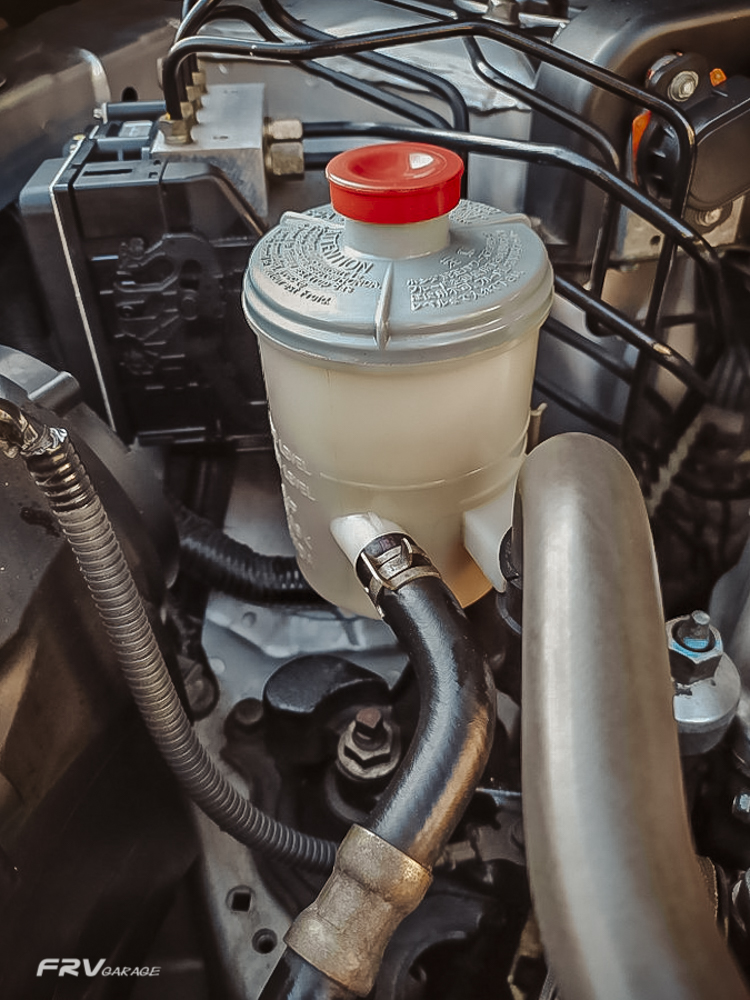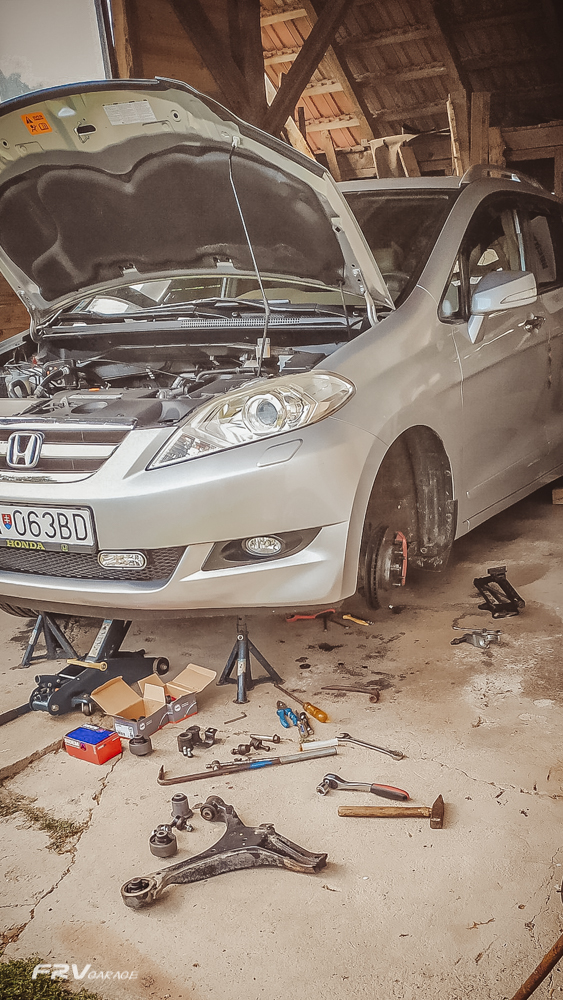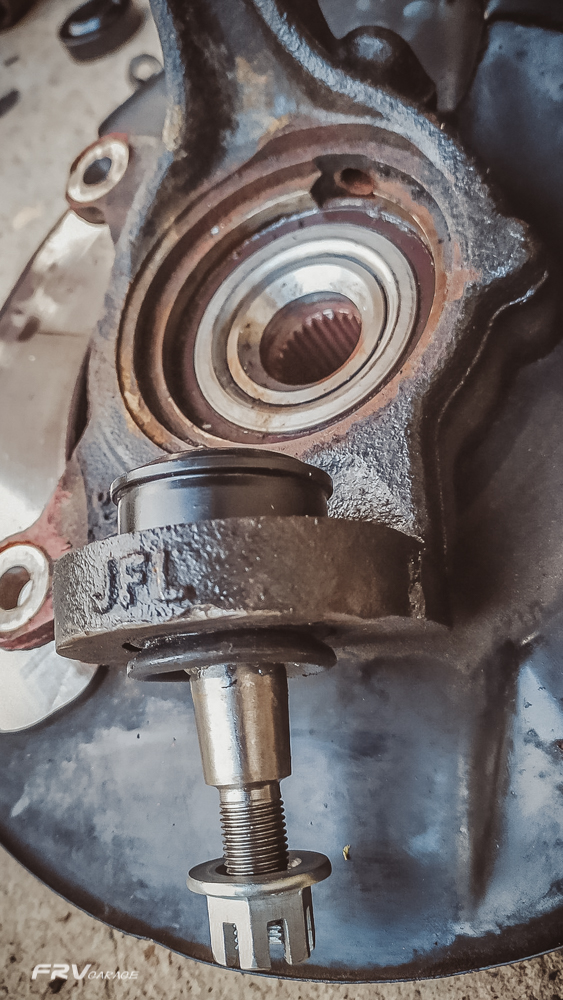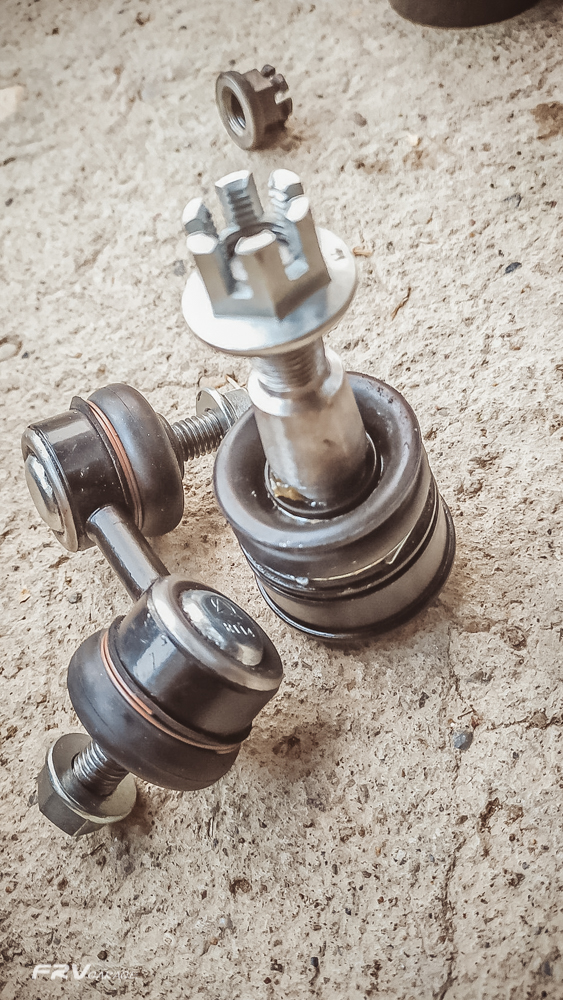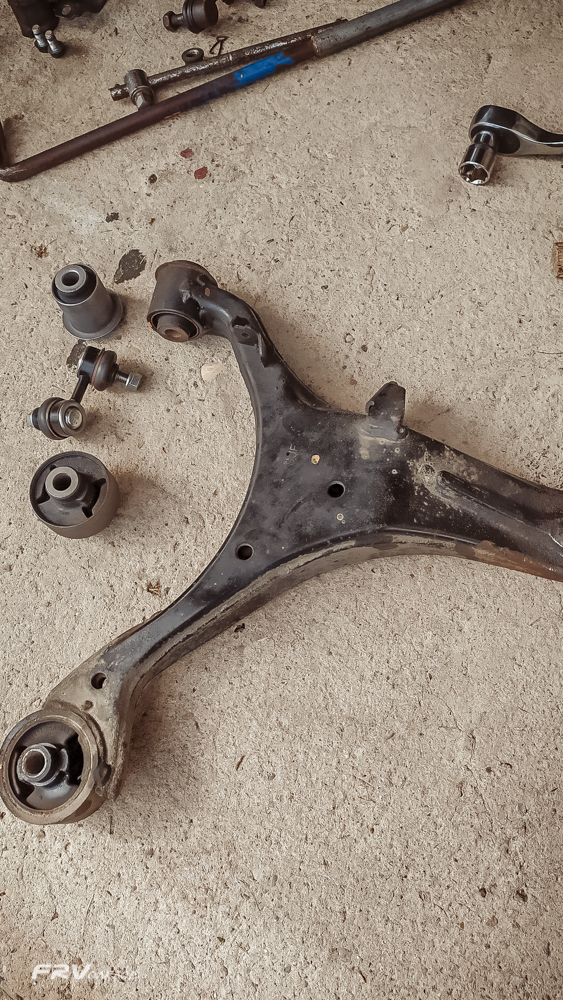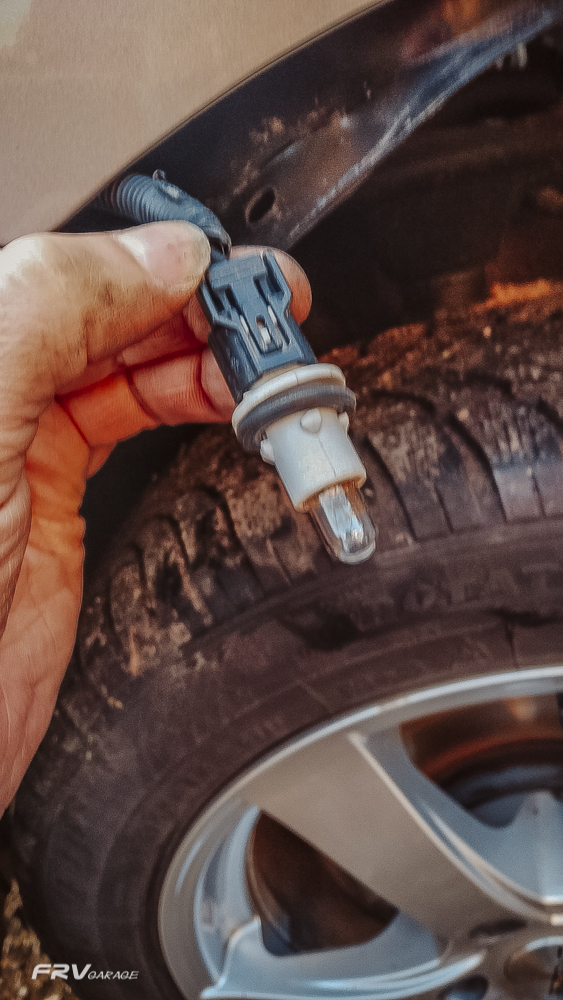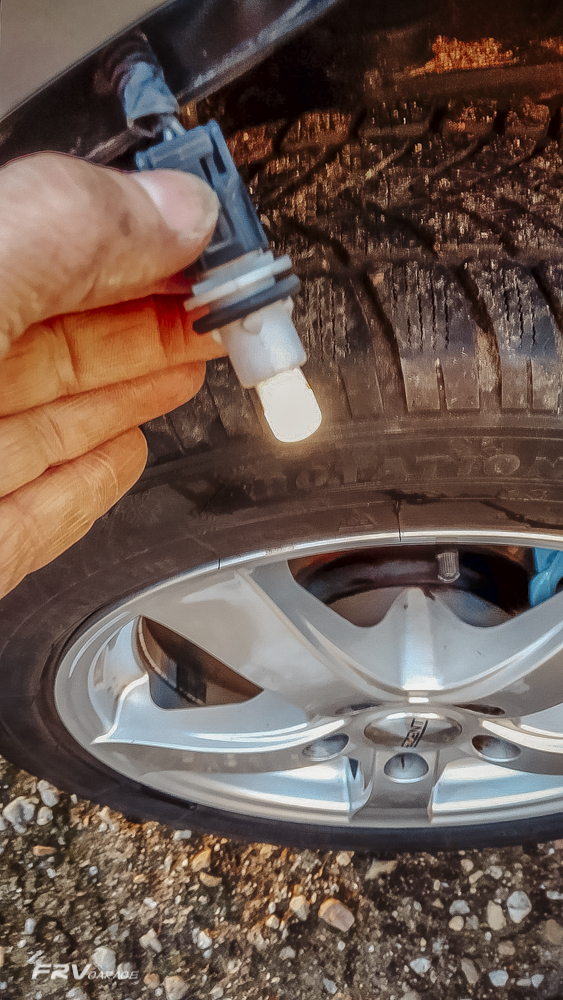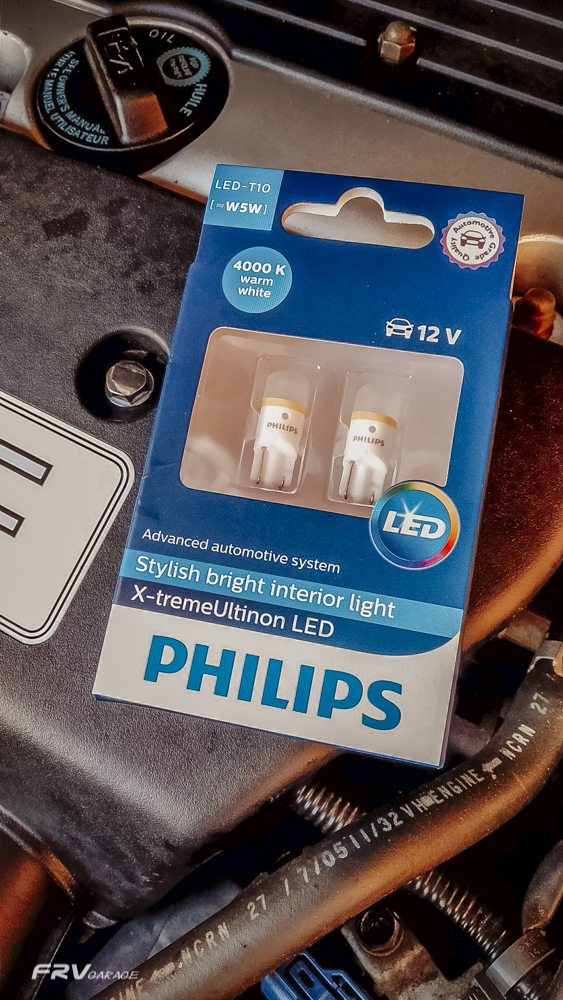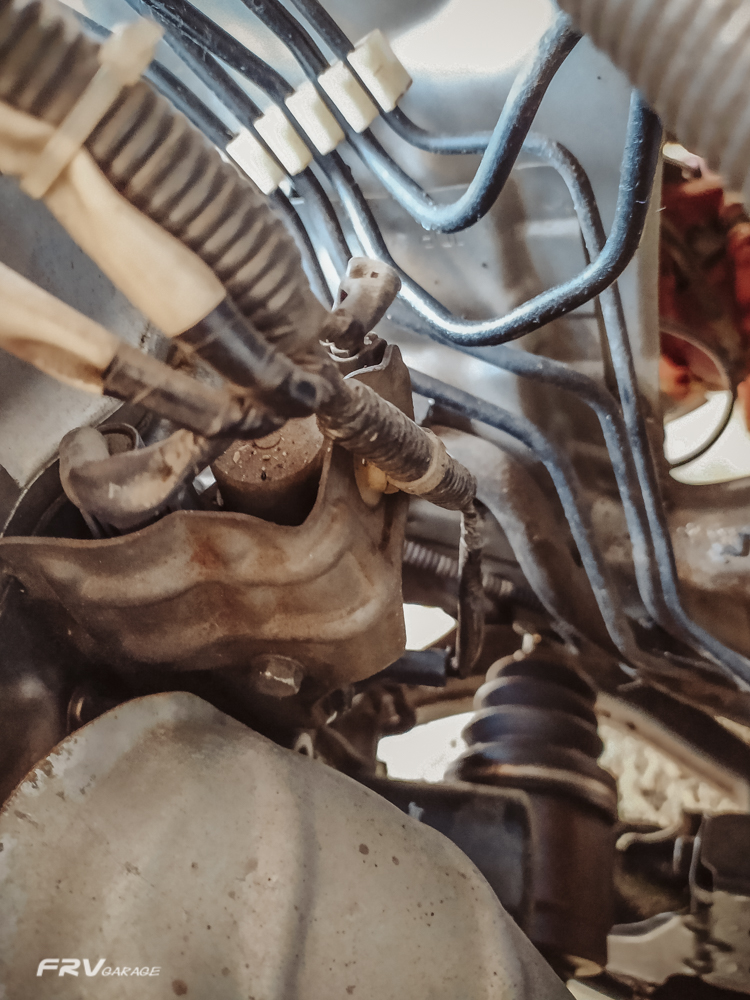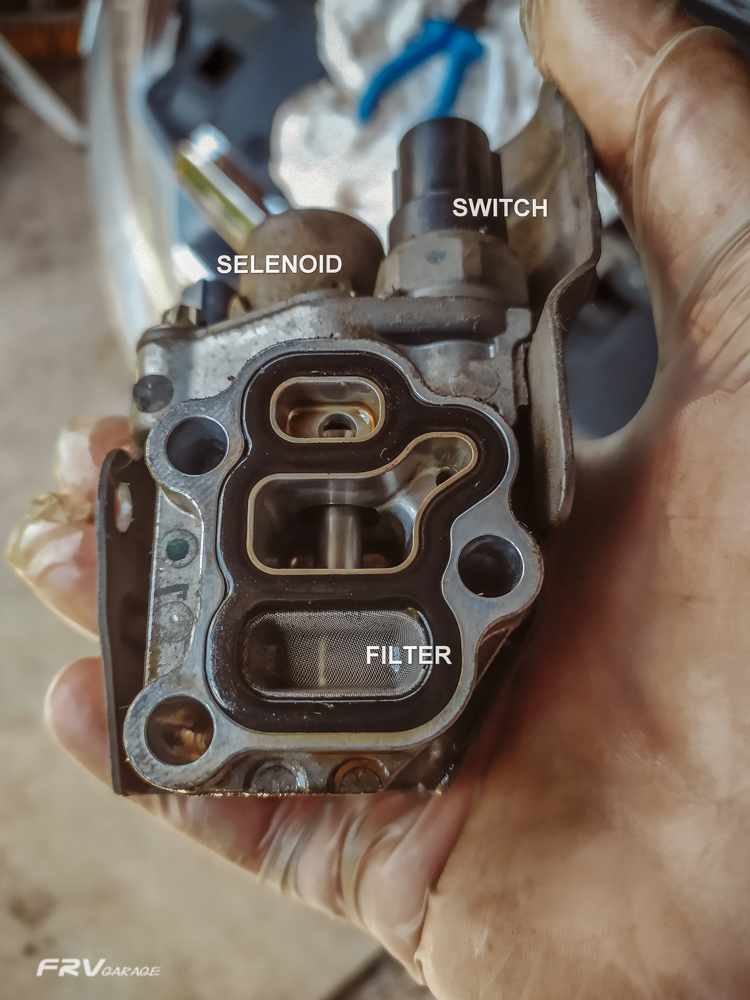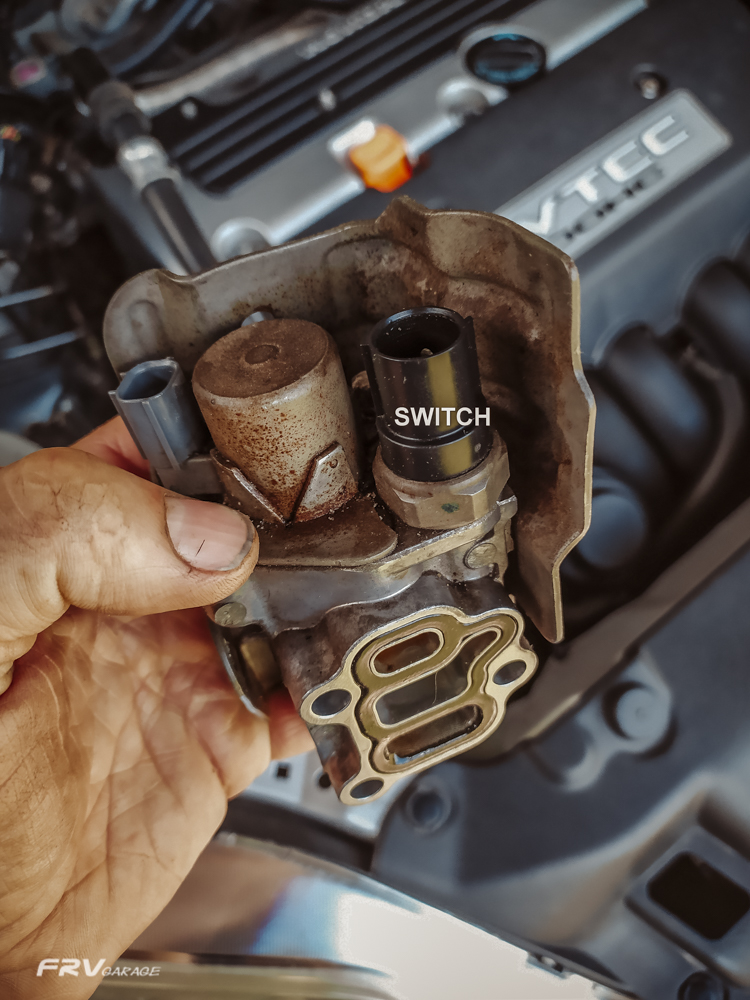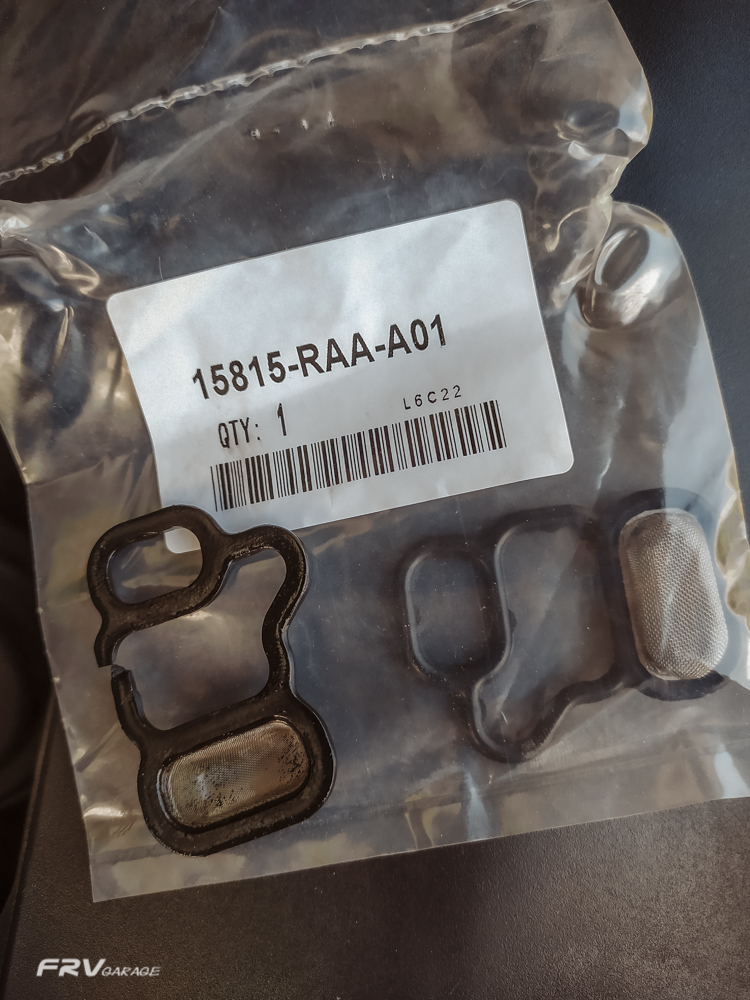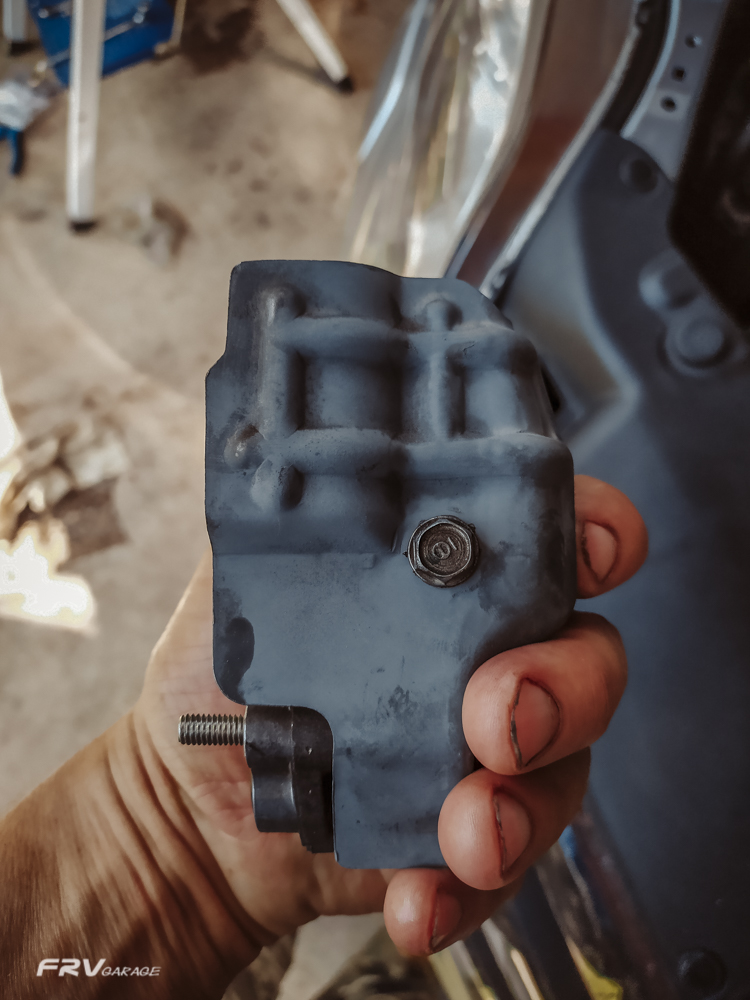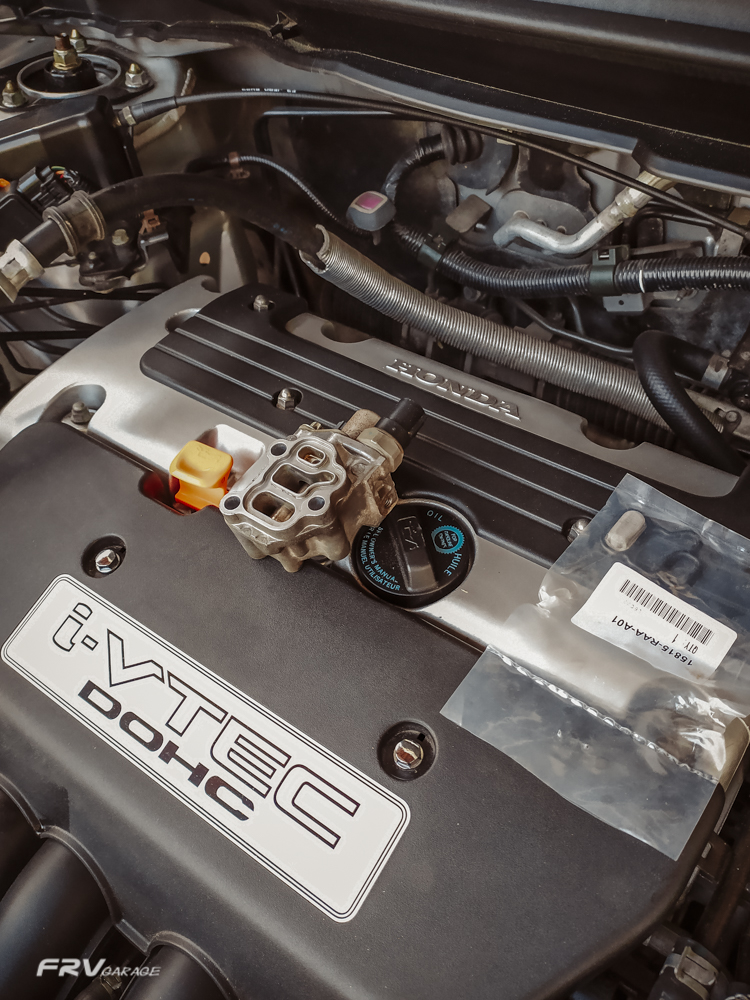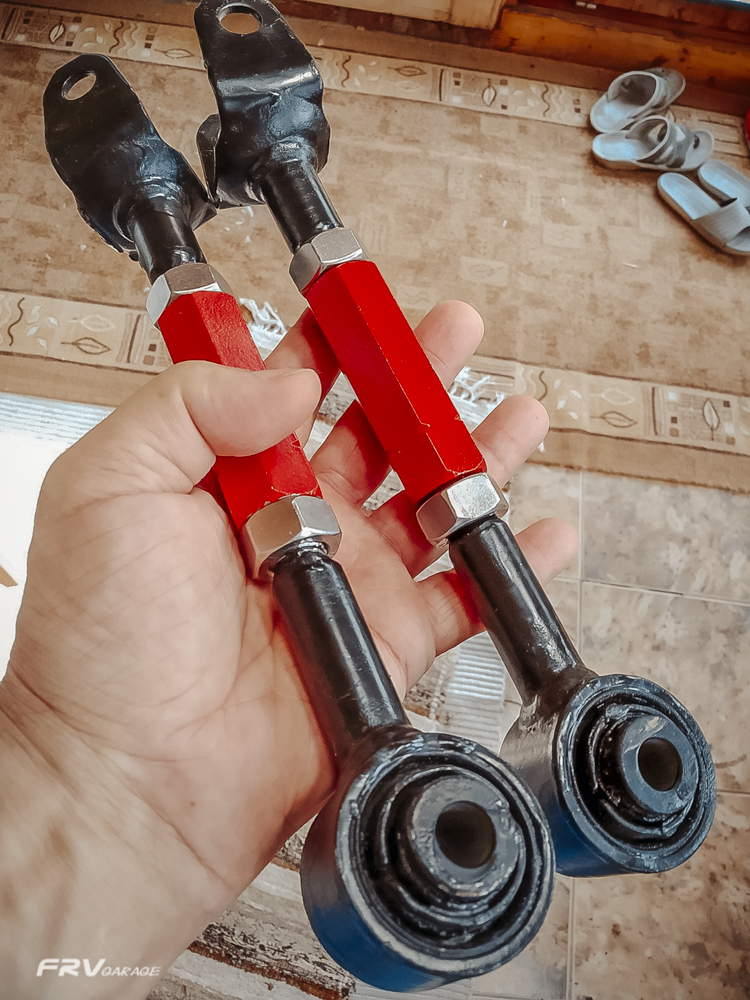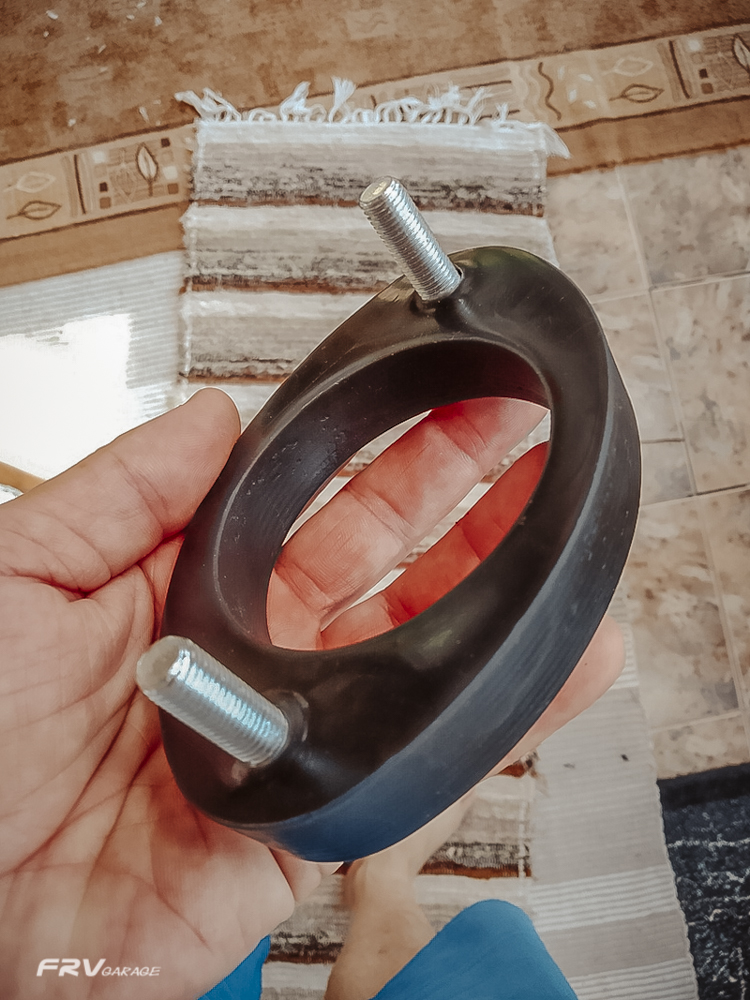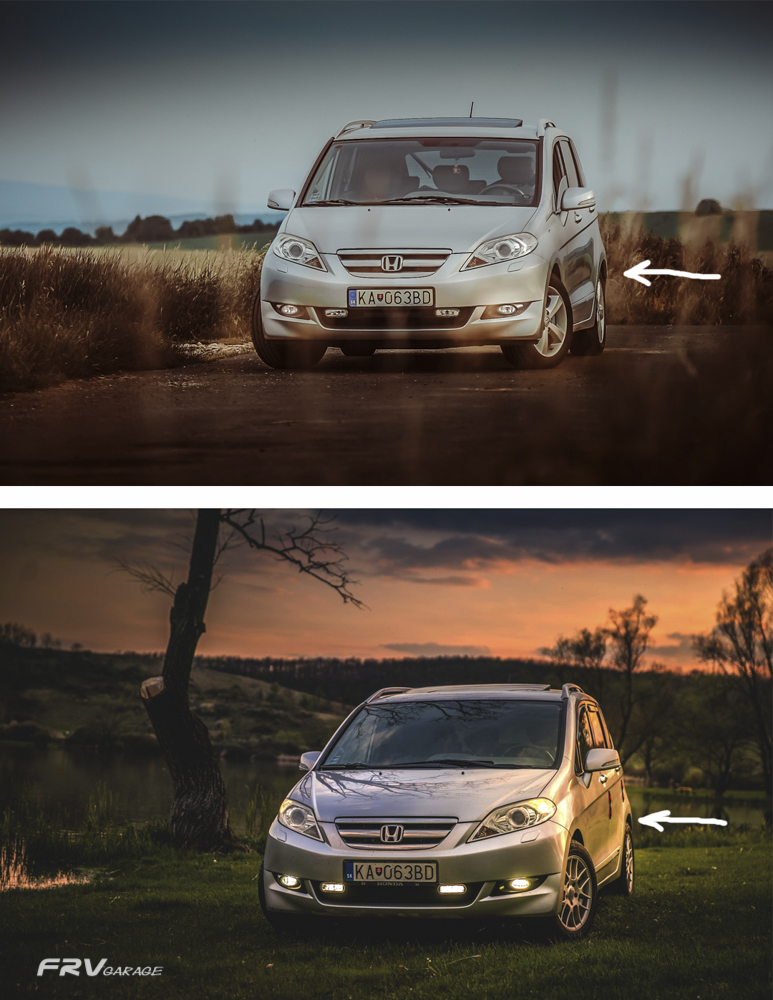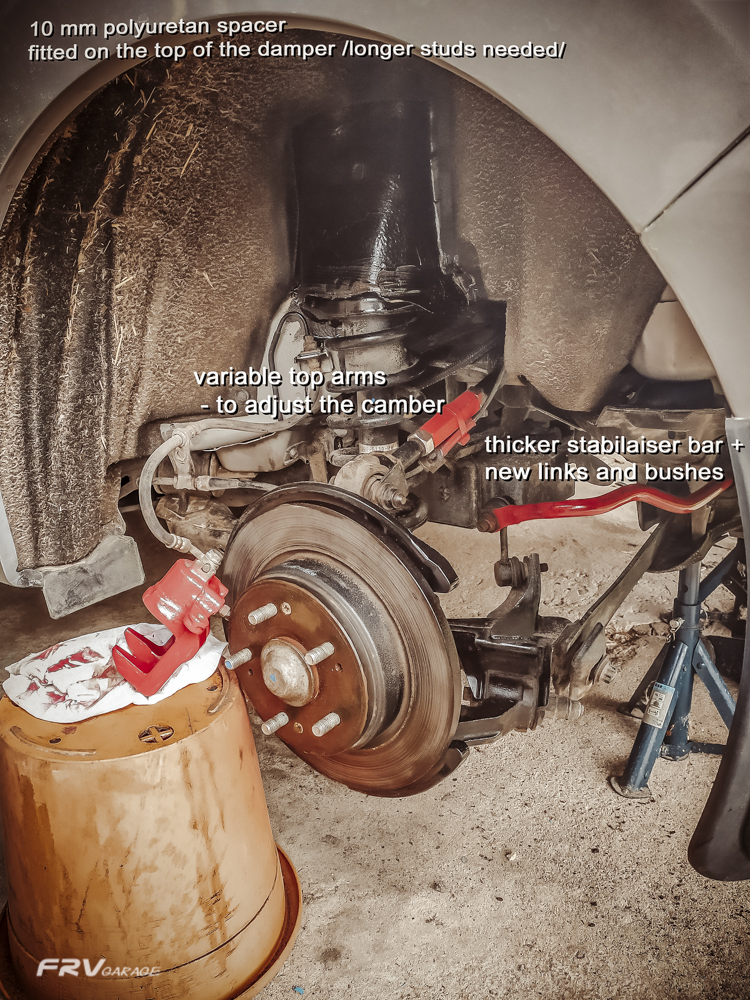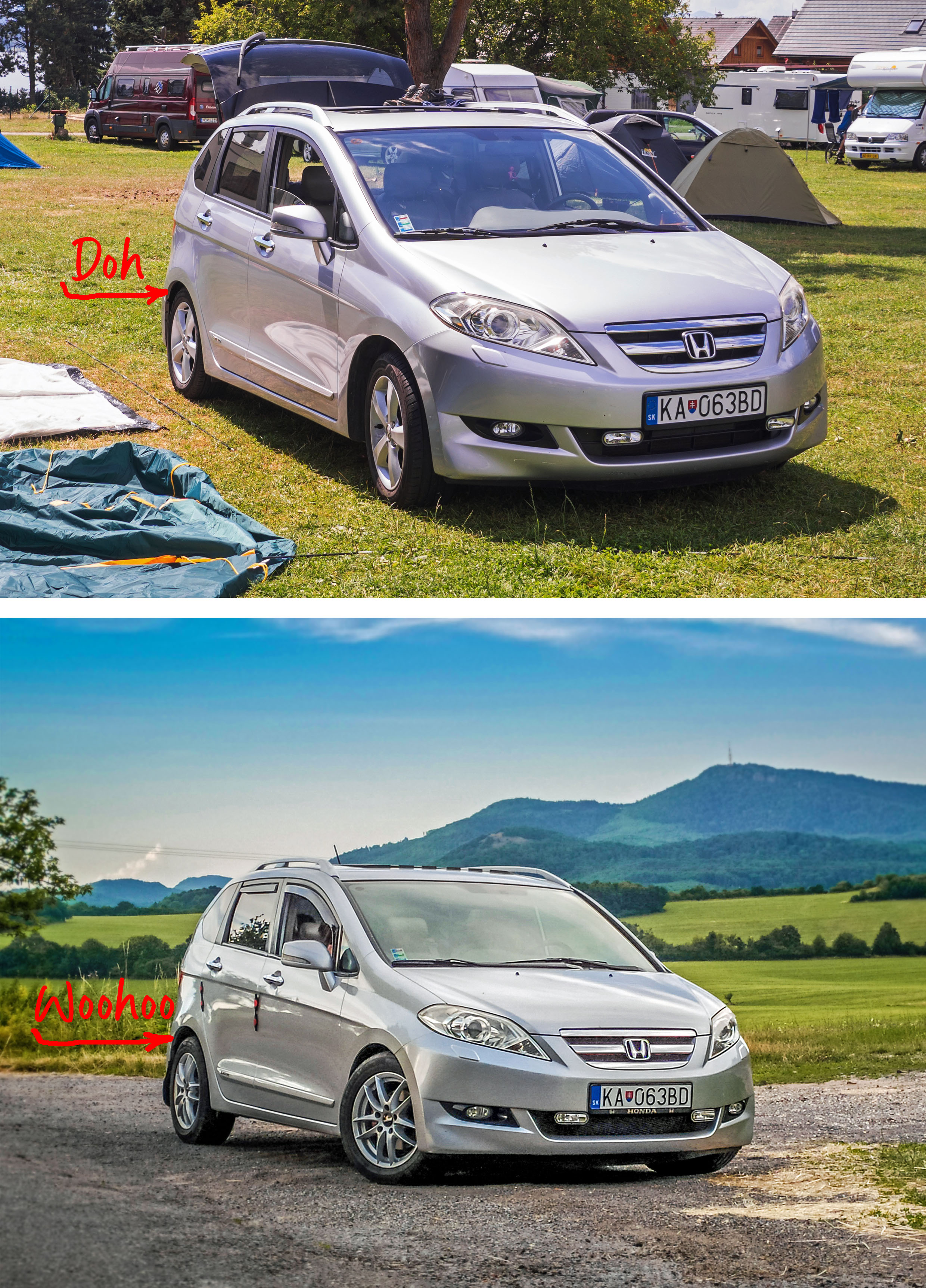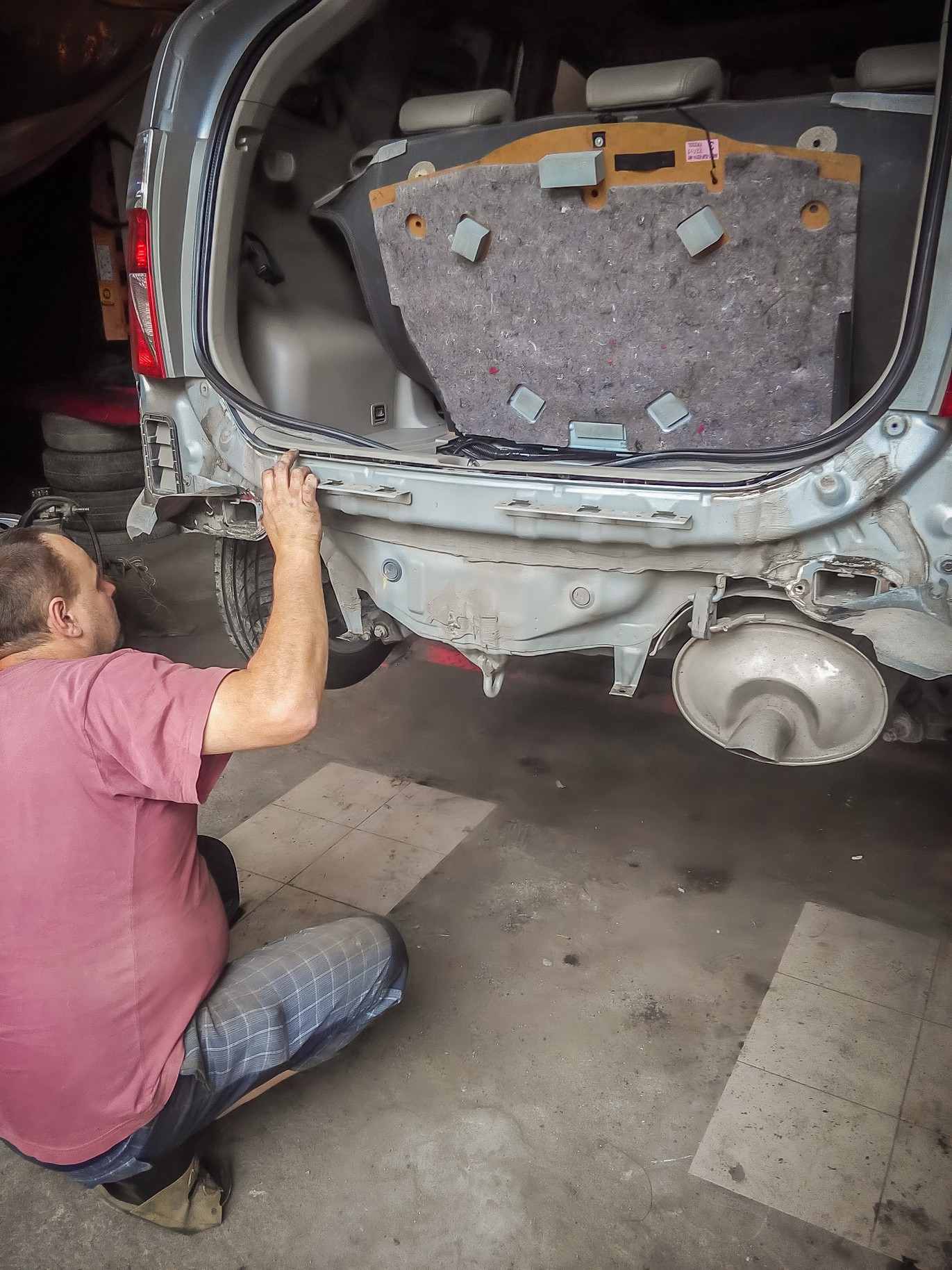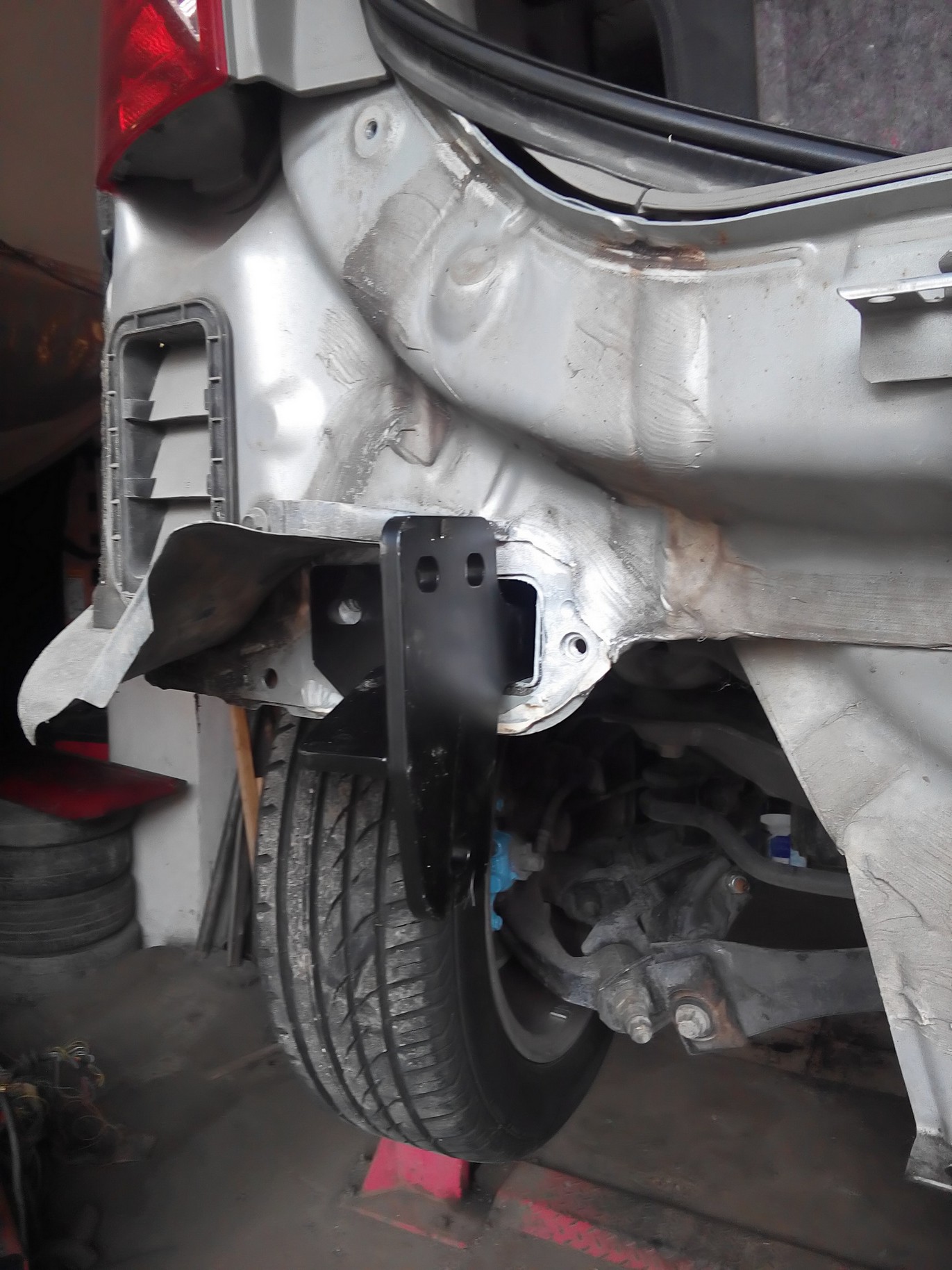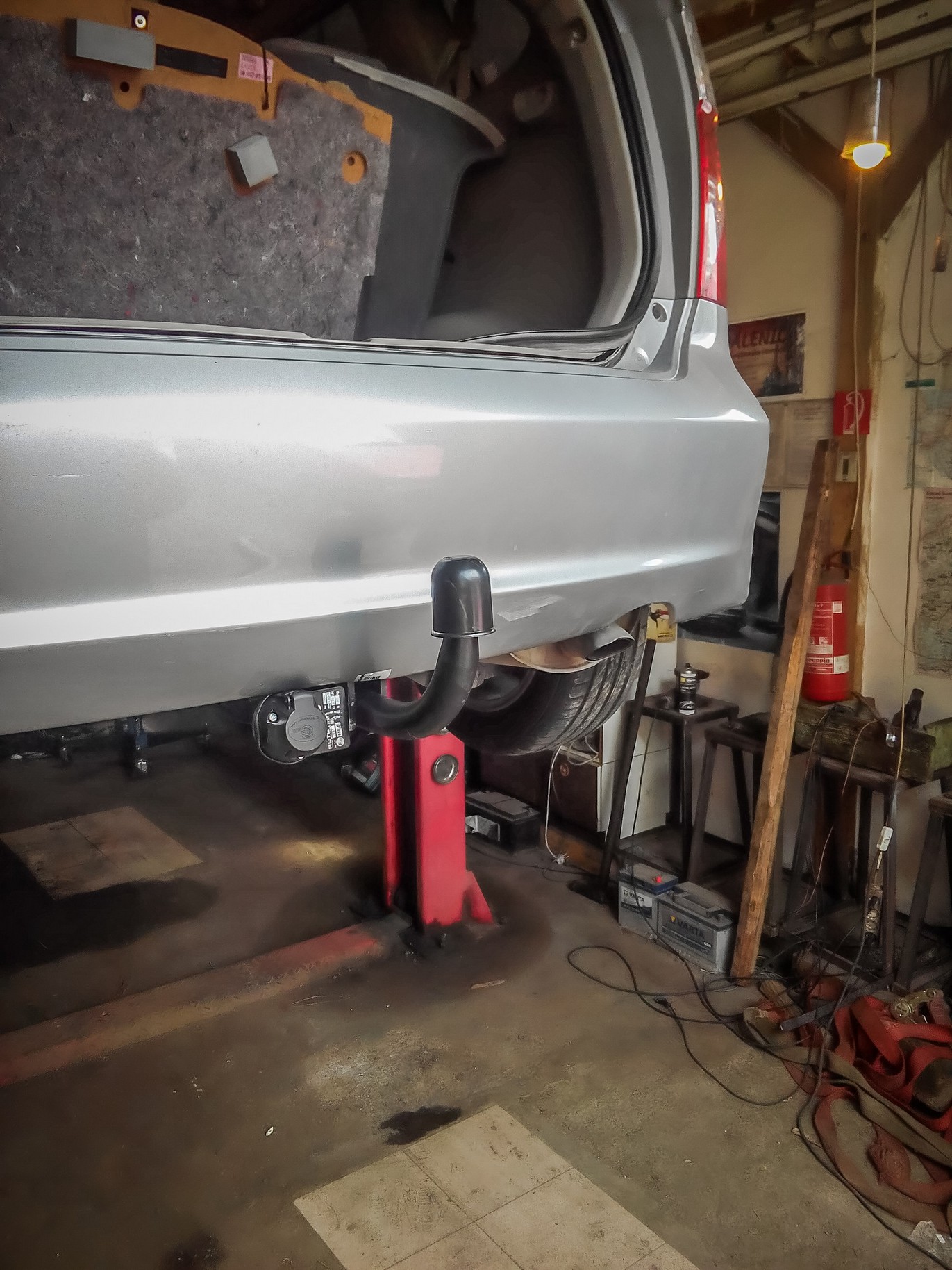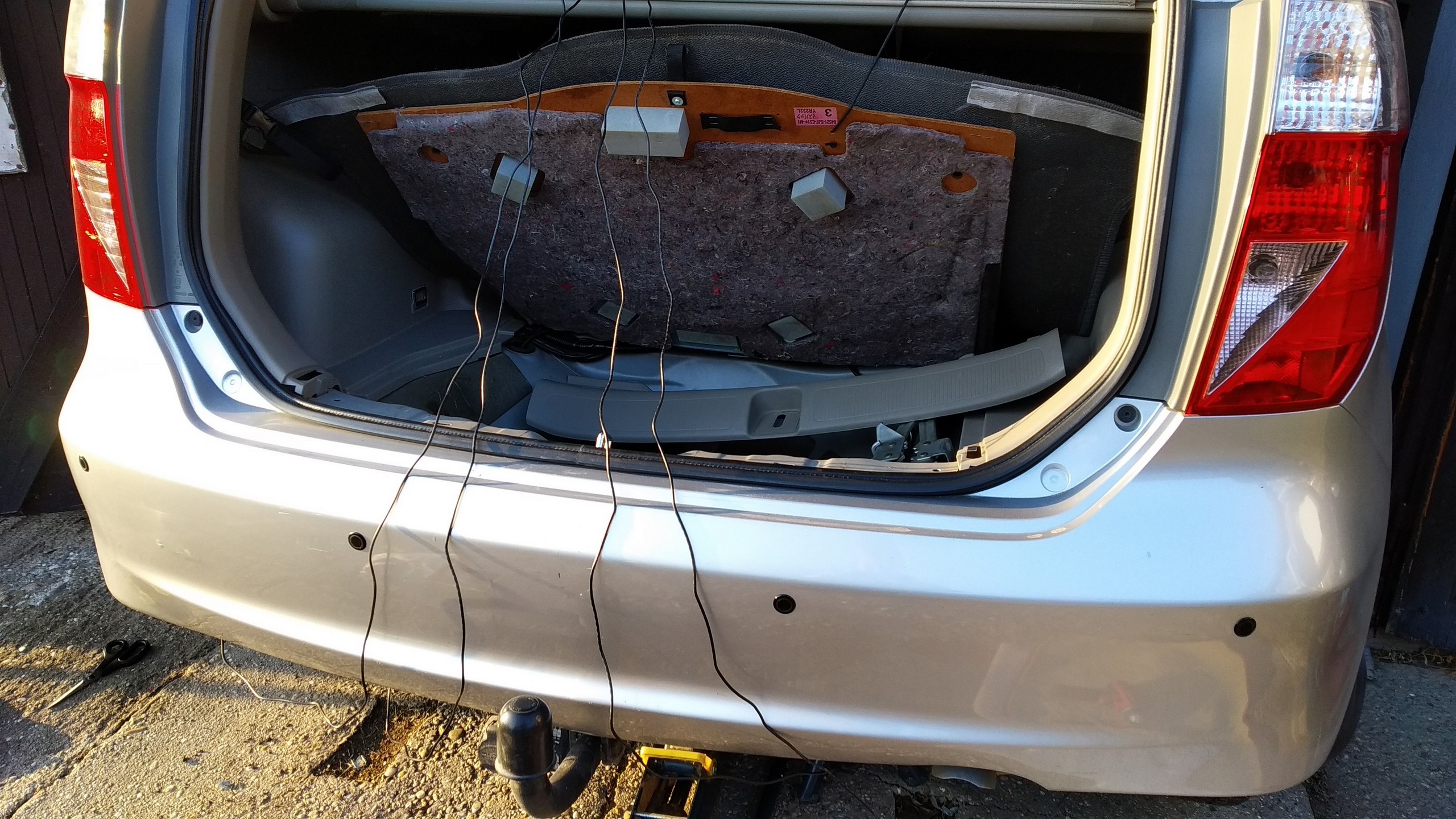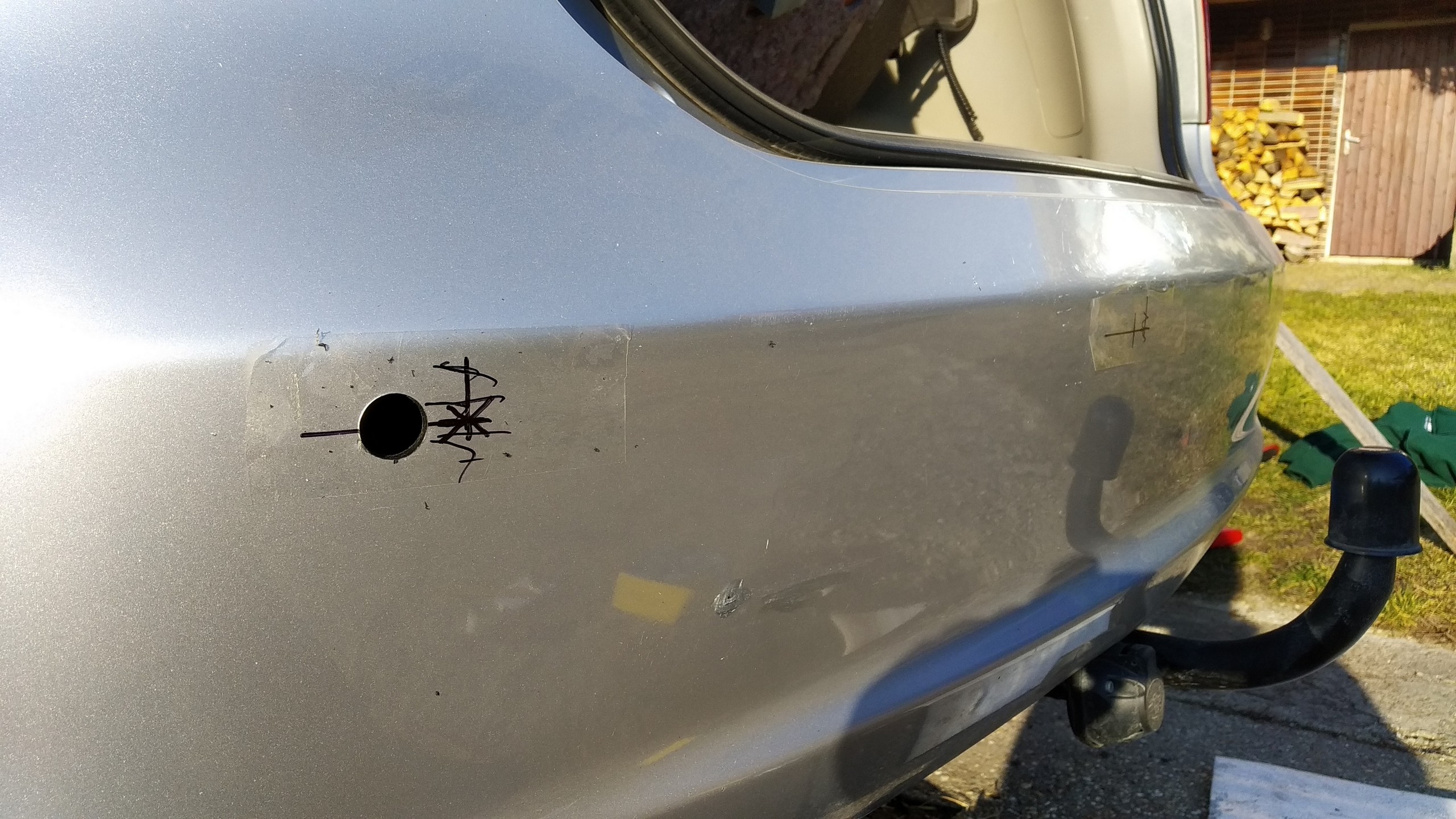Basic DIY maintenance
To do your own maintenance is very rewording, applies doubly if you ain't a mechanic or on a low budget - every success feels so good
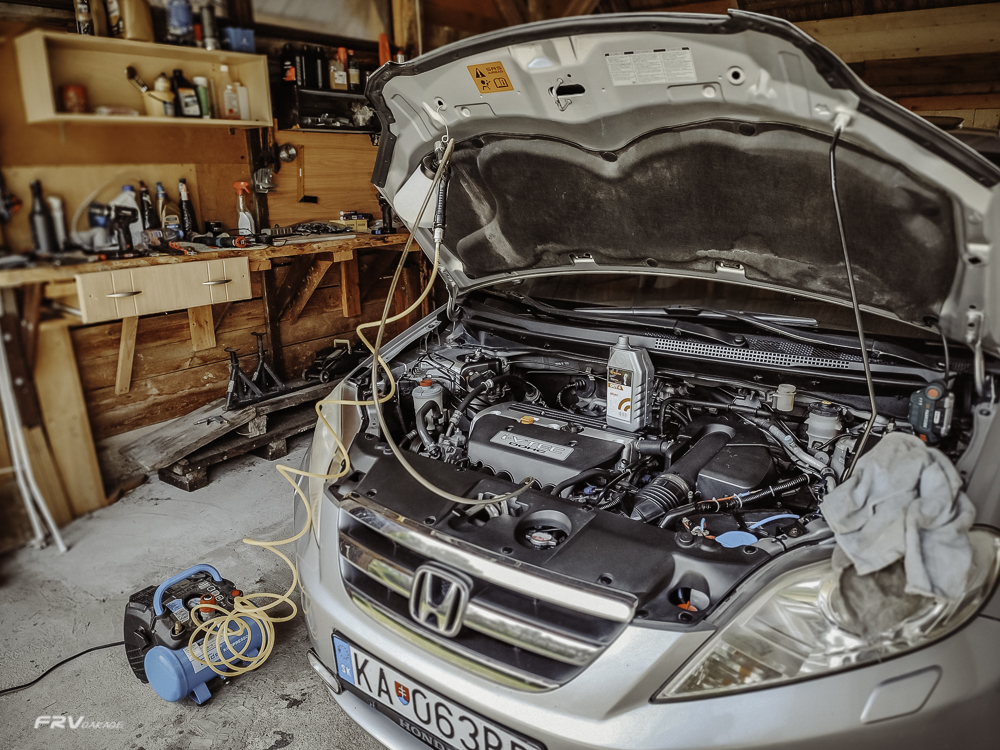
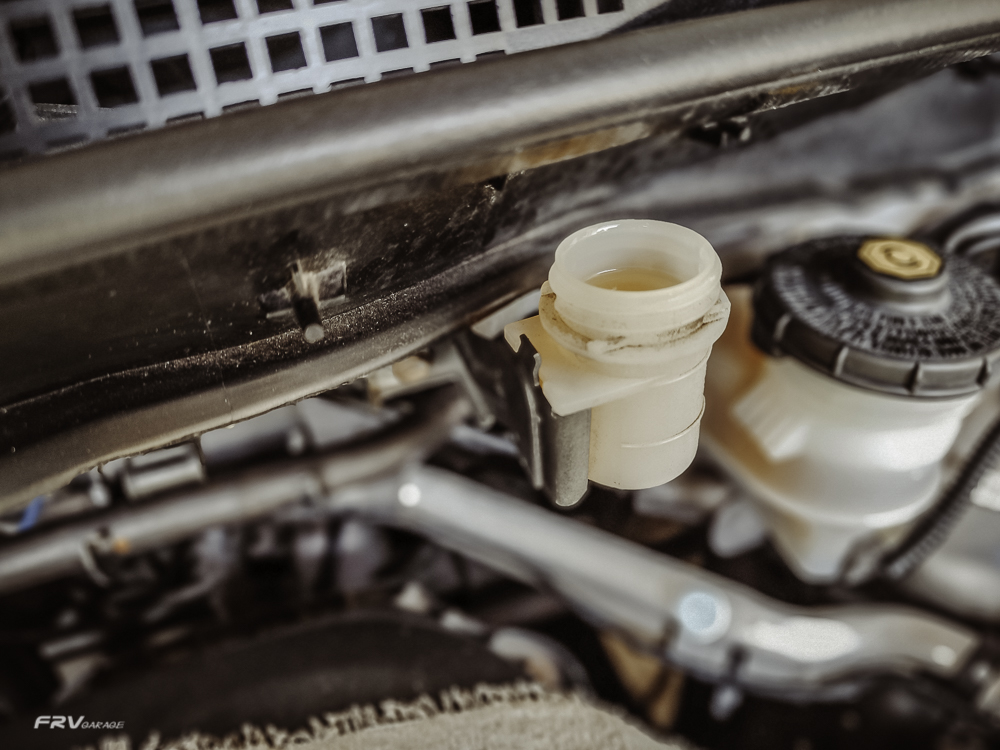
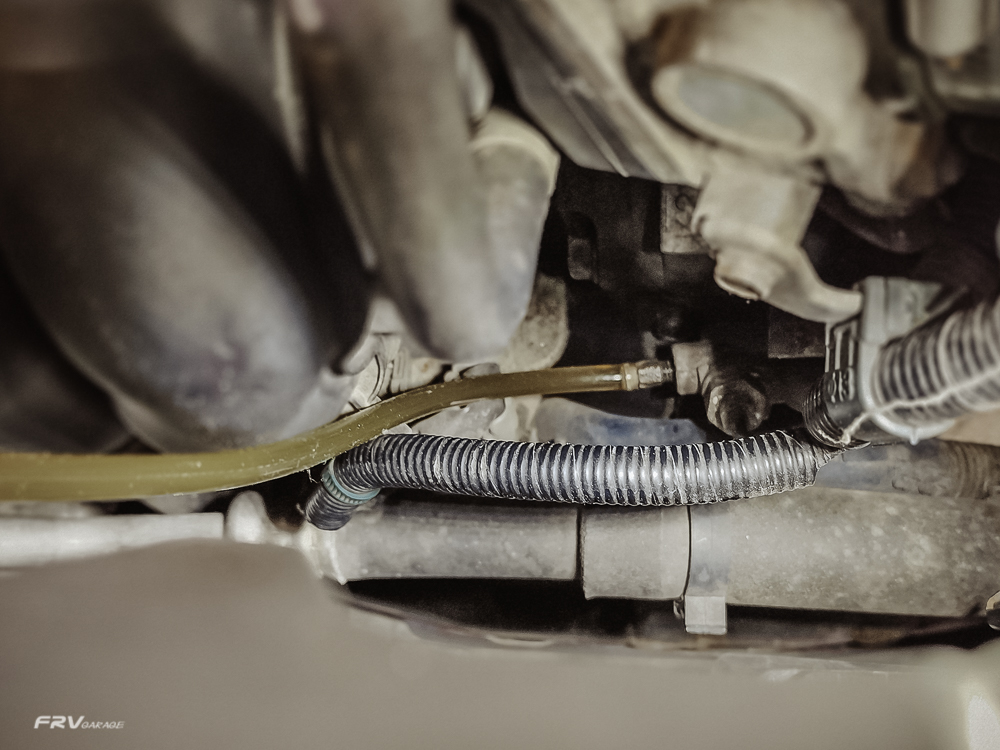

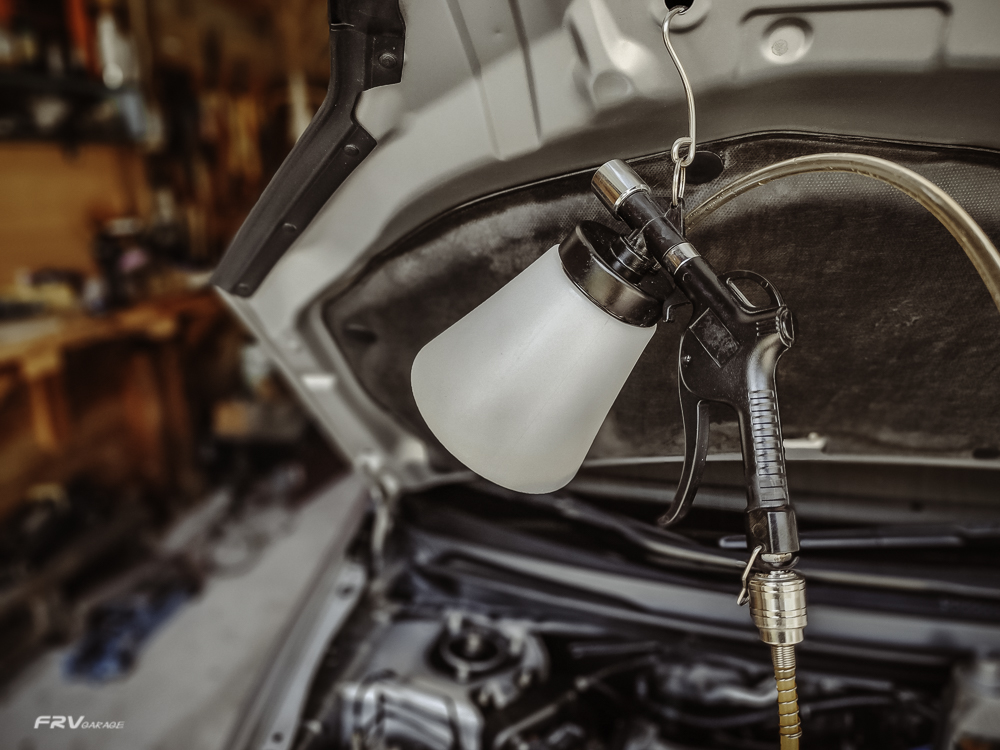

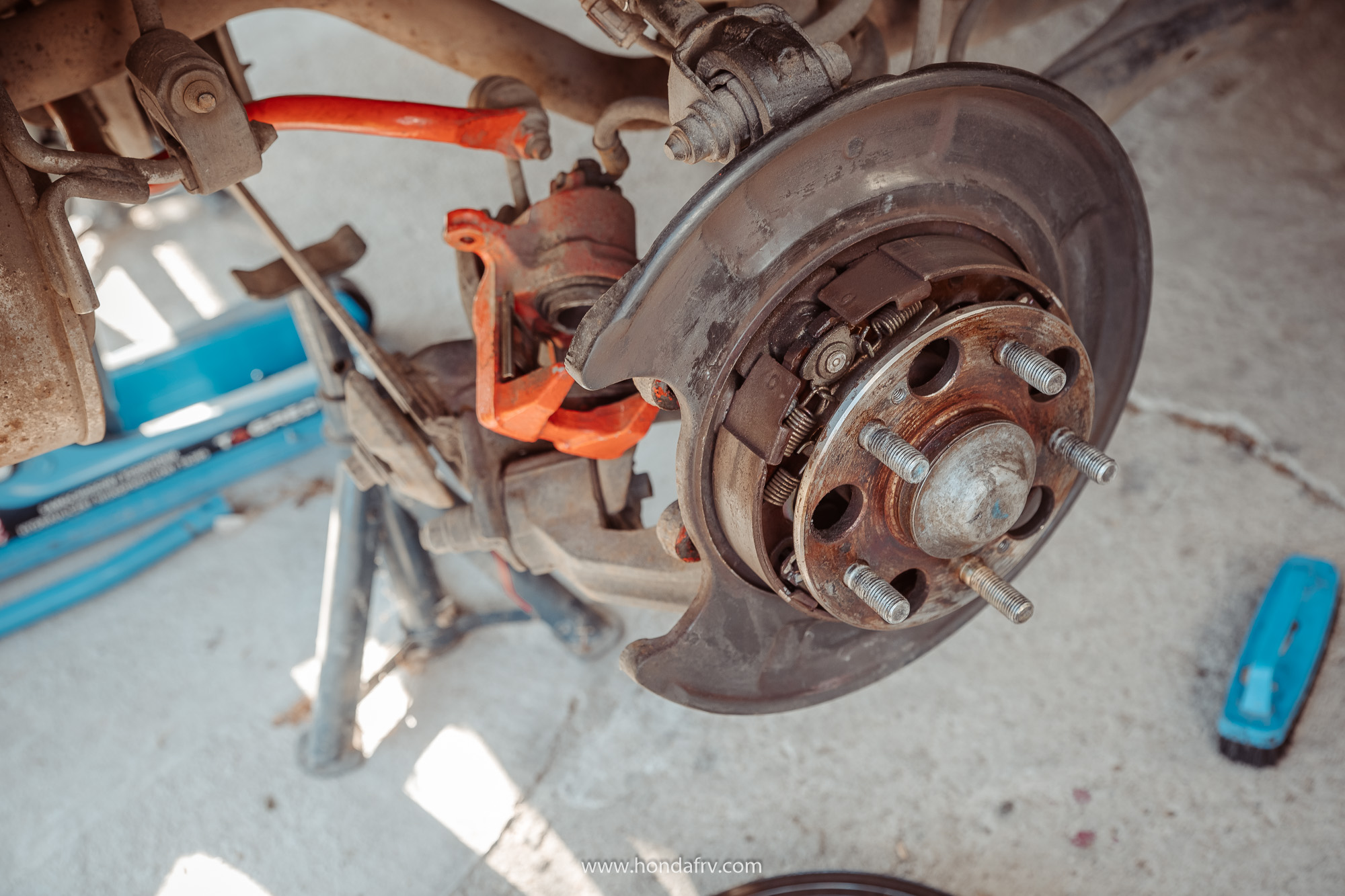
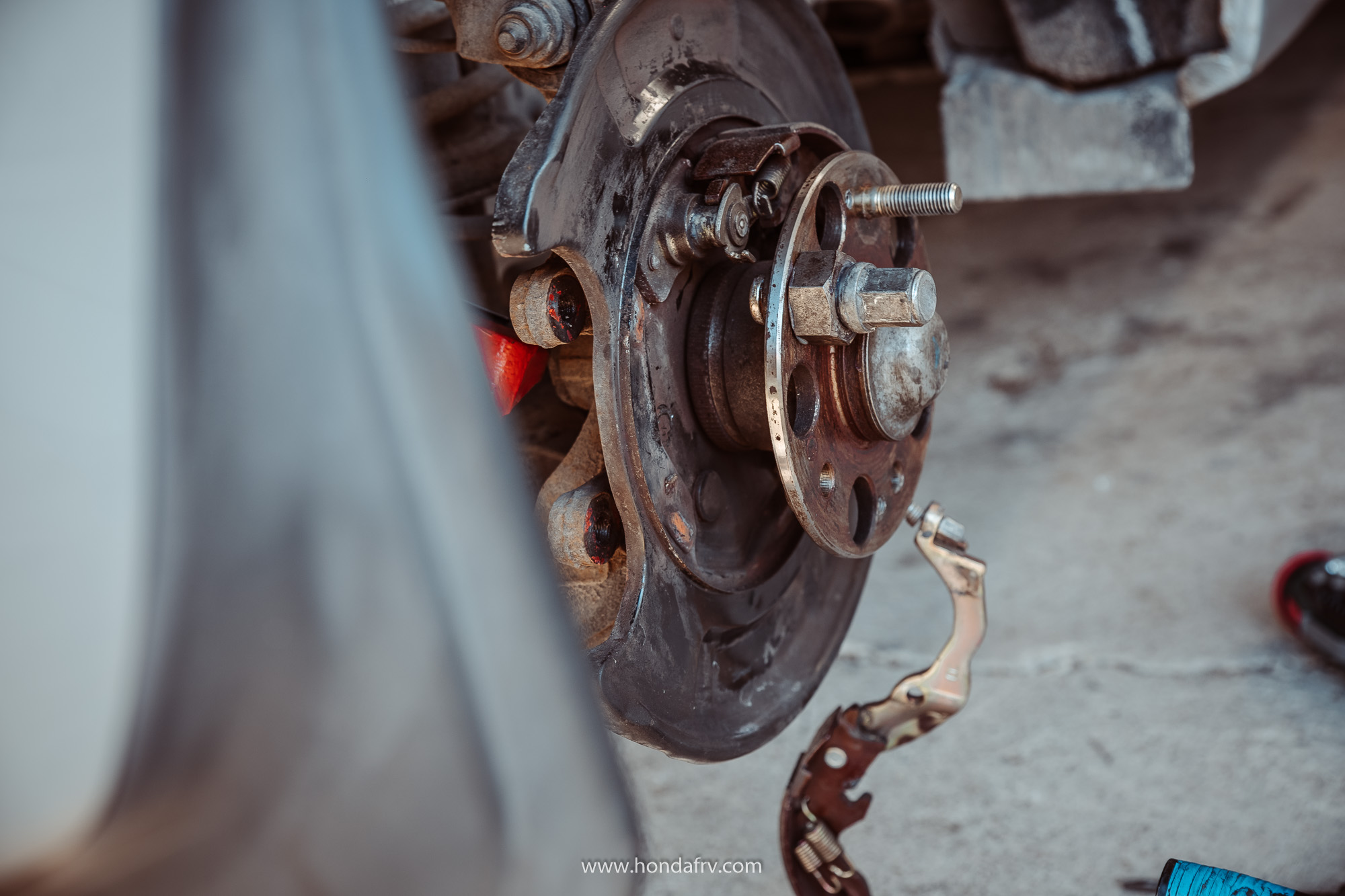
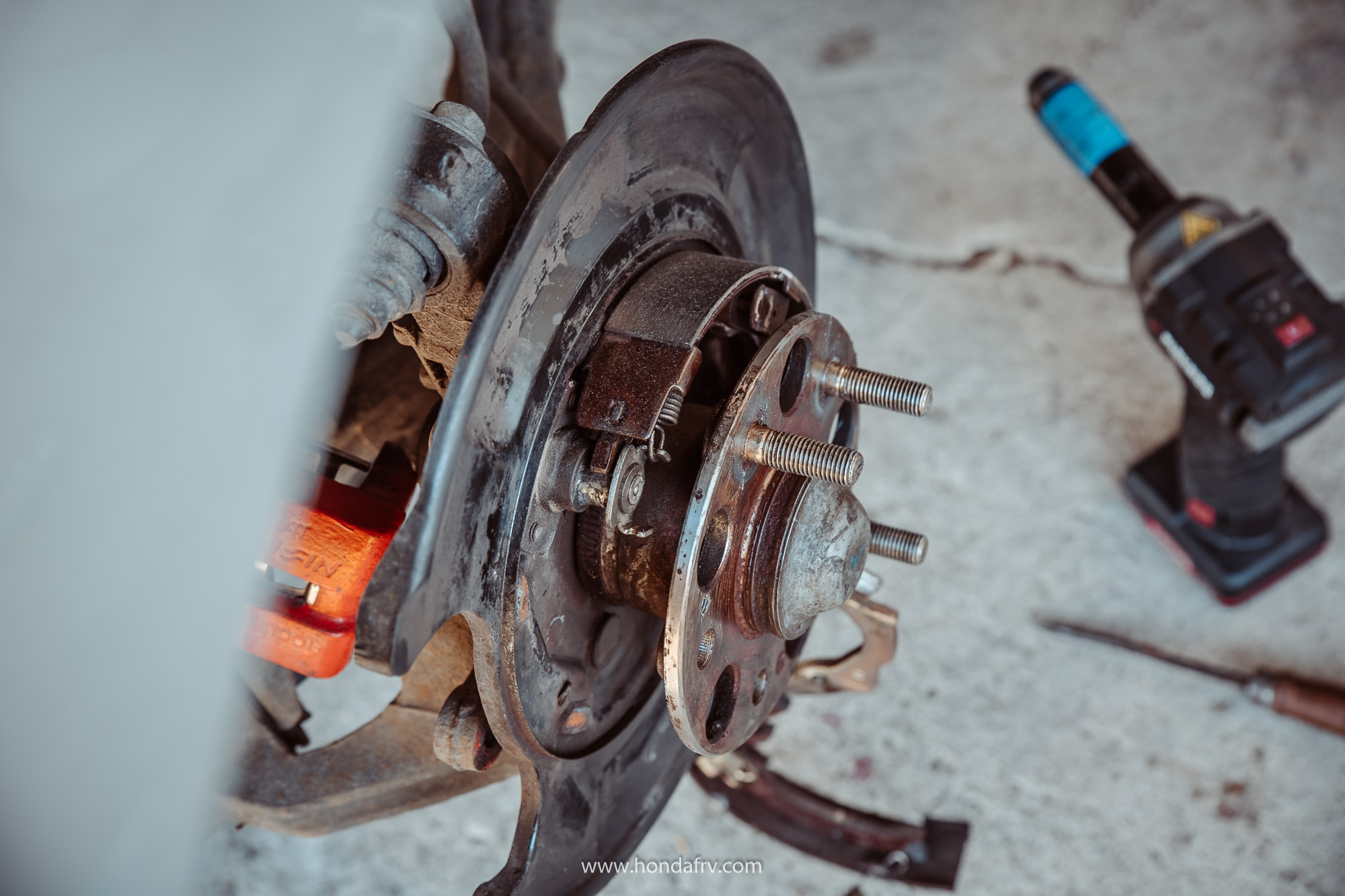
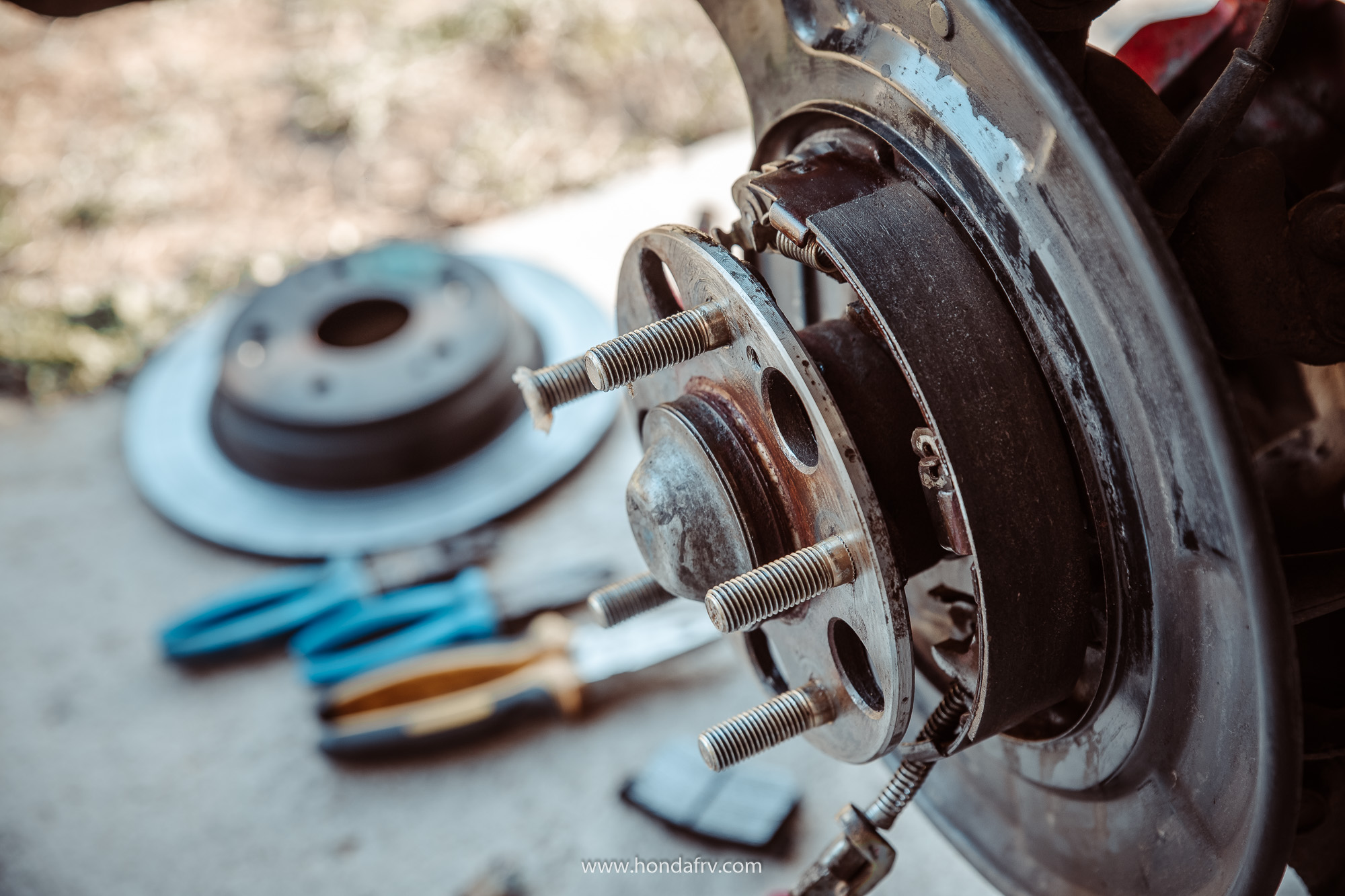
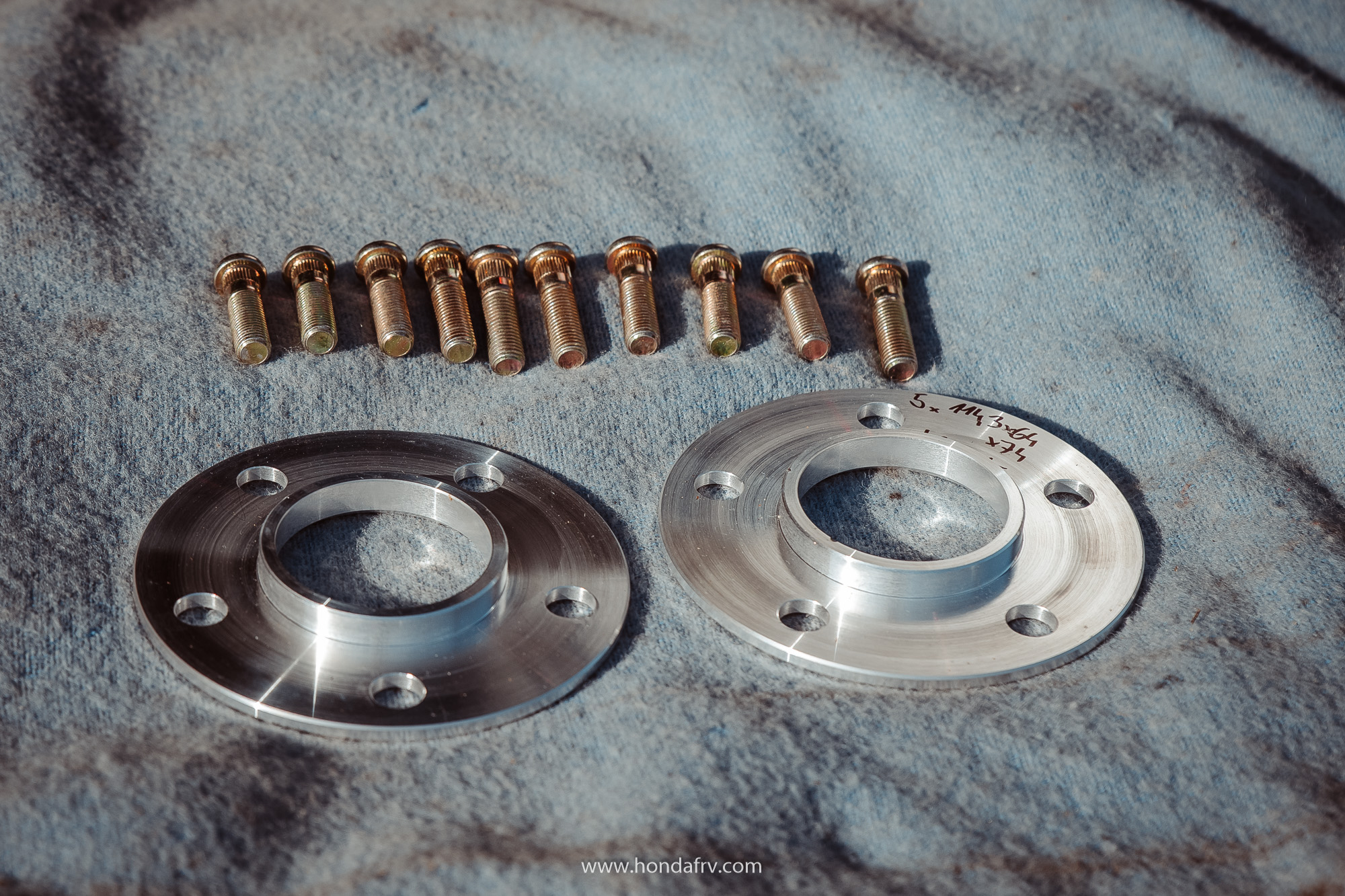
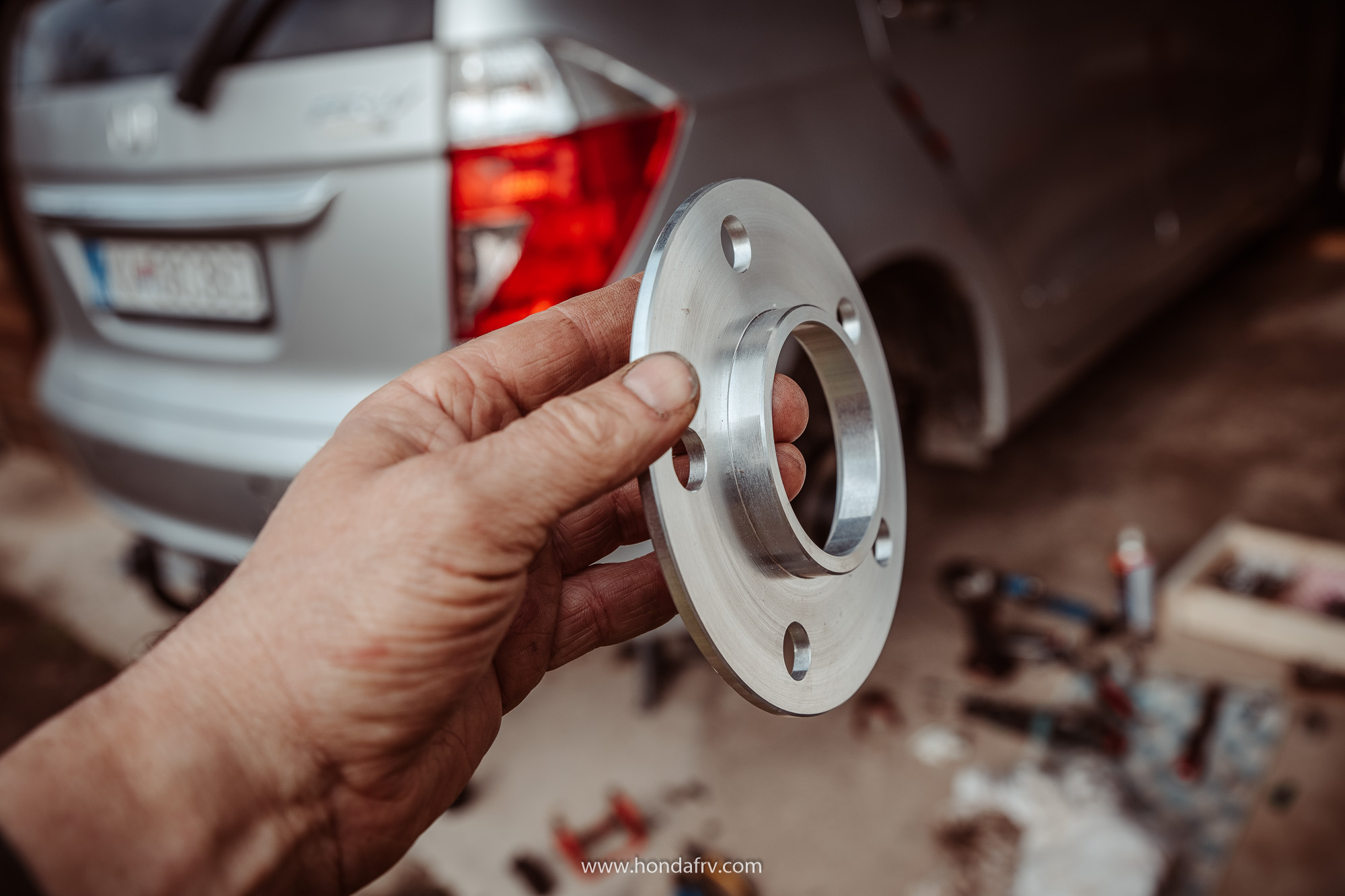
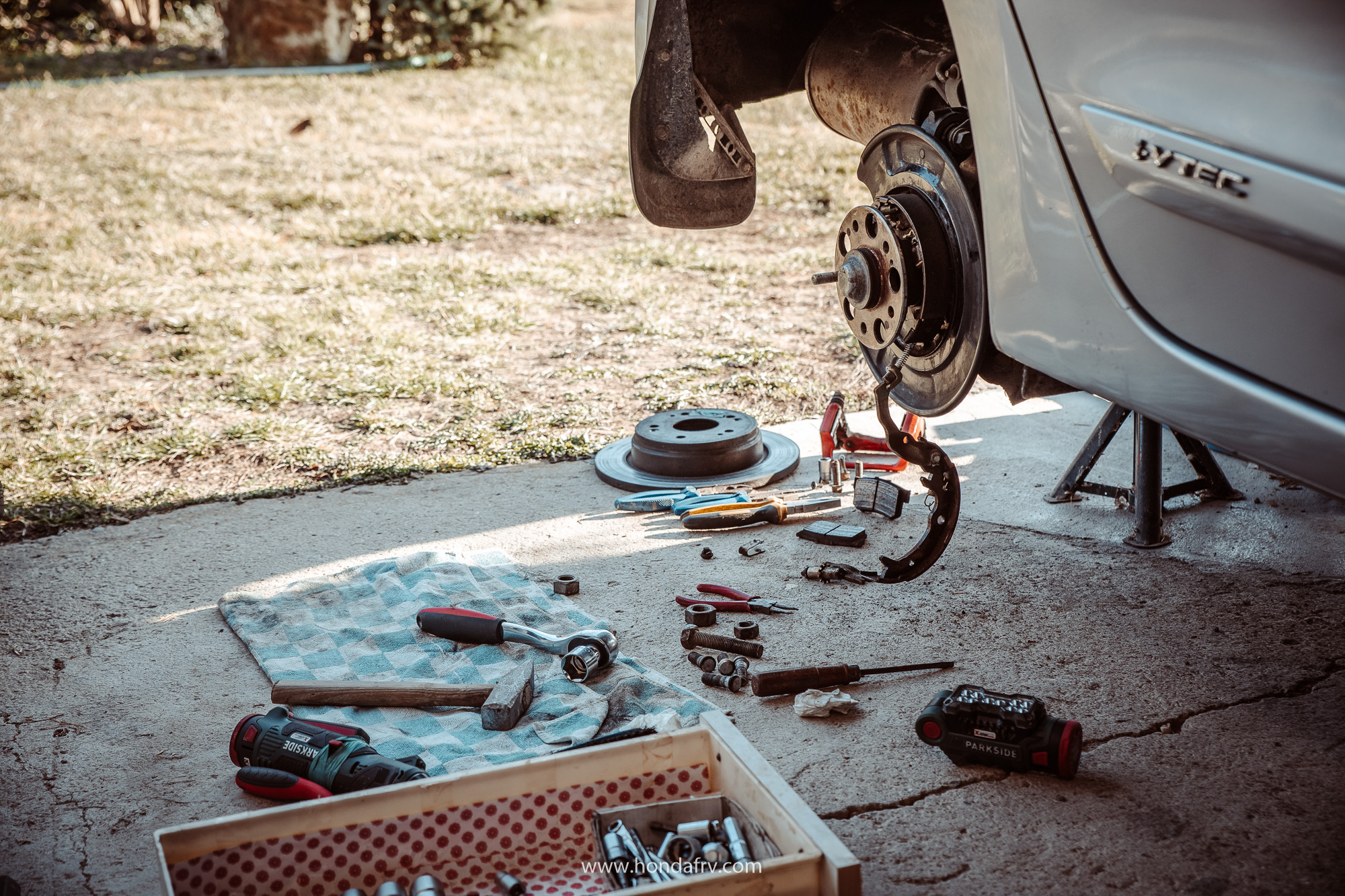

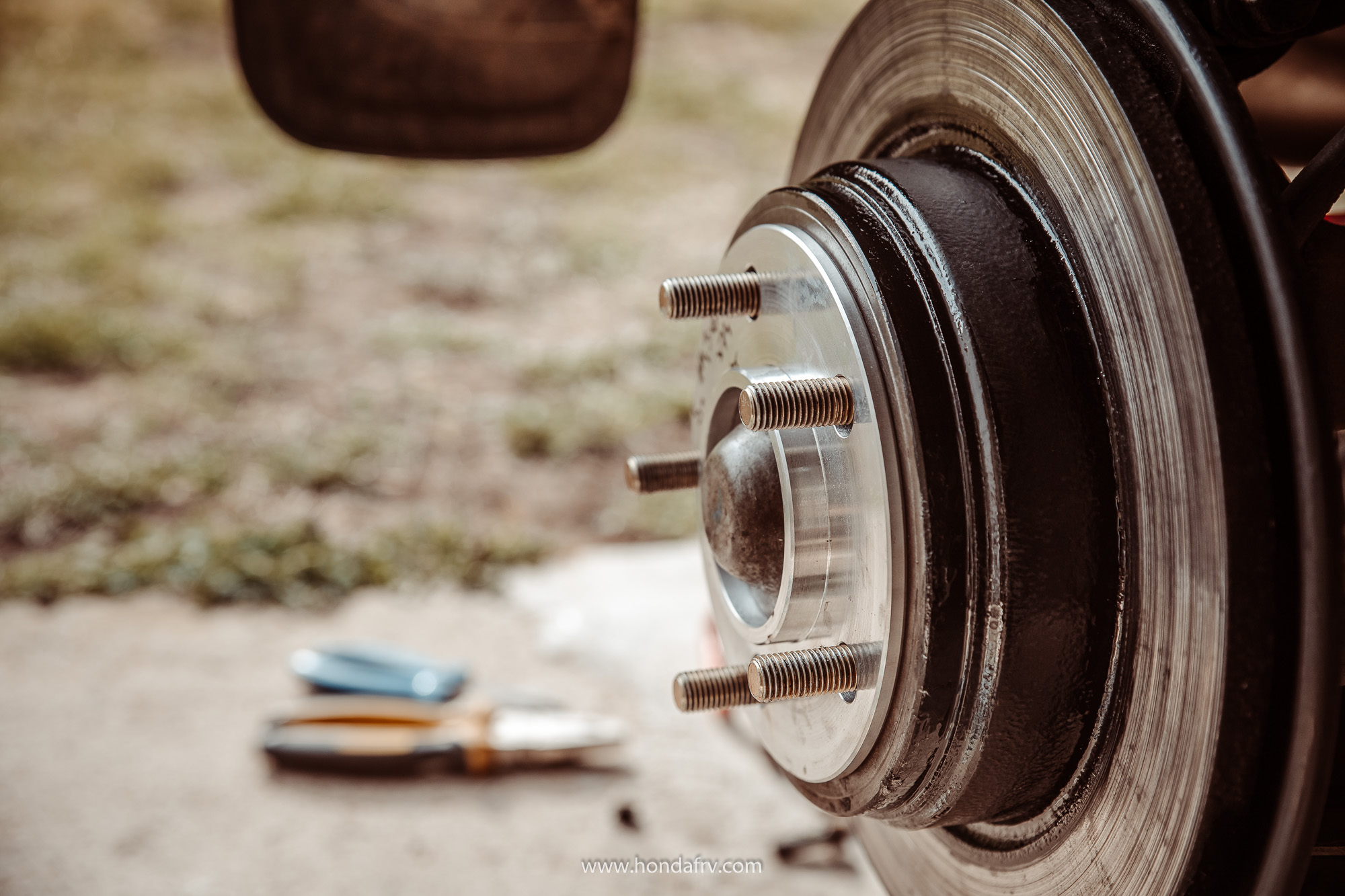
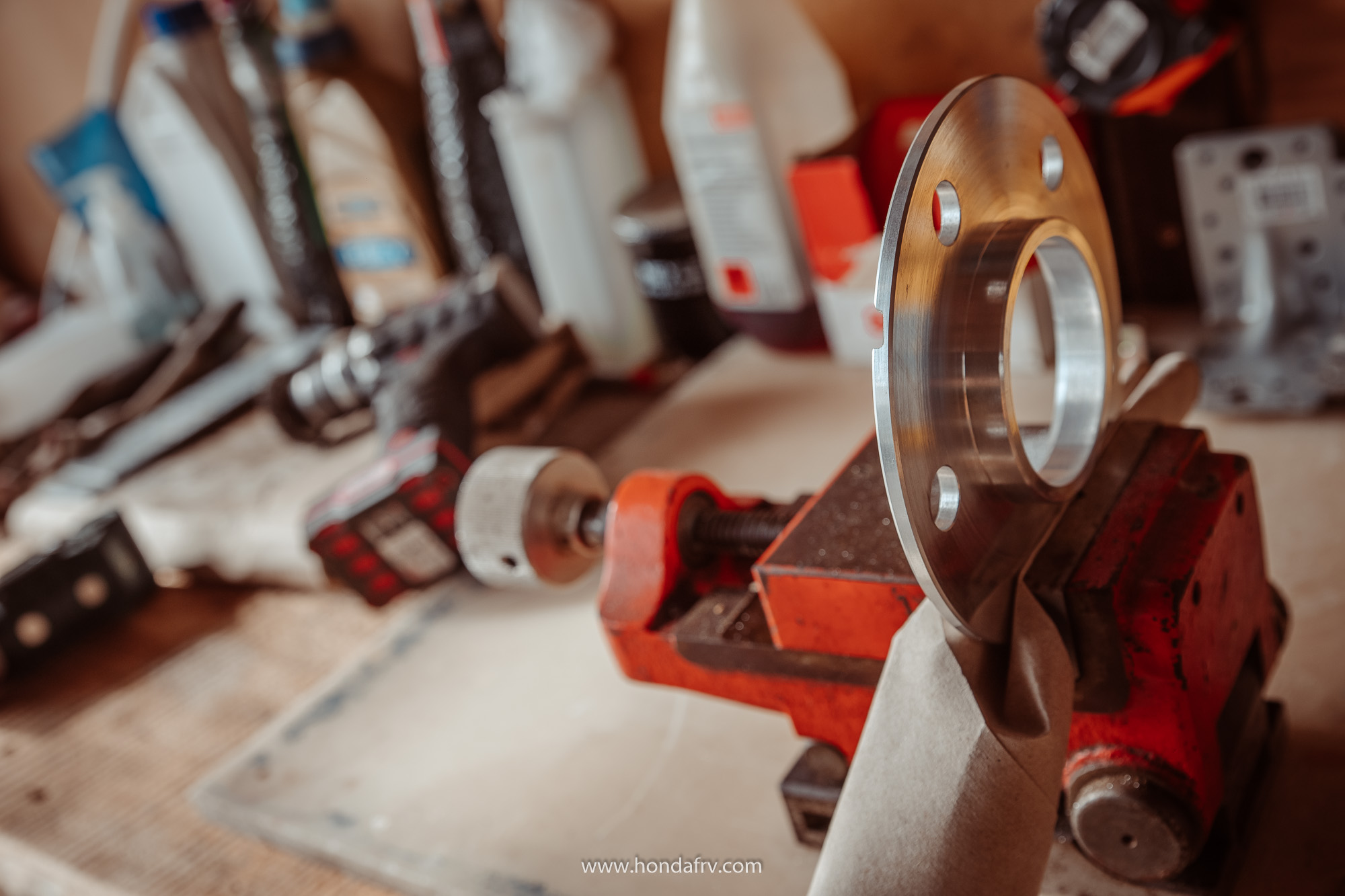
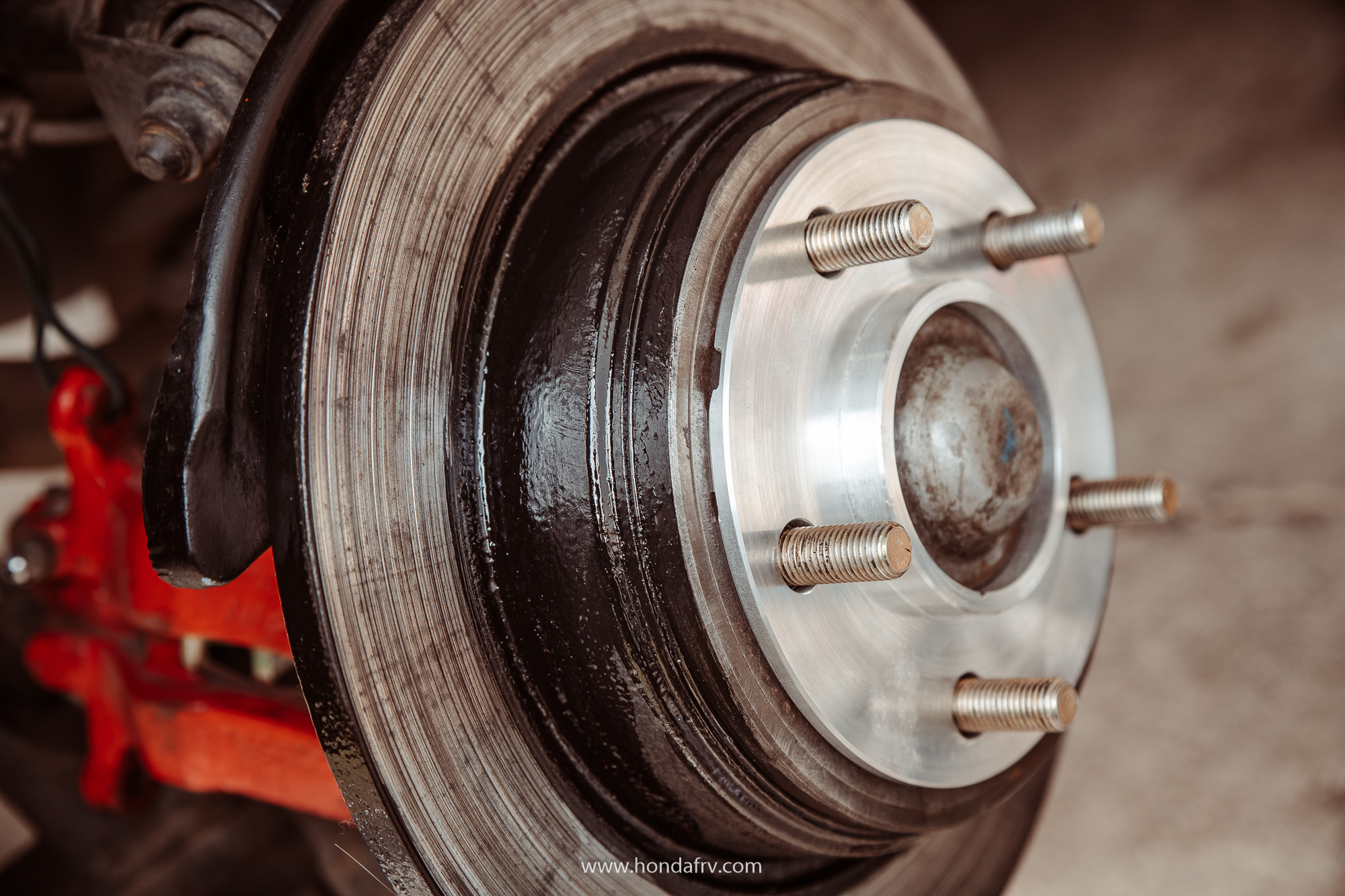
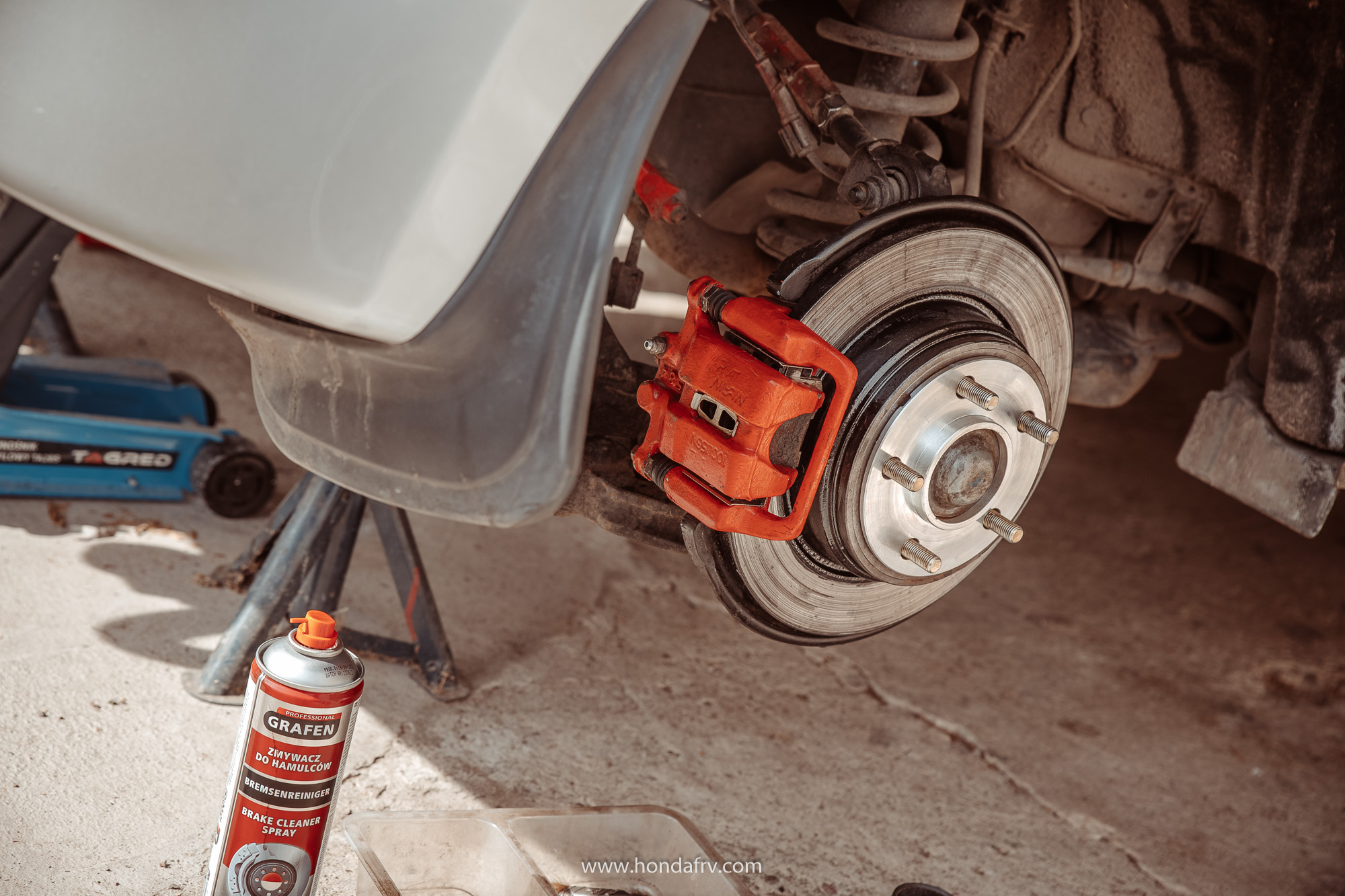

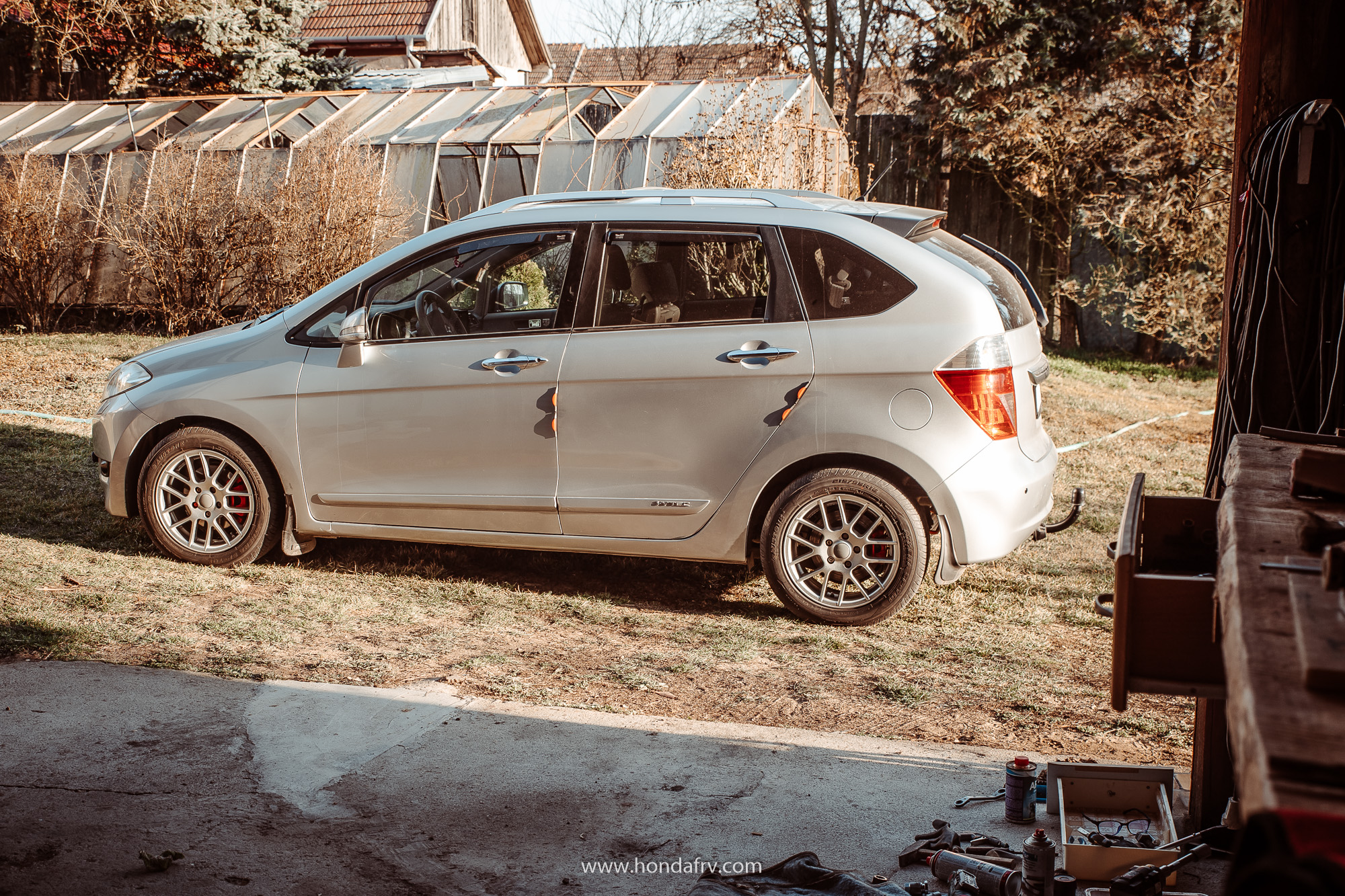
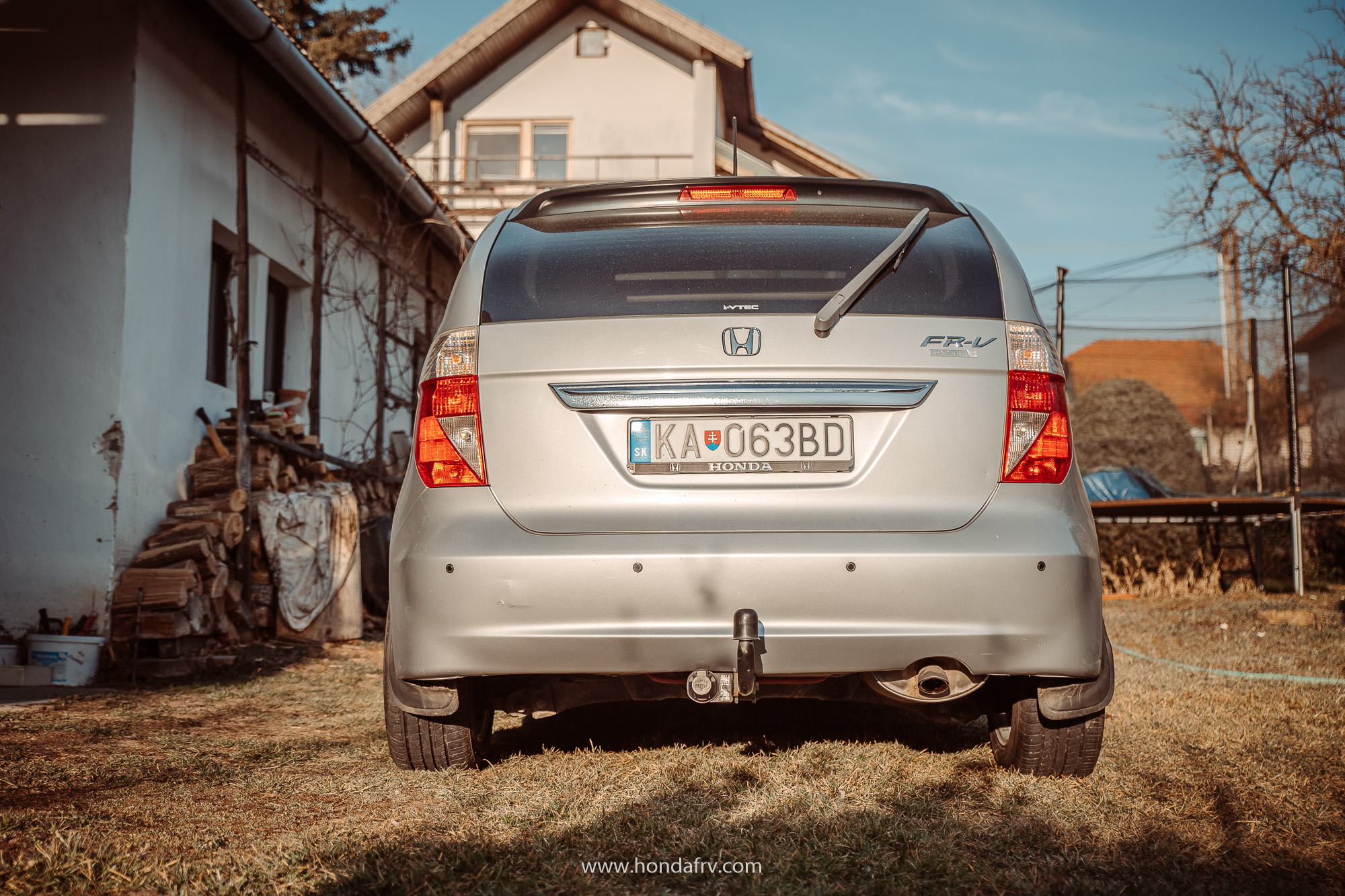
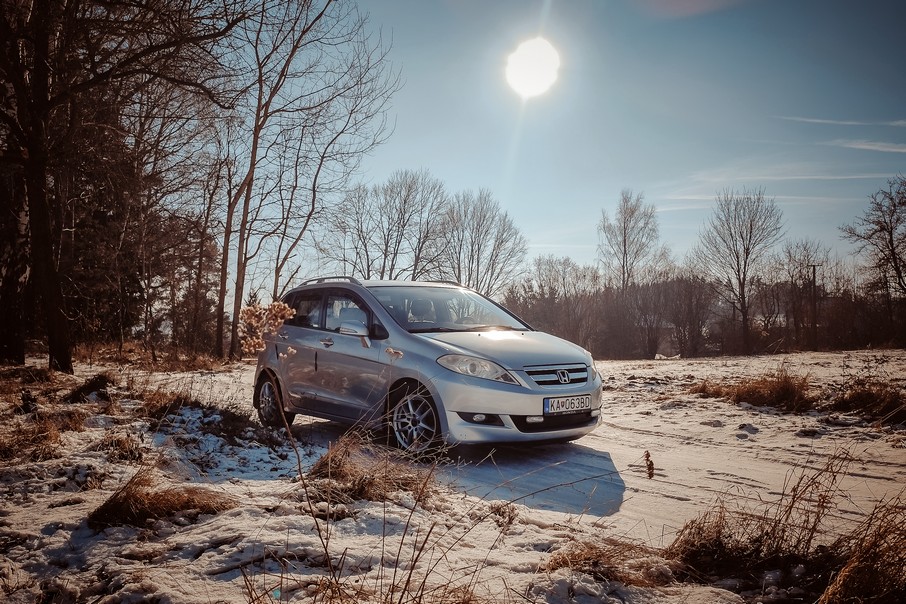
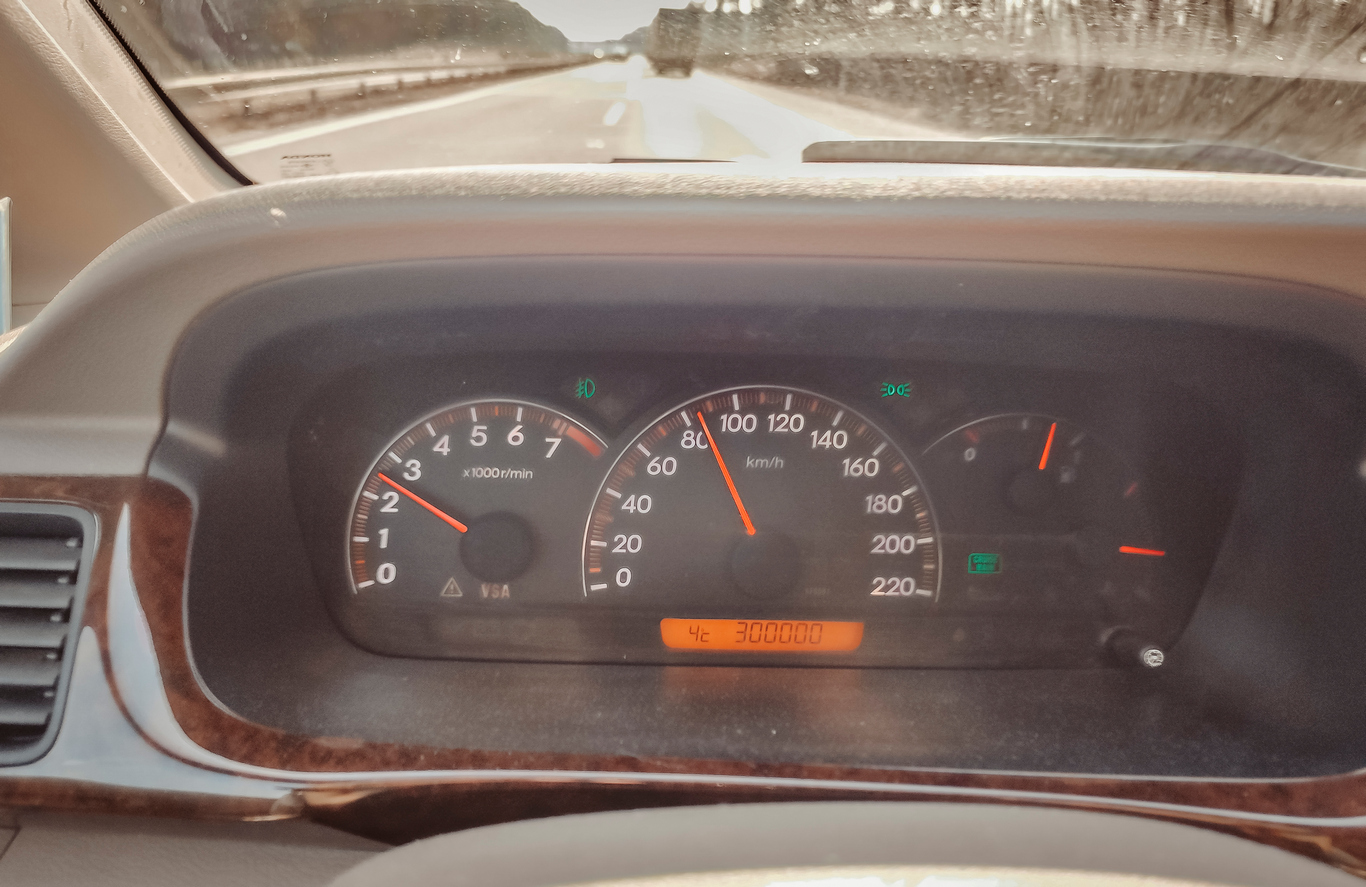
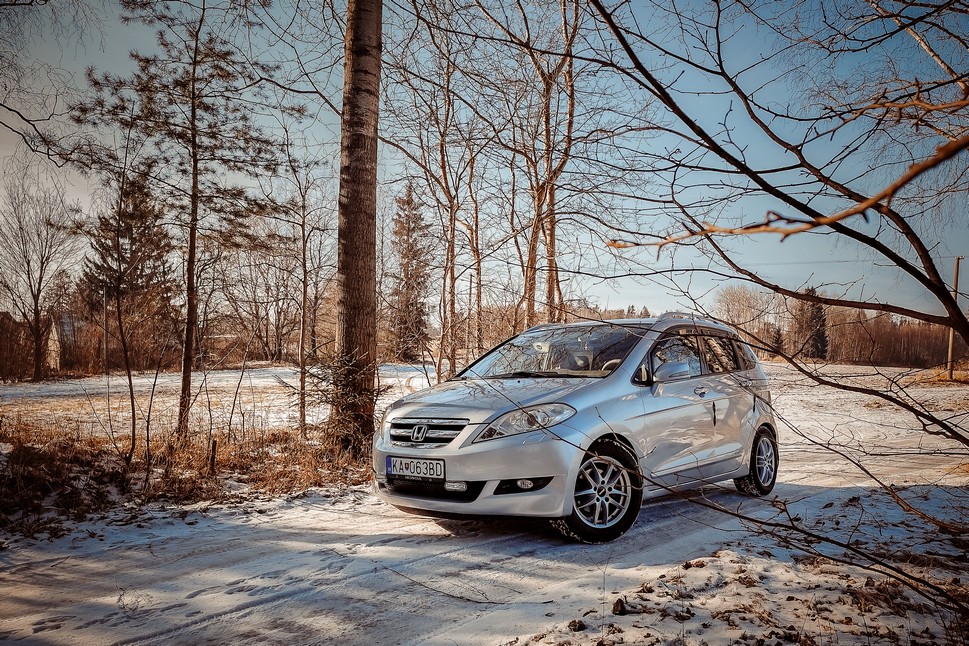
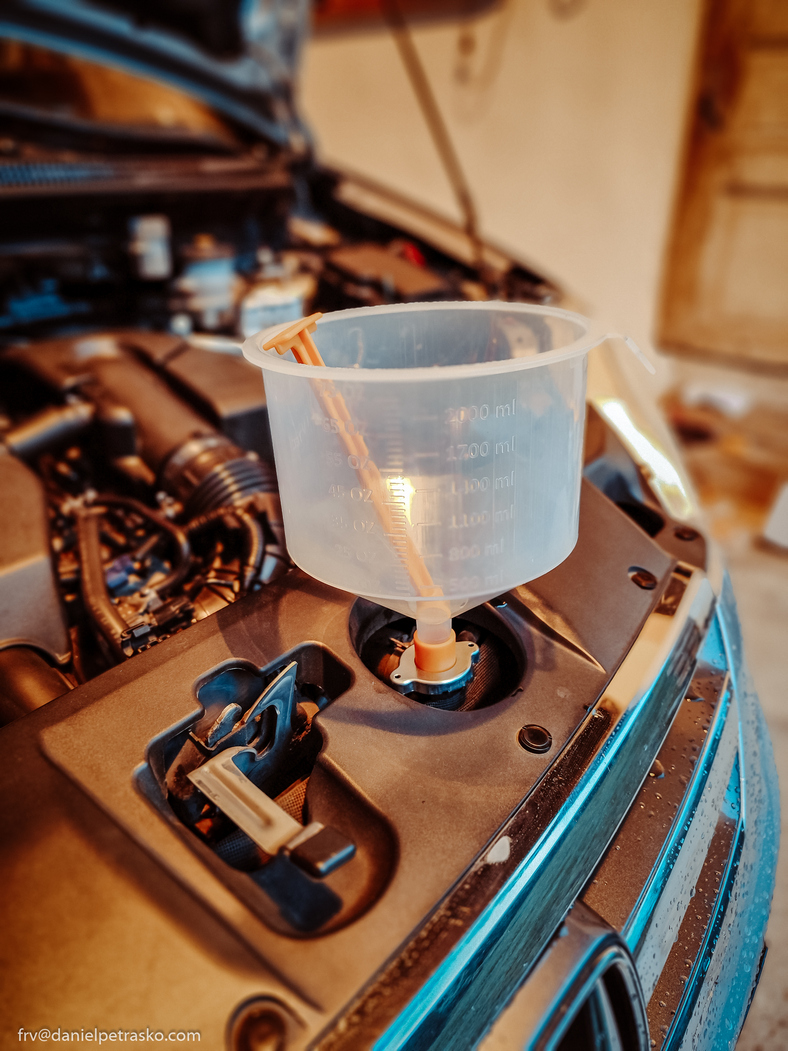

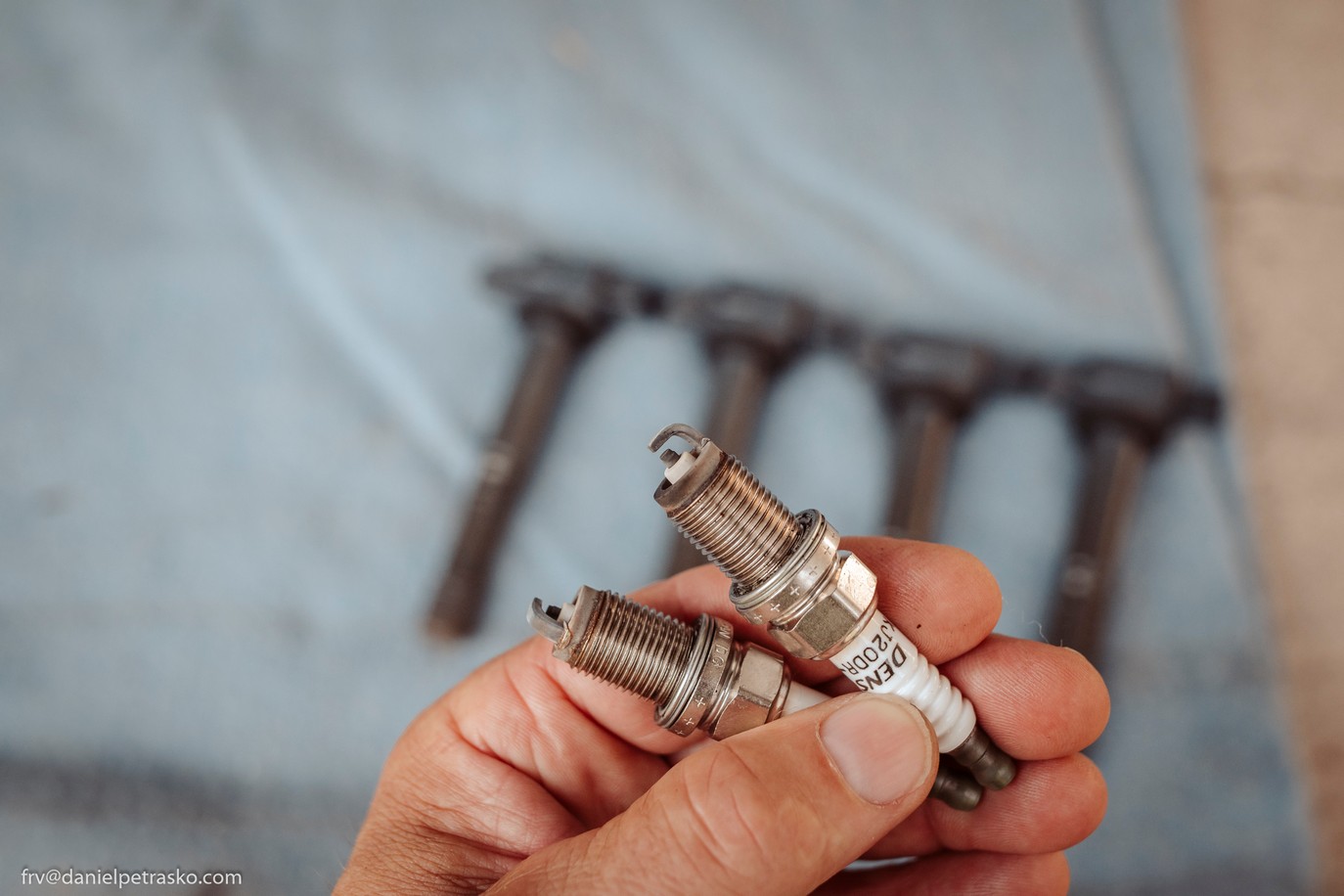
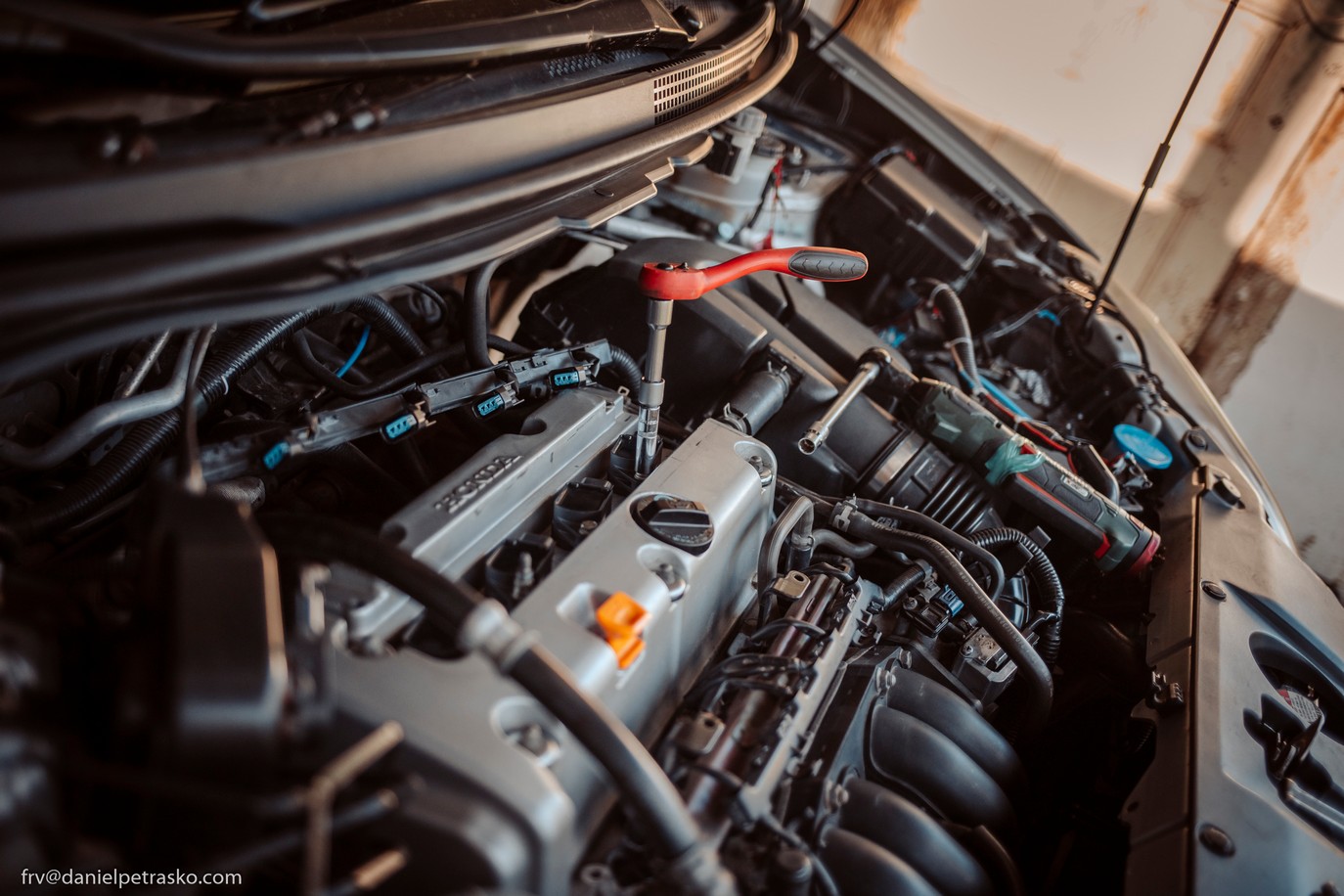
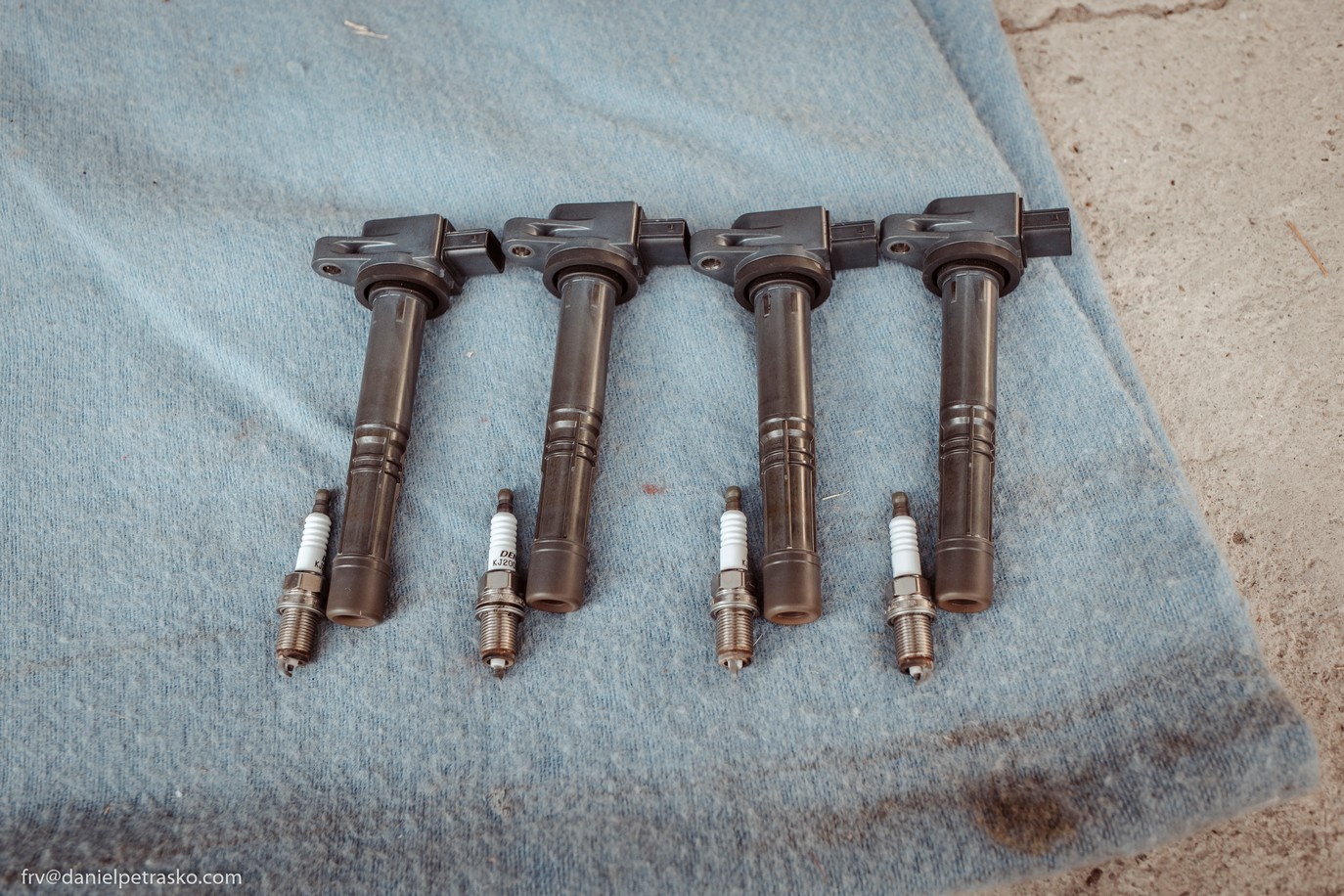
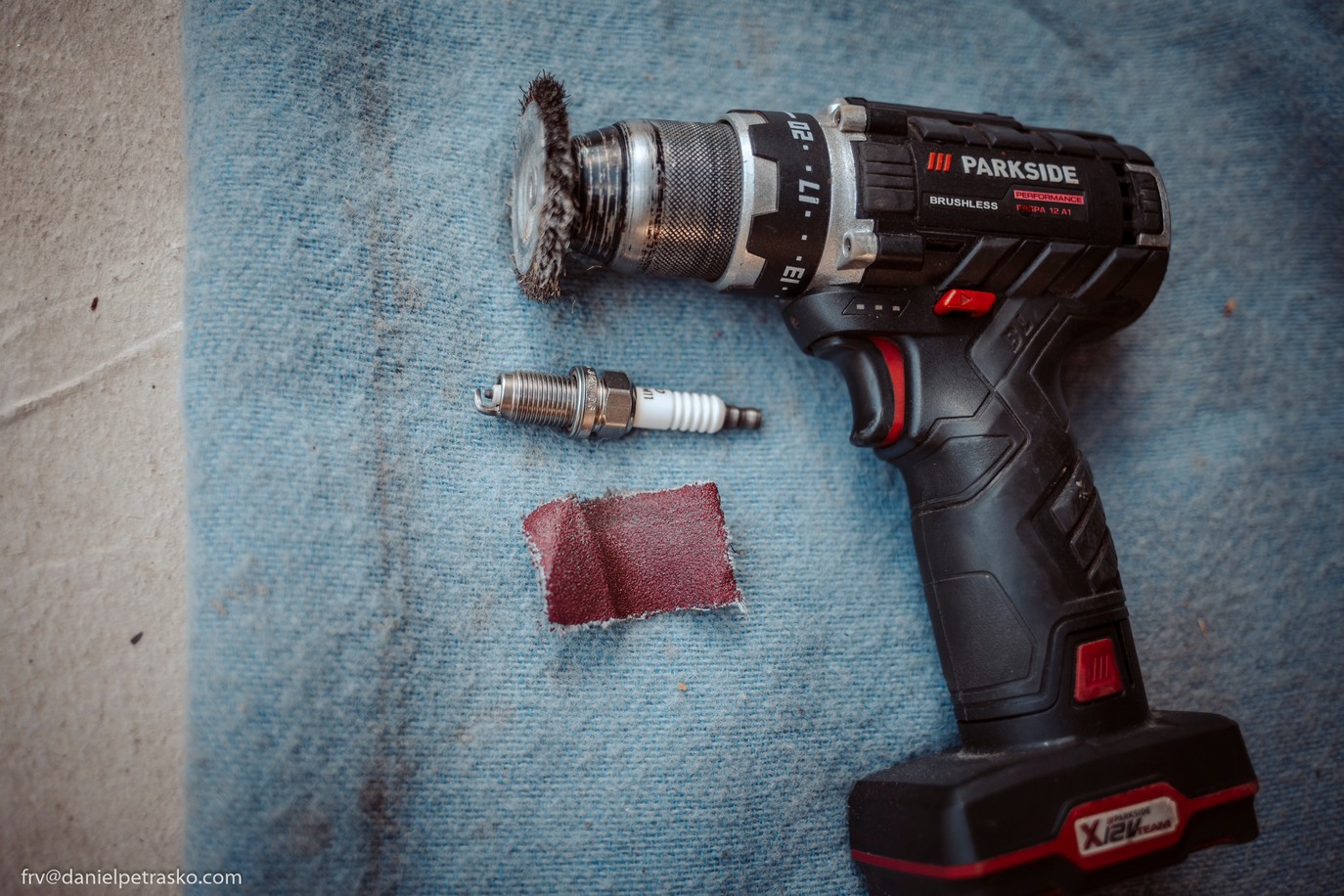

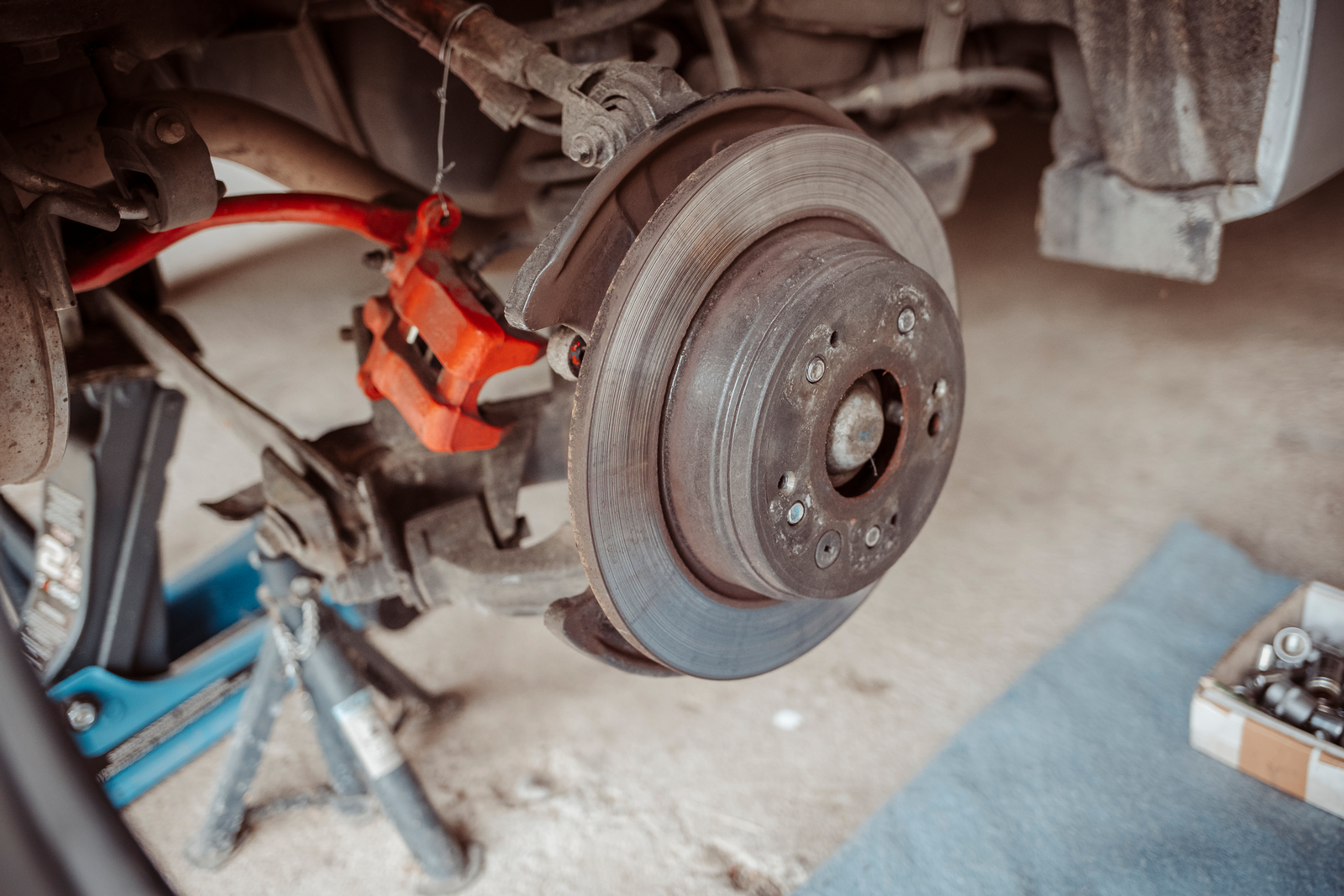
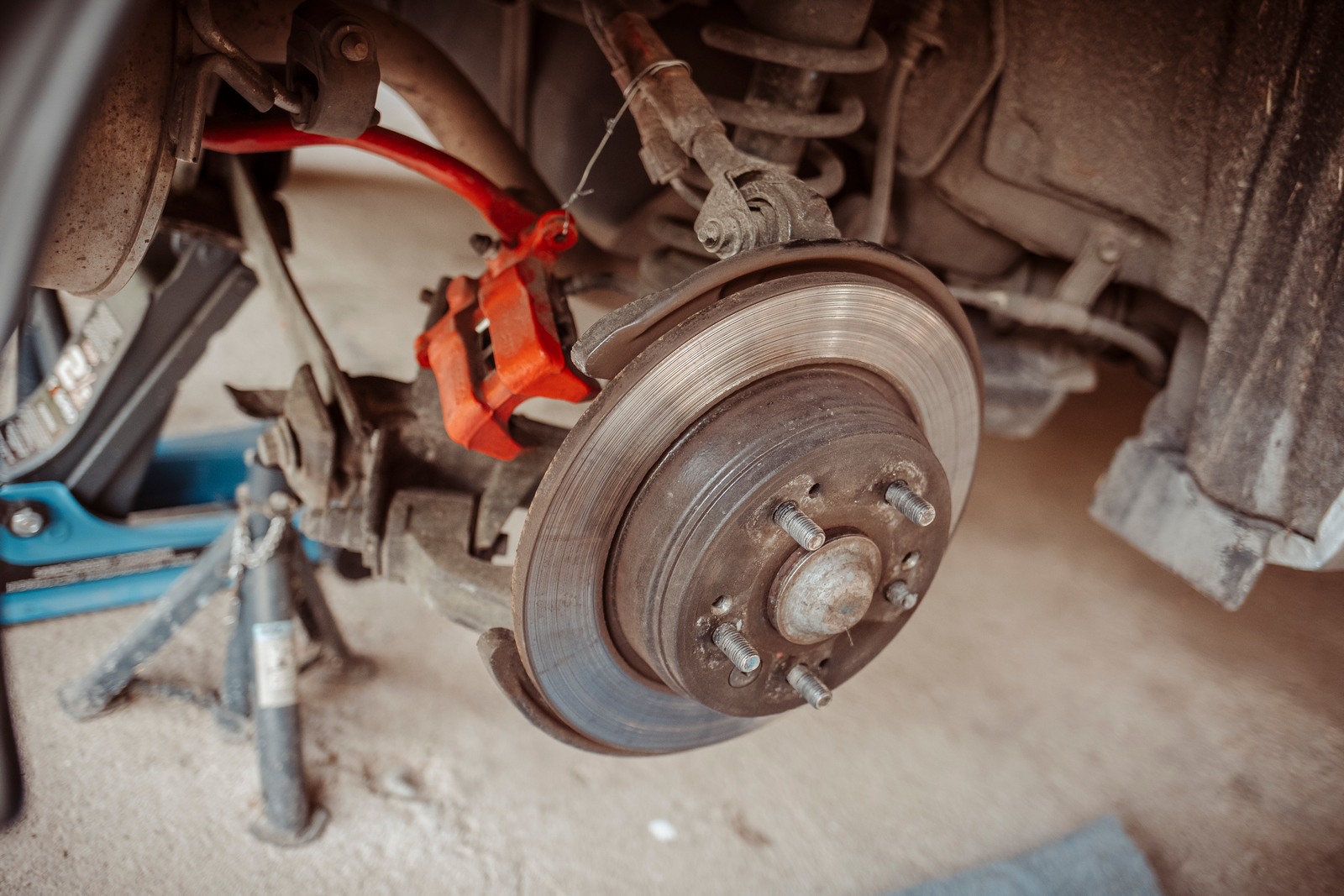
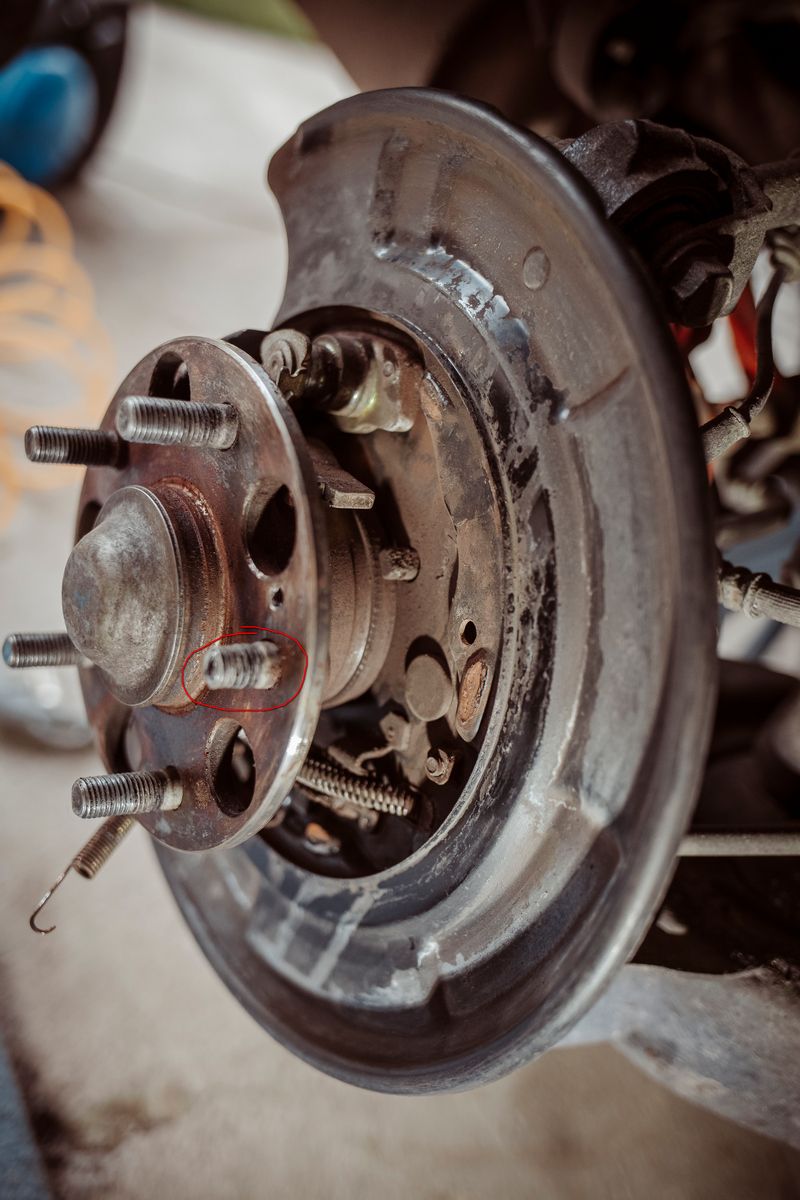
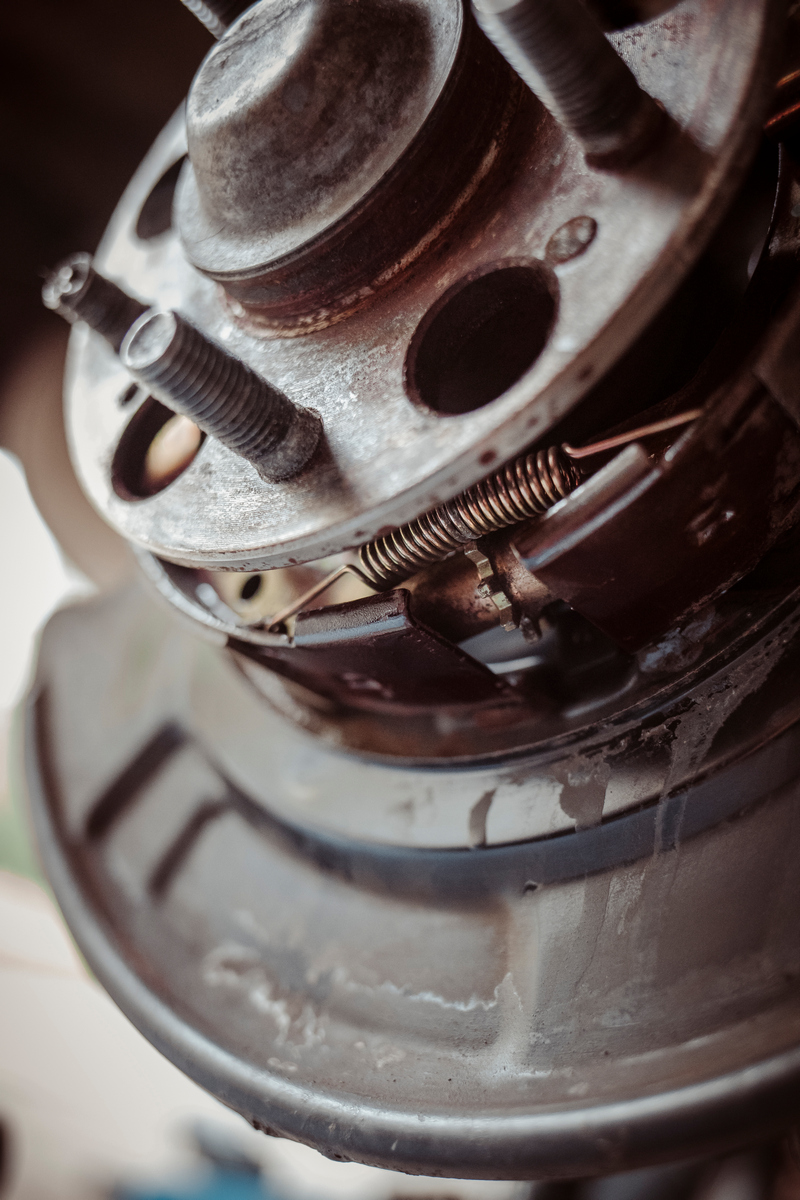
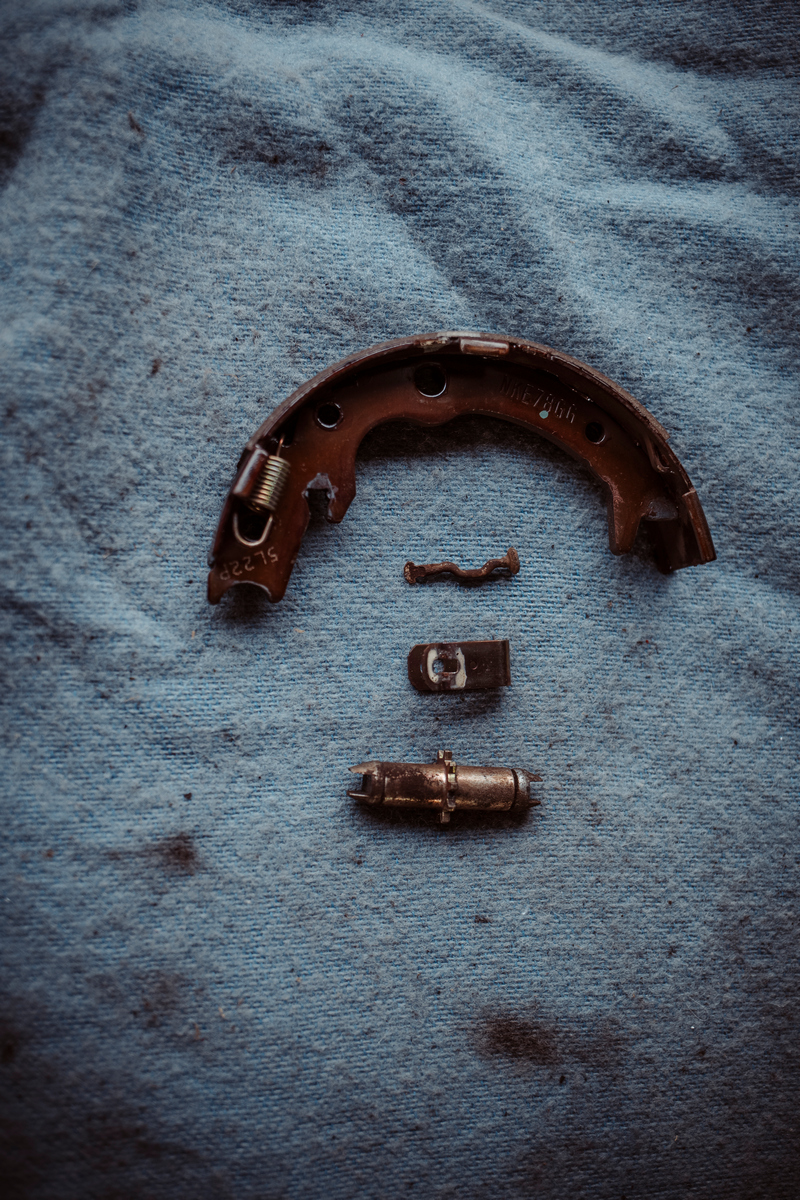
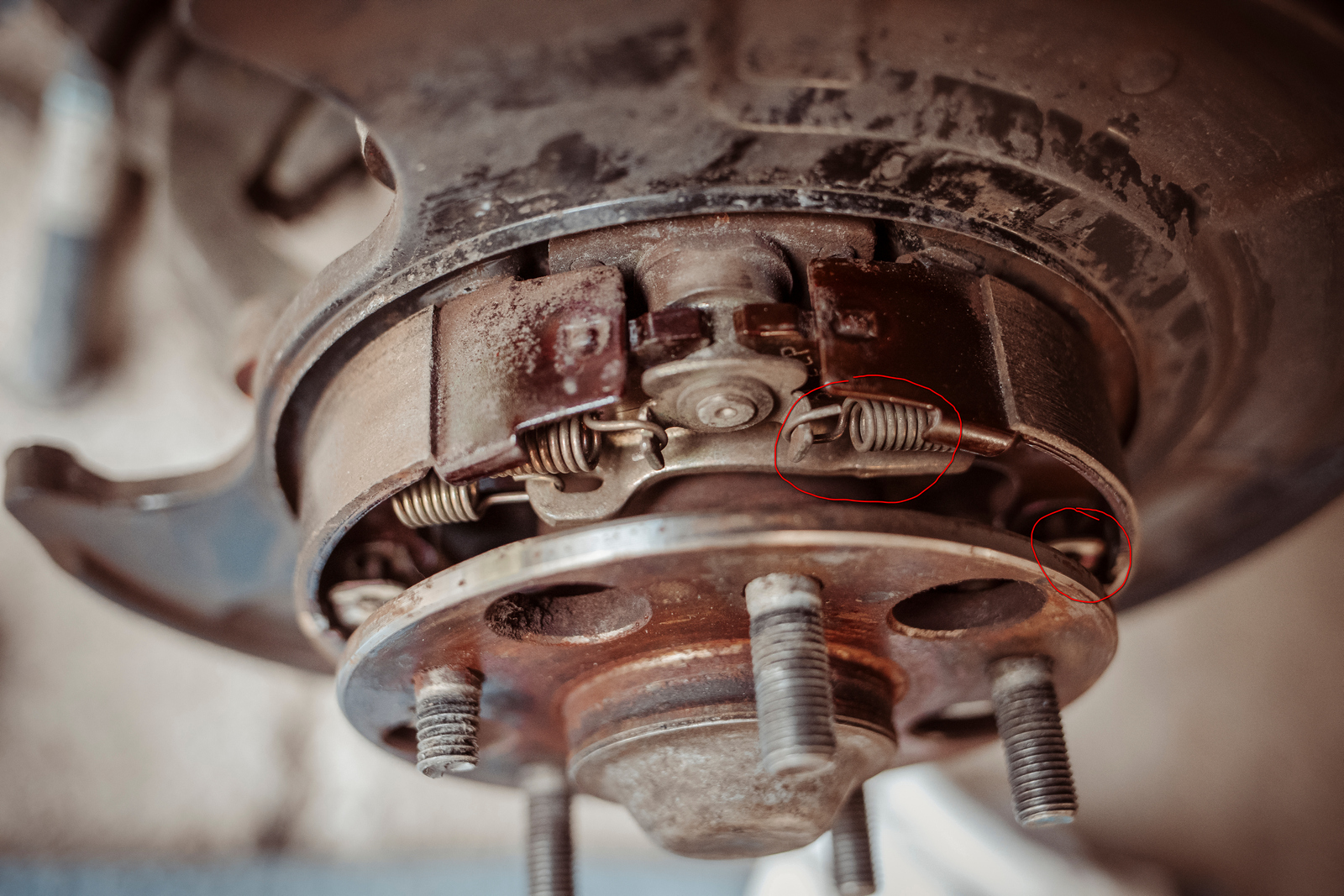
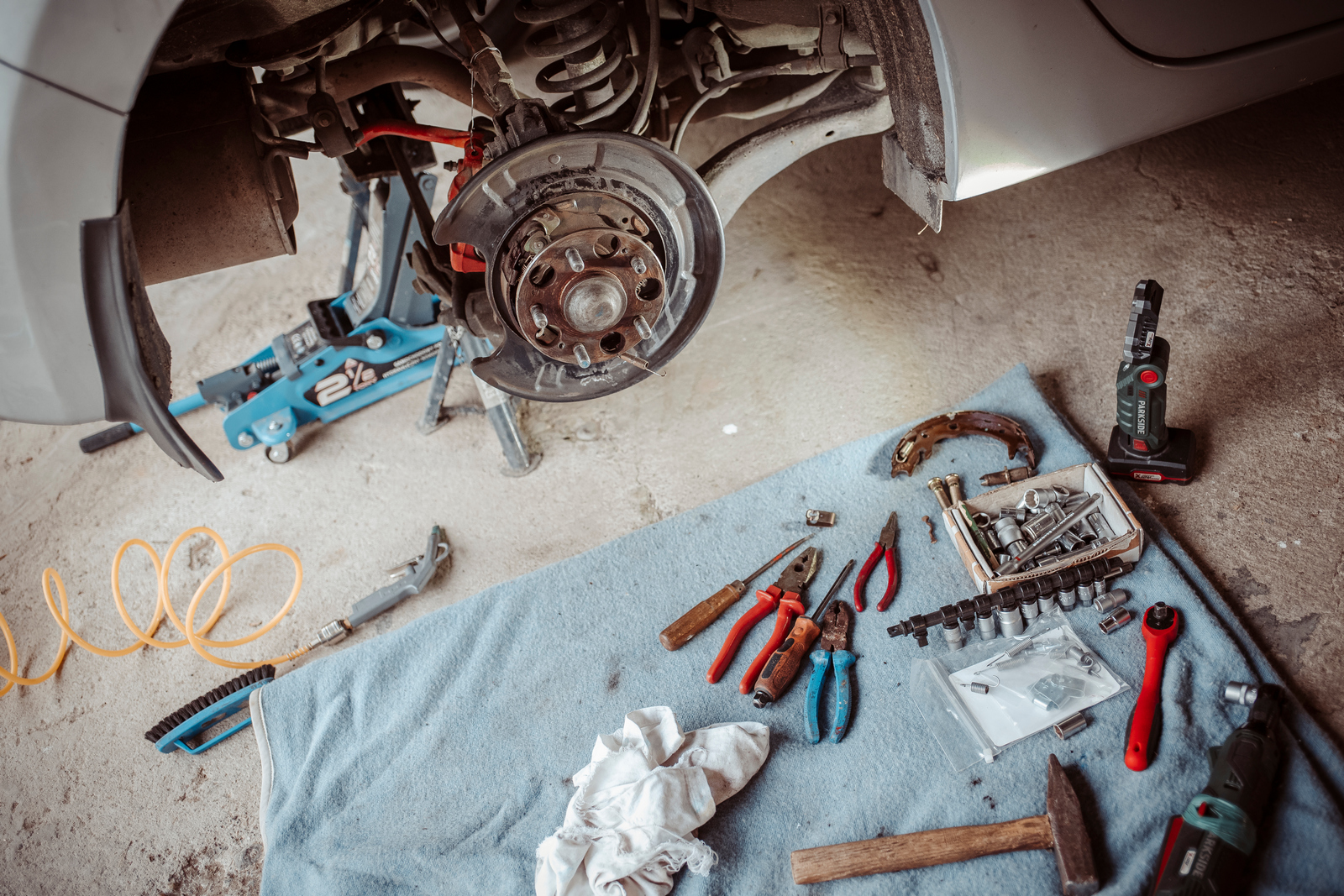
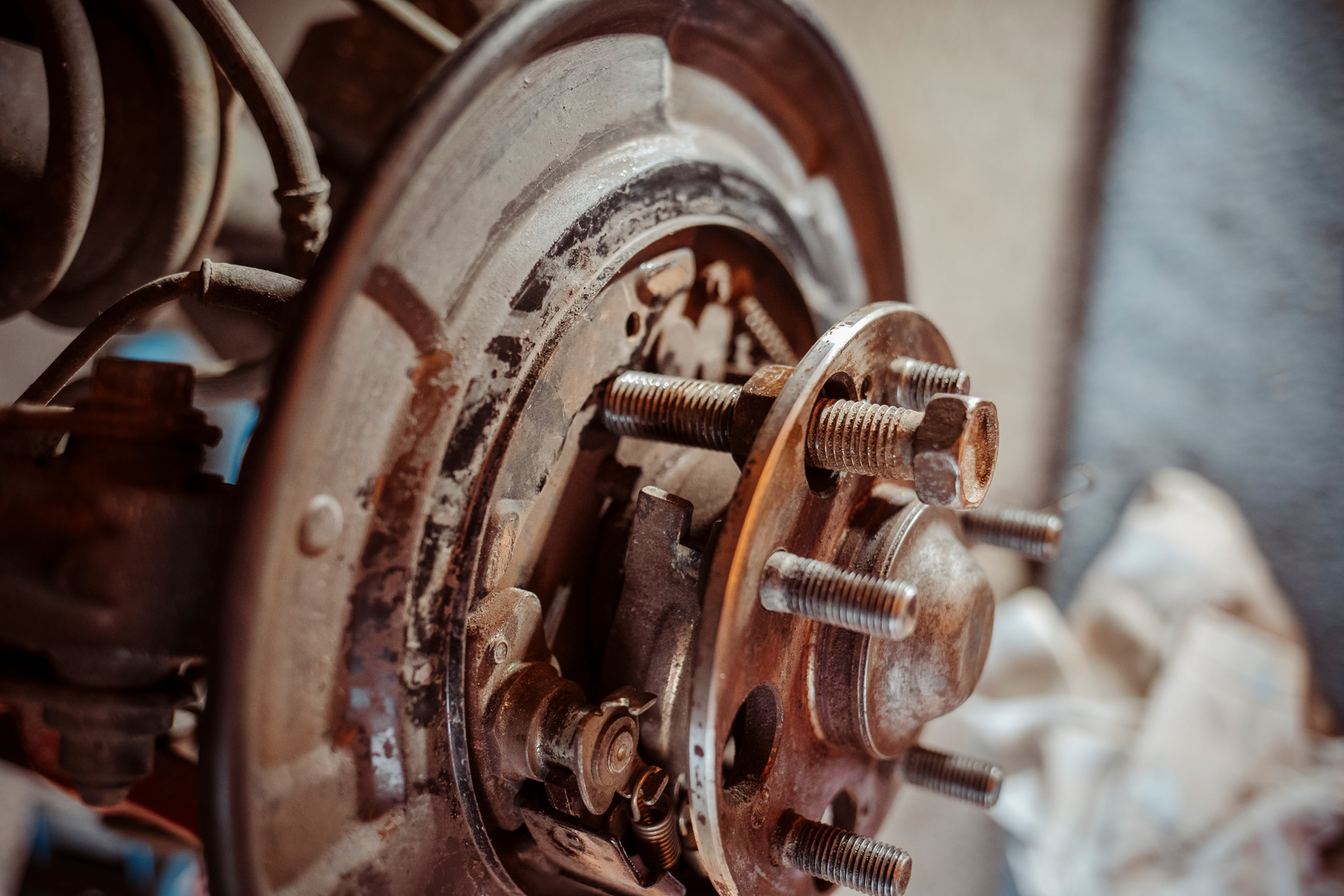
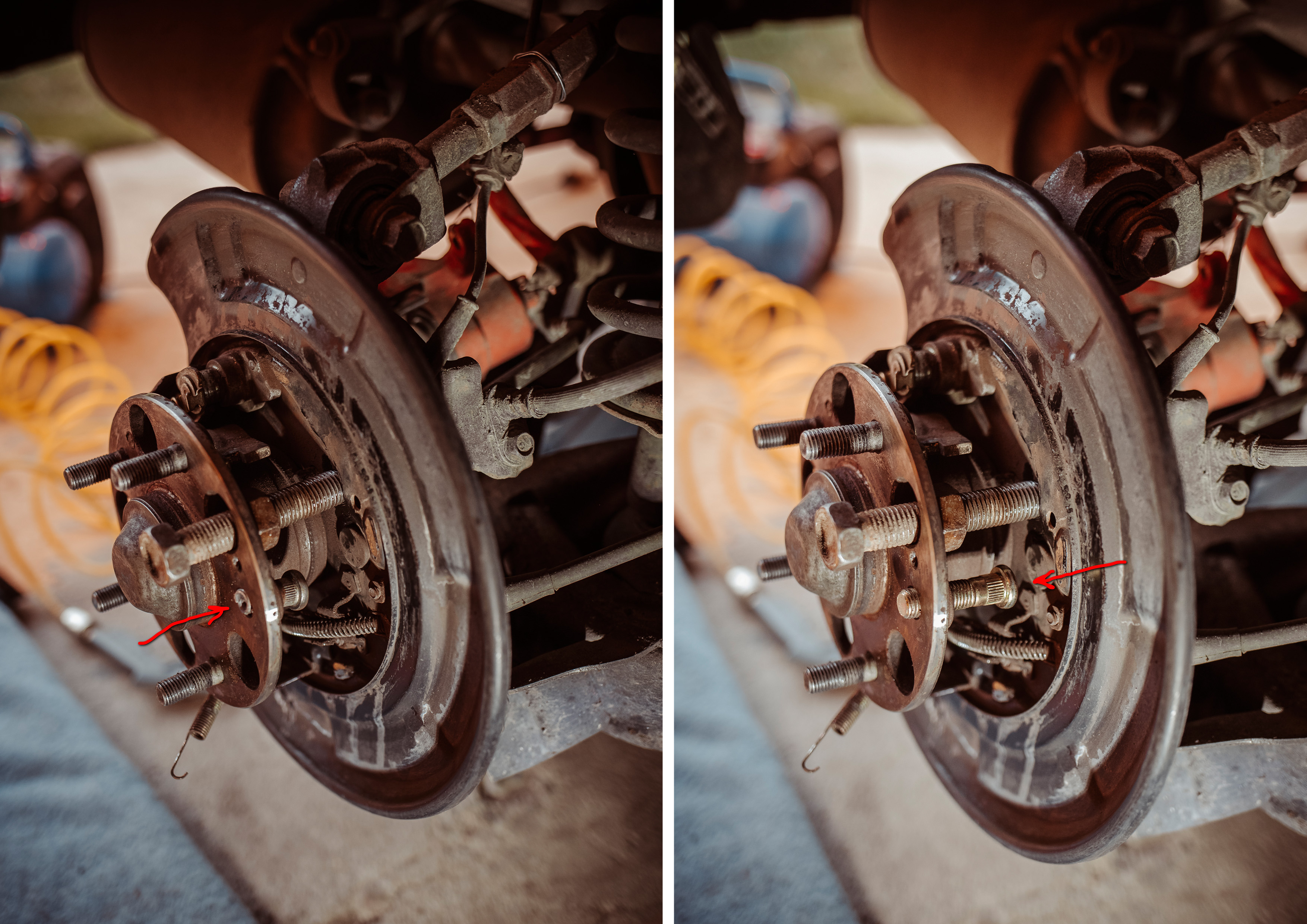
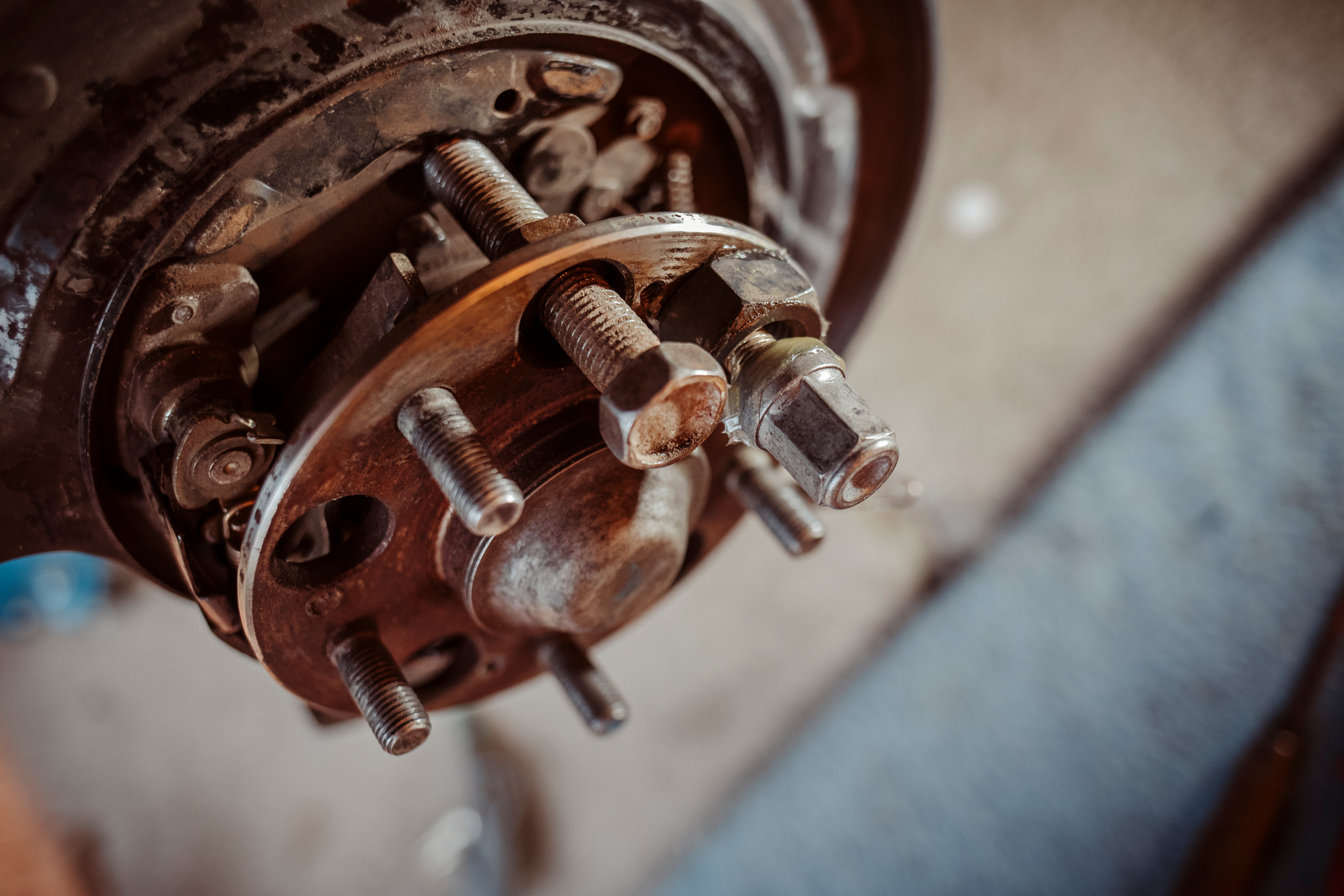
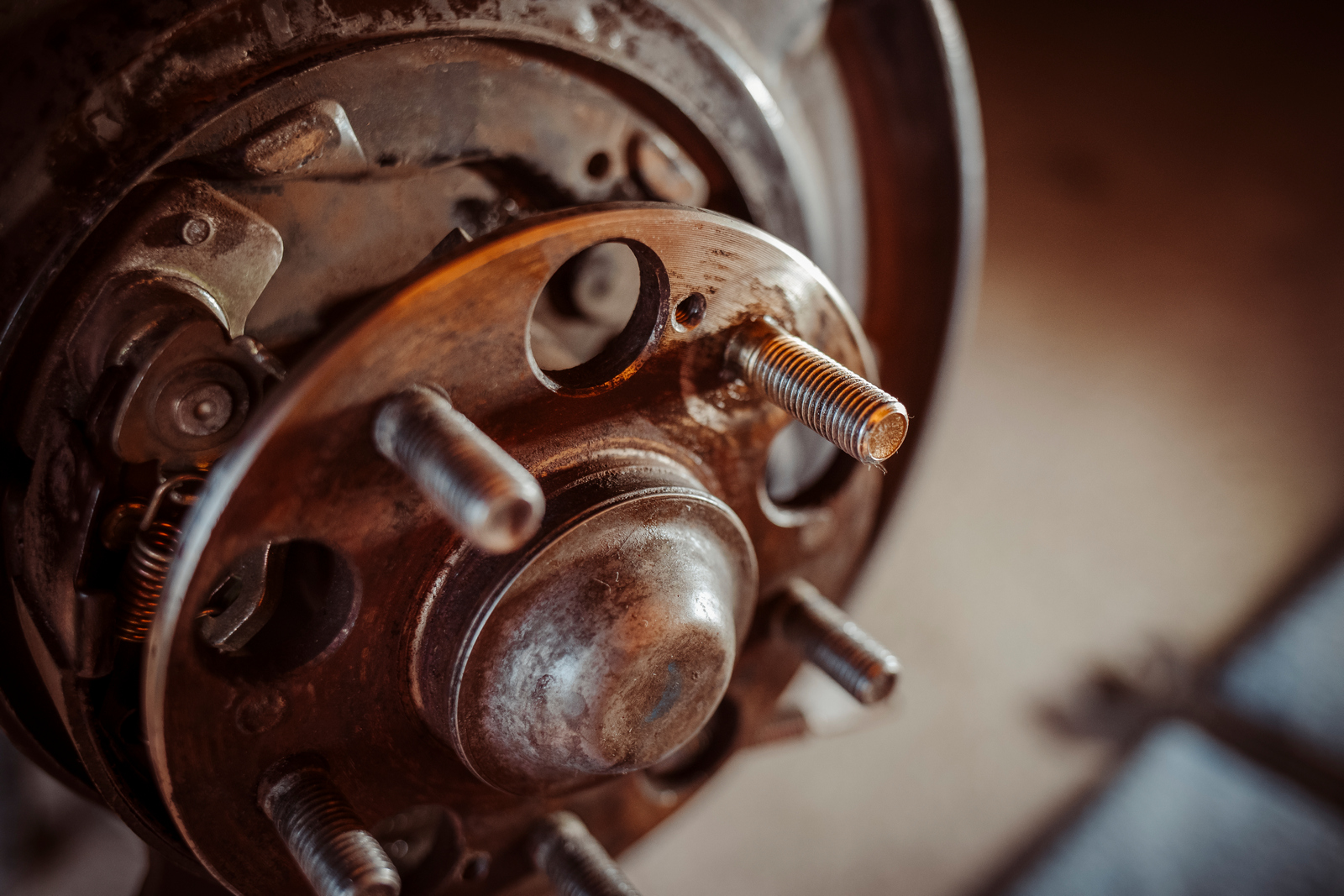
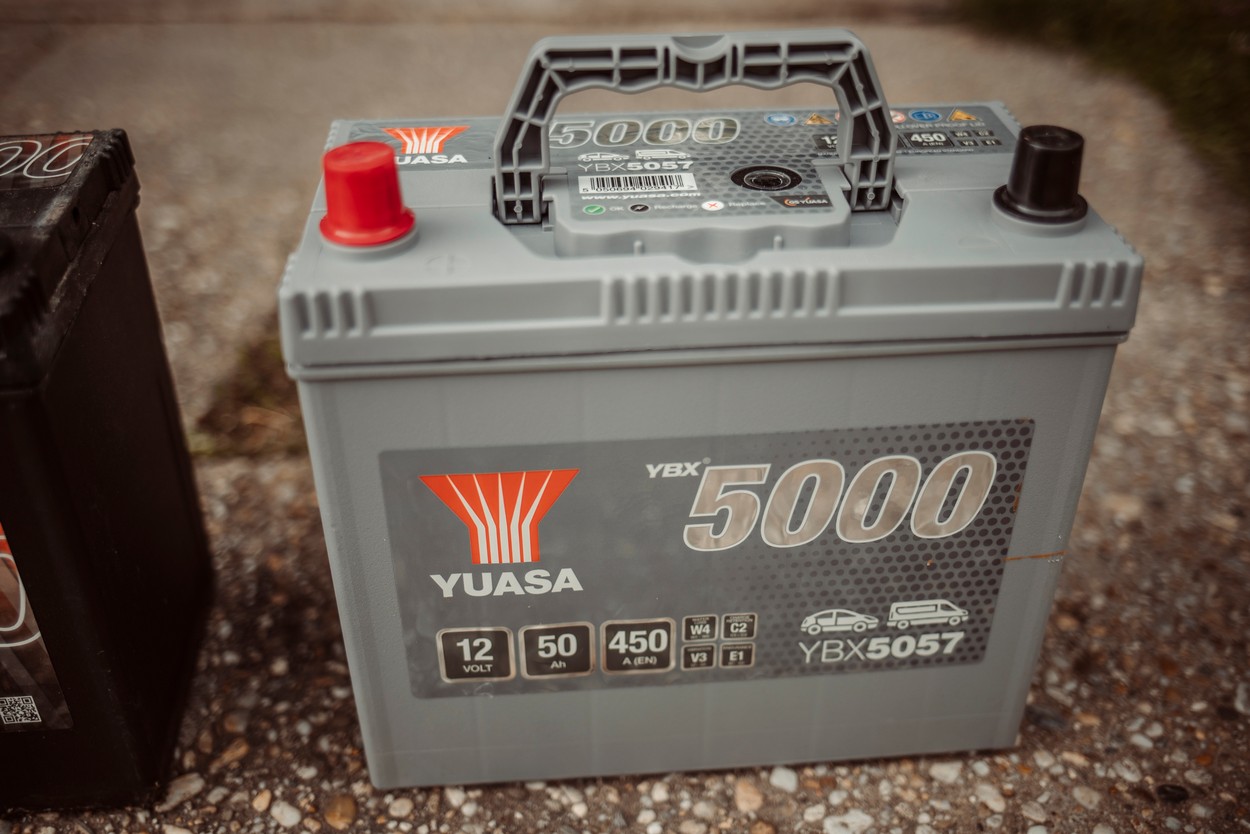
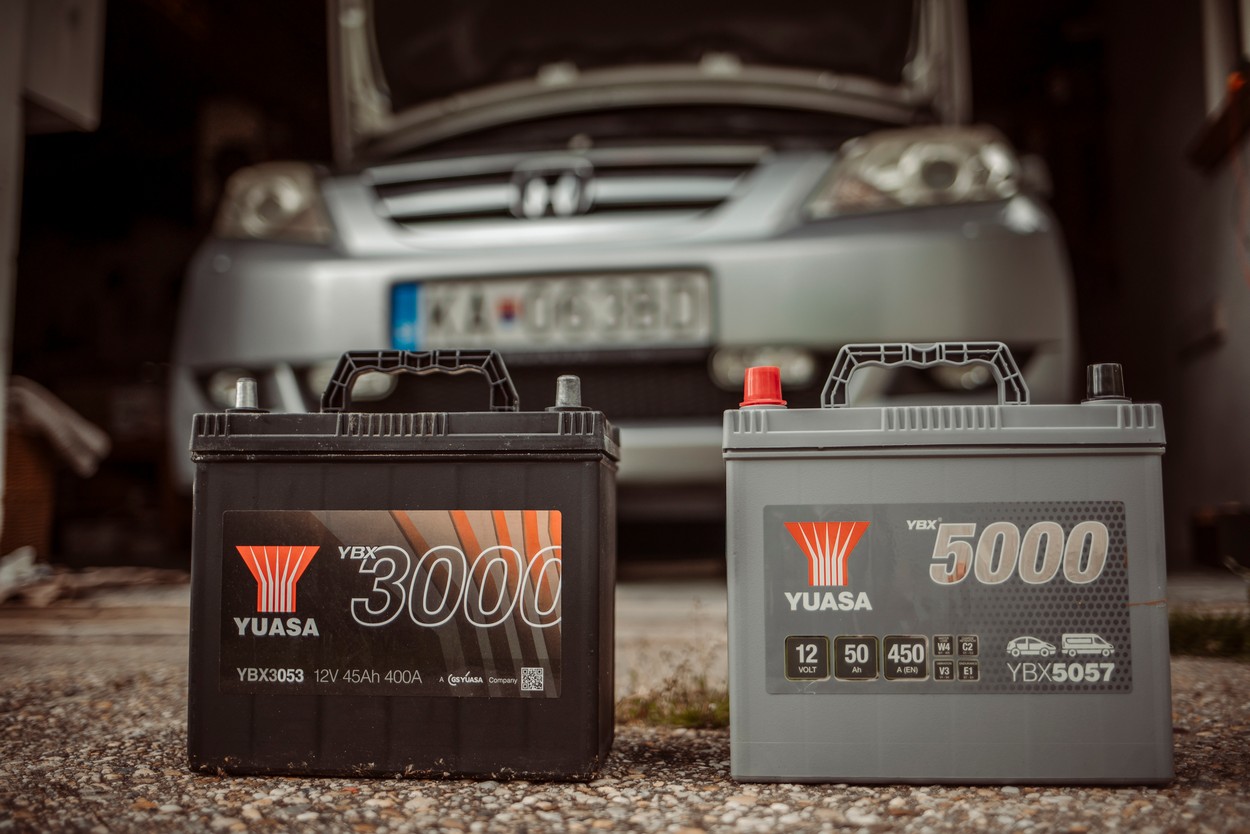
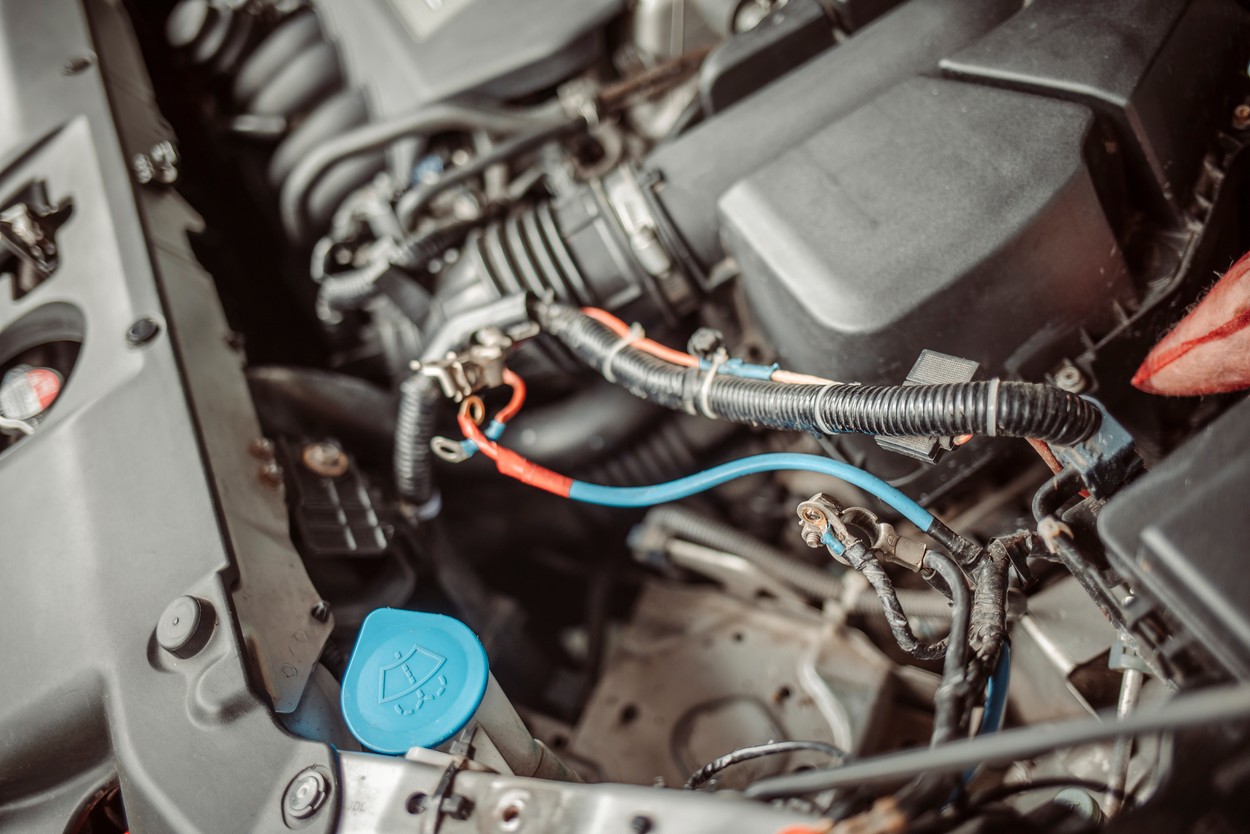
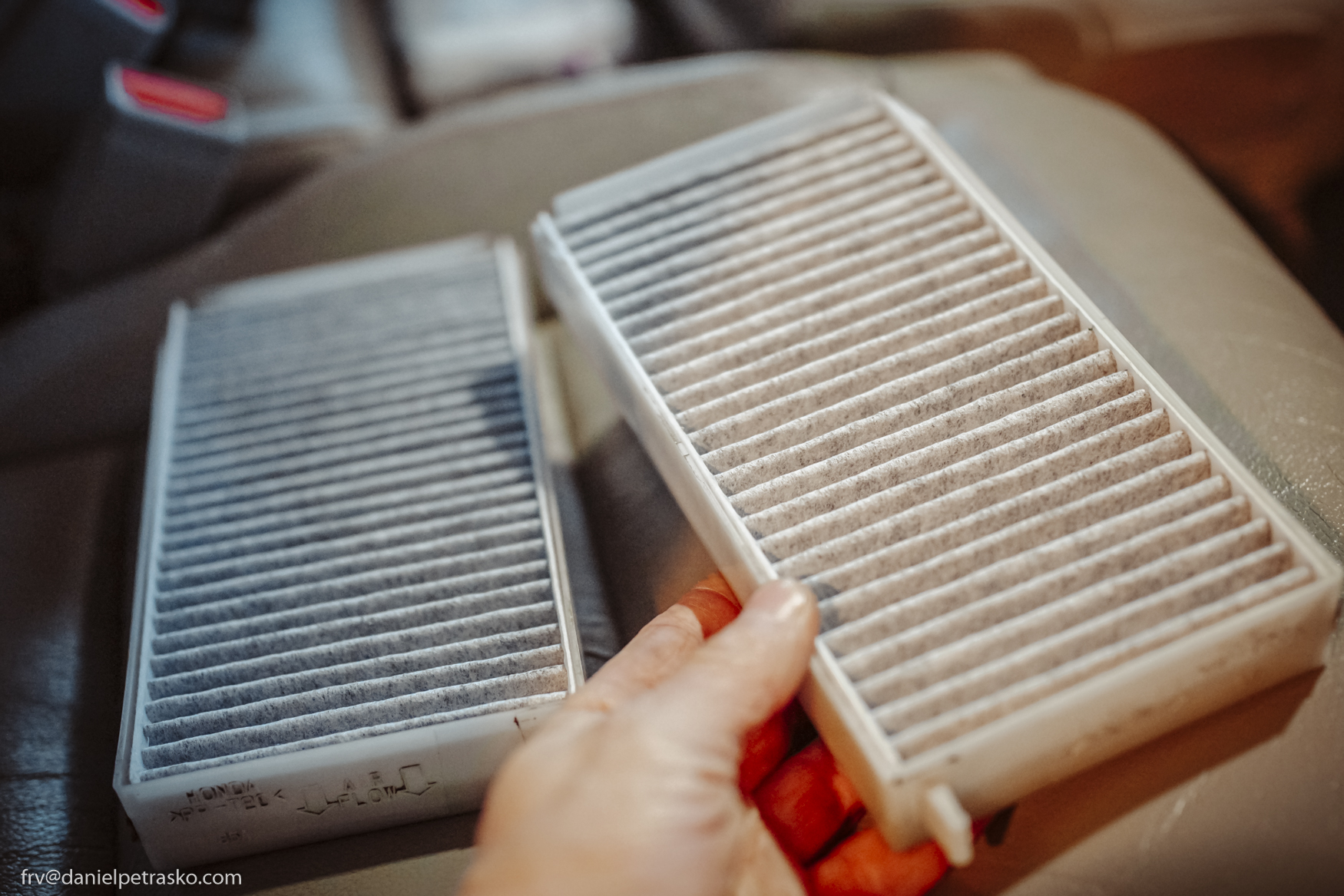
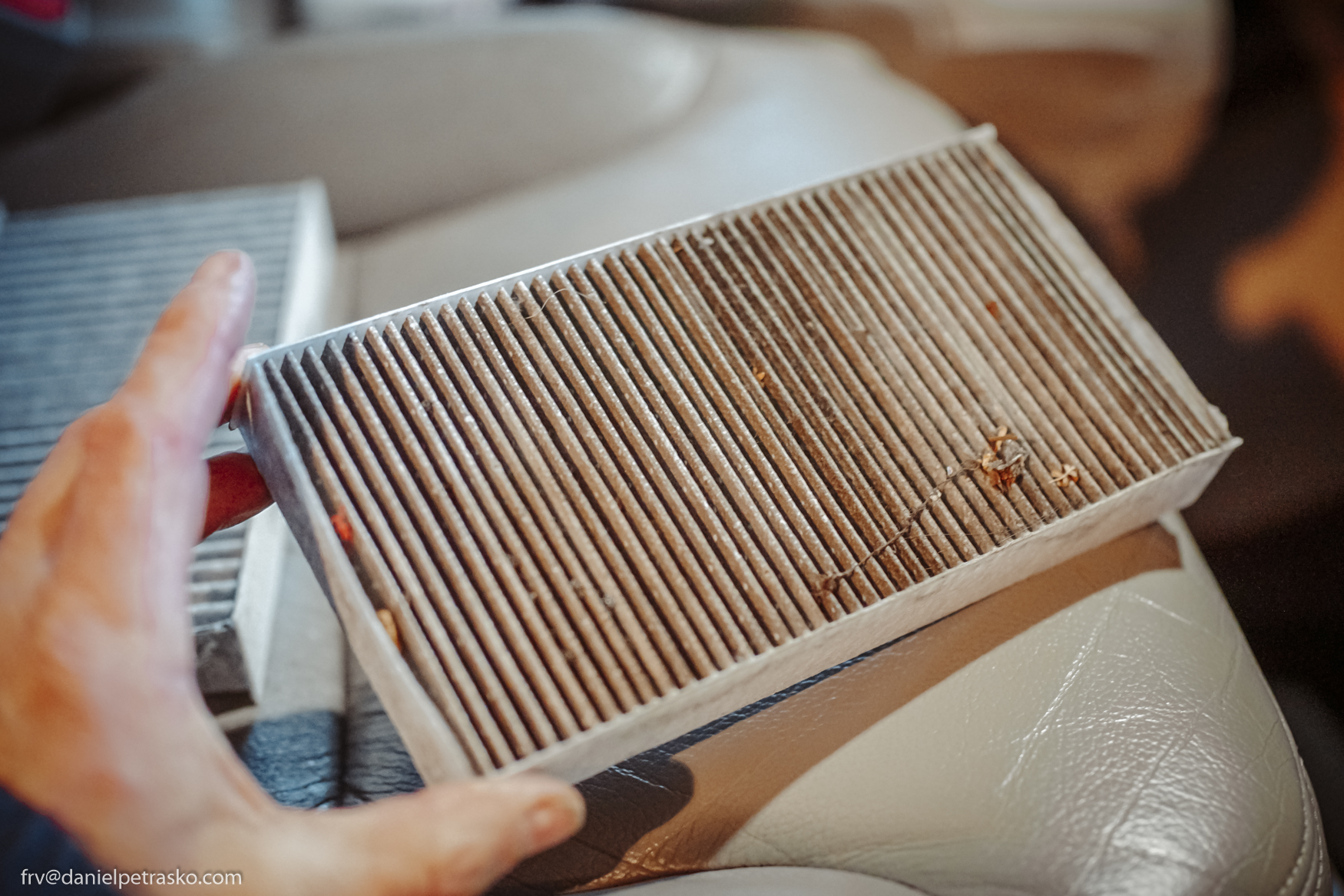
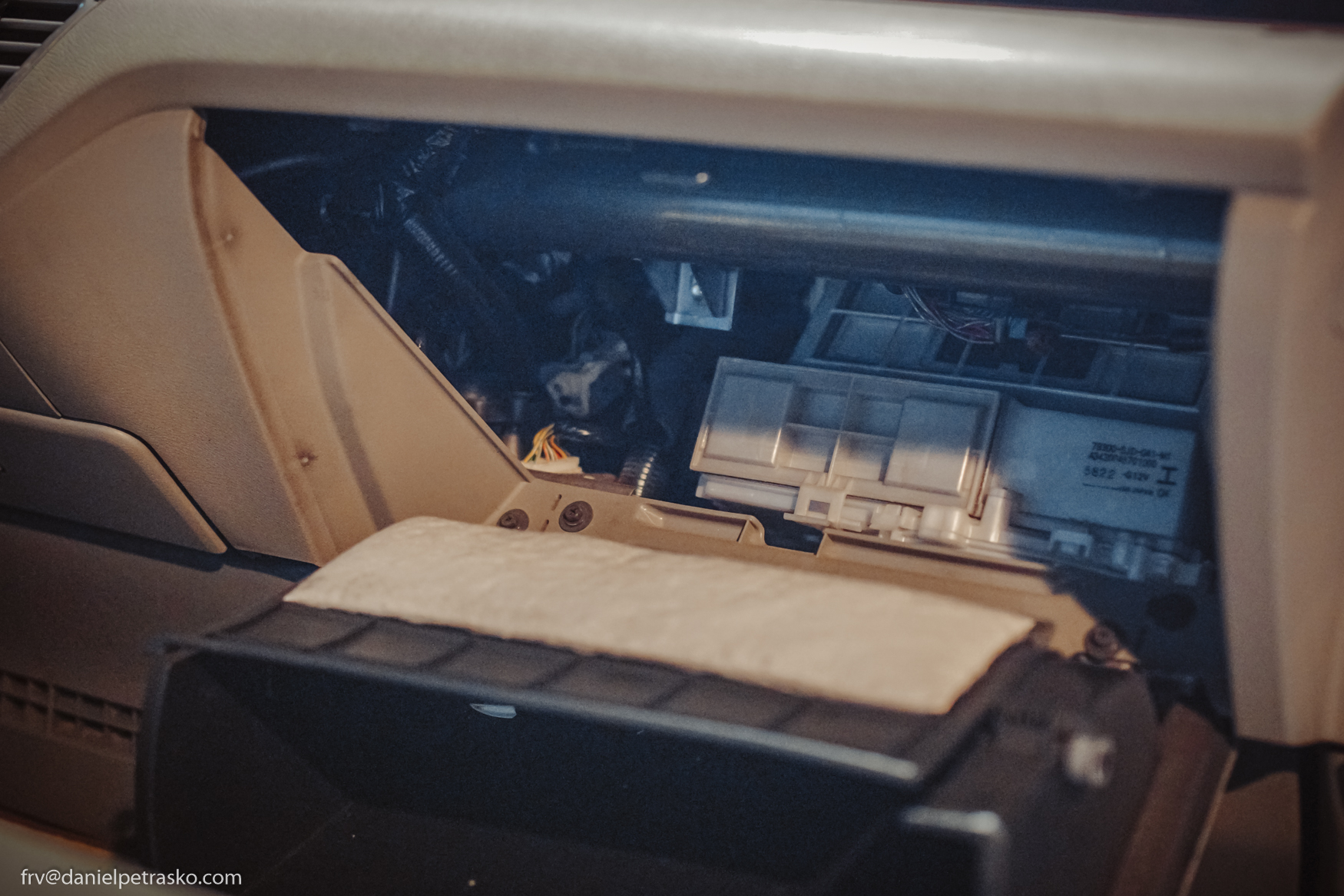
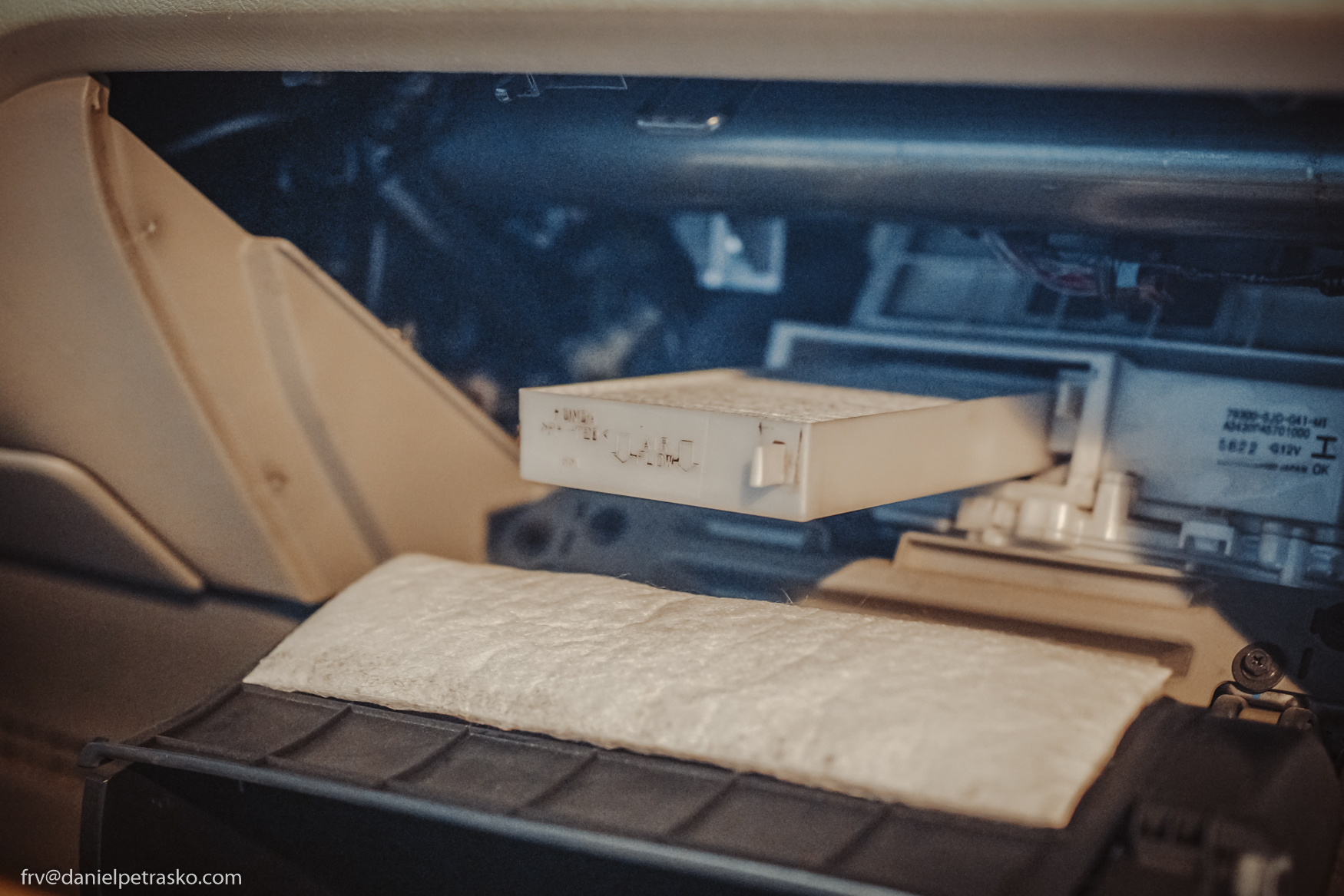
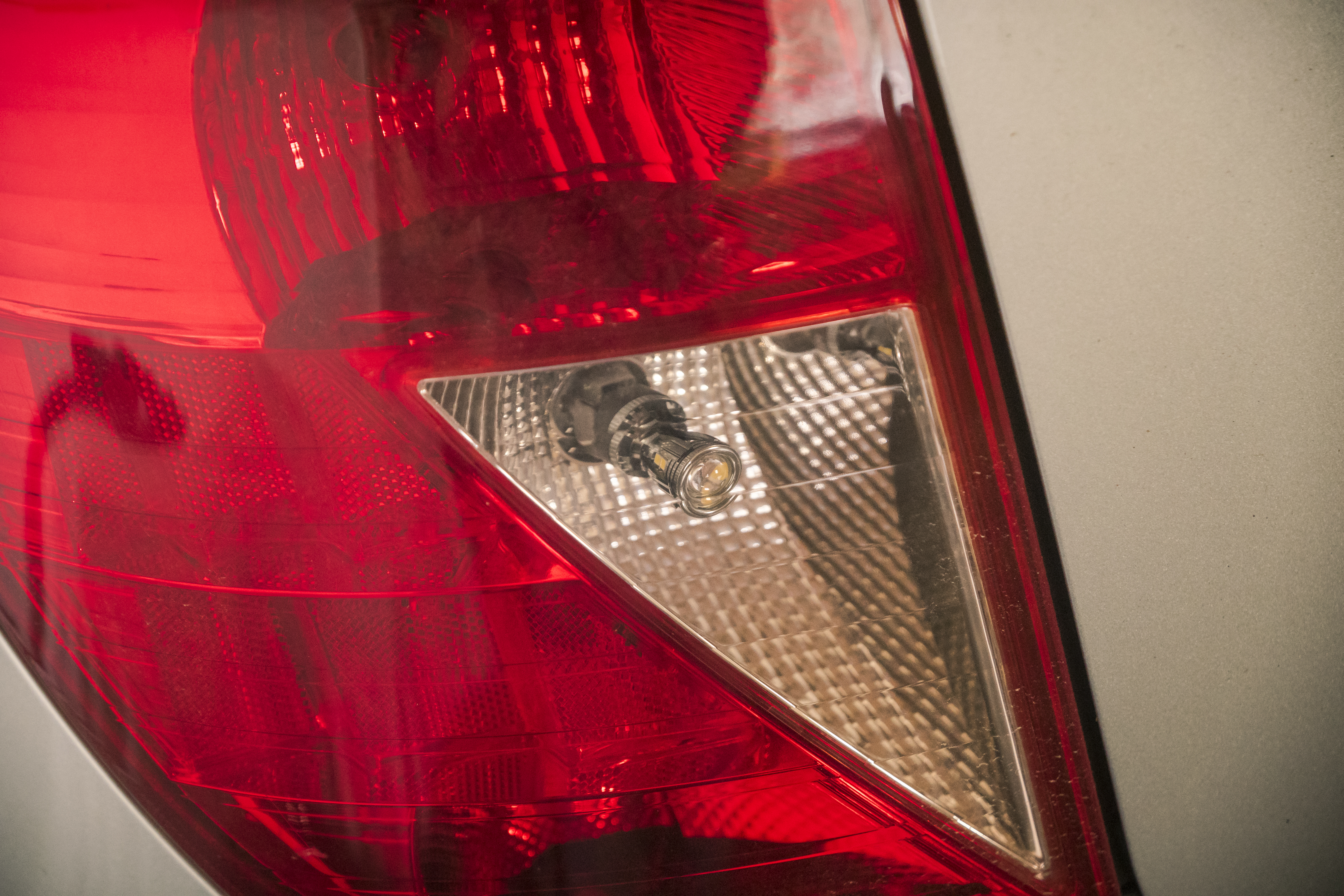
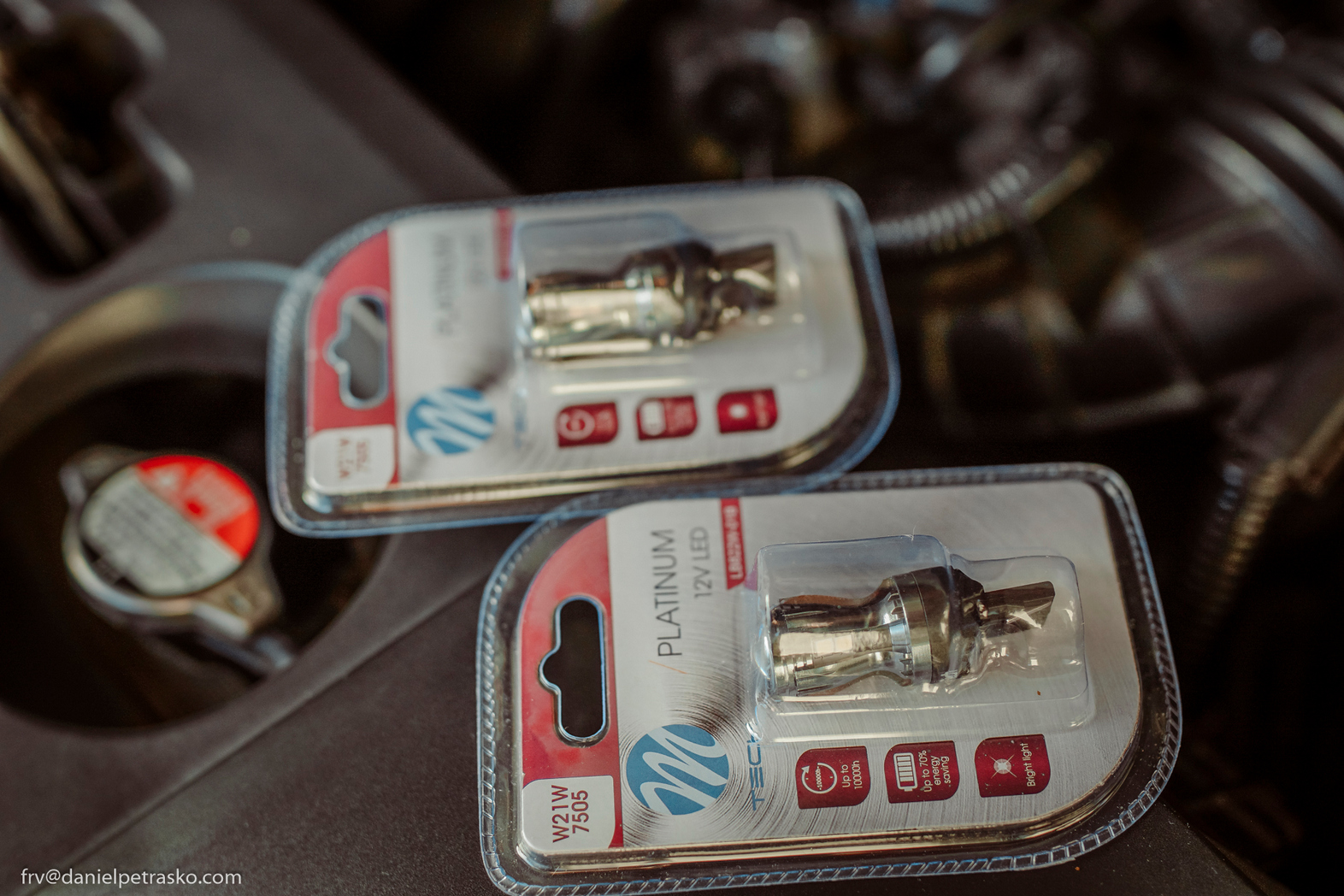
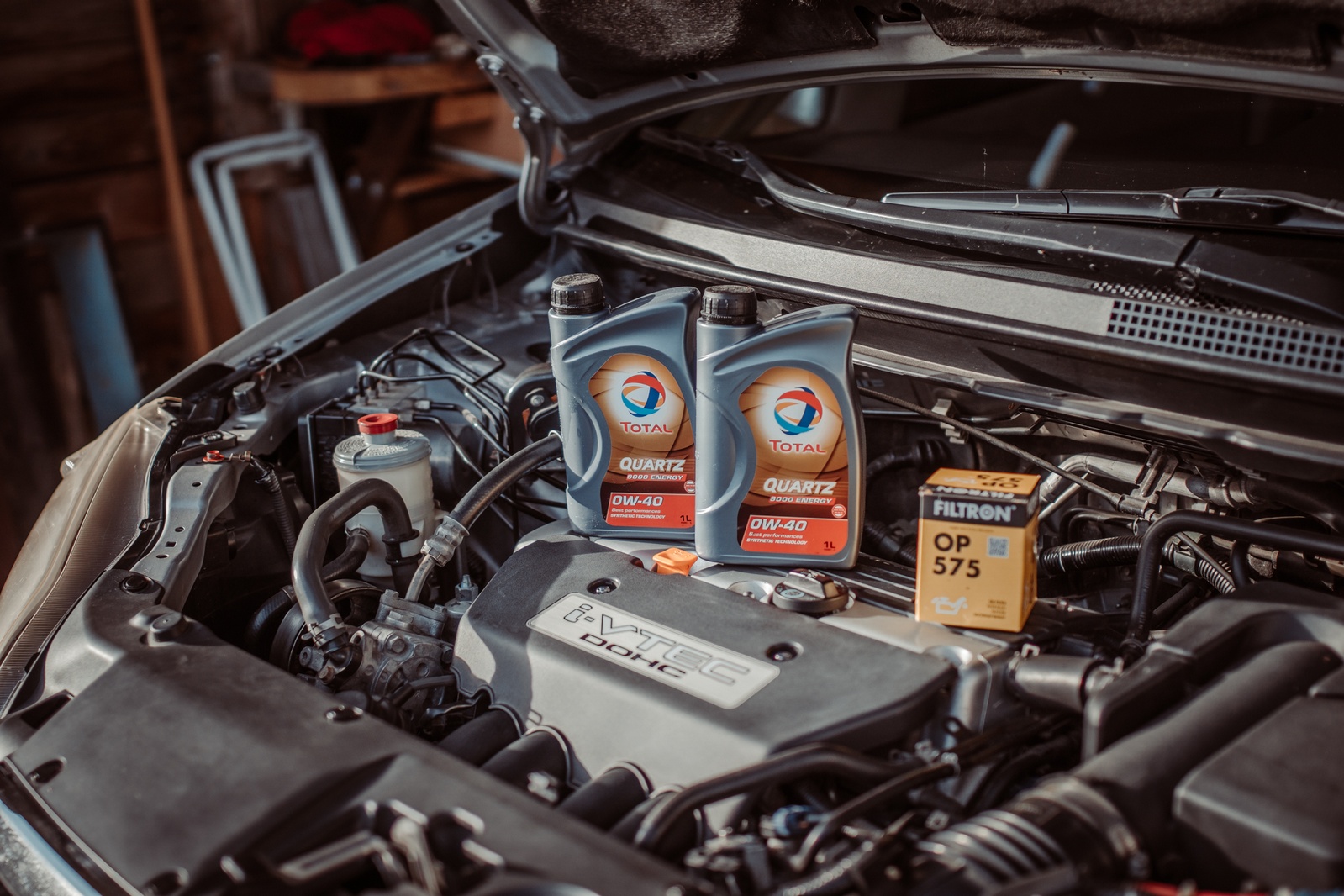
I also got used to perform an eigne flush, not with every oil change but now when changing the brand and grade it makes sense. I know there is going on lot for talks against it... anyway I bought a 1Lbottle of LIQUI MOLY 2425 Engine flush and 8 liters of cheap 5w30 - Fanfaro Korean cars 7614, 2 cheaper oil filters - Filtron OP575 + one "proper" one Purflux 154-RBA-F01, and a new magnetic drain bolt. All together with the new 0w40 Total oil up to 100€. By the time of doing this the bolt has not arrive yet thus I reused my old one with a new washer.
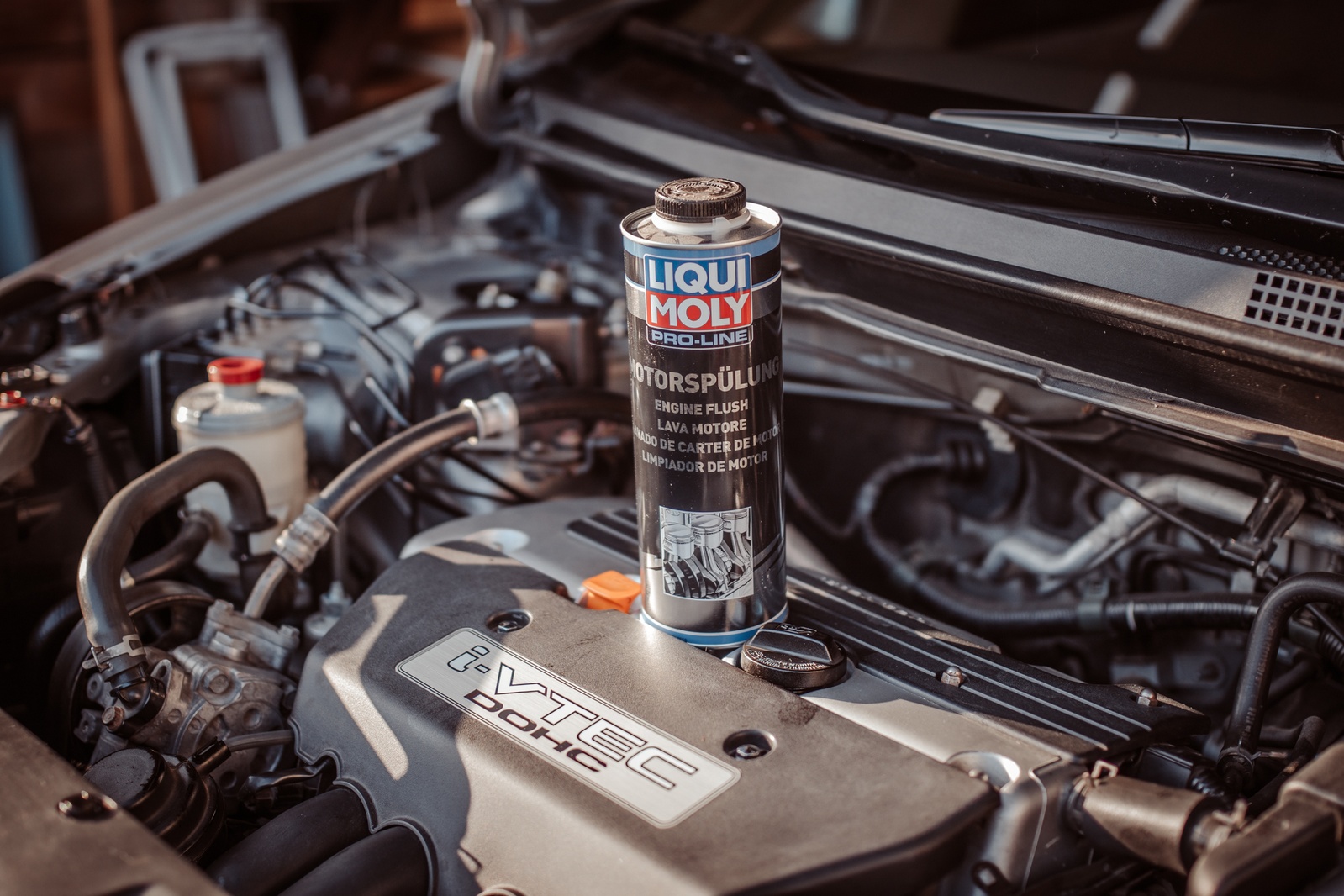
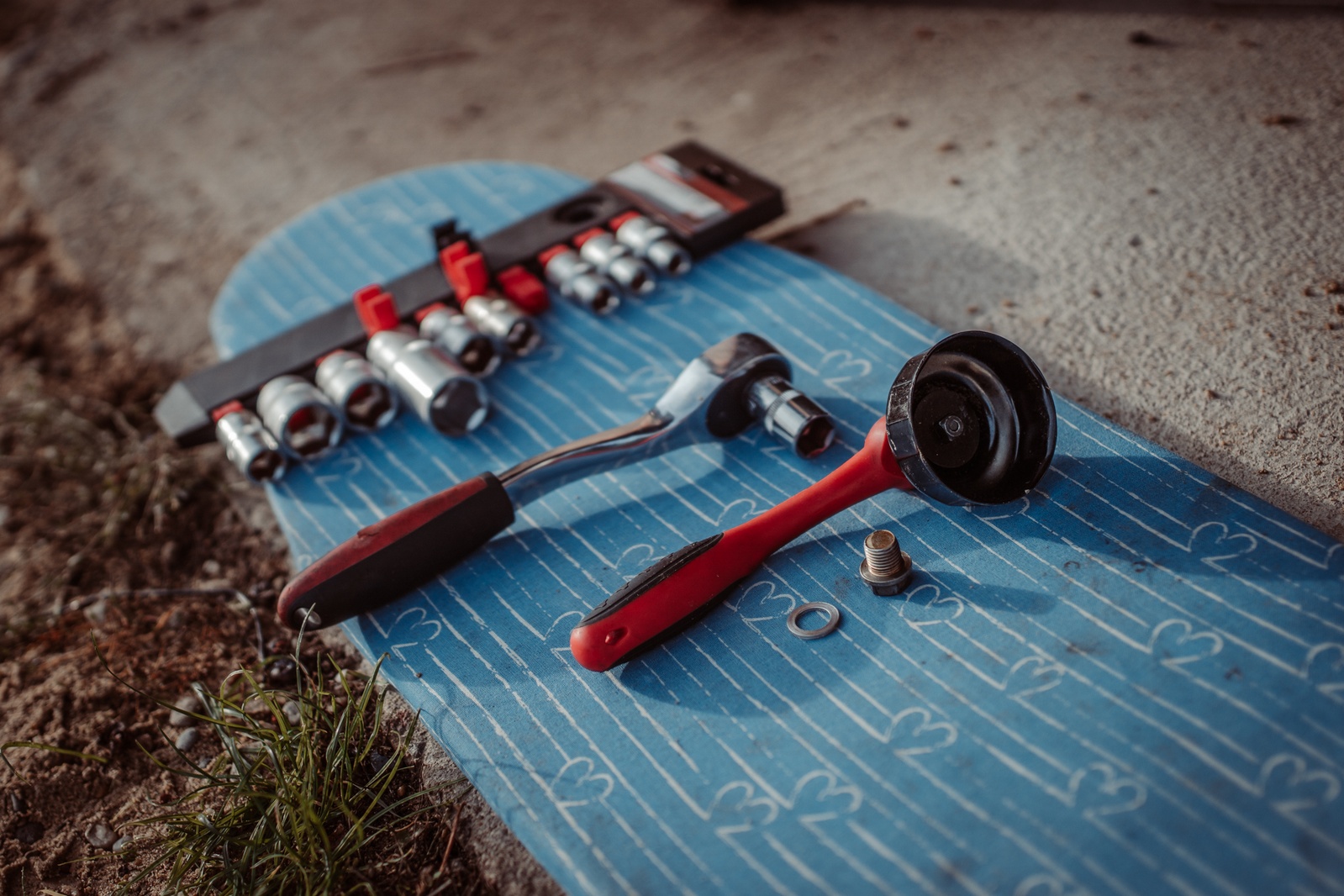
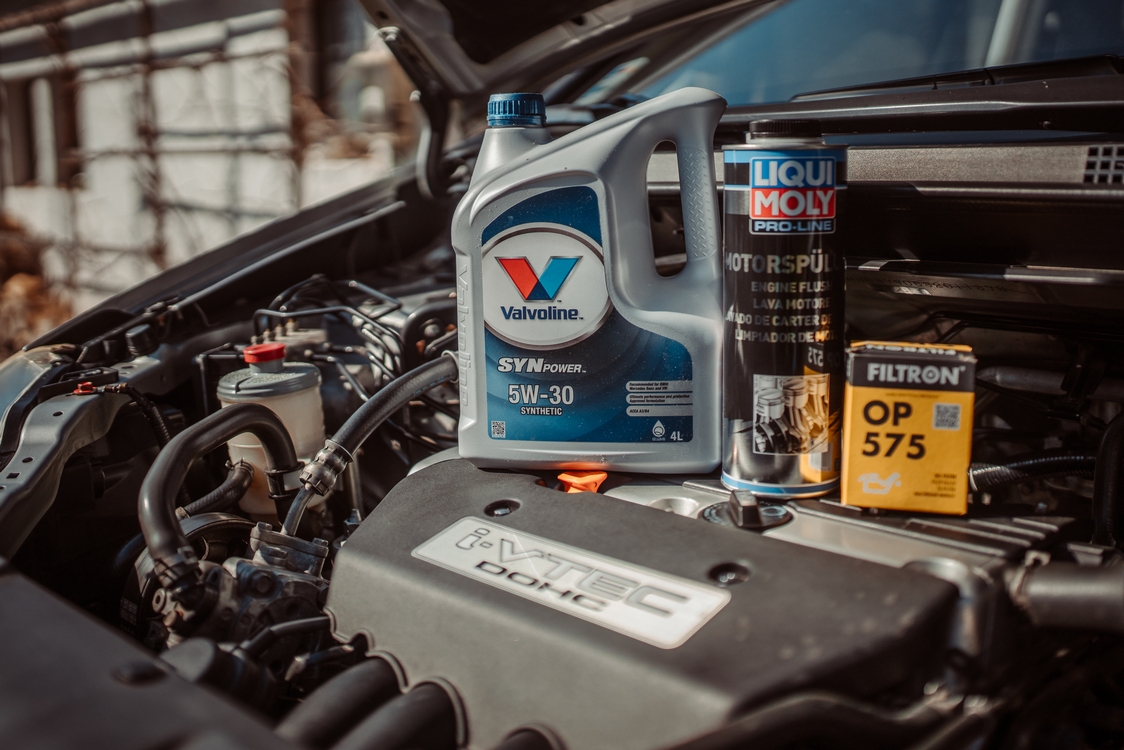
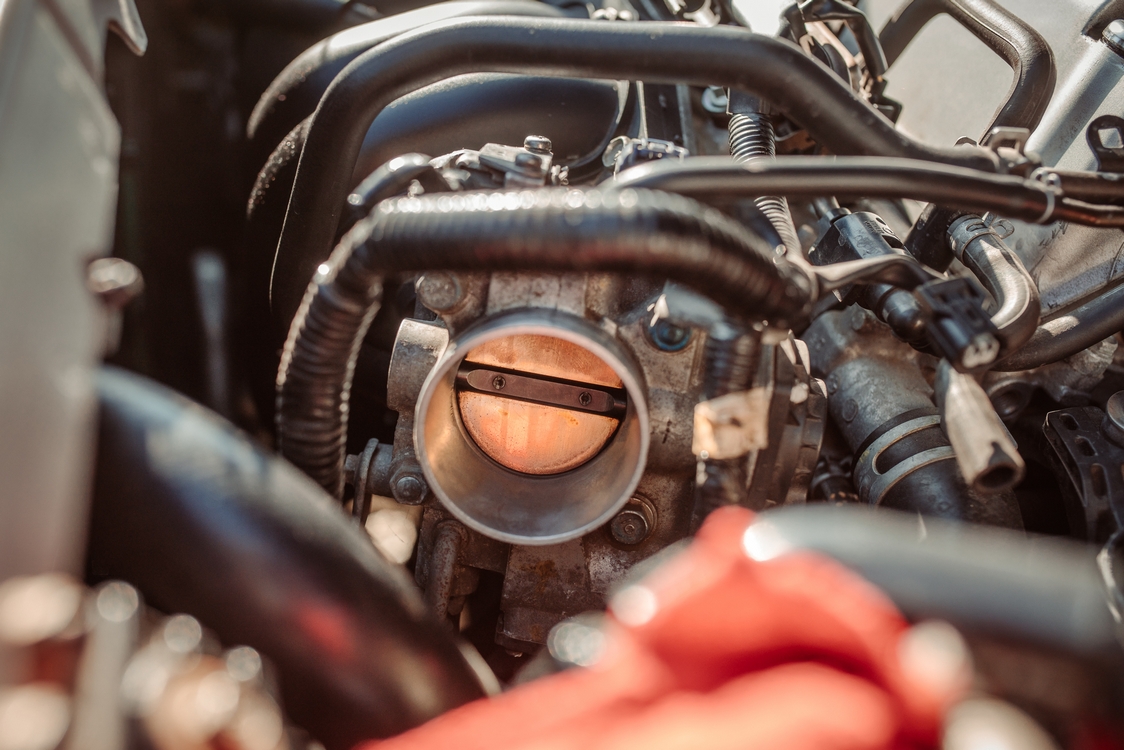
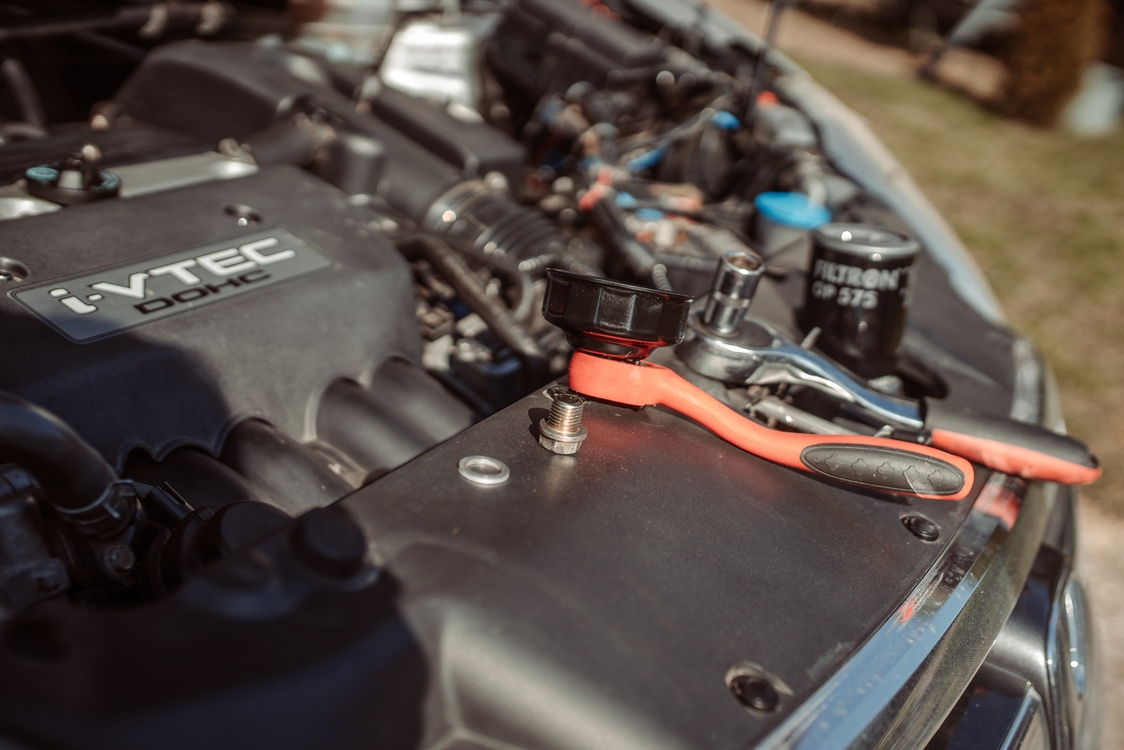
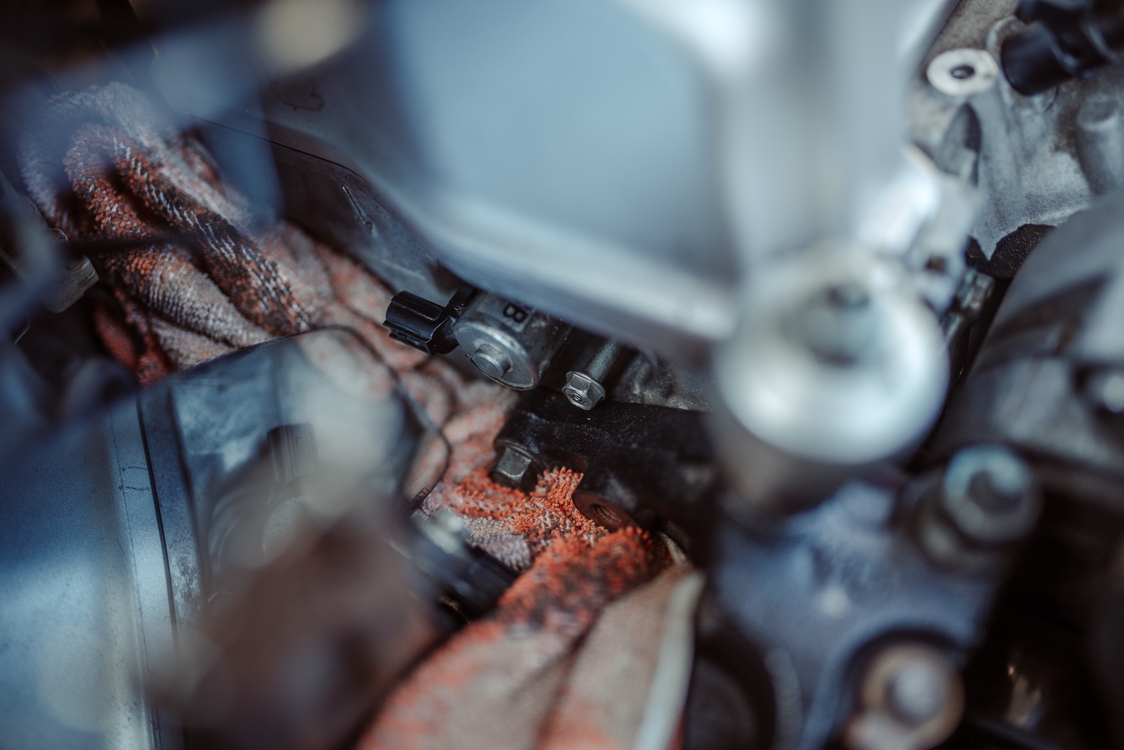

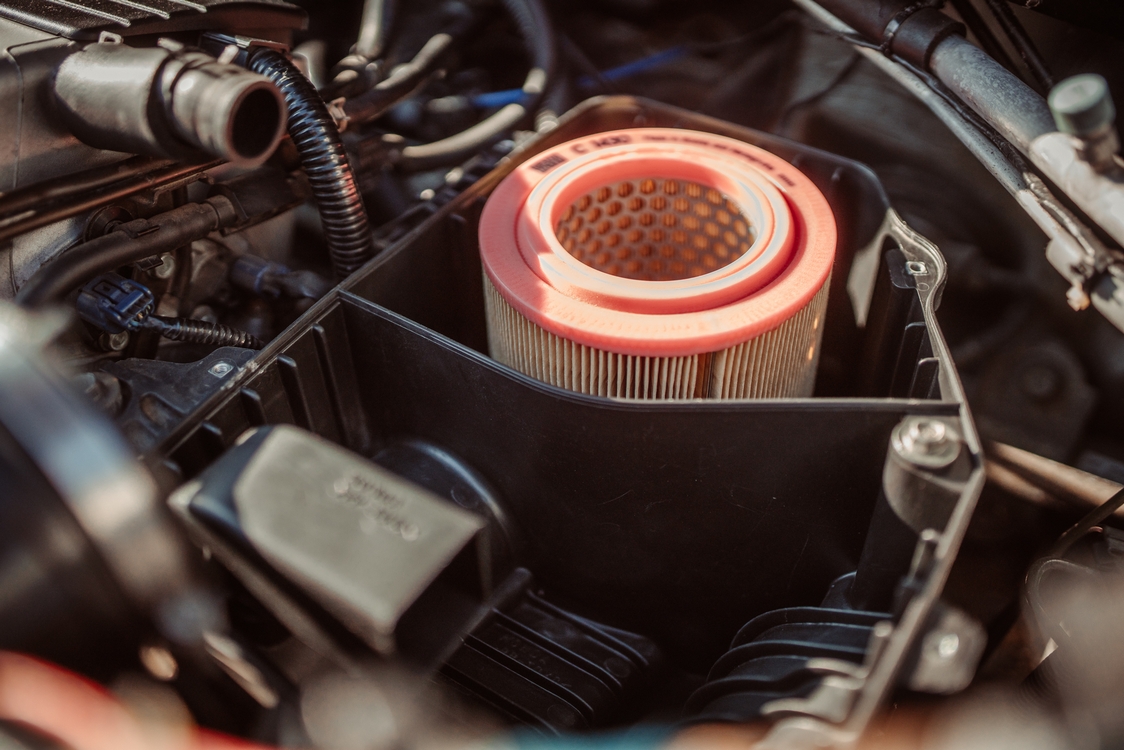
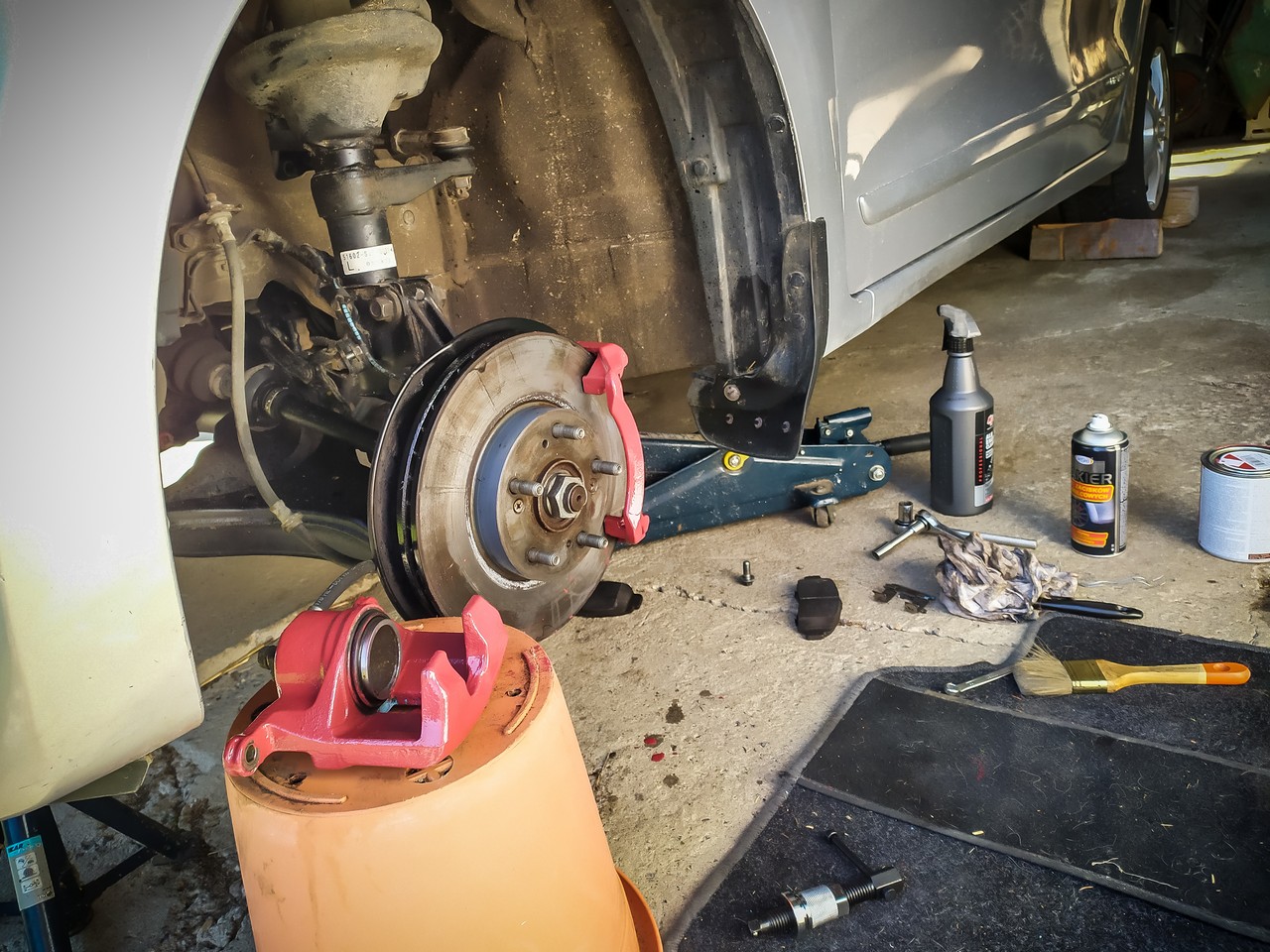
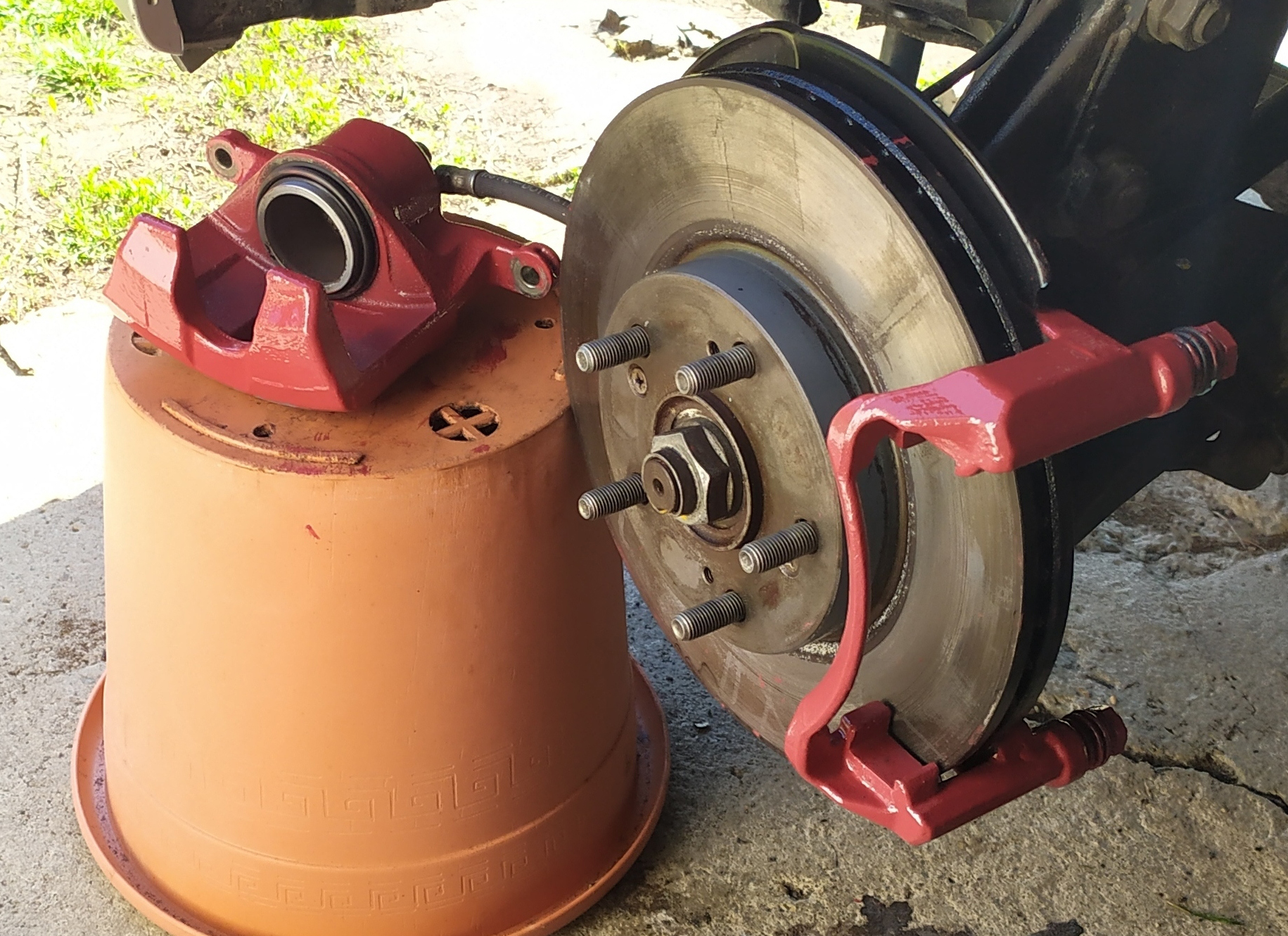
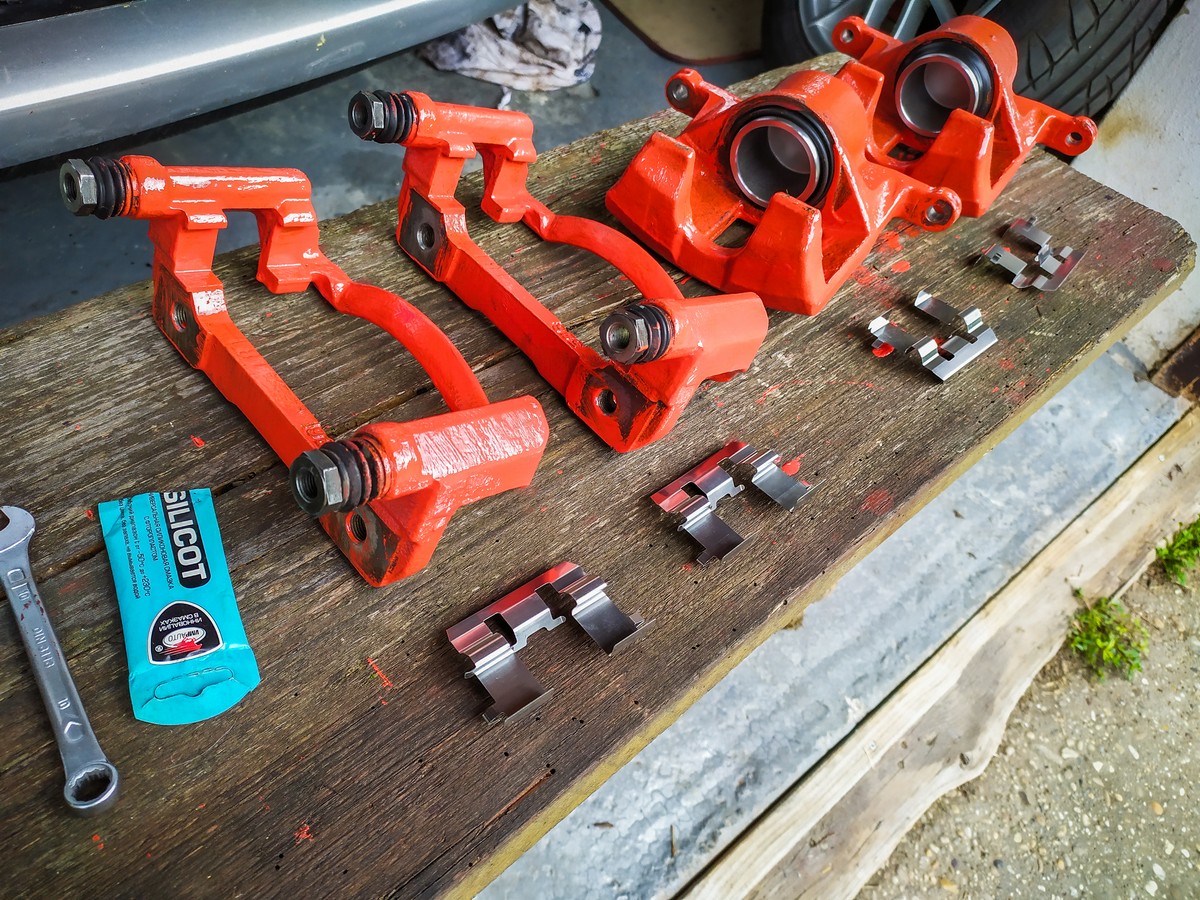
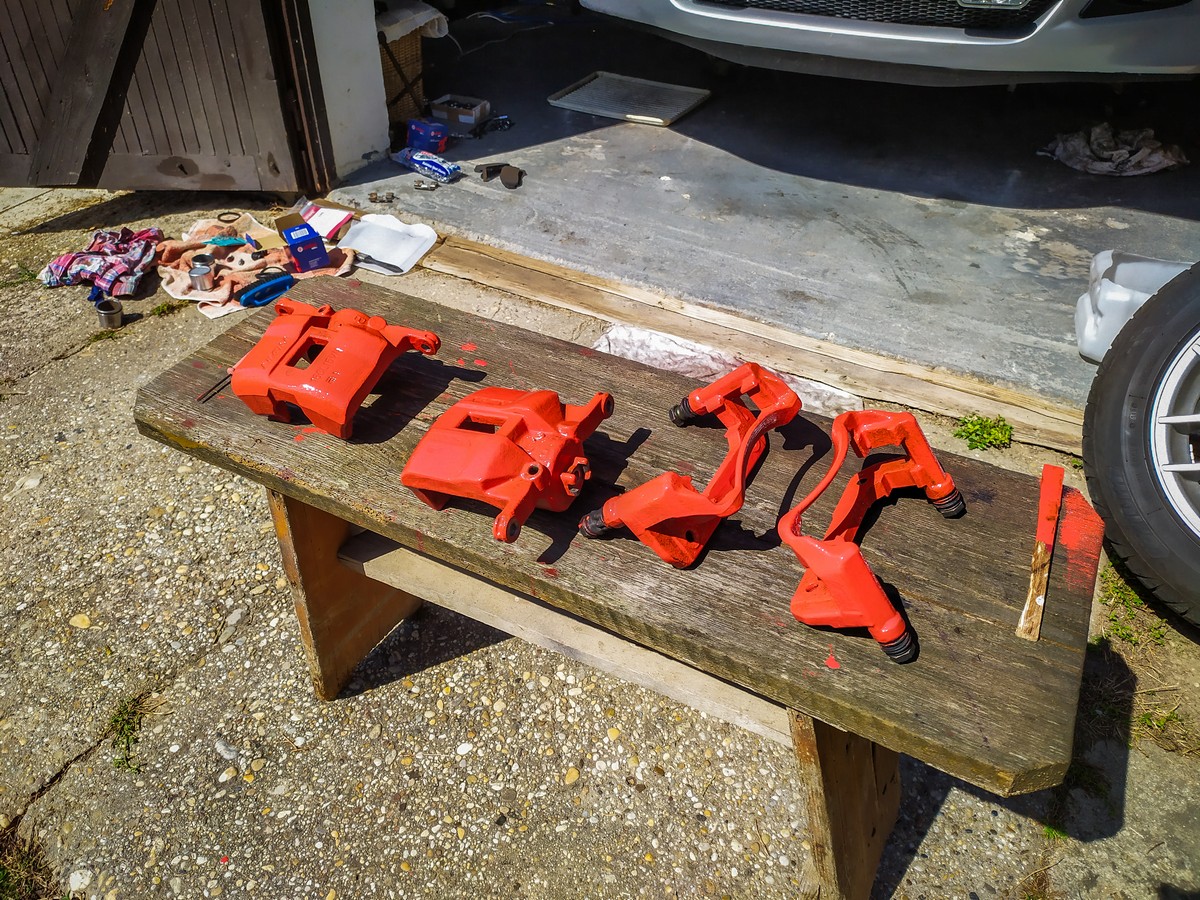
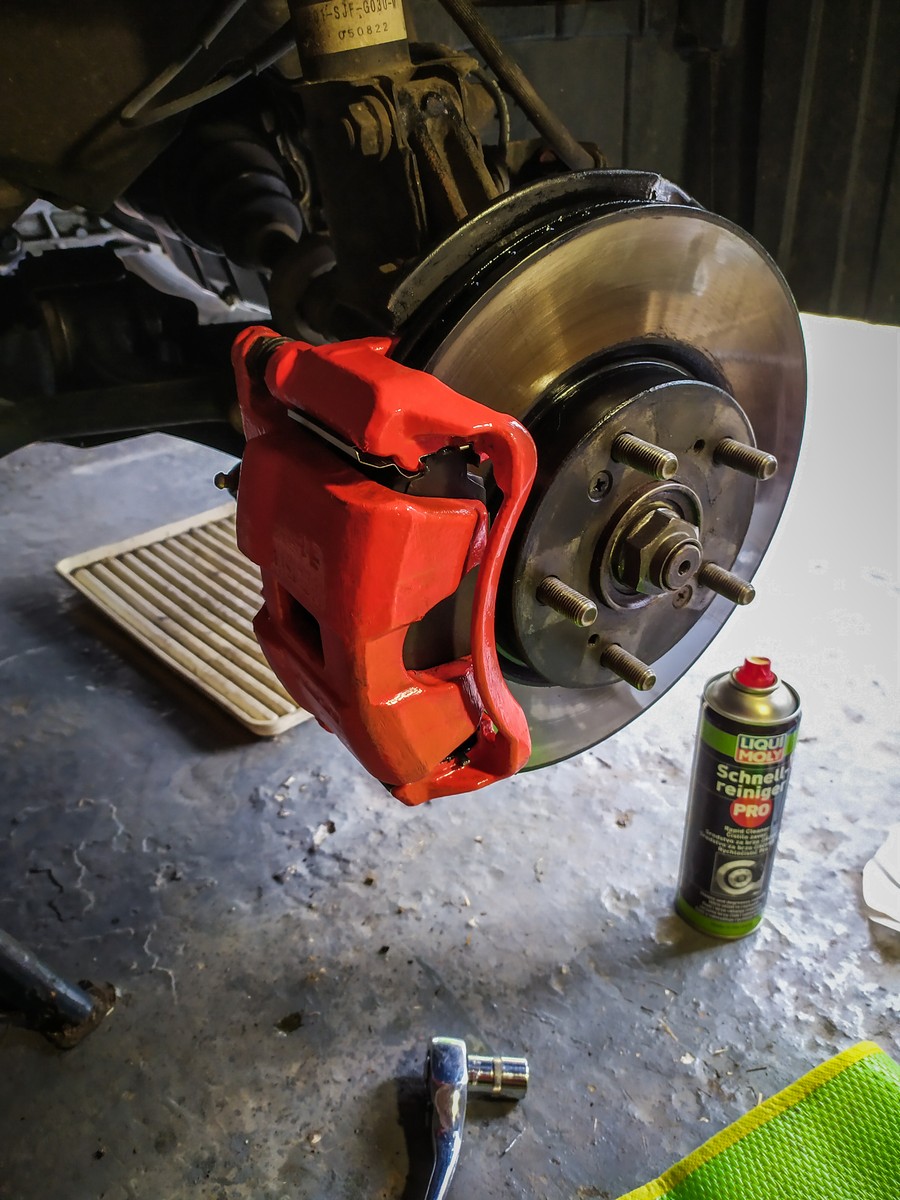

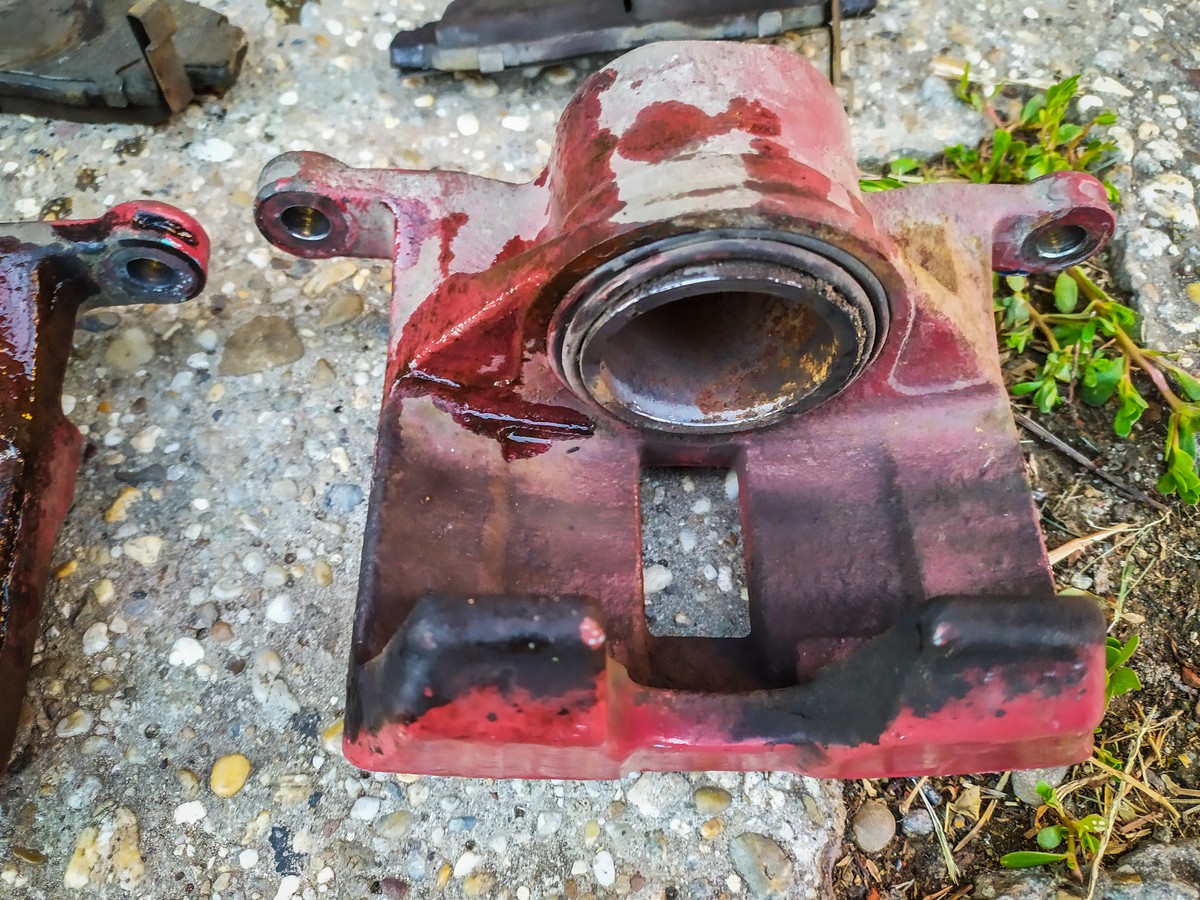
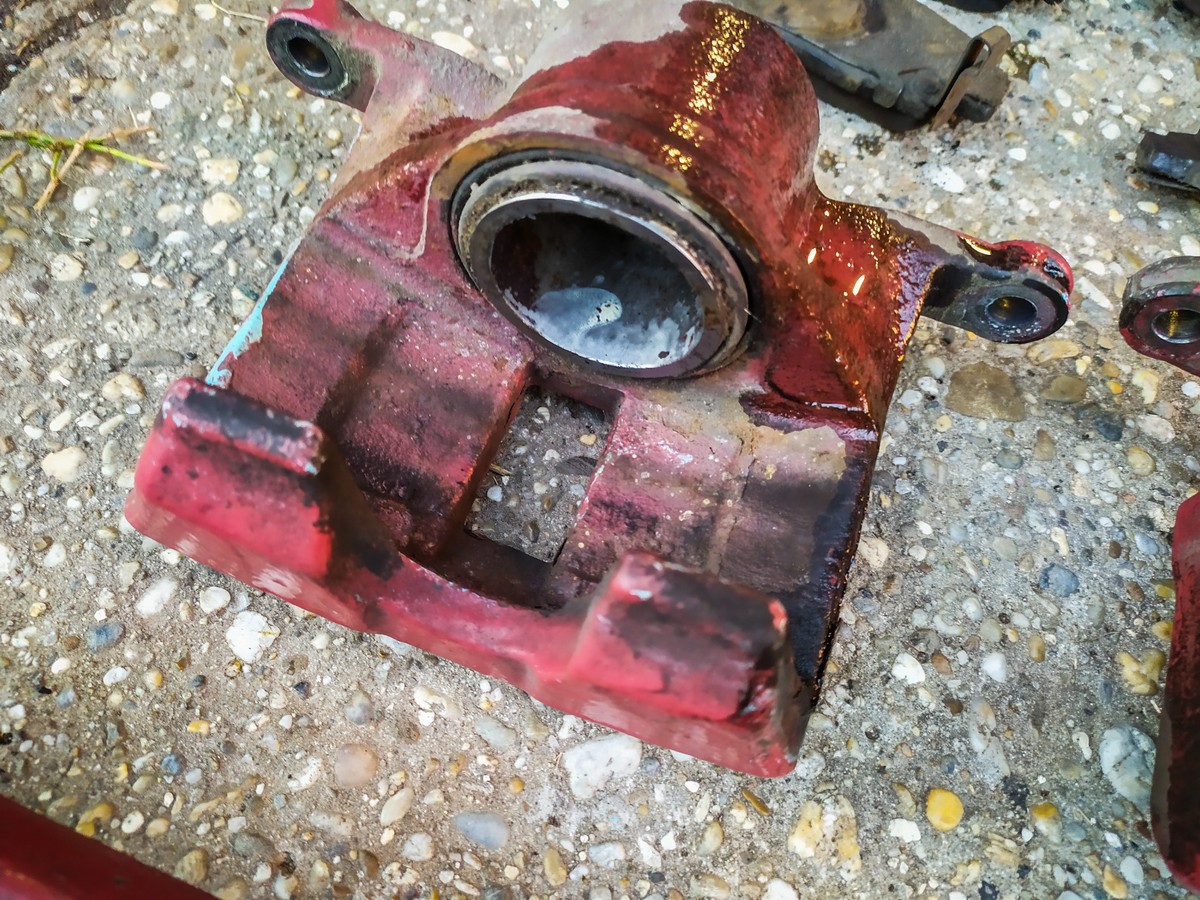
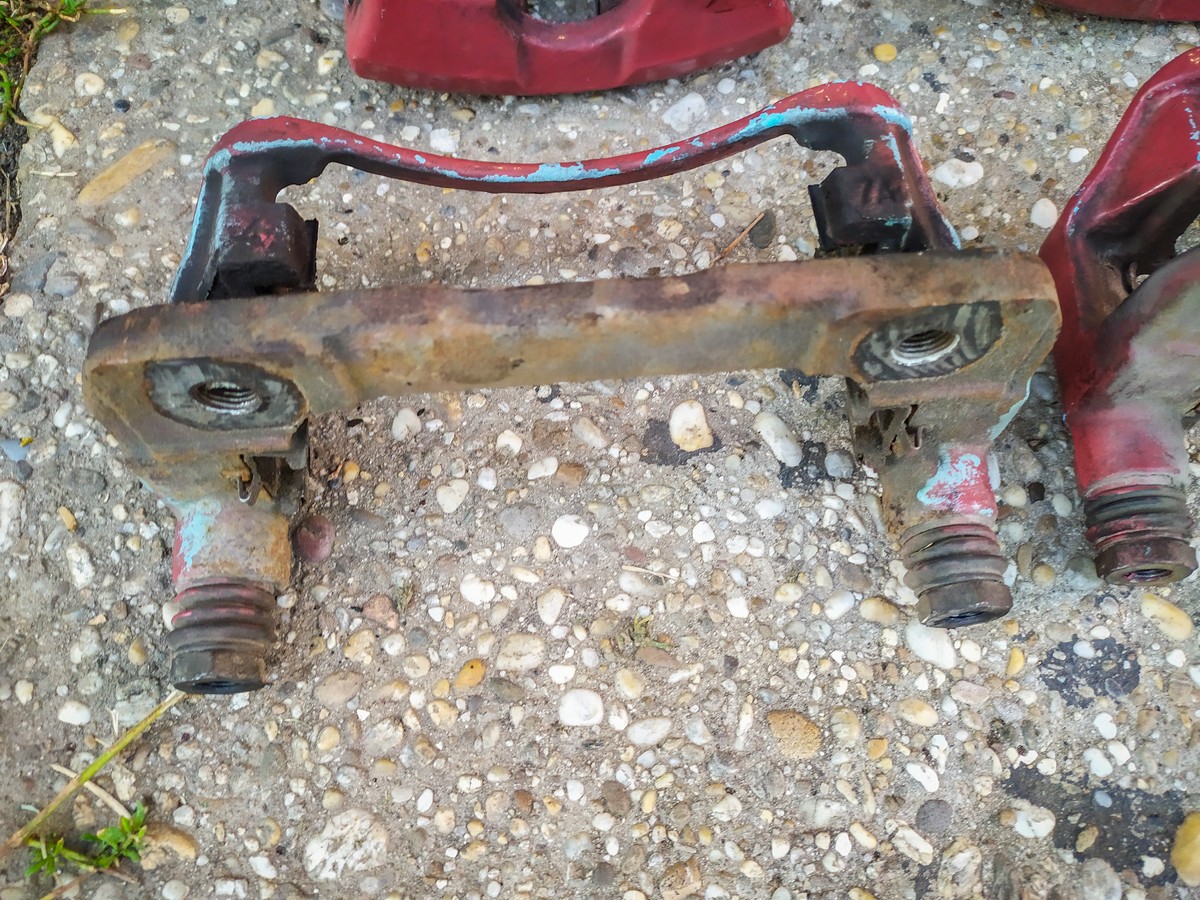
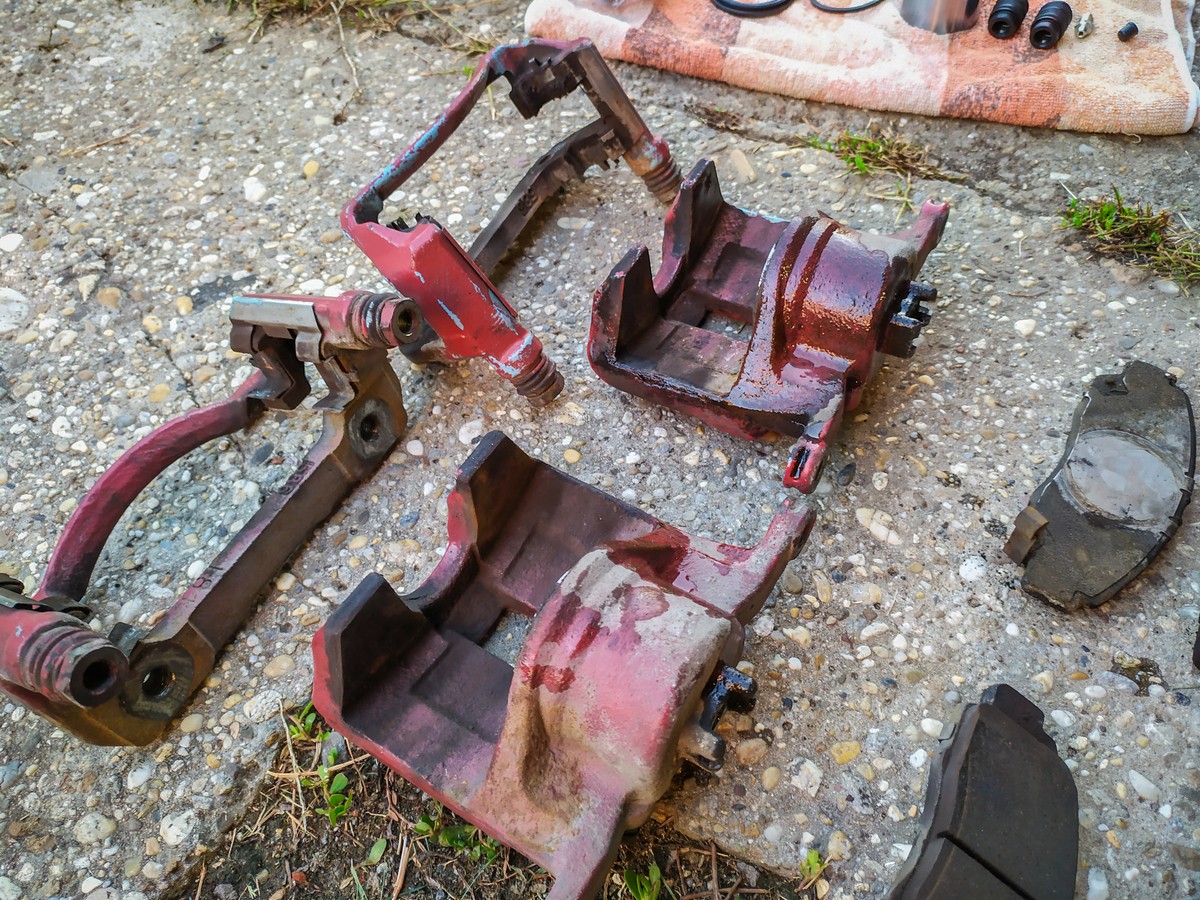
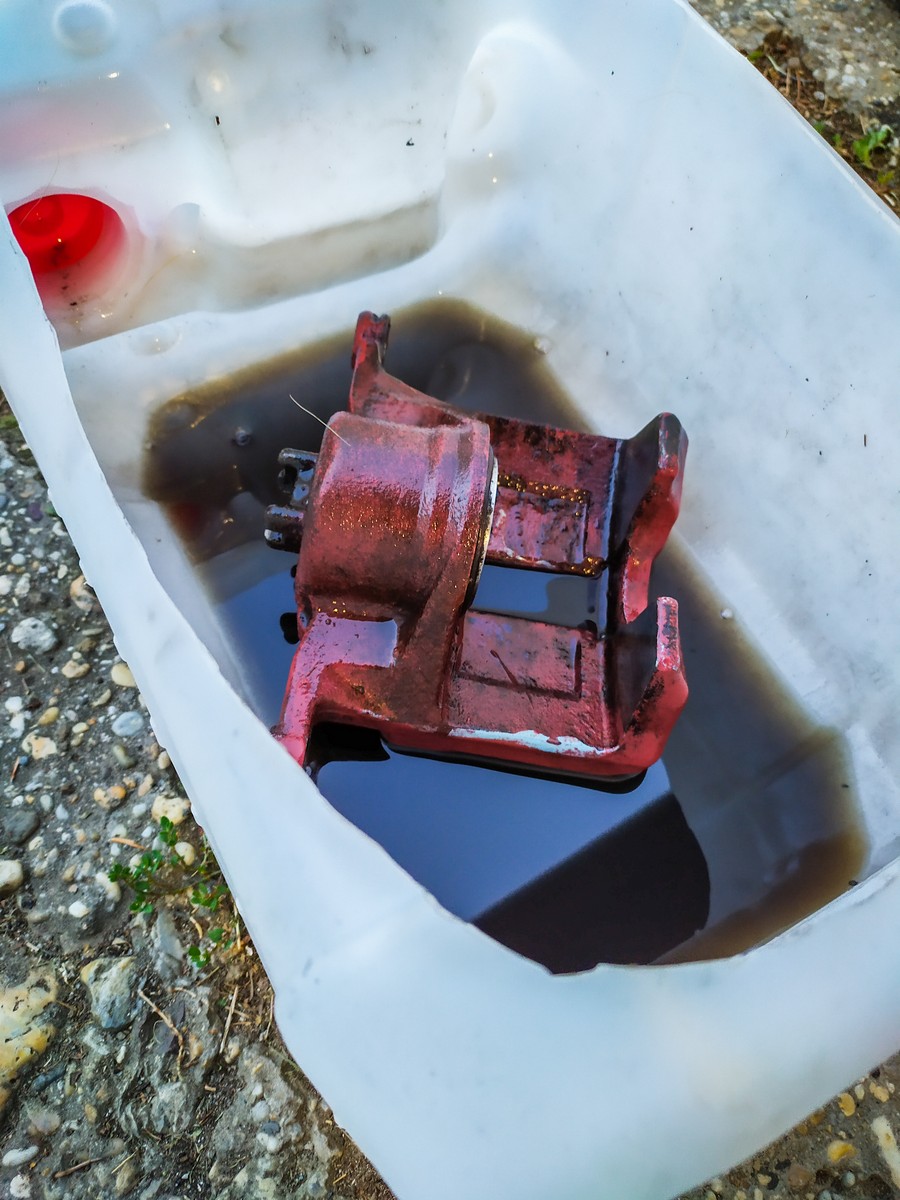
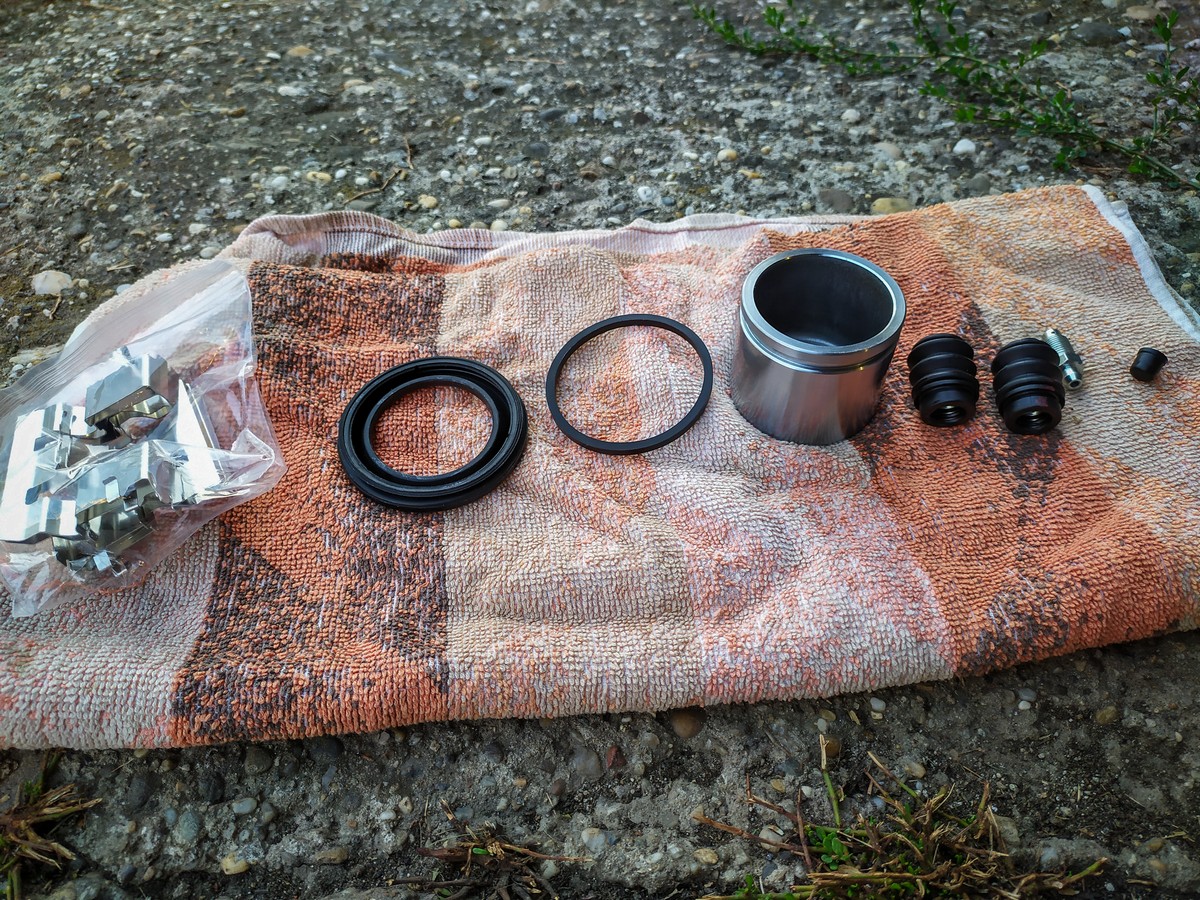
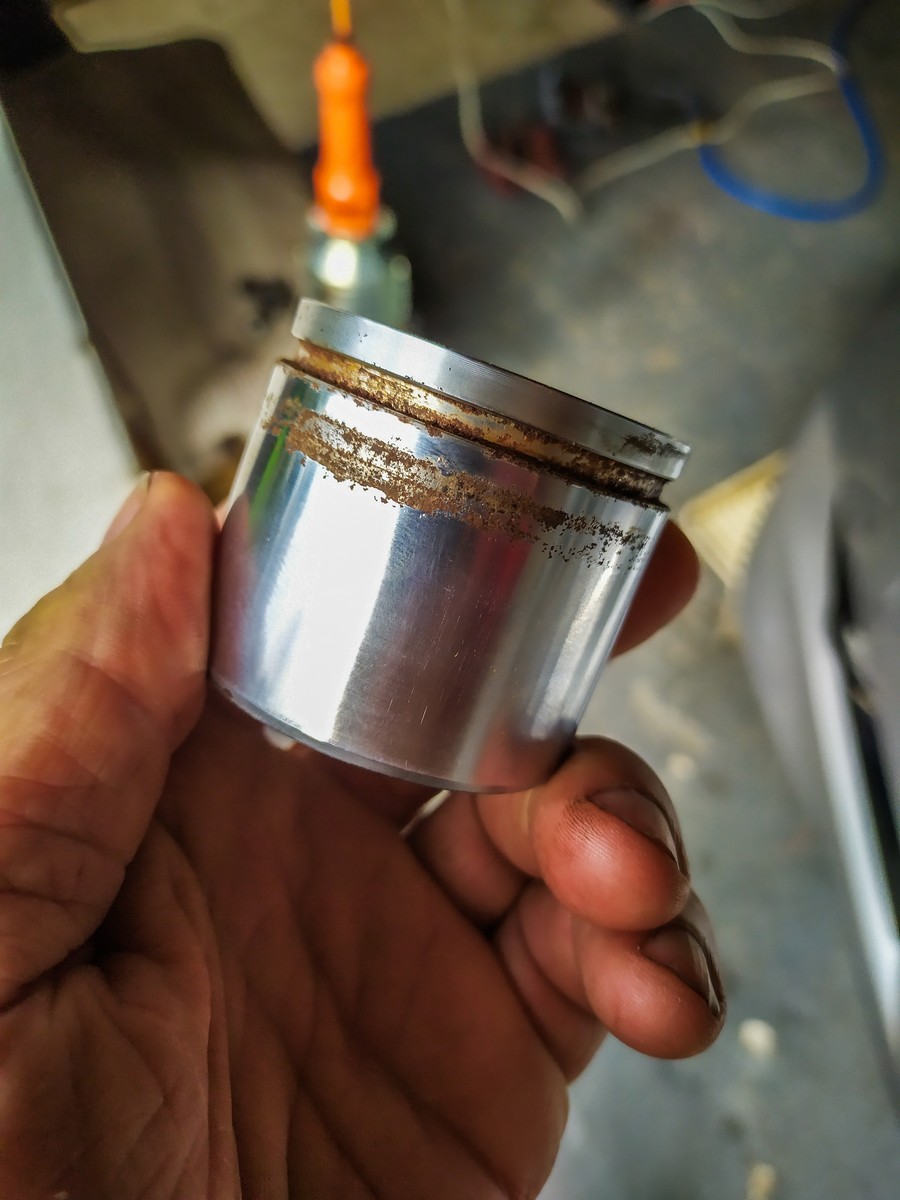
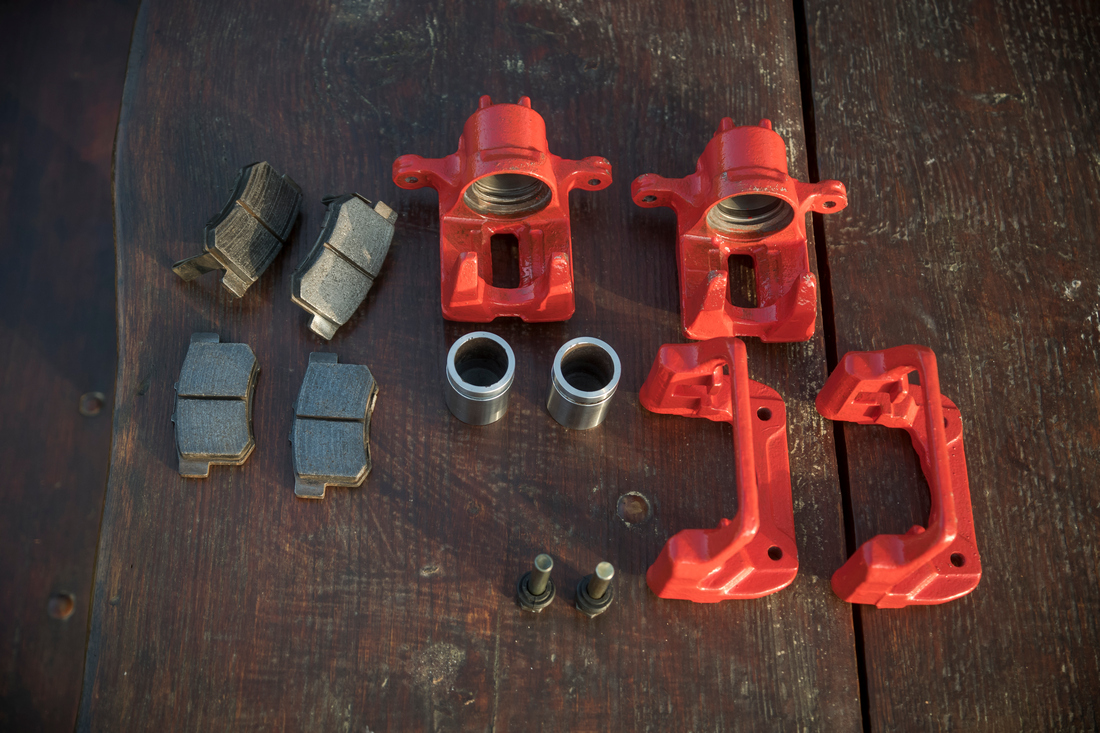
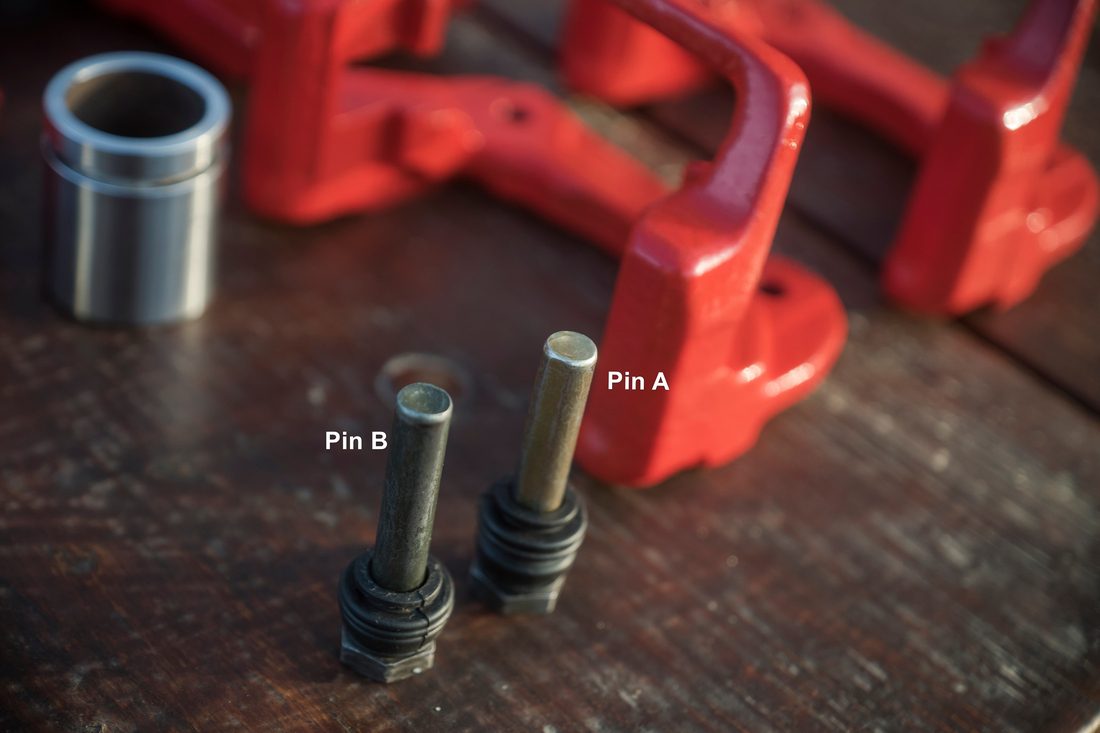
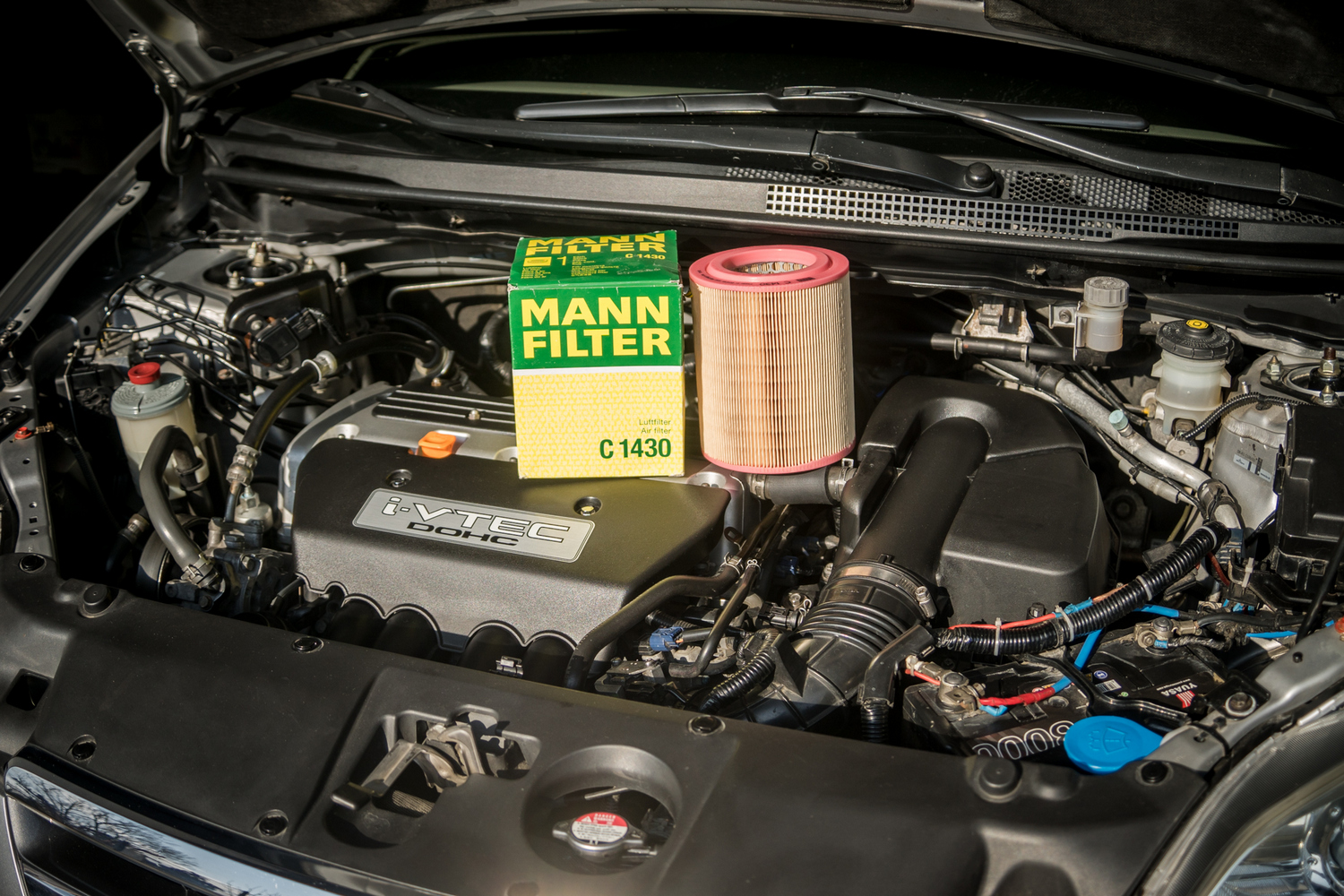

Air filter @250K
Again very simple and self-explaining task.
The service interval varies, driving in a polluted city obviously shorten it. I tend to stick to 15K Km interval. I use a Mann filter C1430 or Purflux A1392. Both well-established brands with good quality products on the par with OEM stuff for a 1/2 price. A few times in its lifespan I air-gun the filter and change its position in the airbox. Airbox cover holds five M4 bolts with a comfortable access and a TB air pipe that's got to be pulled off. Watch the air temp sensor and wiring. Once opened its a good idea to hoover all the dead insect, leaves and wipe out the dust. Now comes the question an original air box with proper filter vs CAI /cold air intake/. To me, if done professionally with quality parts and correct maintenance it might bring some HP on the top /in conjunction with another tuning/ but otherwise it's only a good chance to damage the engine, because most of the "tuners" bin the airbox and replace it with a pathetic like KN looking nonsense nothing to do with CAI. Same "cool effect" like a waste pipe instead of exhaust or the beyond a measure lowered shocks.
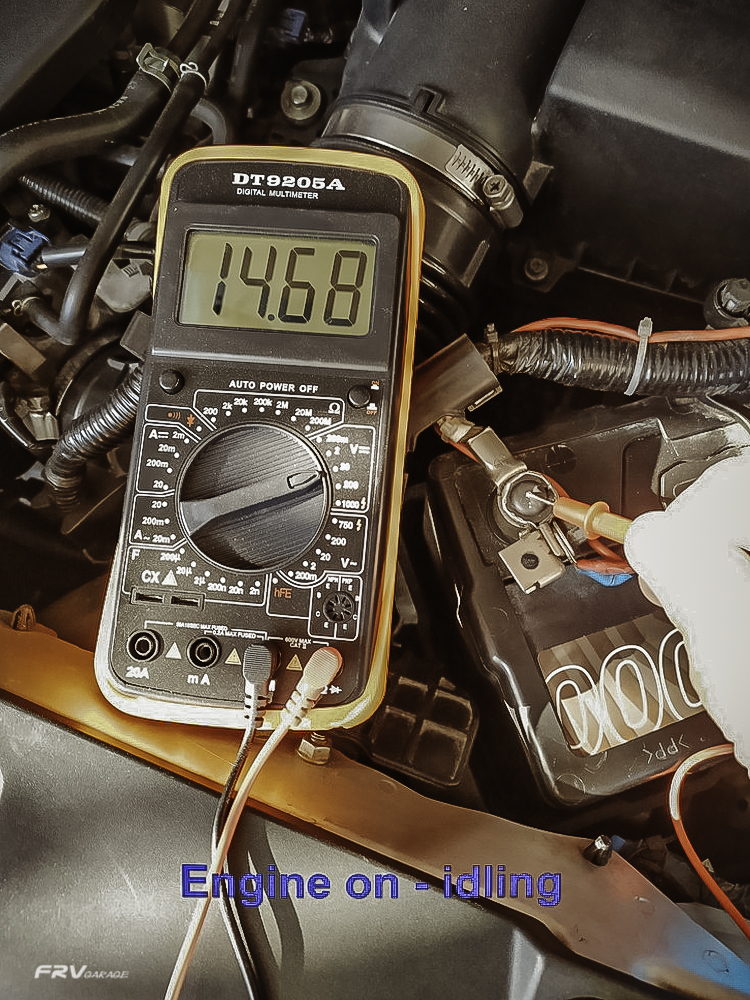
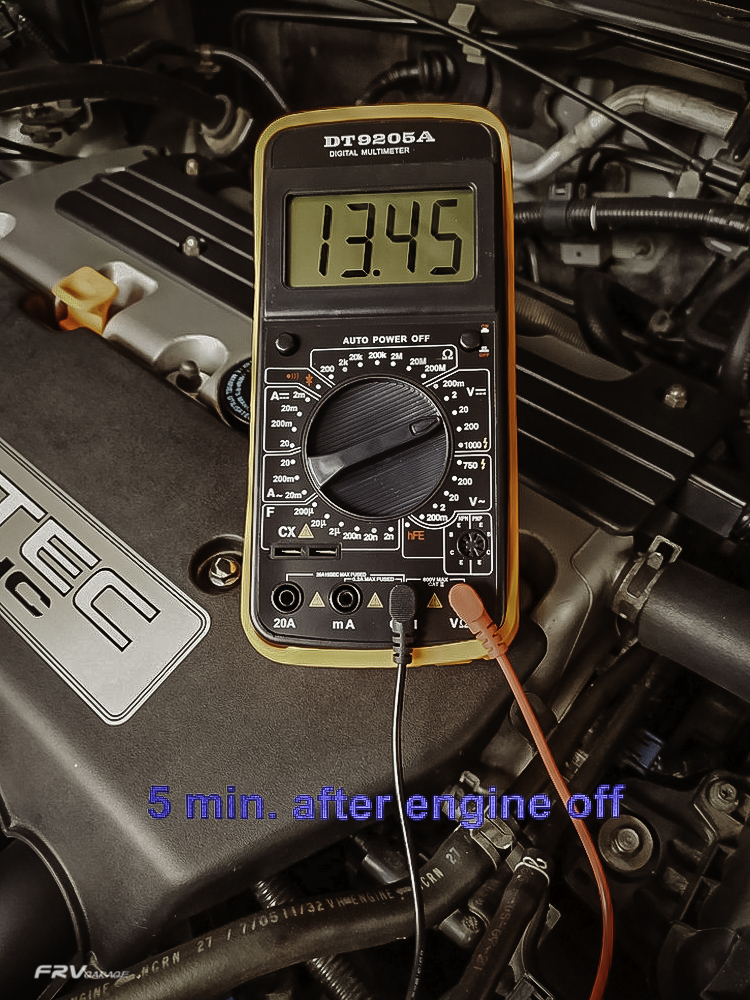
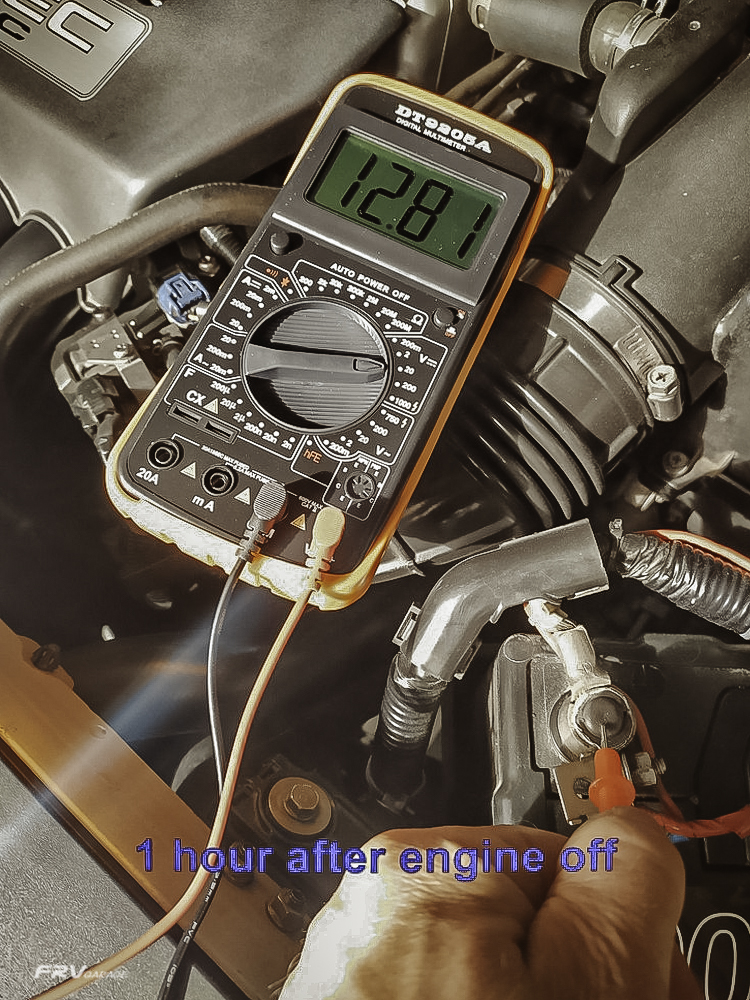
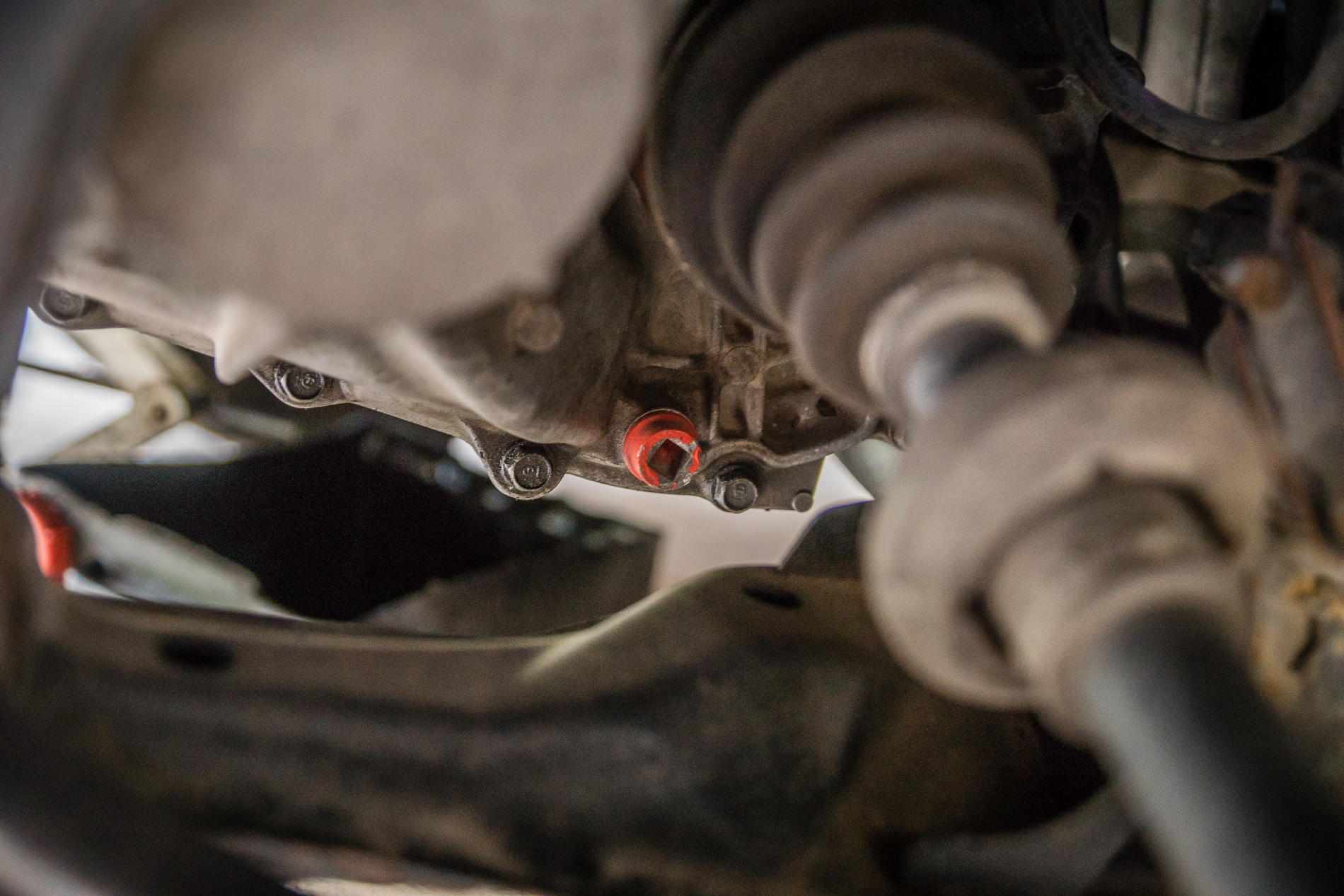
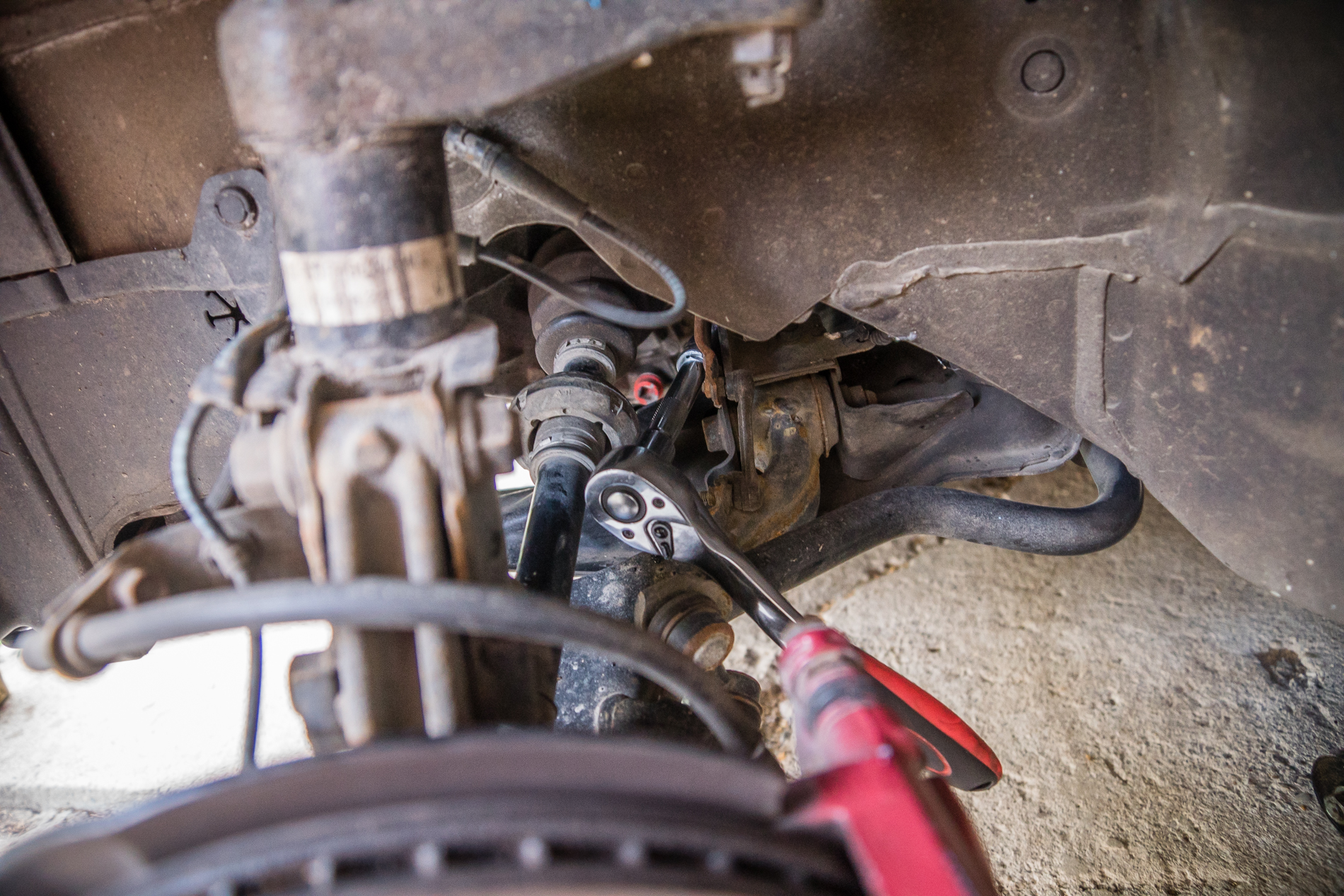

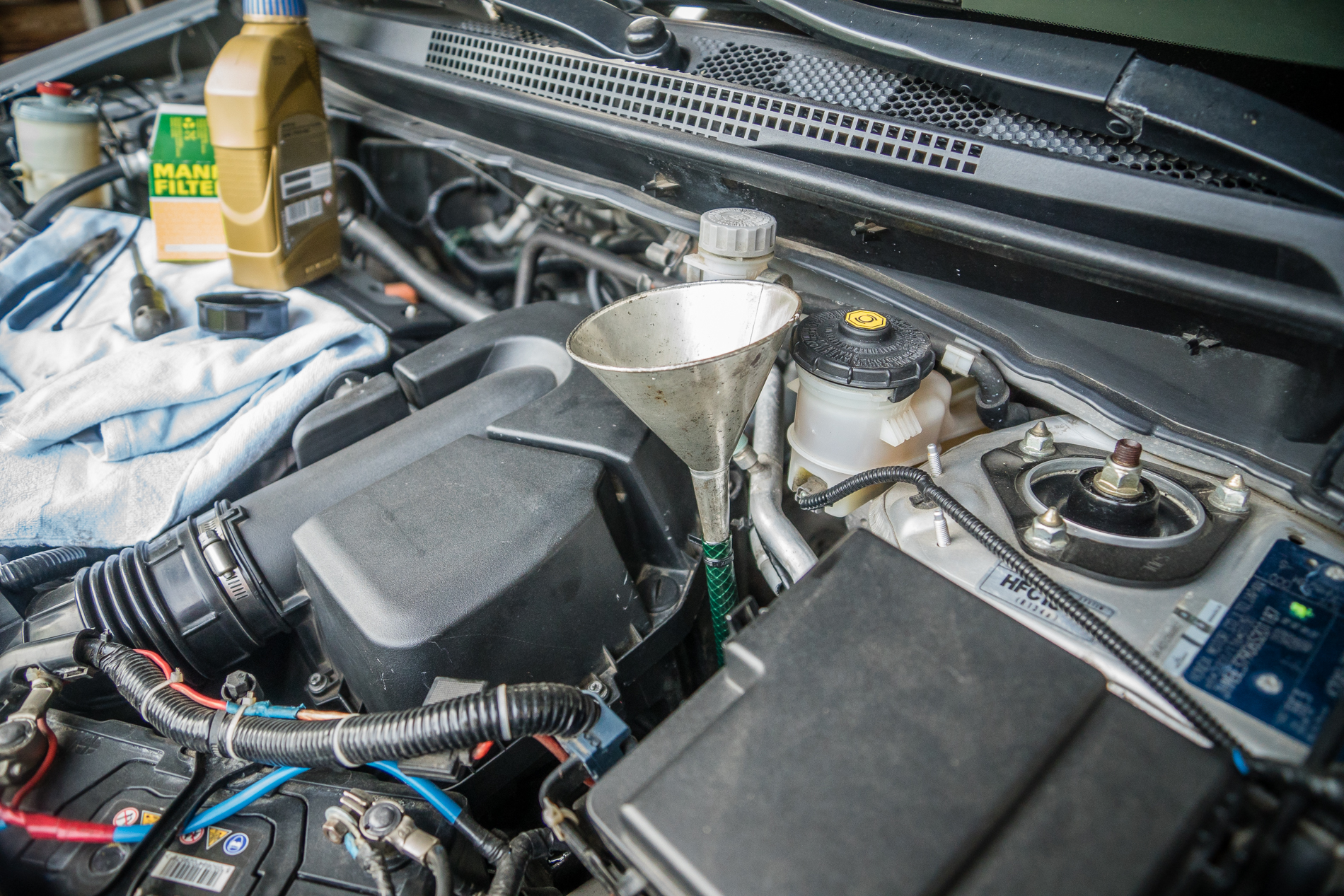
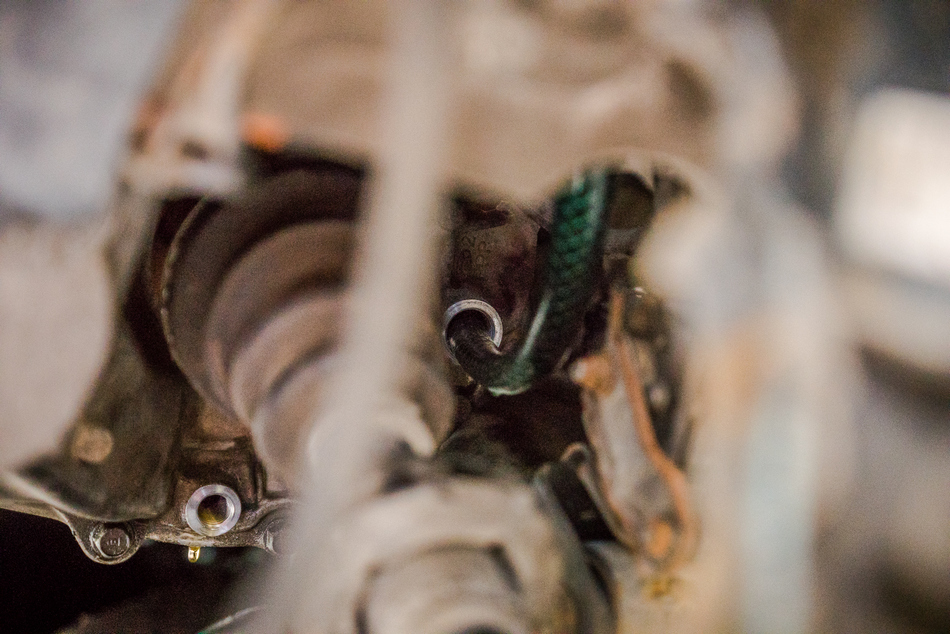
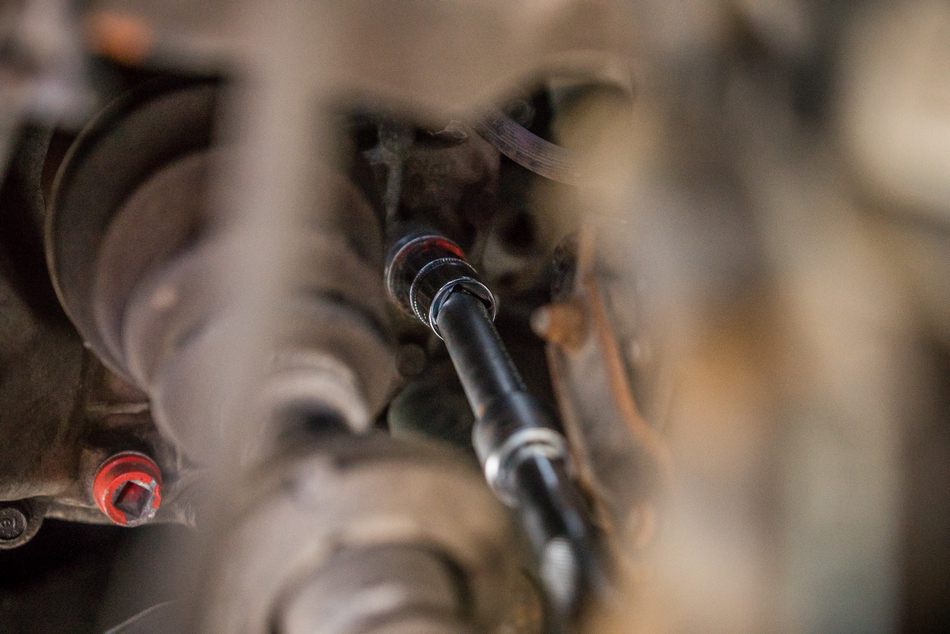
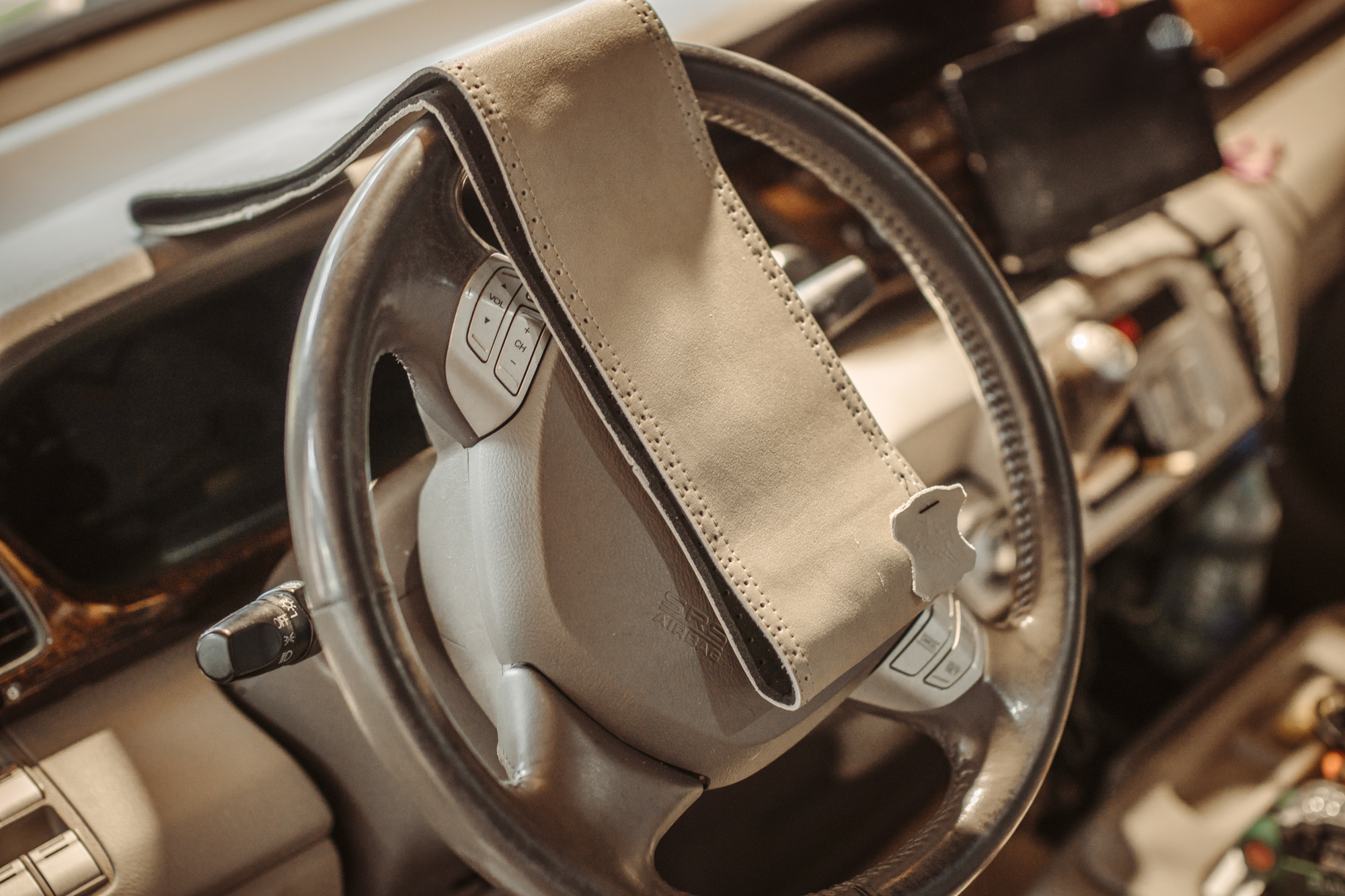
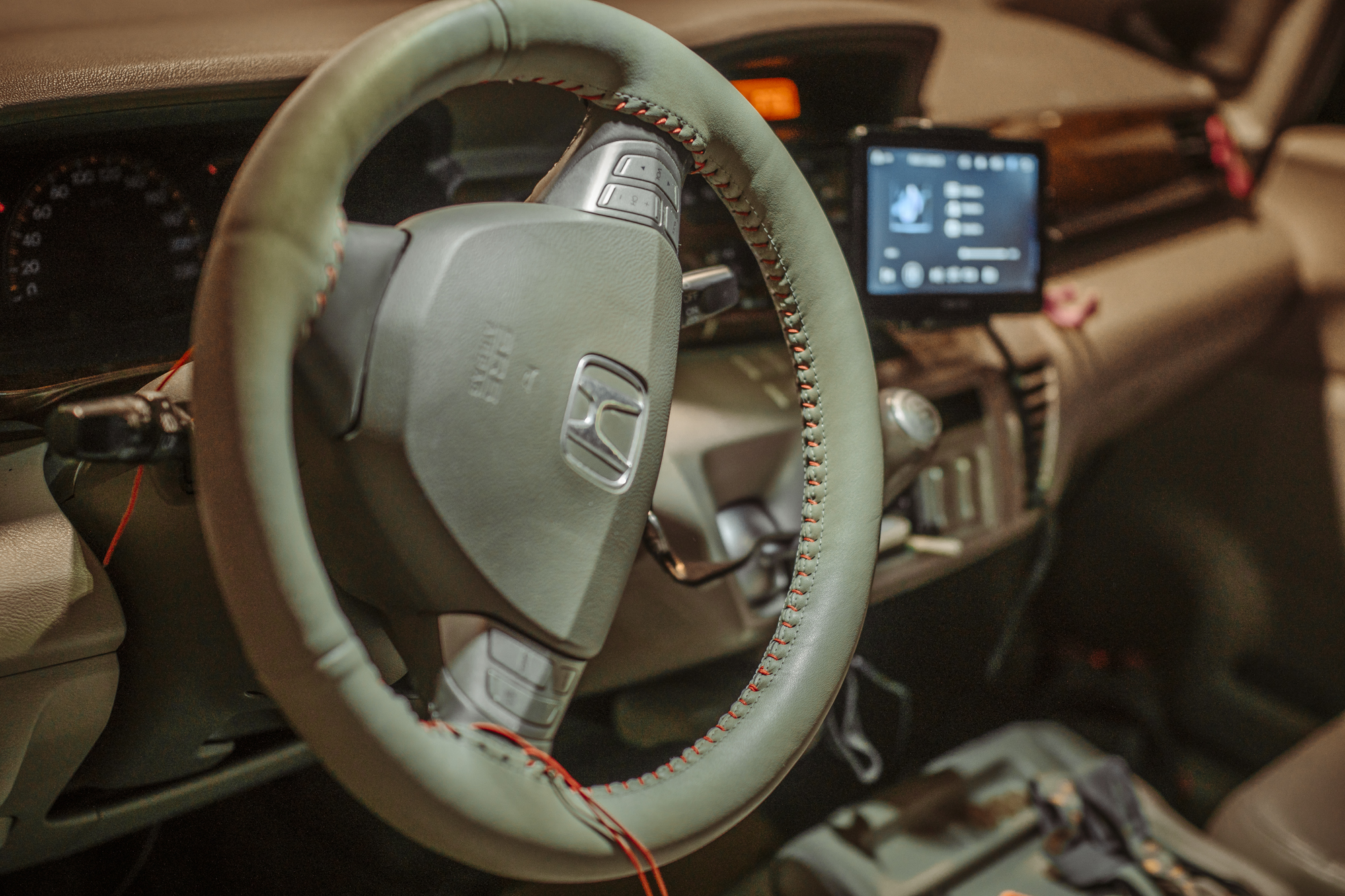
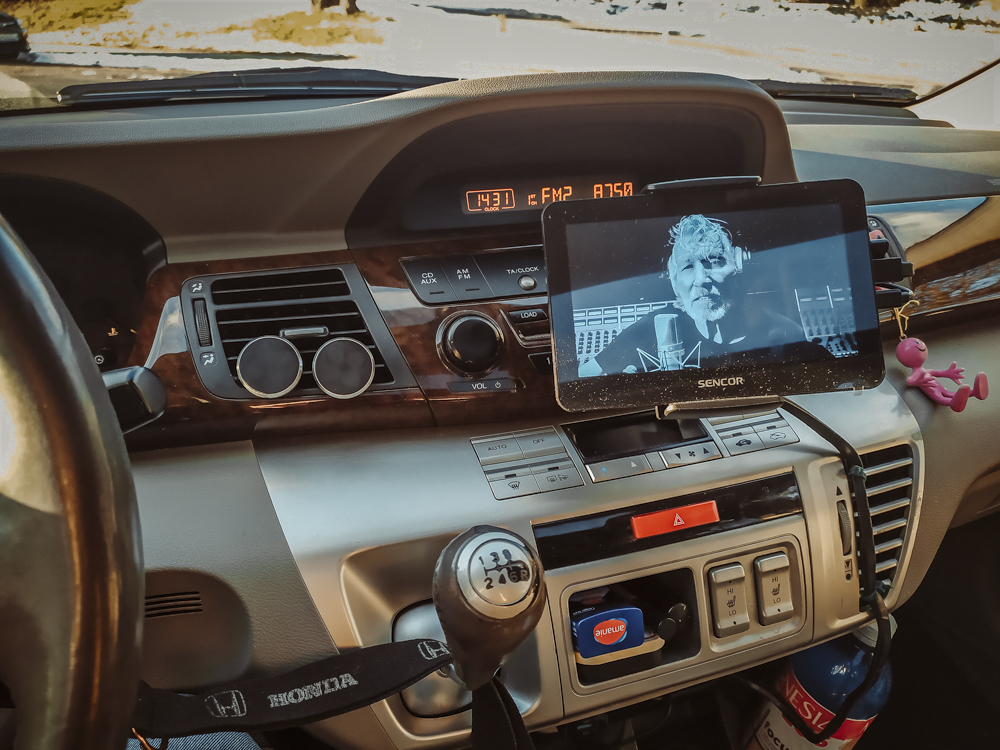
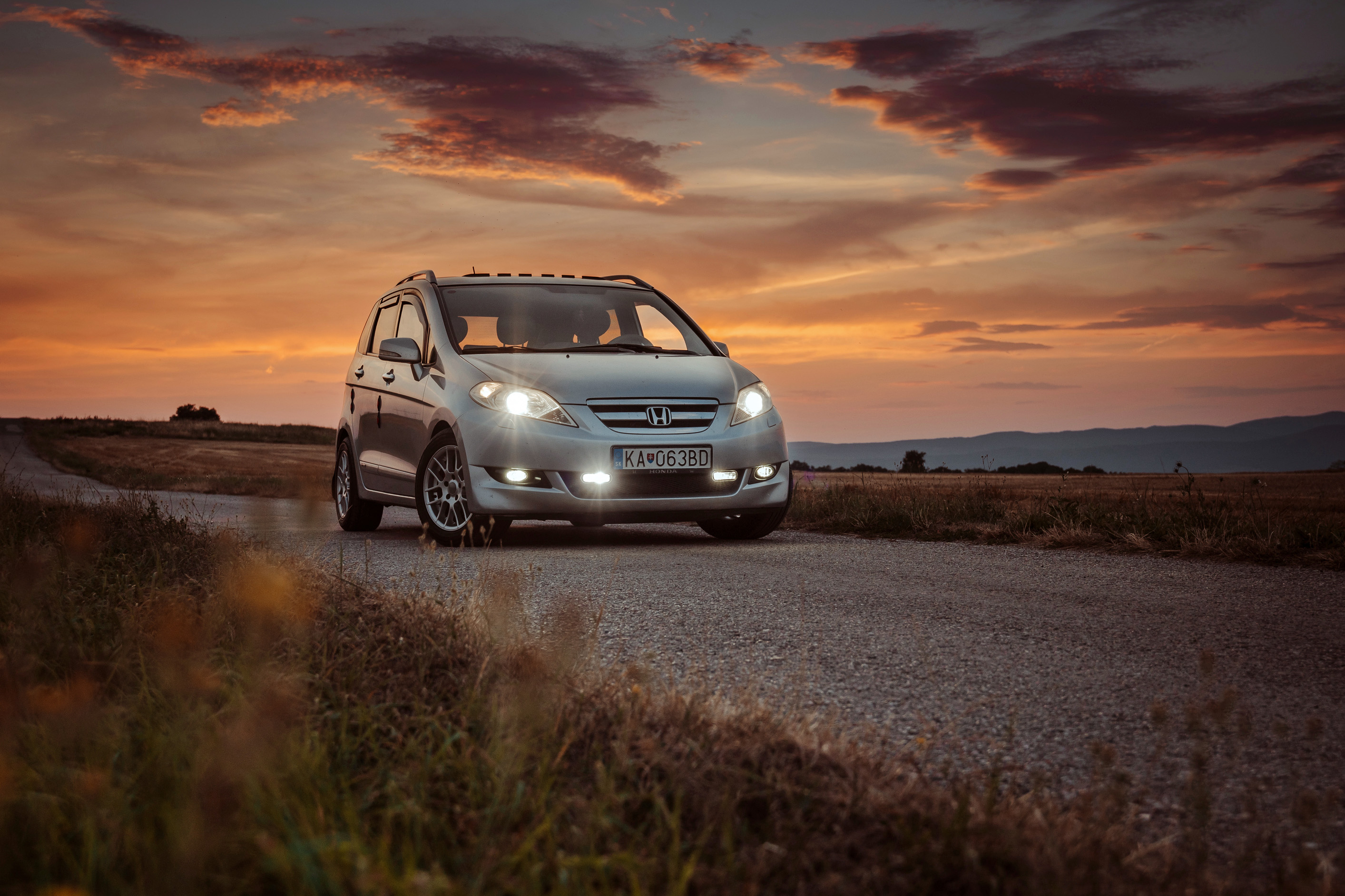
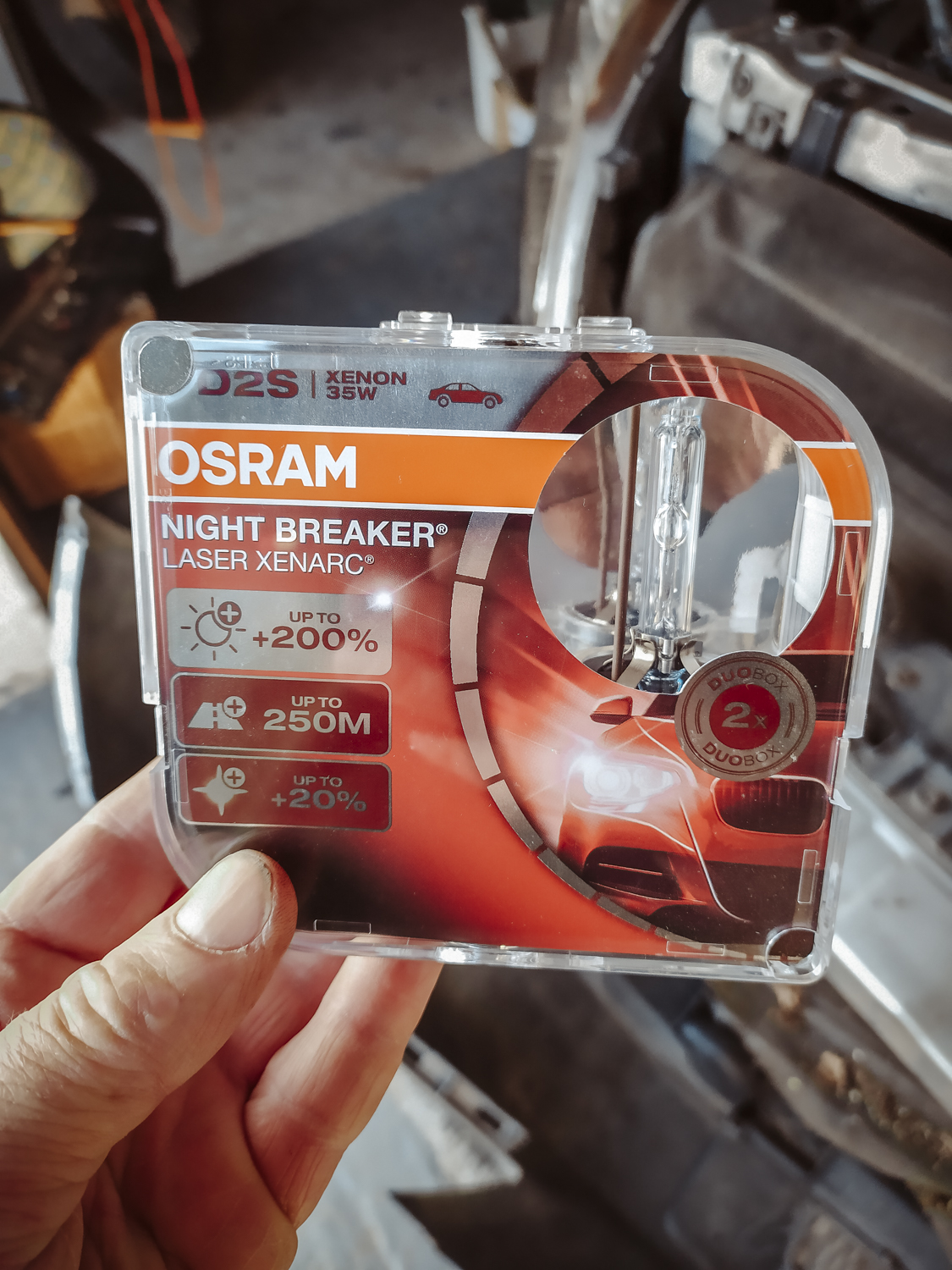
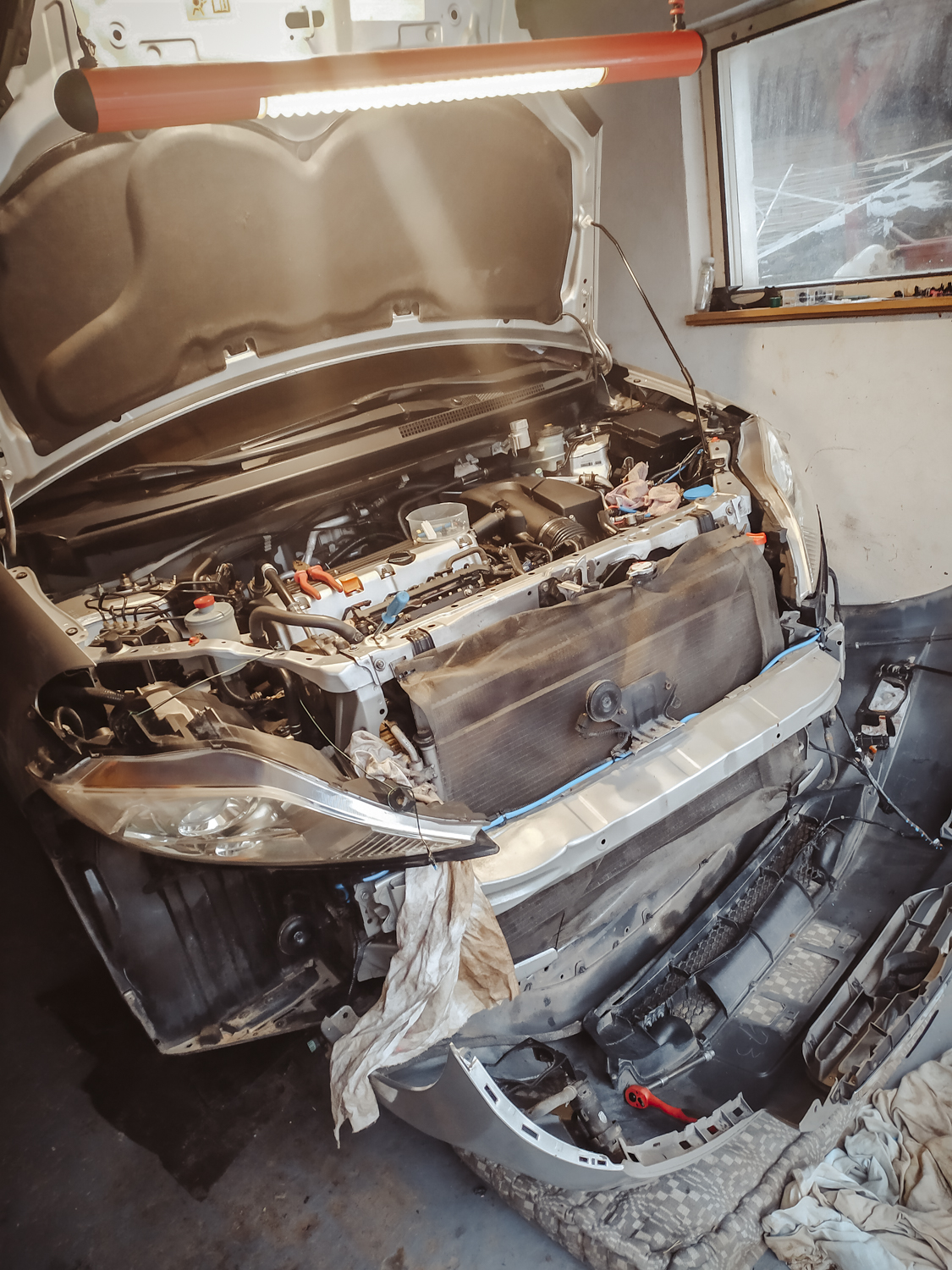

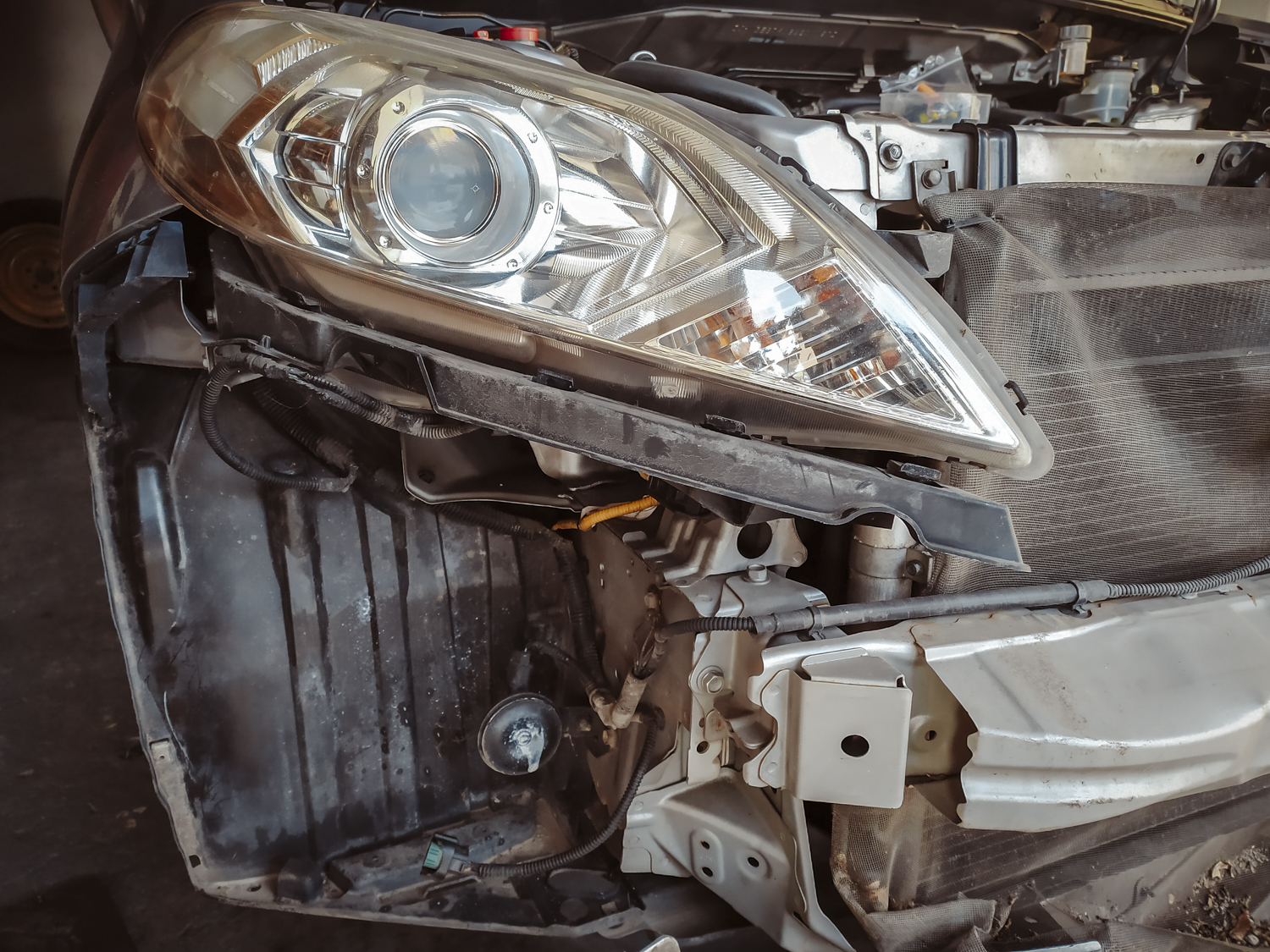
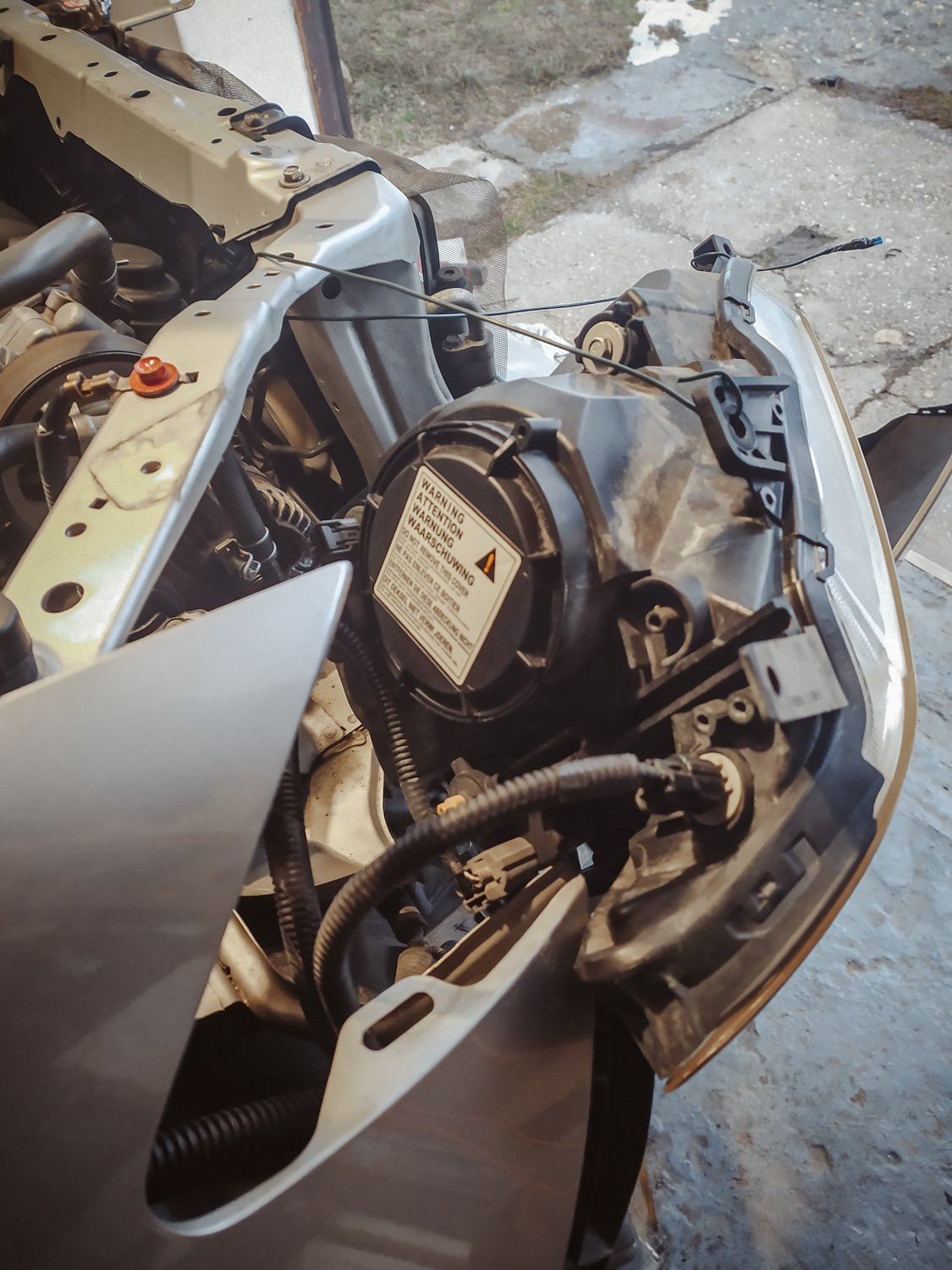
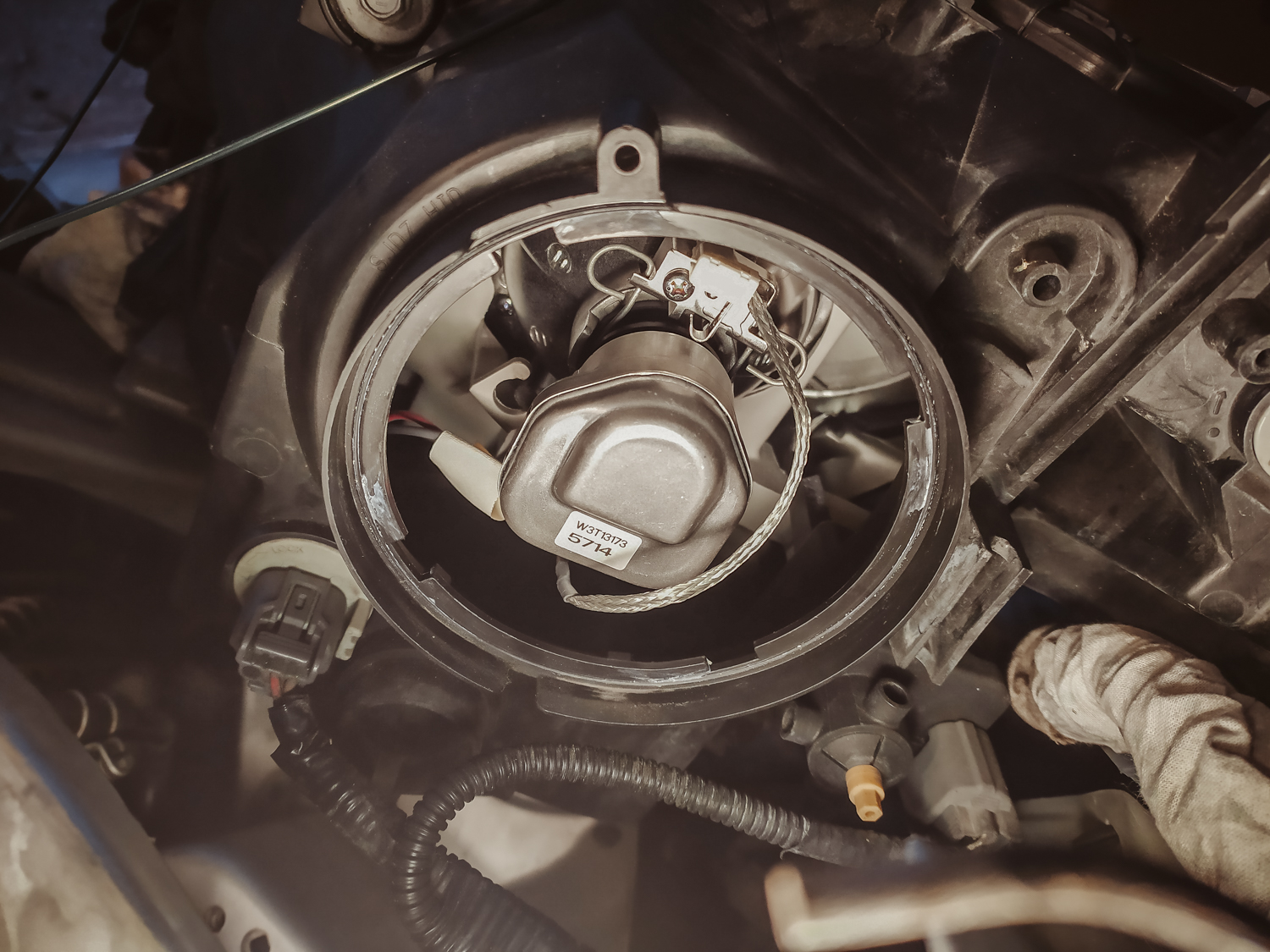
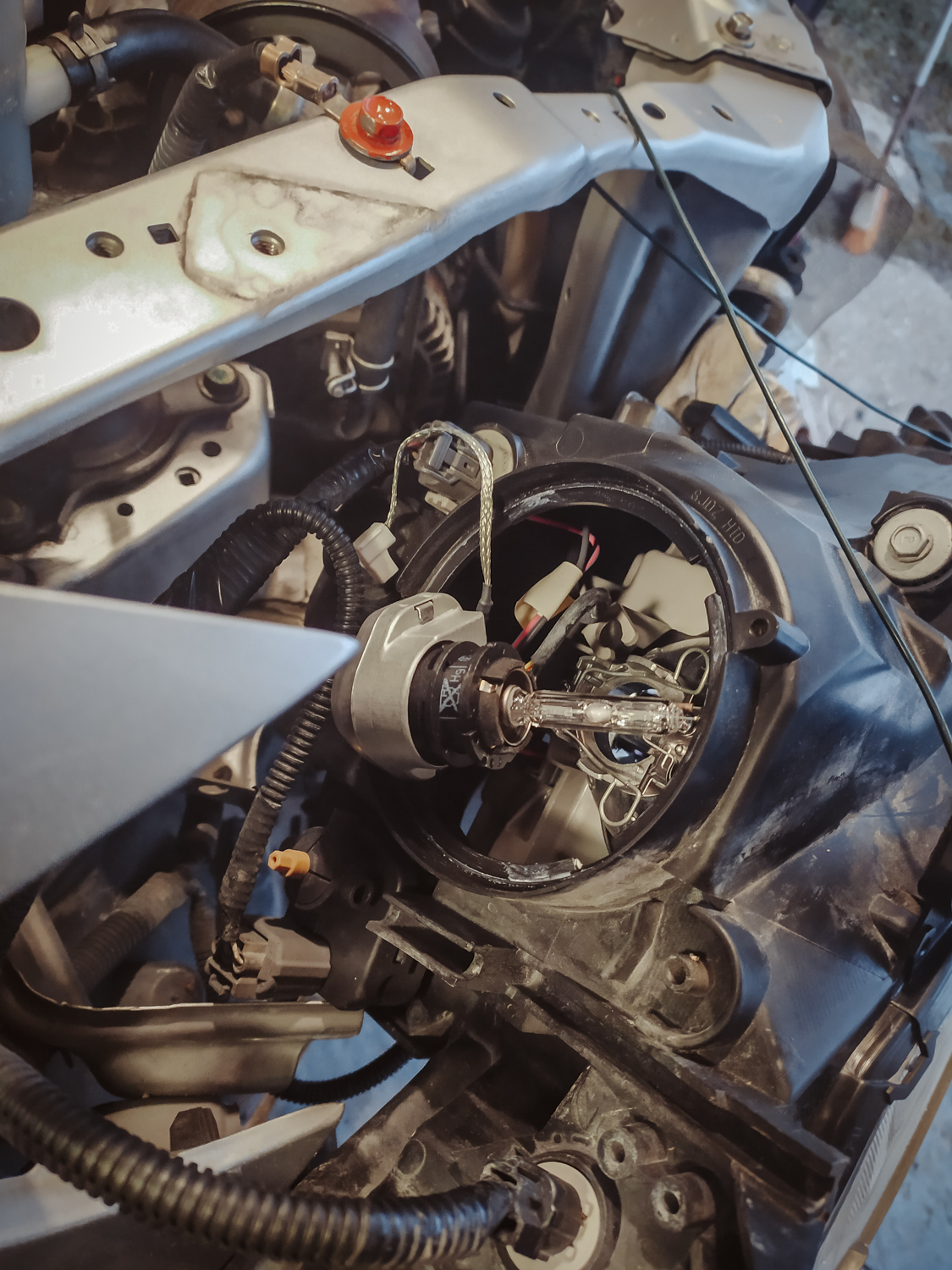
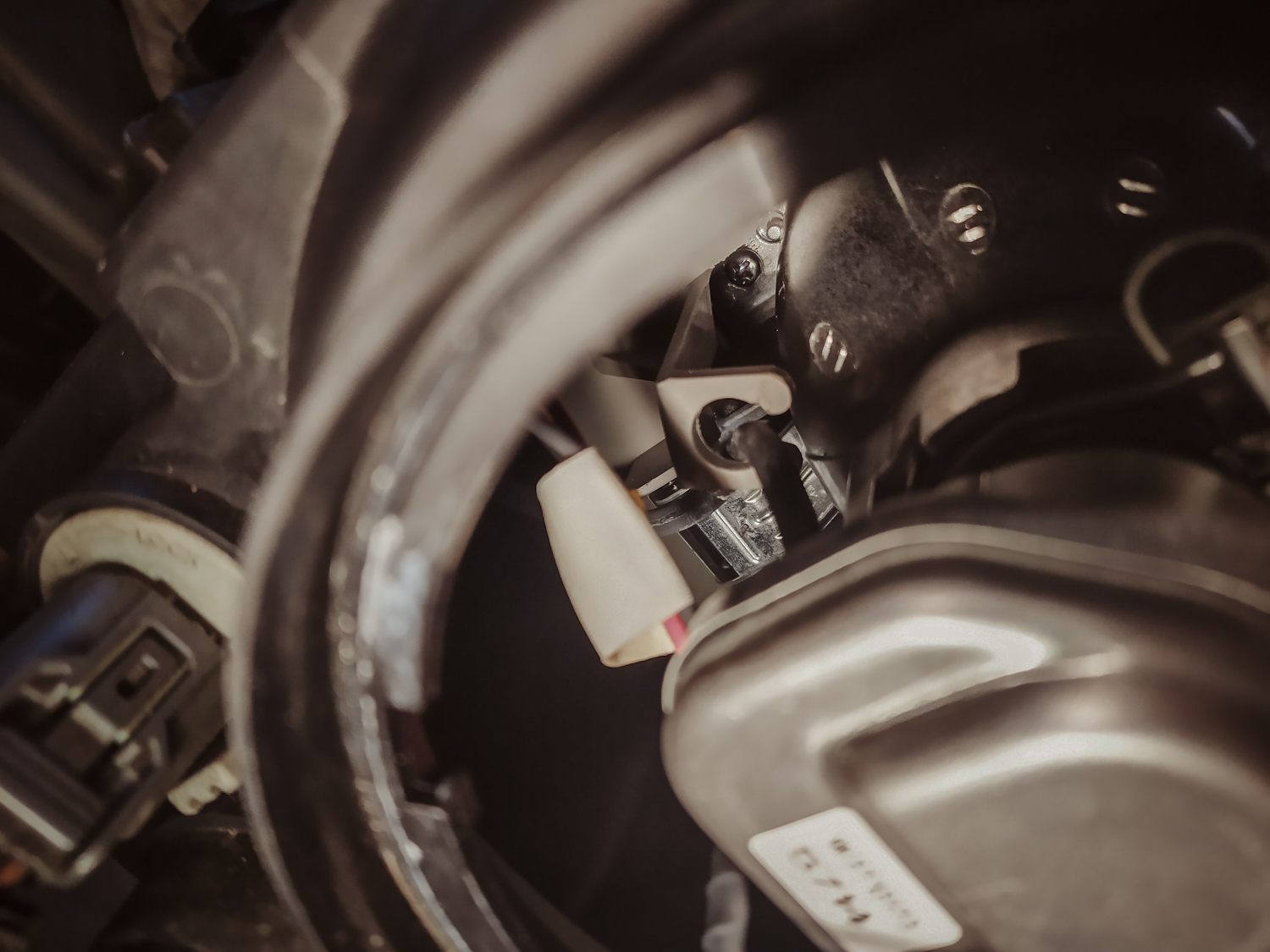
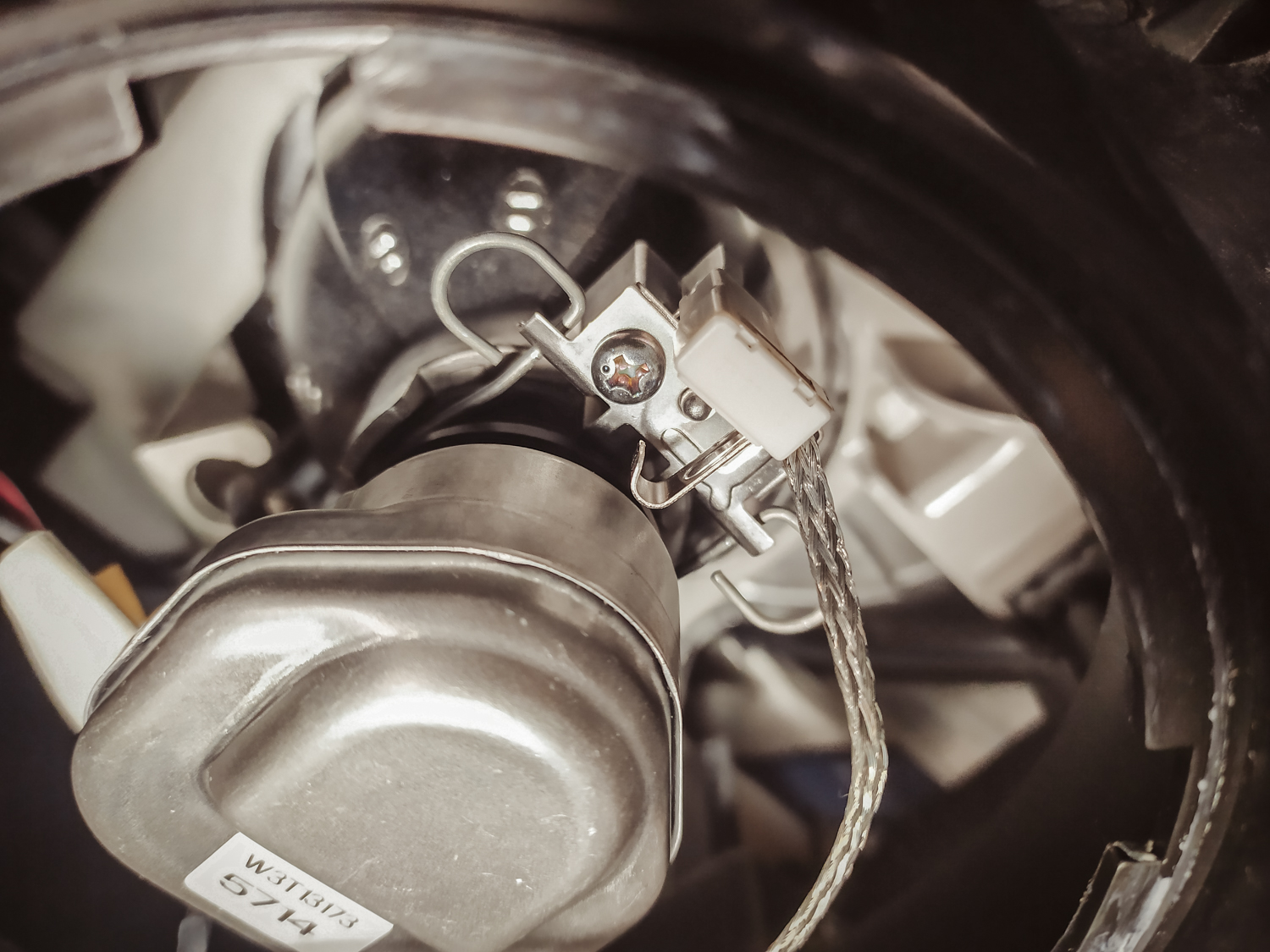
So the first step was to take down the front bumper, but as mentioned it was my way of doing it.
The lamps are held by four 10 mm bolts and the bulbs sockets are under screw-type lids secured by springy clamps /scroll the pictures/. They are also connected to the ignition boxes so the cable got to be unplugged first. Then the sockets with bulbs will be free to pull out after a half turn anticlockwise and the bulb can be changed. To put all back took me about 2-3 hours.
After the HID bulbs replacement, the lights are definitely better but I had hoped for a superior performance.
Perhaps LED conversion is the way to go.
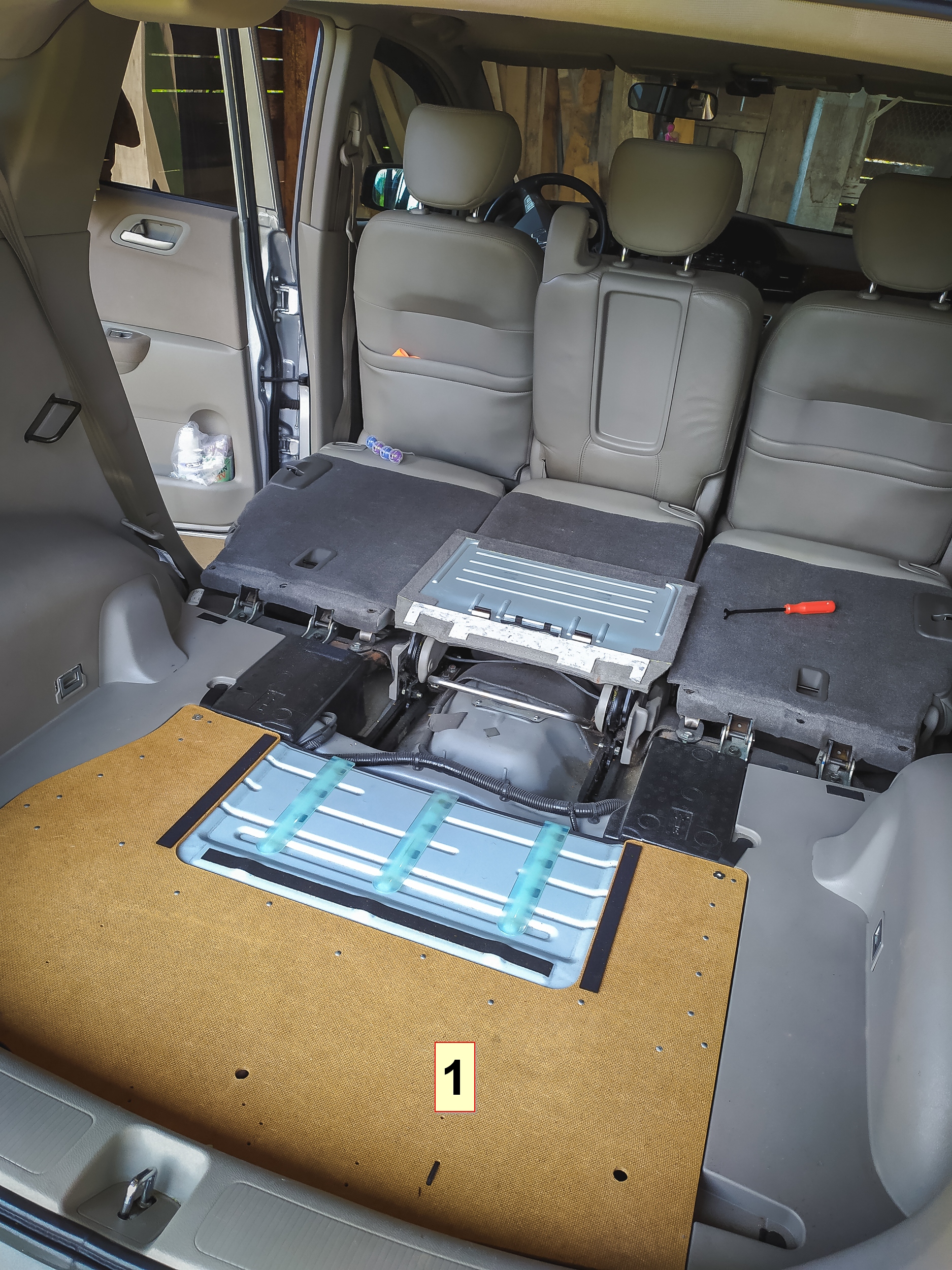
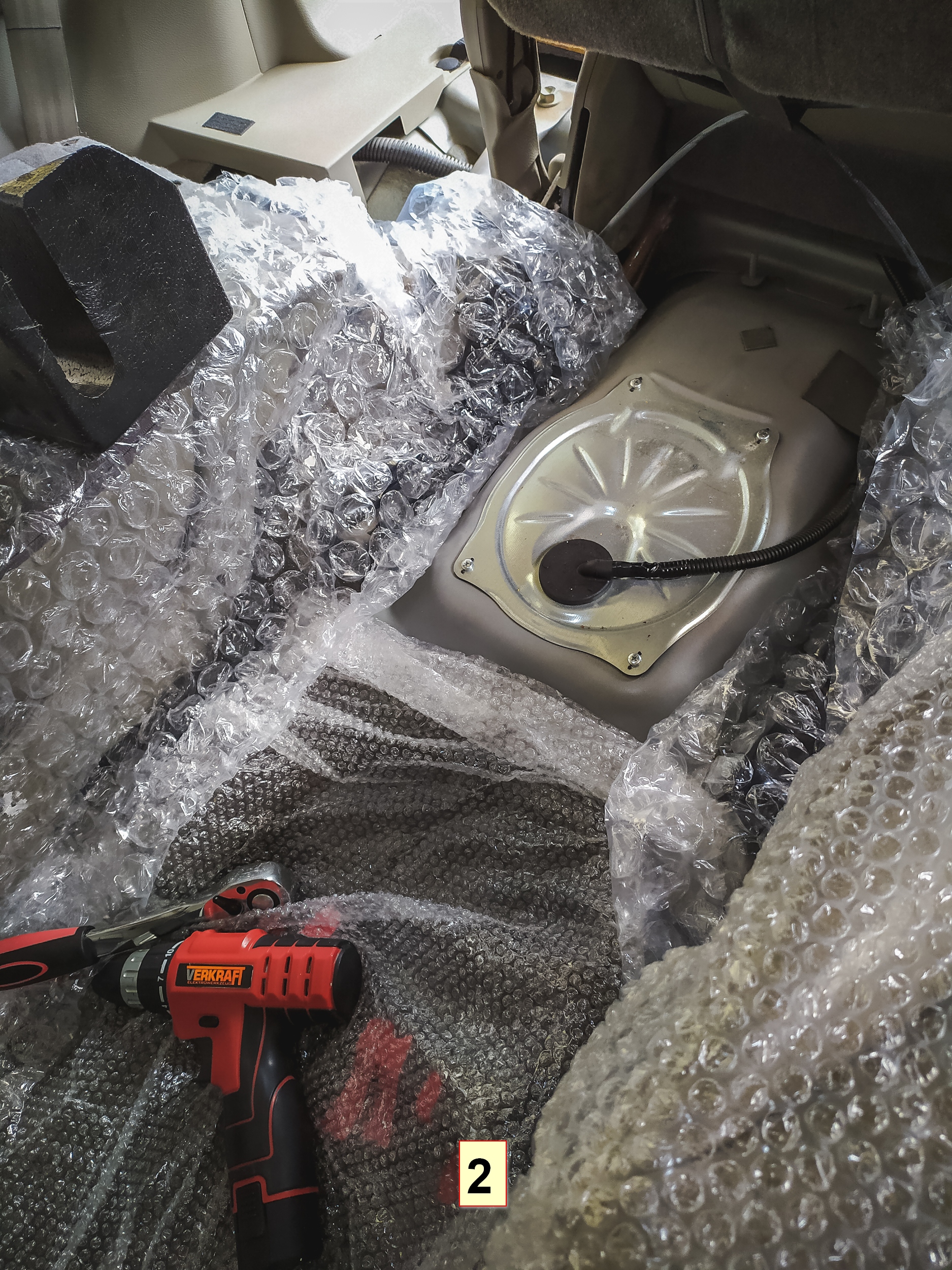

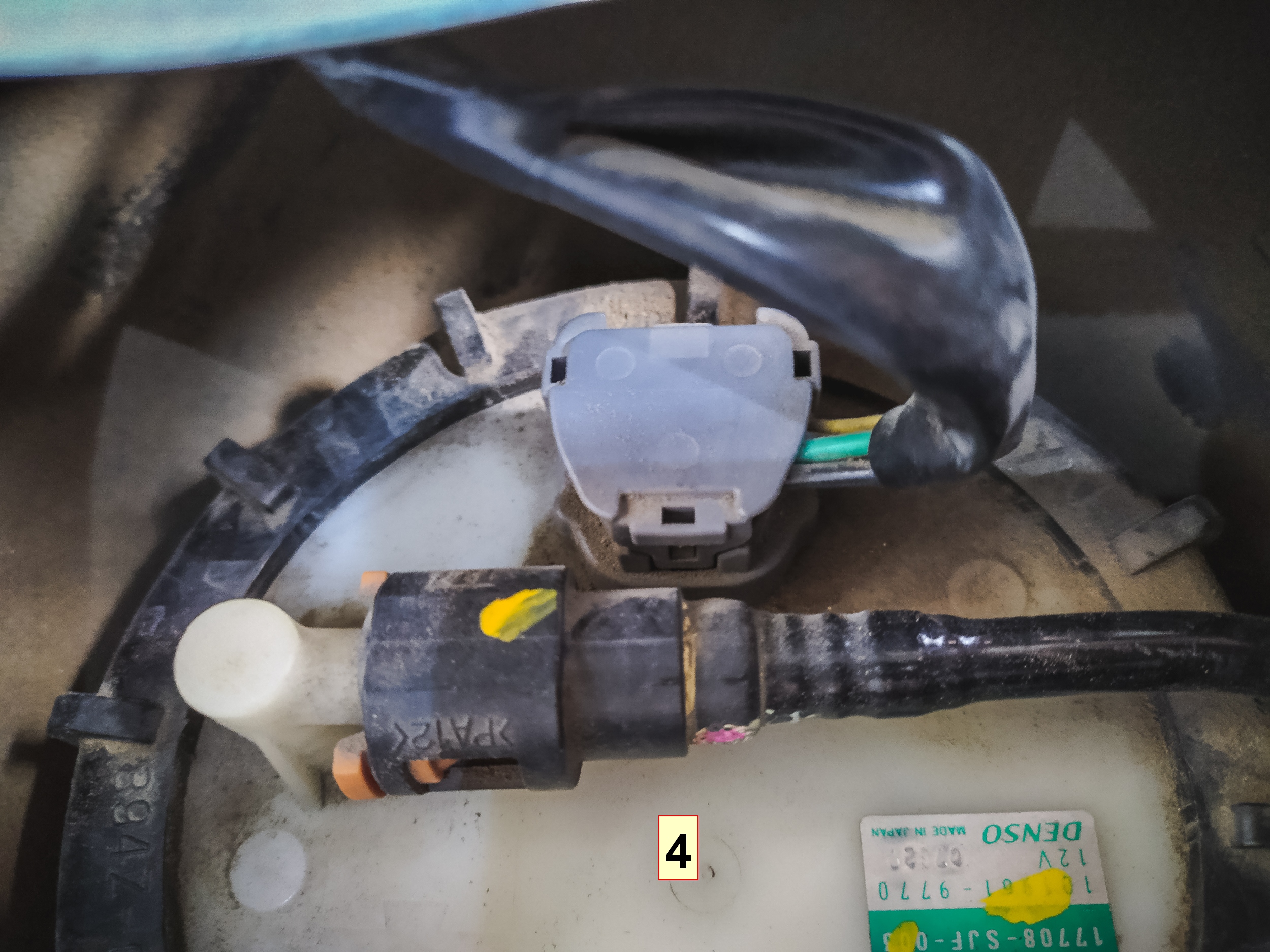
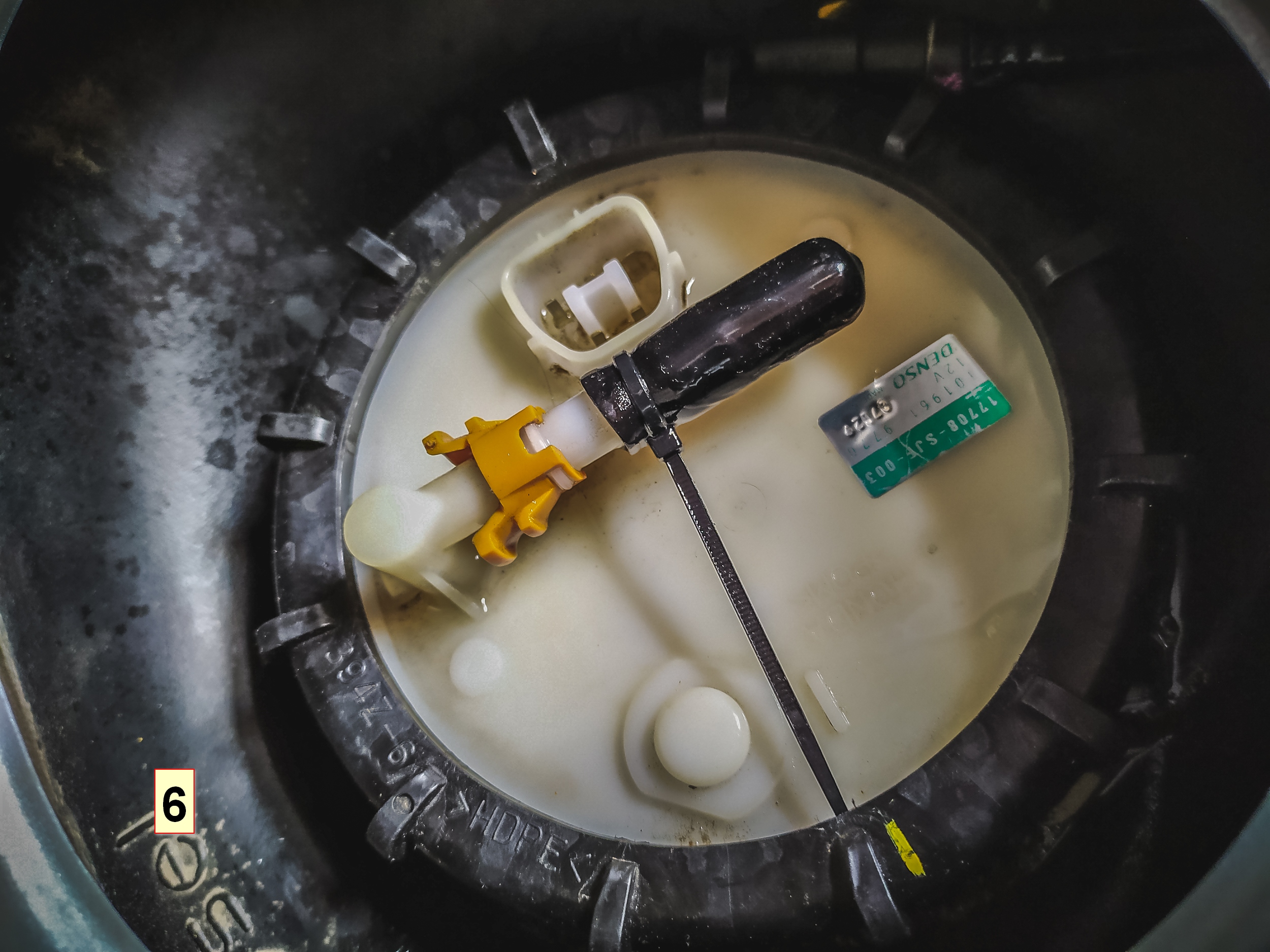
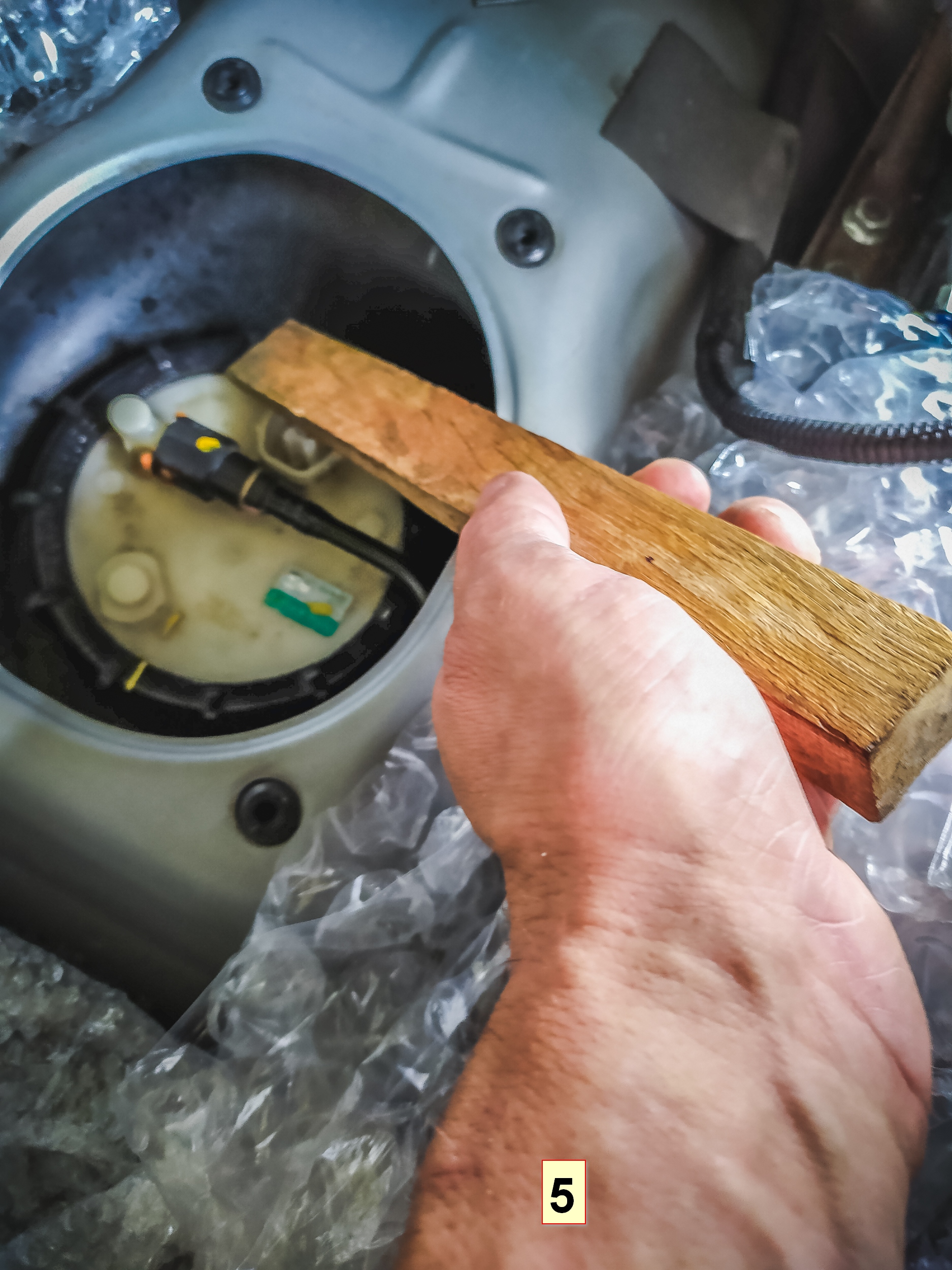
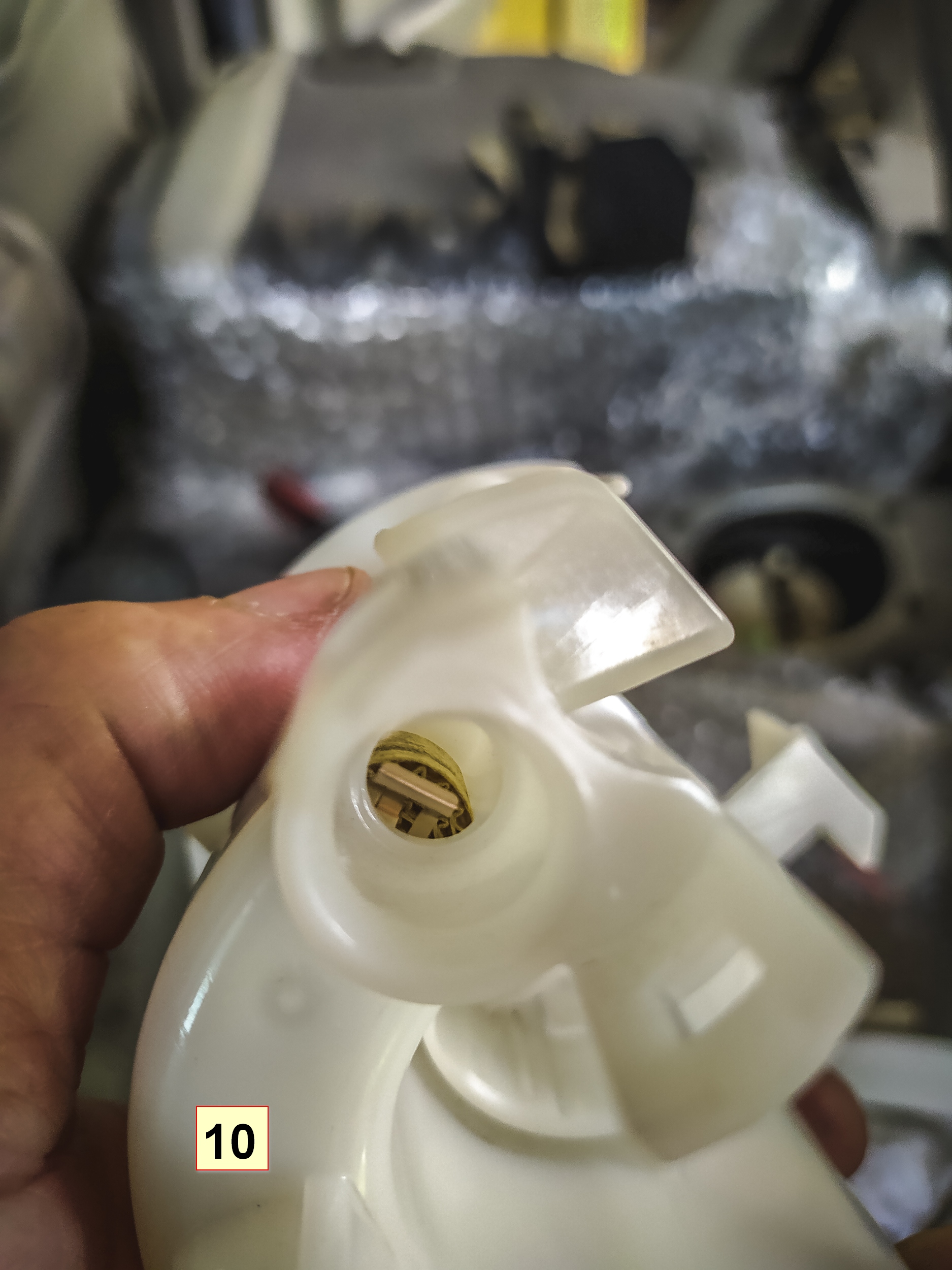
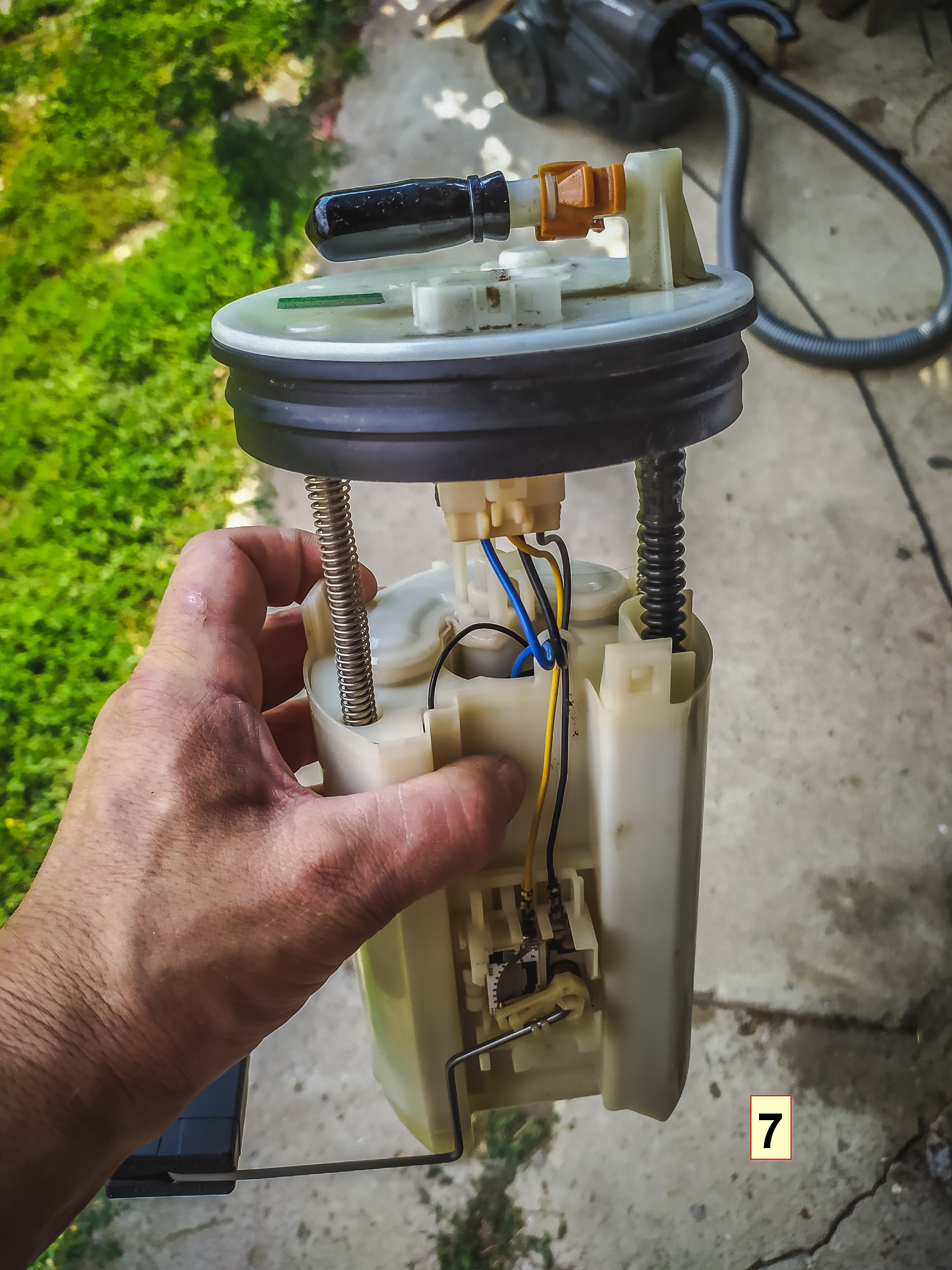
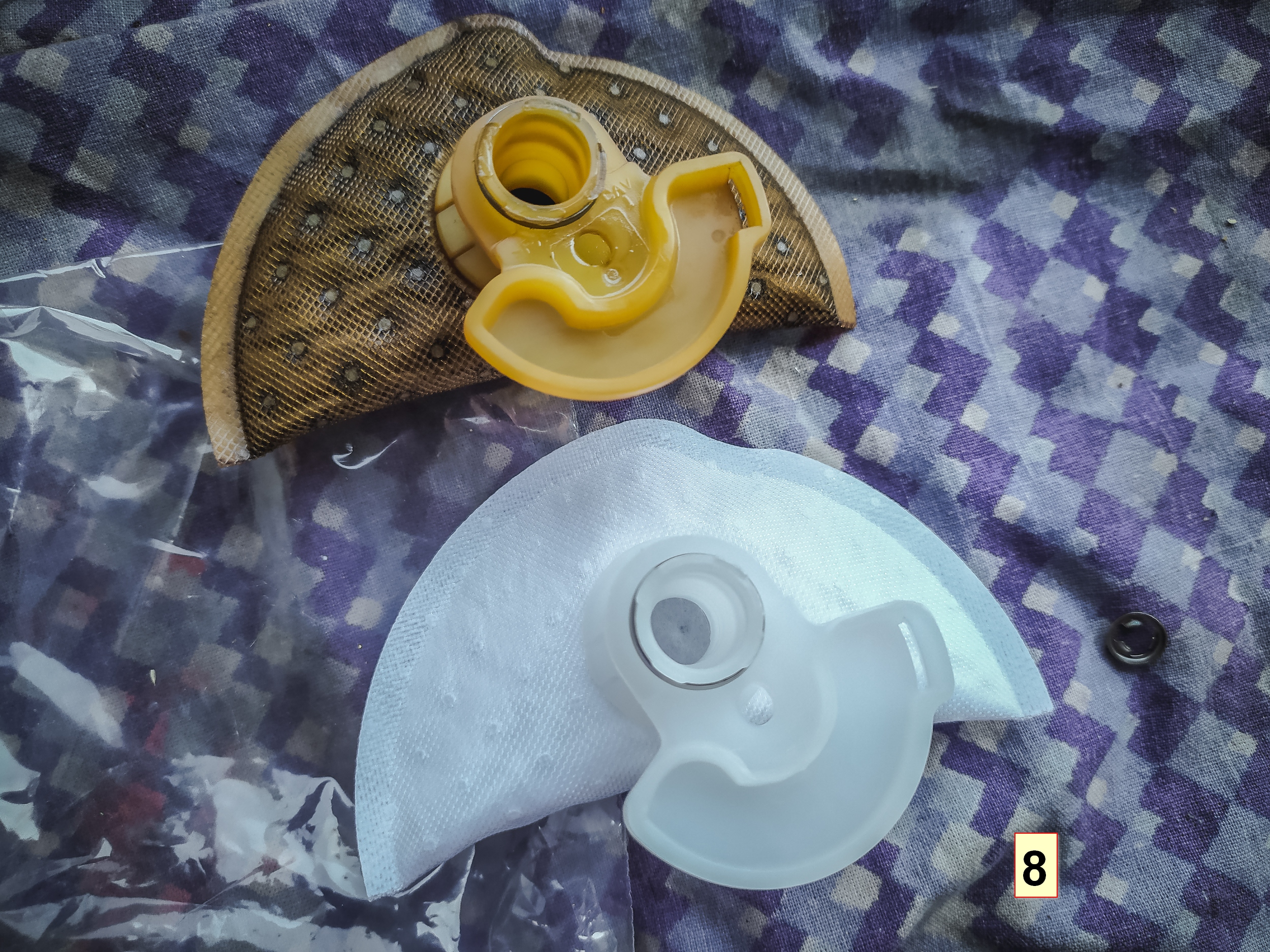
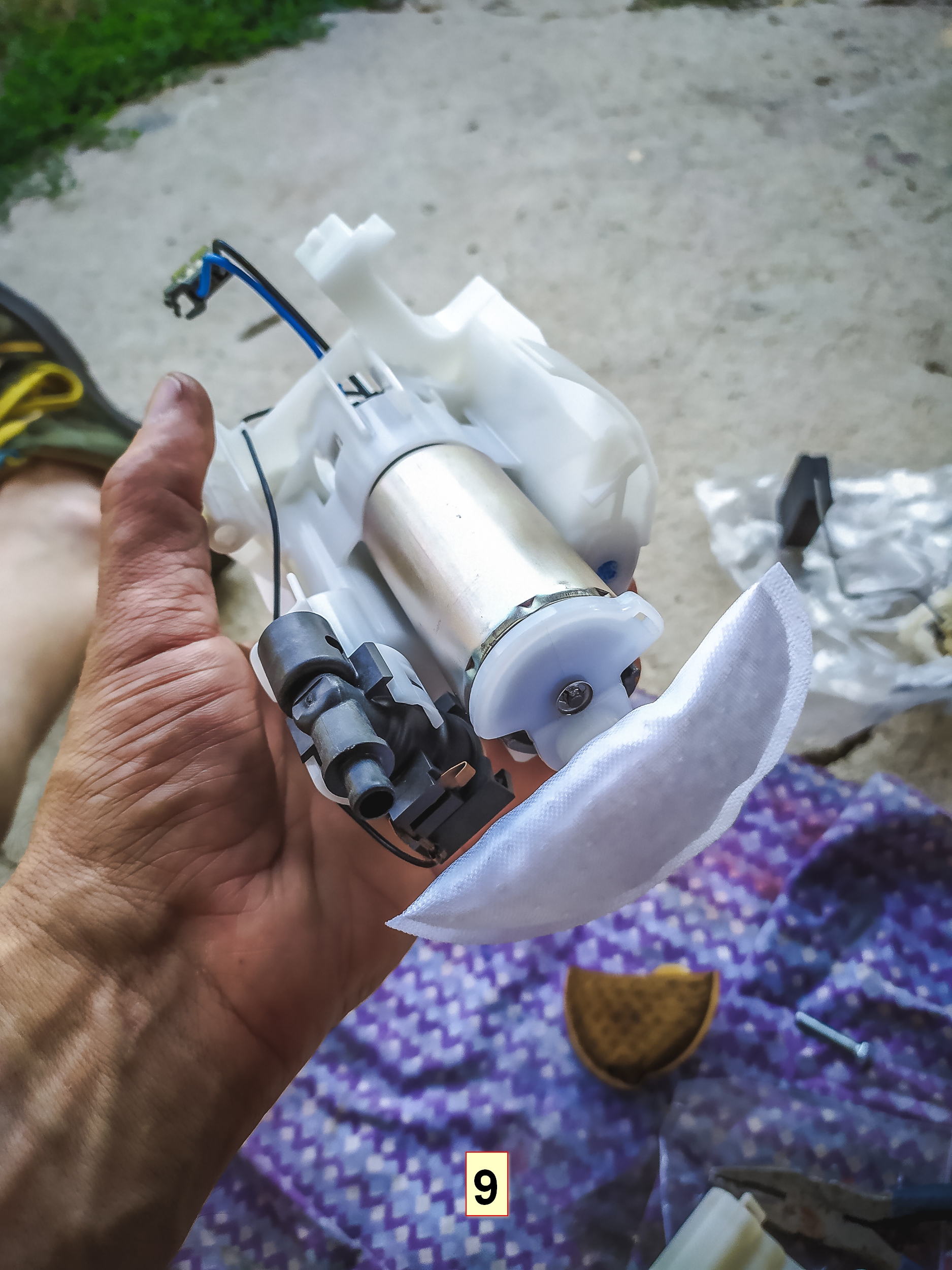
Fog lights - DRL @200K
Since 2011 DRLs lights are mandatory in the EU. Vehicles produced before don't have to be retrofitted but they have to have headlights on instead, that is not an ideal. Honda FR-V is obviously not factory equipped with DRLs but has a pair of fog lights. I have decided change the bulbs and transformed them into a DRLs. Its not absolutely kosher but neither illegal. To make it totally legal and MOT proof, I also ordered a DRL unit /has not arrived yet/ that will cut the fog-lights output to 35% and switches them on straight along with the engine, without having switching them on manually, and If you do so you put the normal fog lights on into their full power.
The original bulbs are 110 watts so a huge resources eater. The new LED bulbs only 10 watts, the luminosity is comparable if not better. To replace the bulbs the light bodies has to removed from the bumper. Under the black plastic grommet that is held by 2 screws are another two ones holding the light body in a metal backed that is bolted to the bumper. The backet itself doesn't have to be removed, only the front black cover /A1 and A2 screws/ and the light body /B1 and B2 screws/.
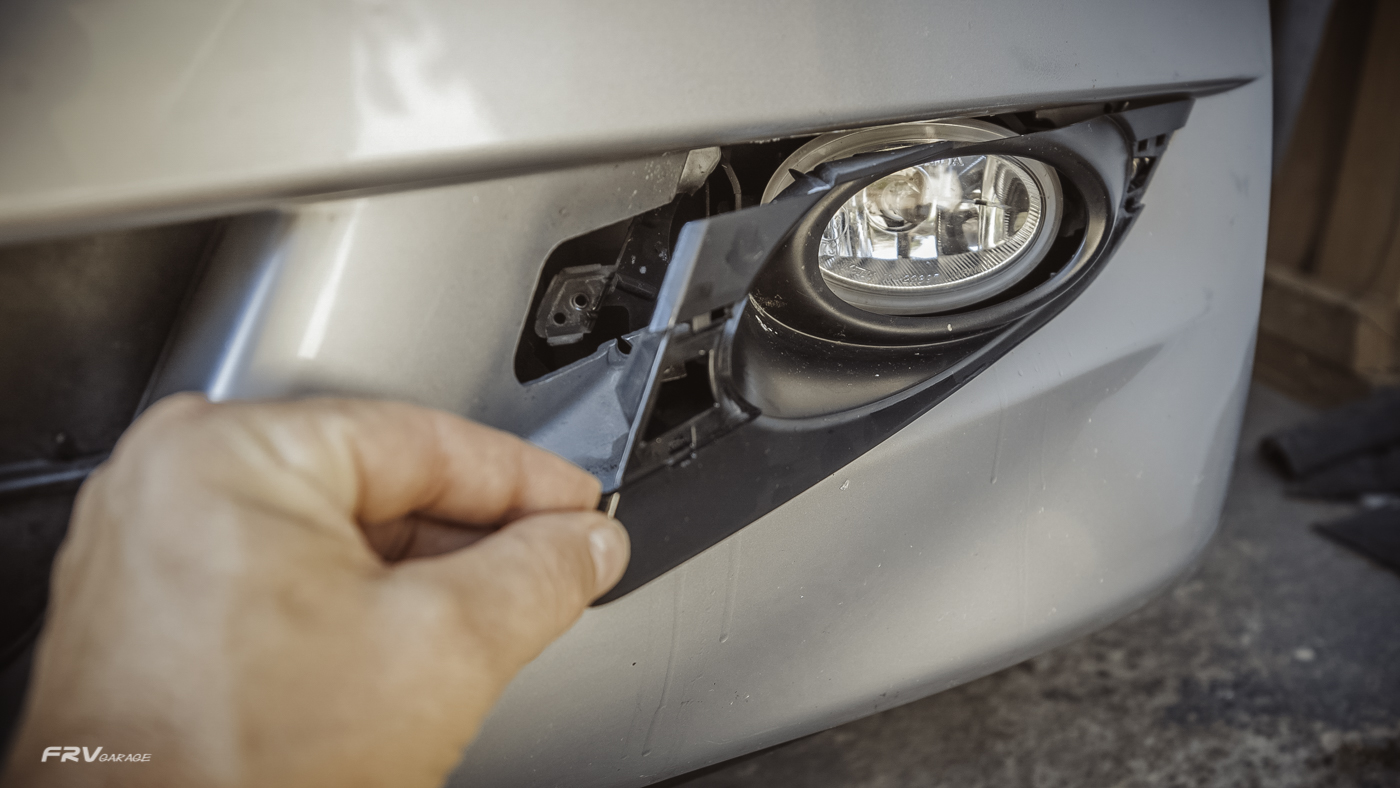
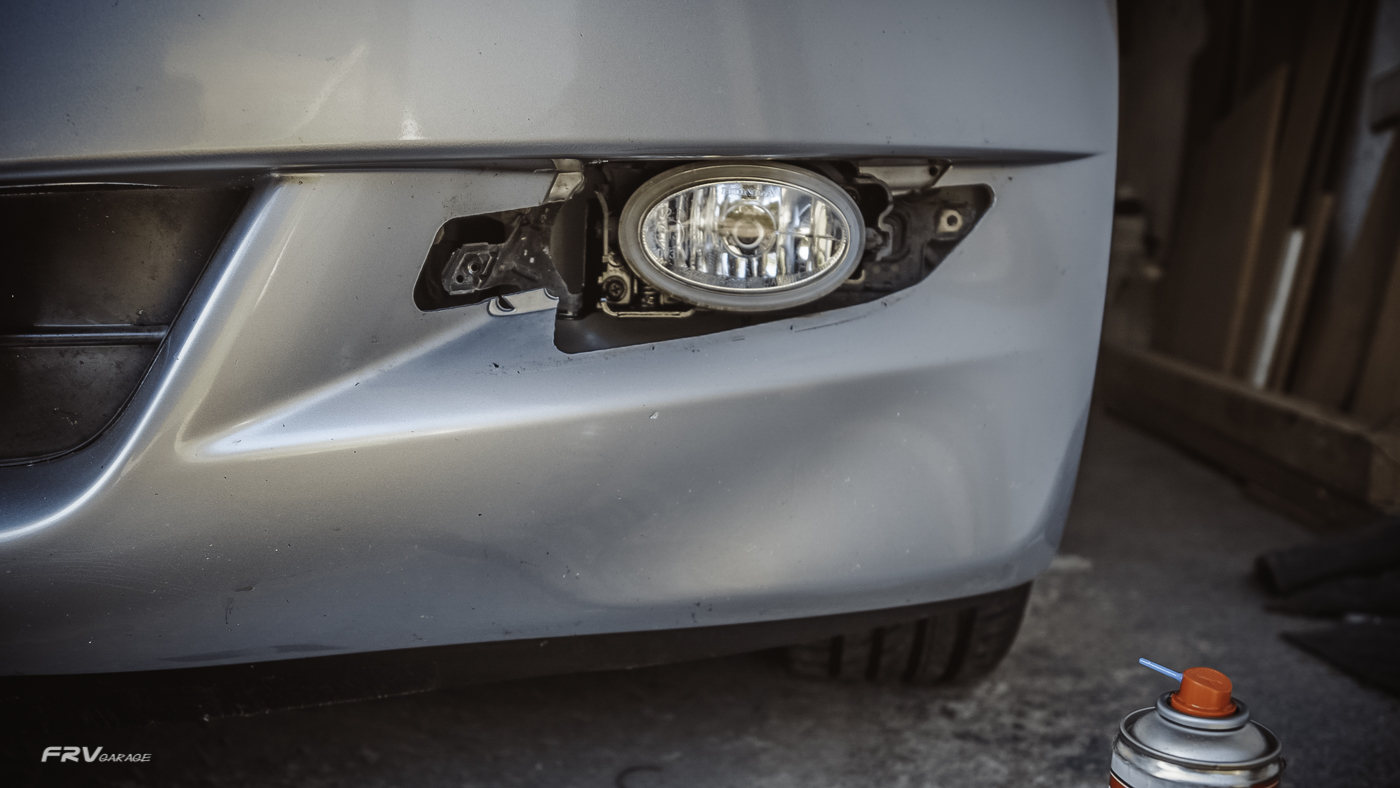
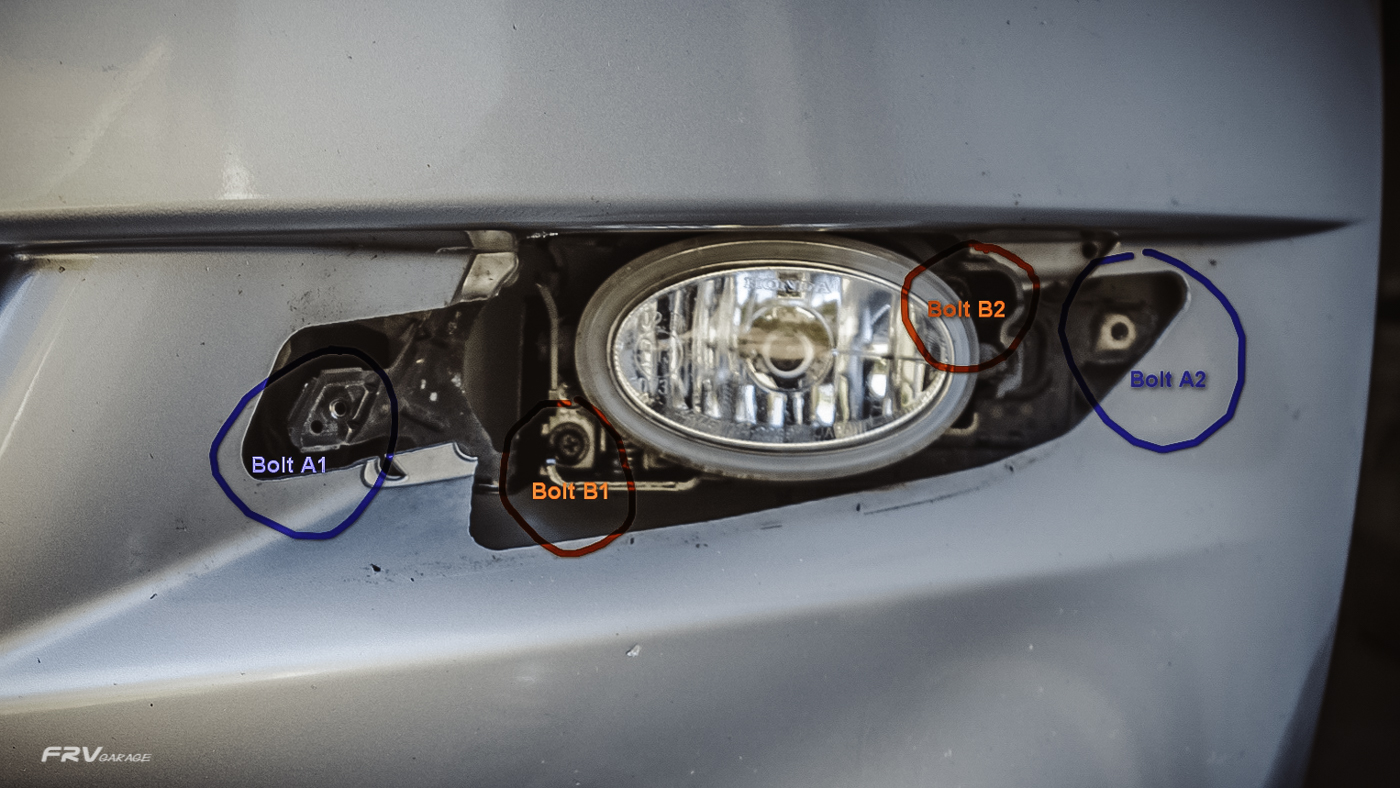
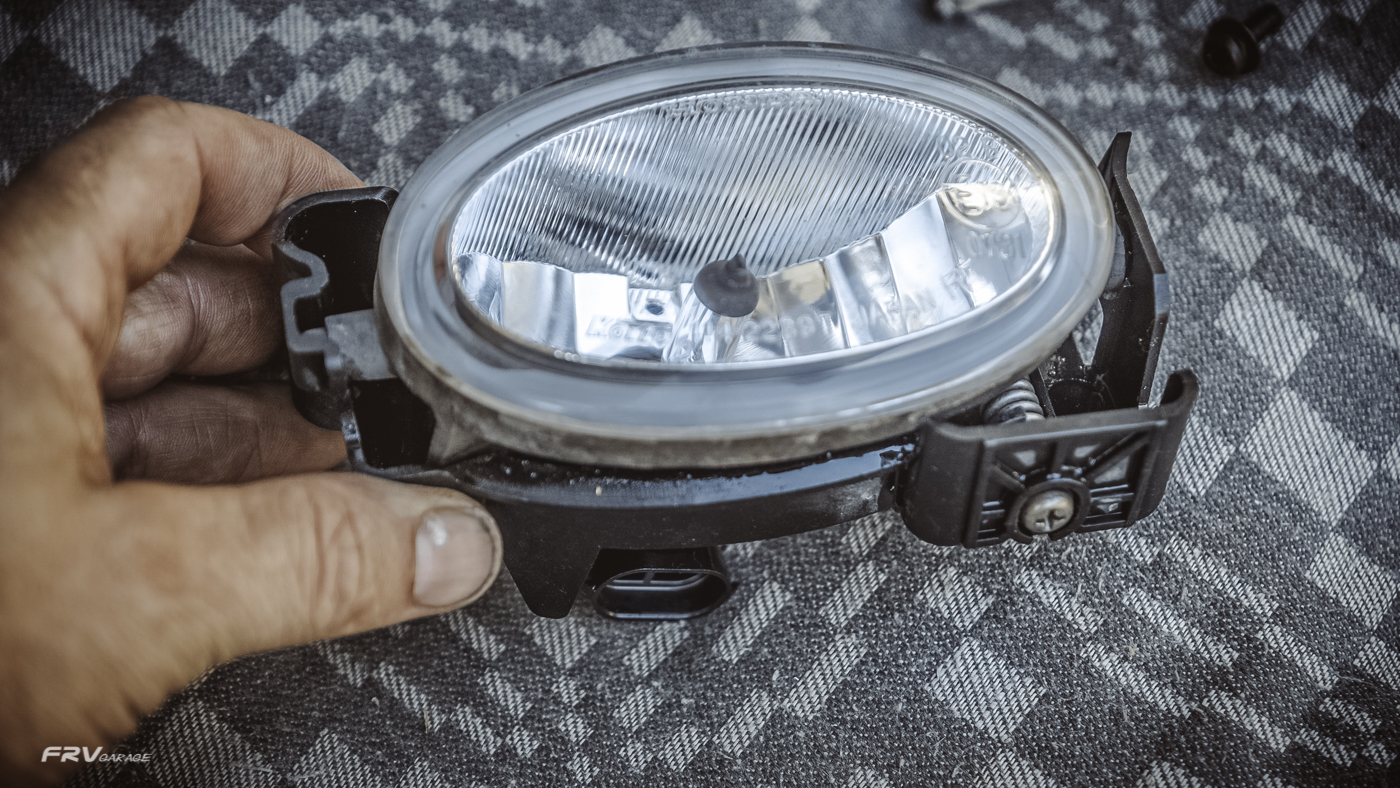
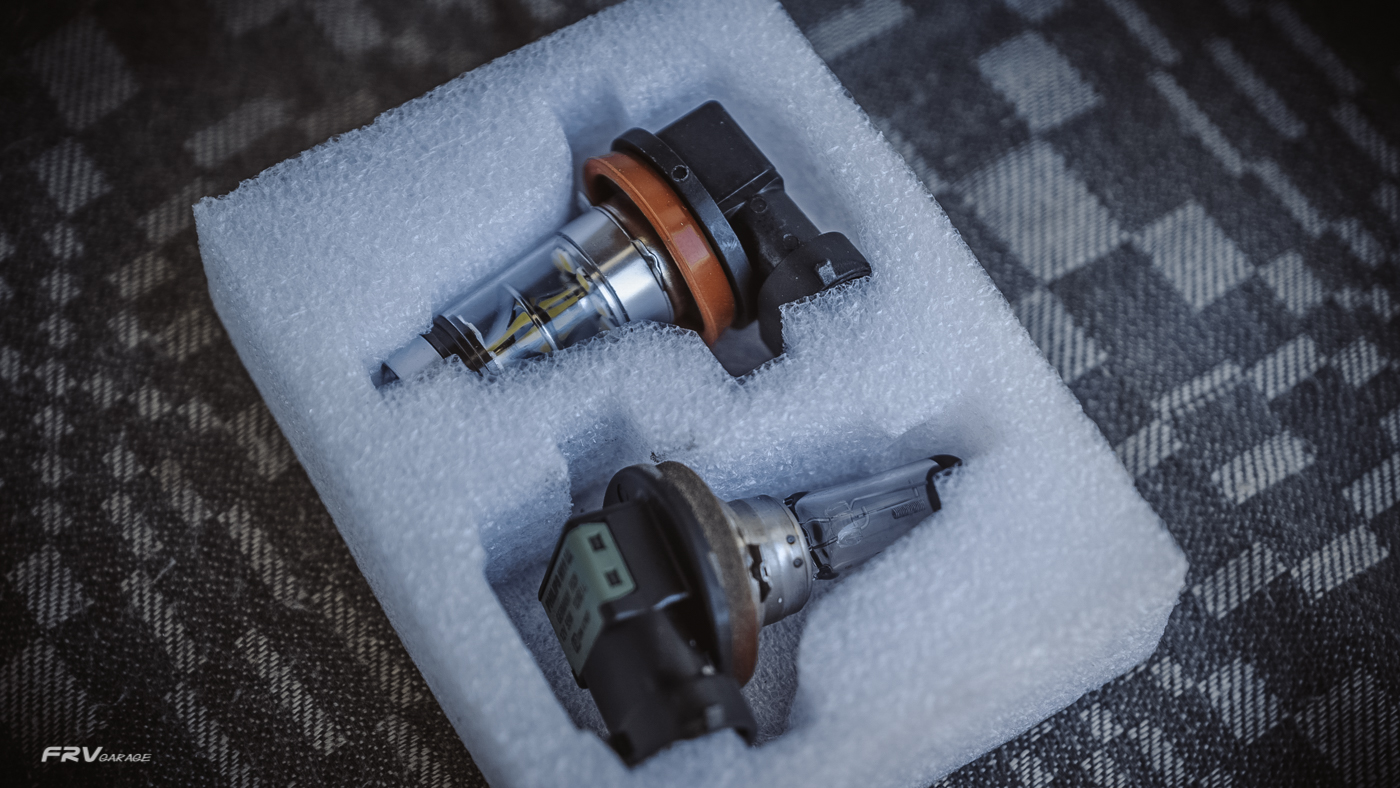
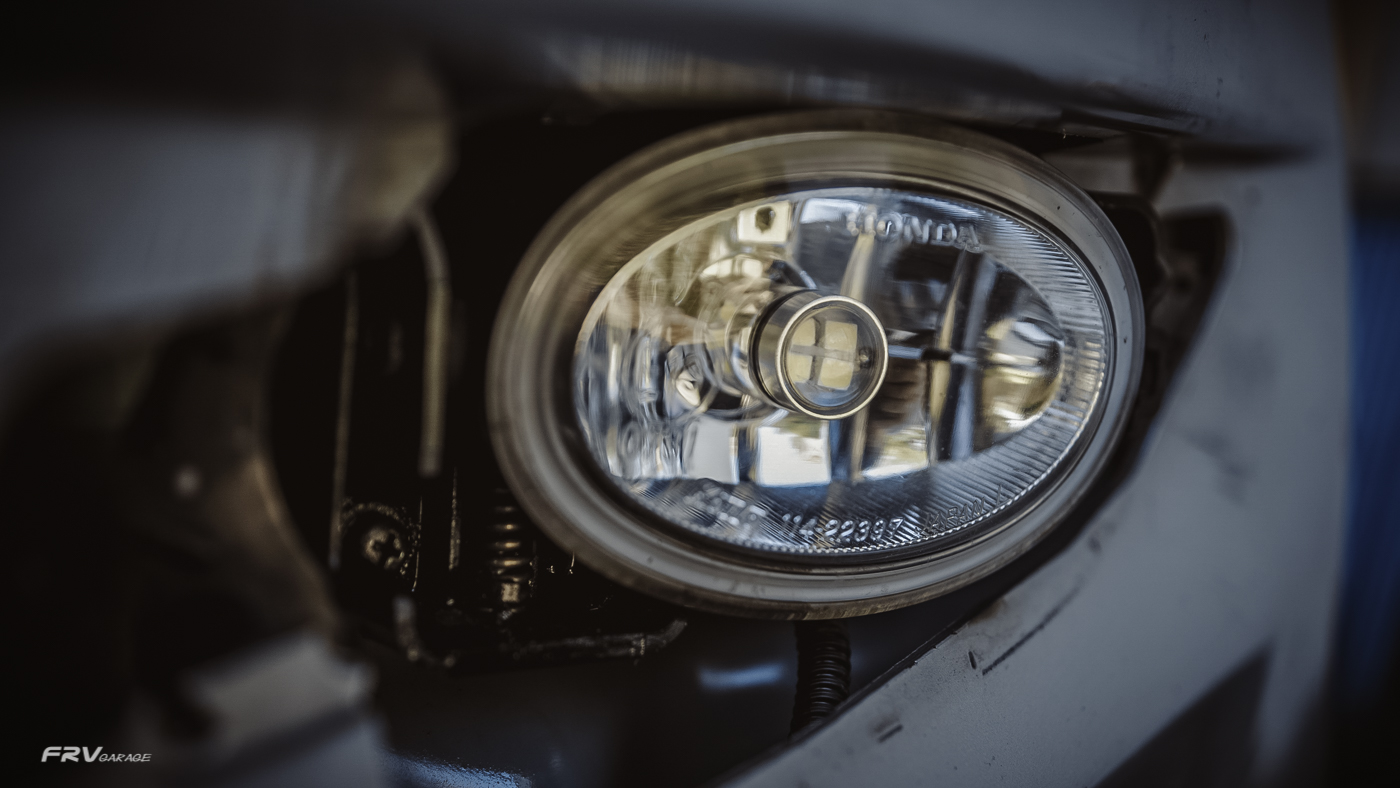
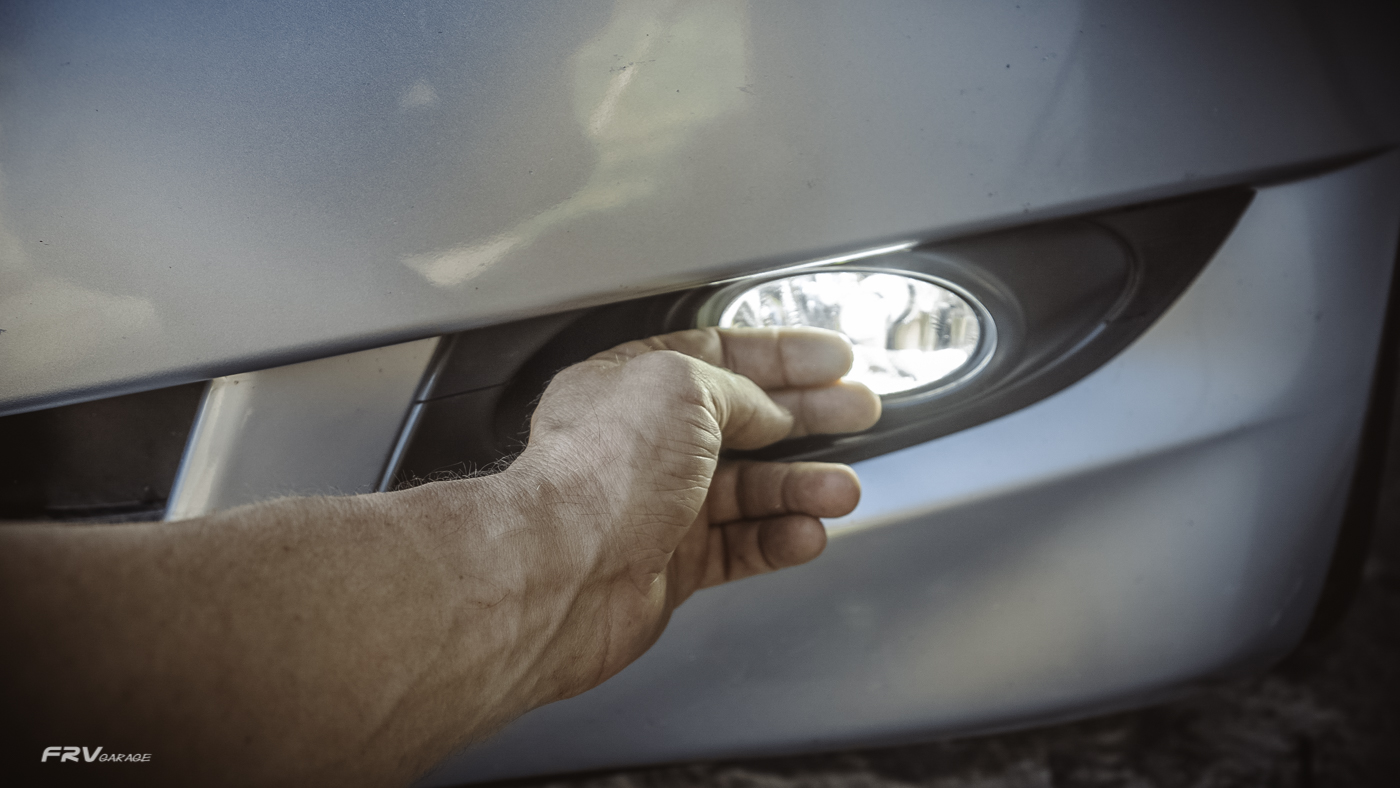
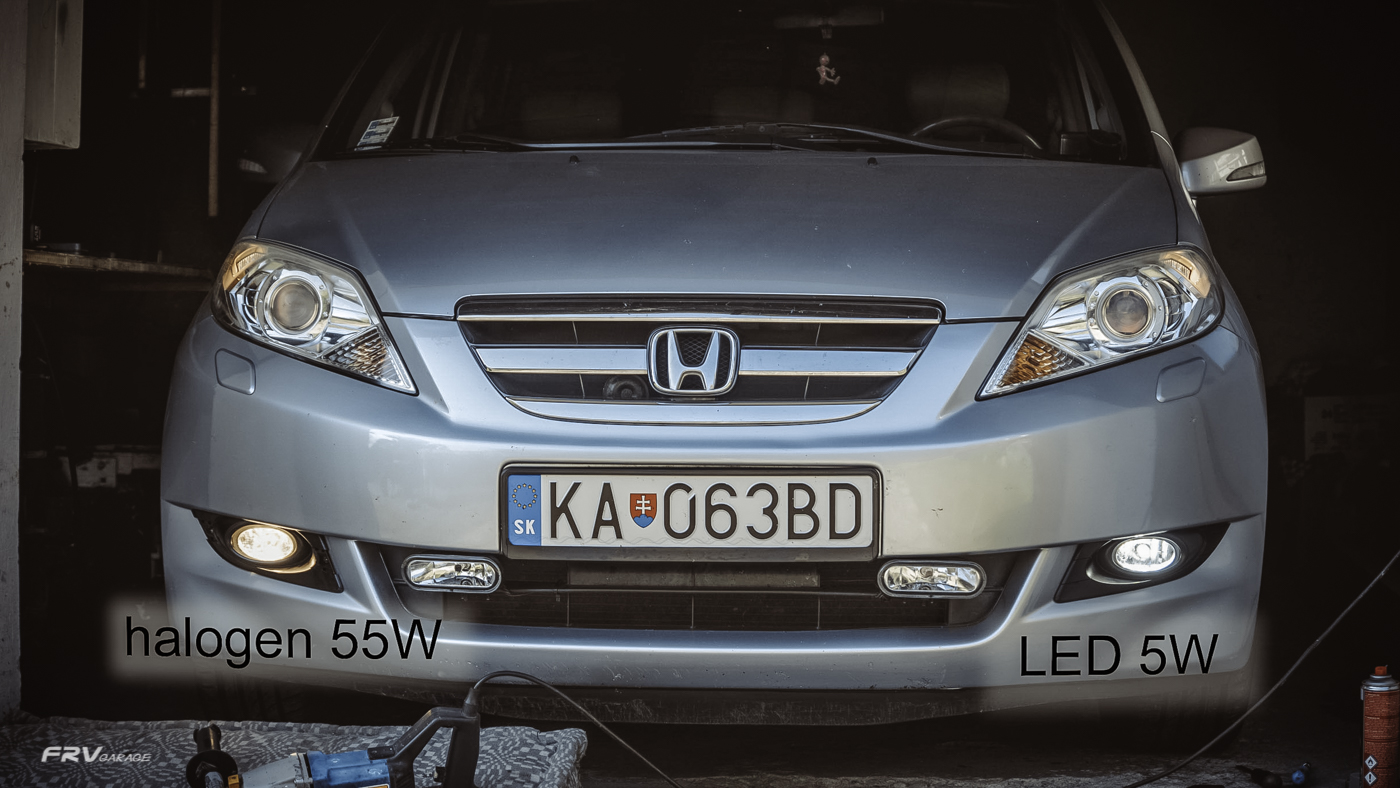
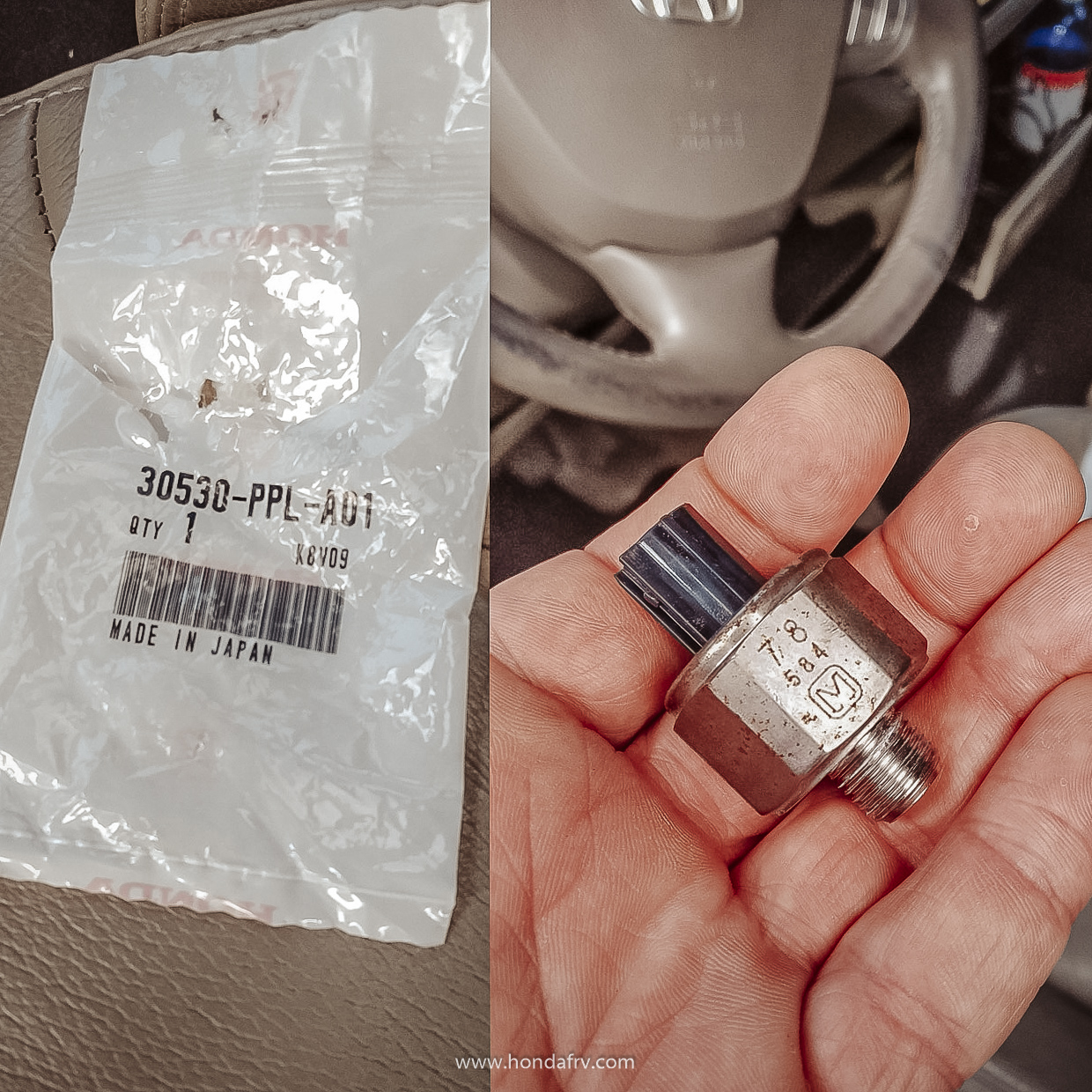
Knock sensor @197K
Replaced at 197 500 Km - This happened while driving at a steady speed, suddenly I felt a little jerk and the check engine light came on. When I checked it with my lousy E-bay OBD scanner, I find out the knock sensor multifunction code P0325. Ordered a new one from Honda /about 95€/ and replaced. Not difficult but terrible access from underneath. The sensor is located under the inlet manifold left off the starter. 27mm socket.
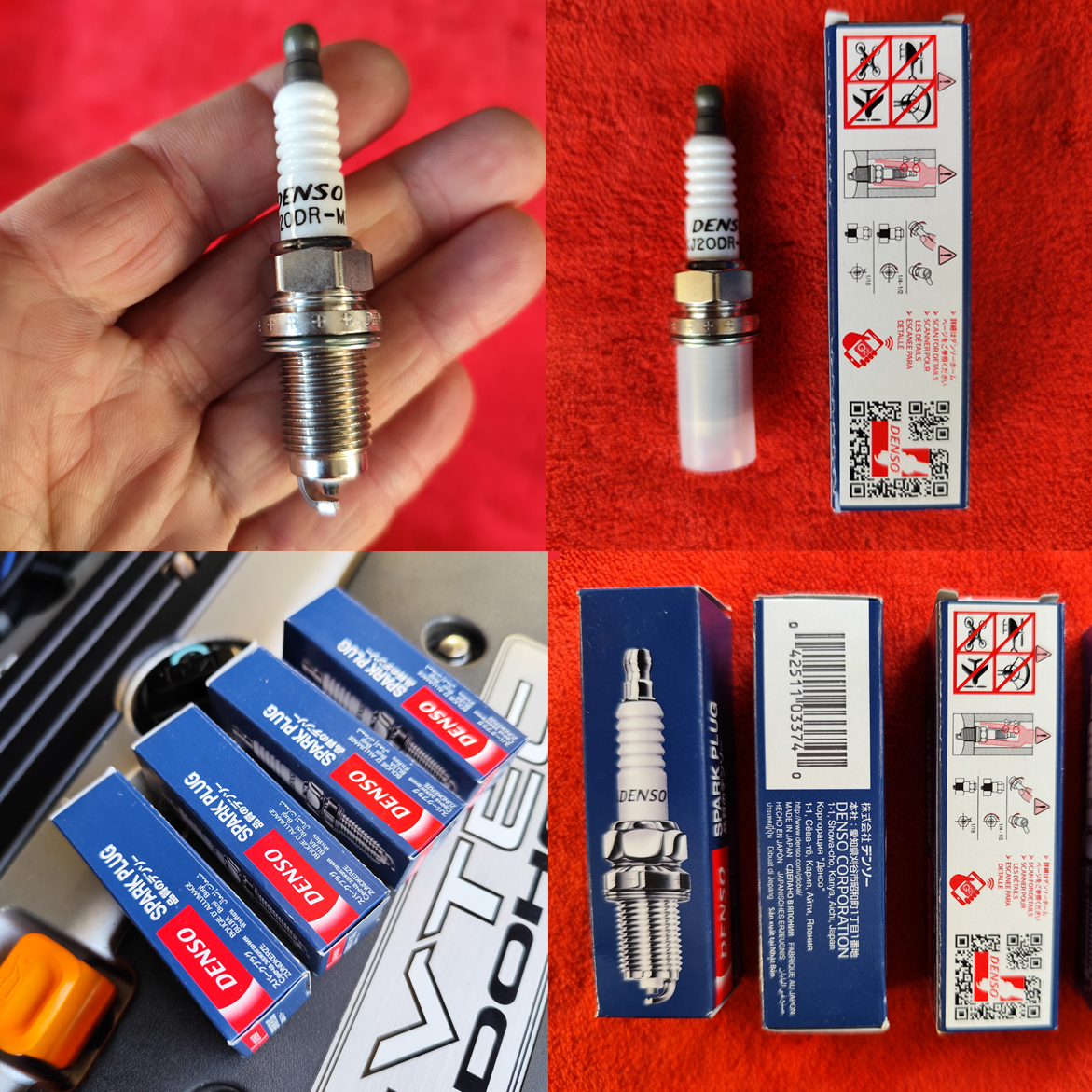
Spark plugs @195K
I run normal Denso KJ20DR M11 spark plugs with the service interval of 35000 Km or just before the MOT, what ever comes first.
To replace them takes a 10mm spanner for the coils and a 16mm spark plug spanner. The magnetic one is helpful.
The tightening torque is up to 25Nm. The engine should be cold opposite to the oil drain.
When all works fine the old spark plugs are of brownish colour with healthy dry central tip and the ground electrode. The porcelain is slightly brownish too. Reading the sparkplugs tells you a lot about the engine. The job is pretty self-explaing and takes up to 1 hour in DIY conditions. No need to put the coils in the same order. FR-V doesn't call for iridium sparkplugs but can be used. BACK
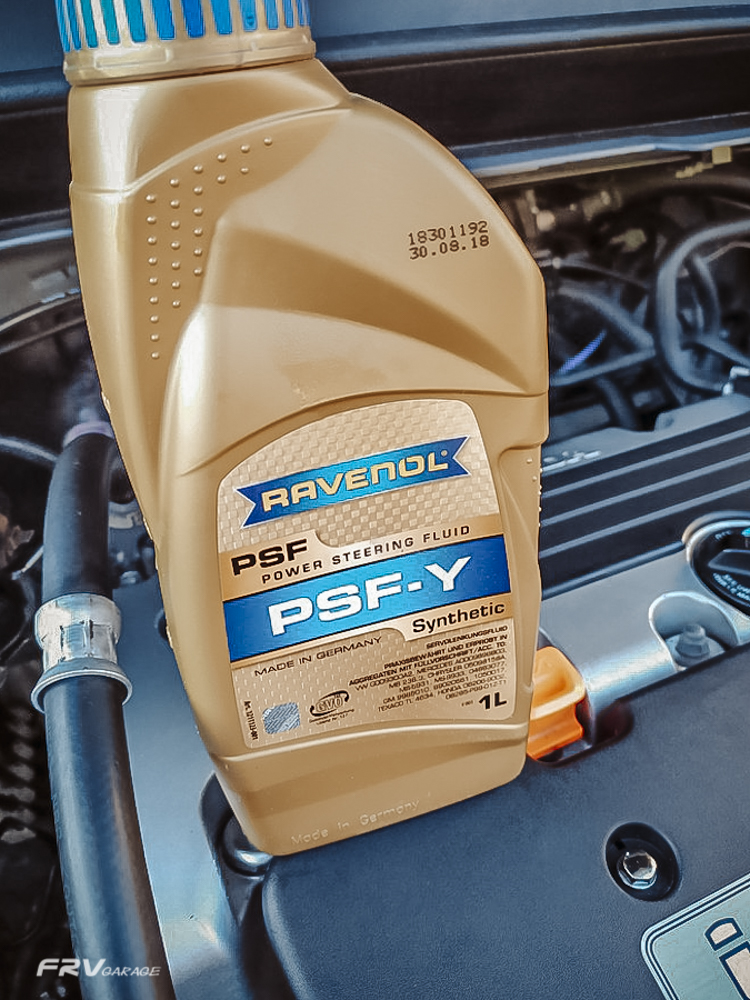
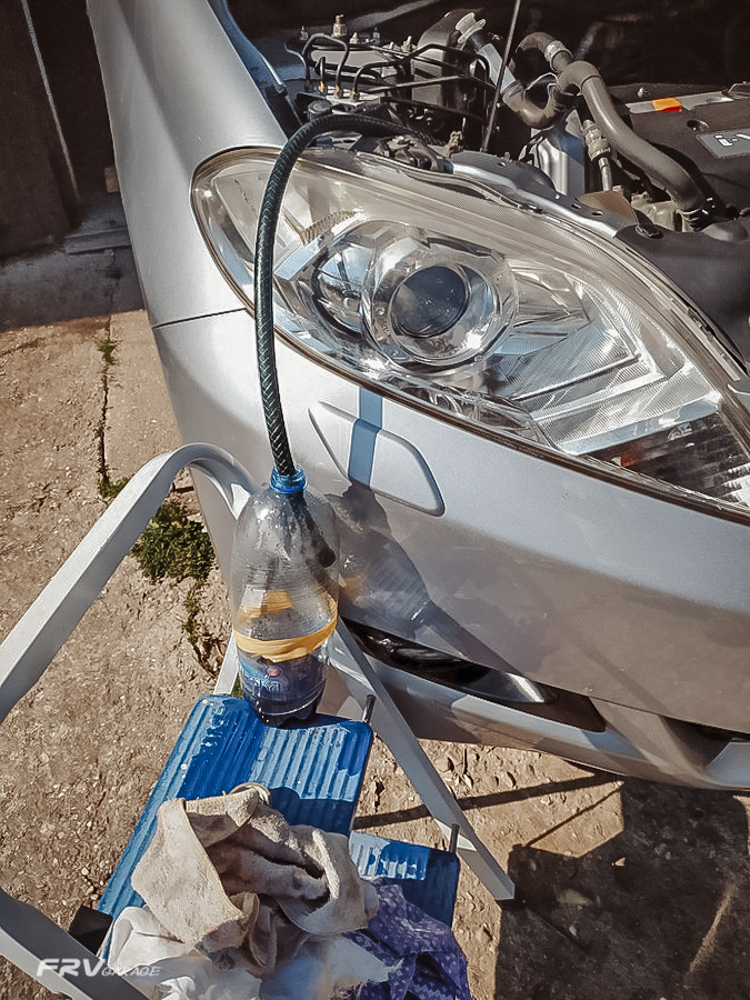
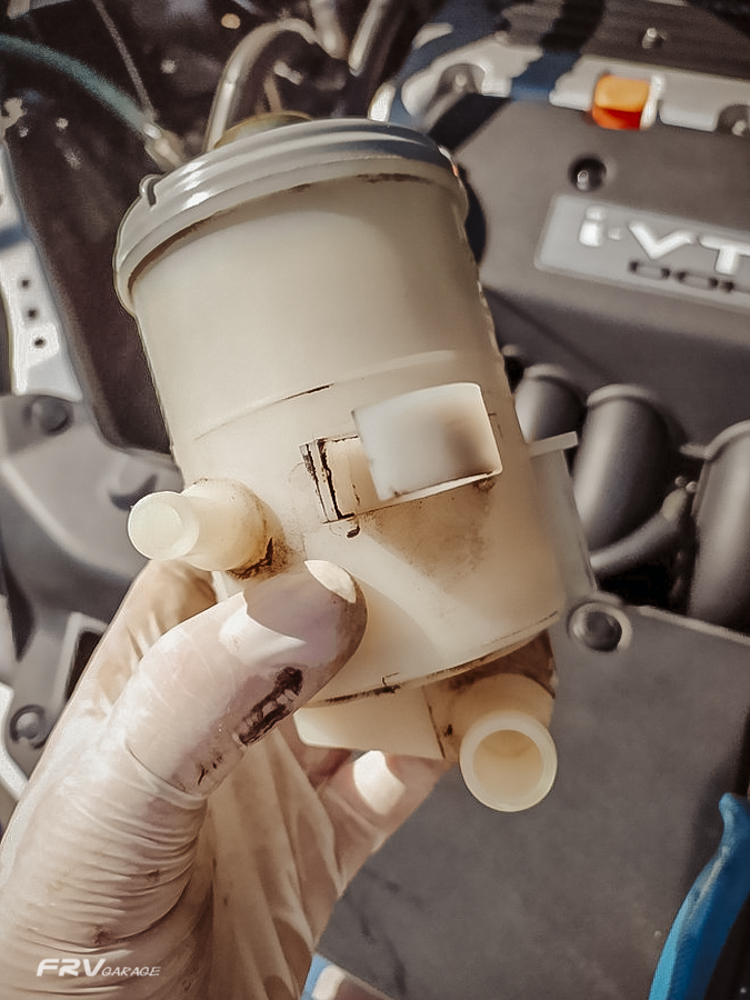
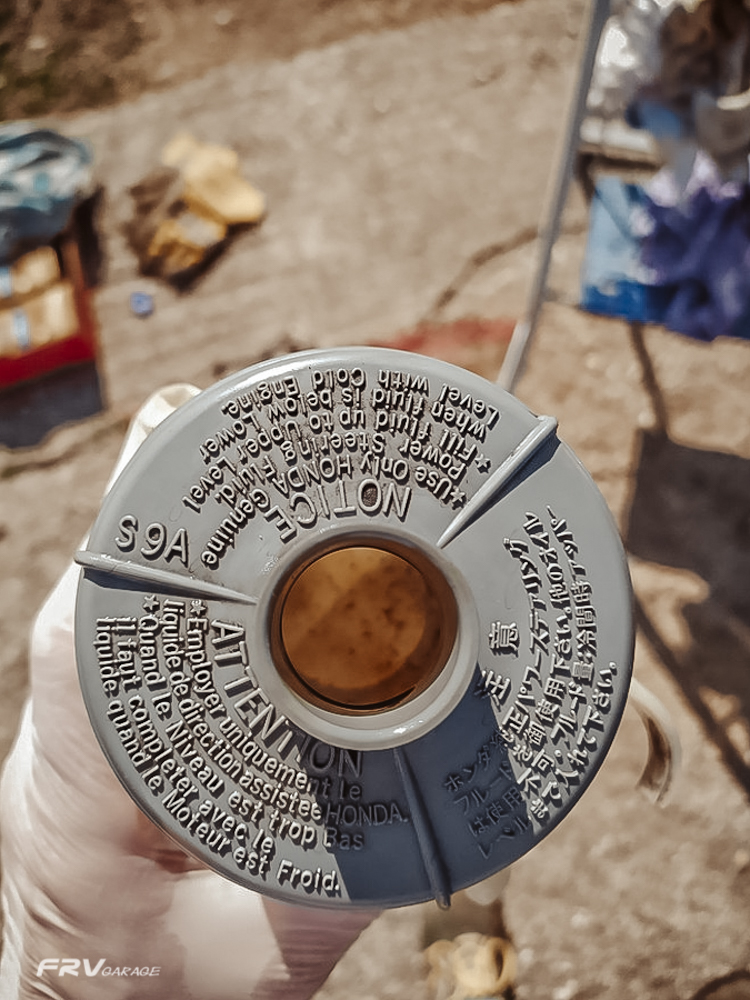
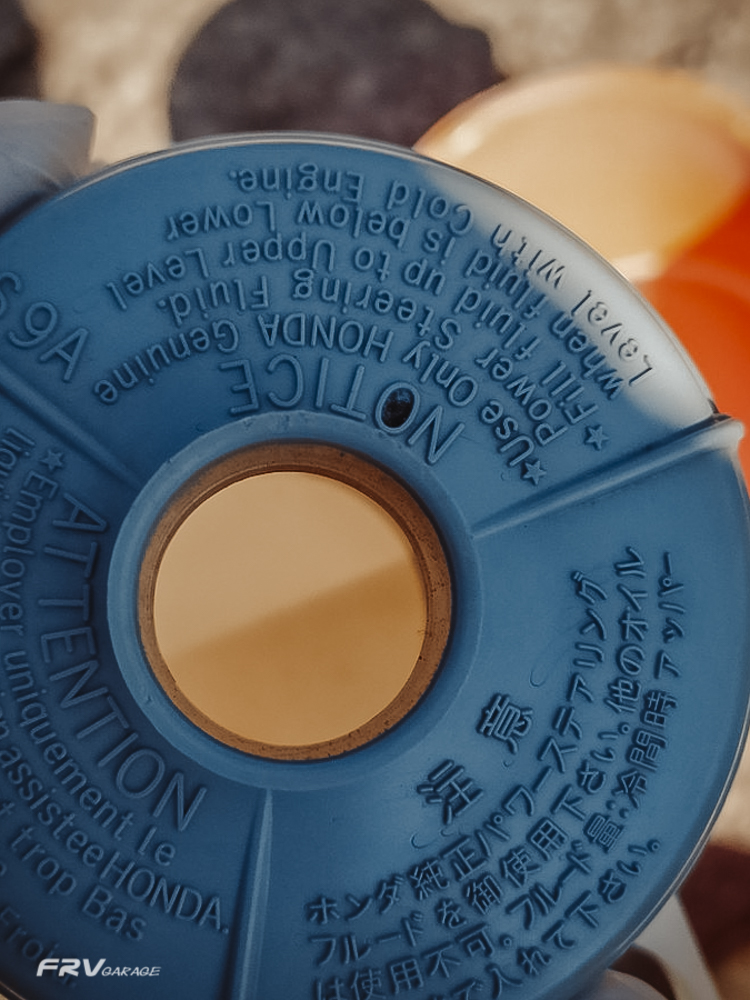
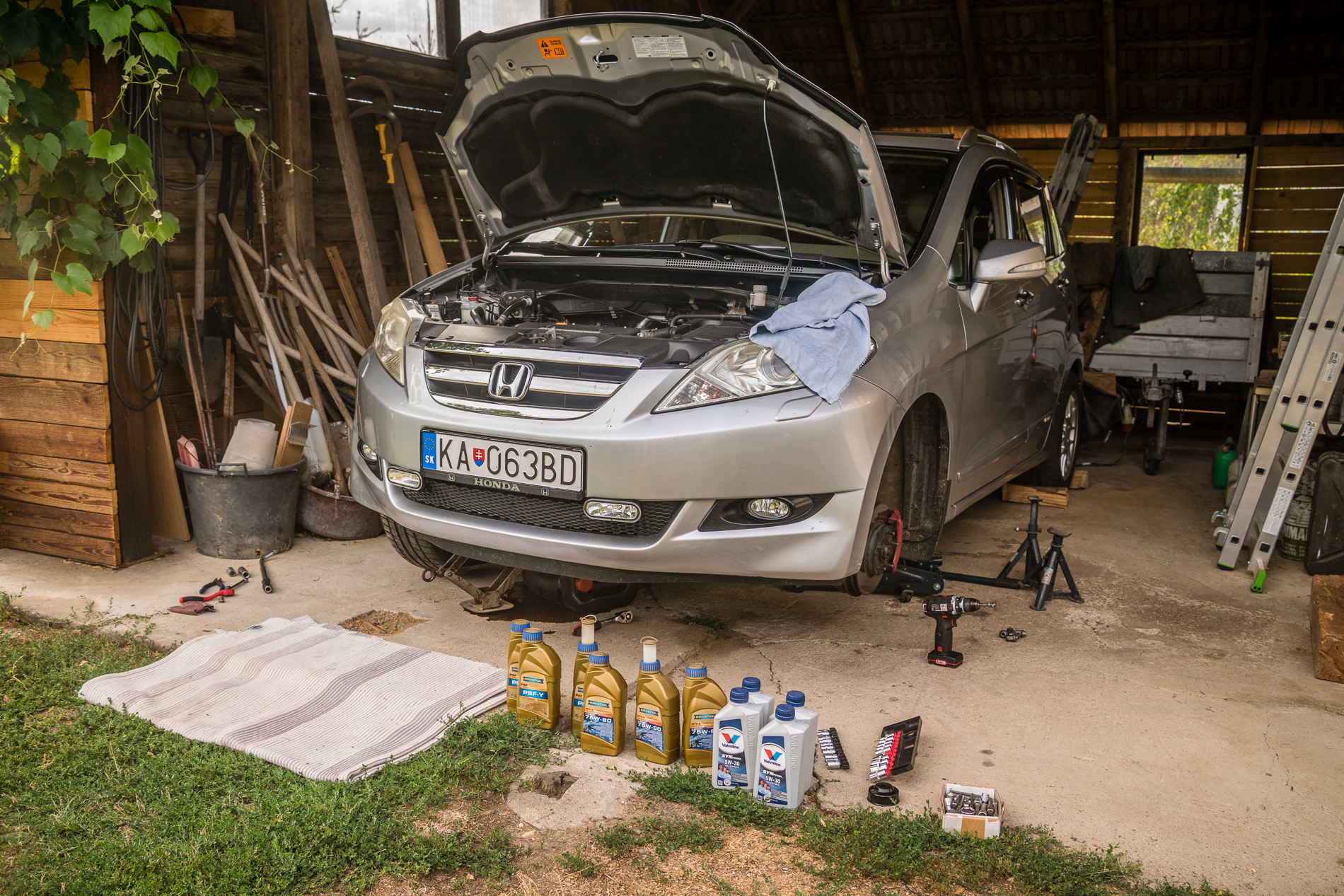
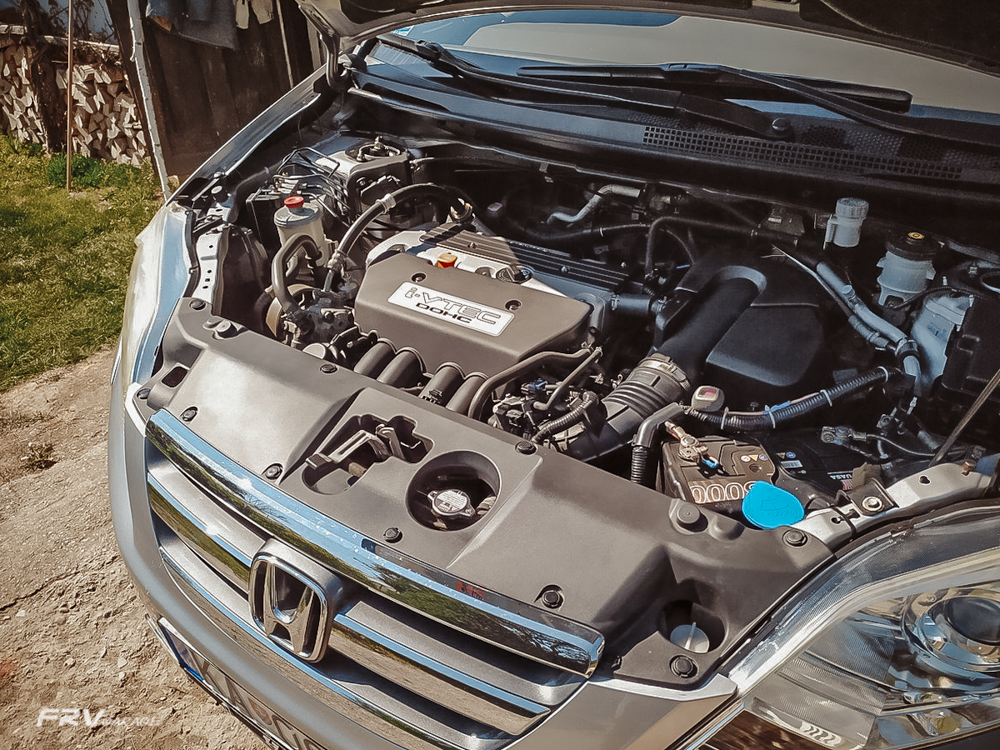
The main purpose of this maintenance is to get rid of all the dirt in the system, so flushing it out with a new fluid is important, so is the reservoir rinse. Inside is a filter - a very fine strainer catching the dirt. Replacing both O-rings on the pump is essential too so no air is leaking in. After this service, 70-80% of the unpleasant nose was gone and no air bubbles in the reservoir.
